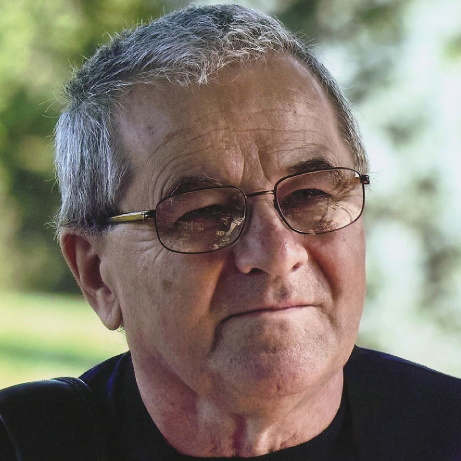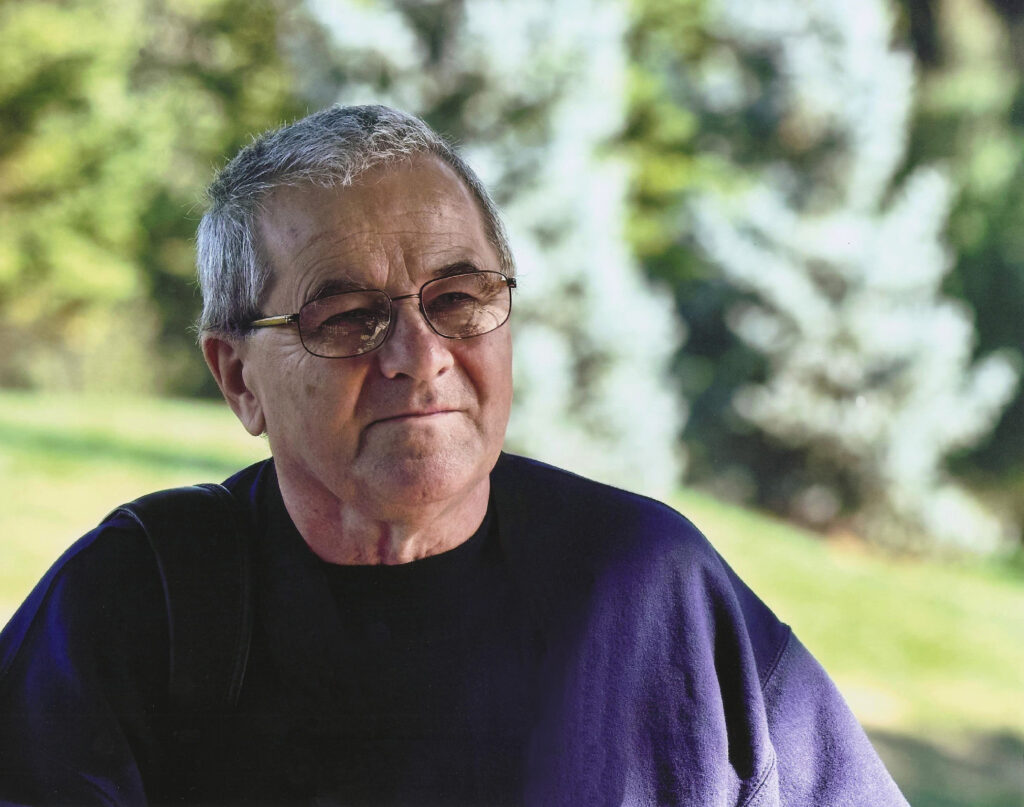
IOAN
CHISU
RETROSPECTIVE
2024
“The acclaimed artist Ioan Chisu has explored a wide array of subjects, styles, and ideas over his long career as an artist and a teacher. Born in Romania in 1939, his life has witnessed a great deal of change in the world of art, and he has thoughtfully engaged this ever-changing aesthetic milieu. From figurative work to abstract work, Cubist and Futurist influences, to more symbolic and naturalistic representations, all have factored into his artistic vision and exploration.”
John Christman, SSS, ( fragment from Art Review, published in Emanuel magazine, Cleveland, Ohio, May/June 2018, page 200 )

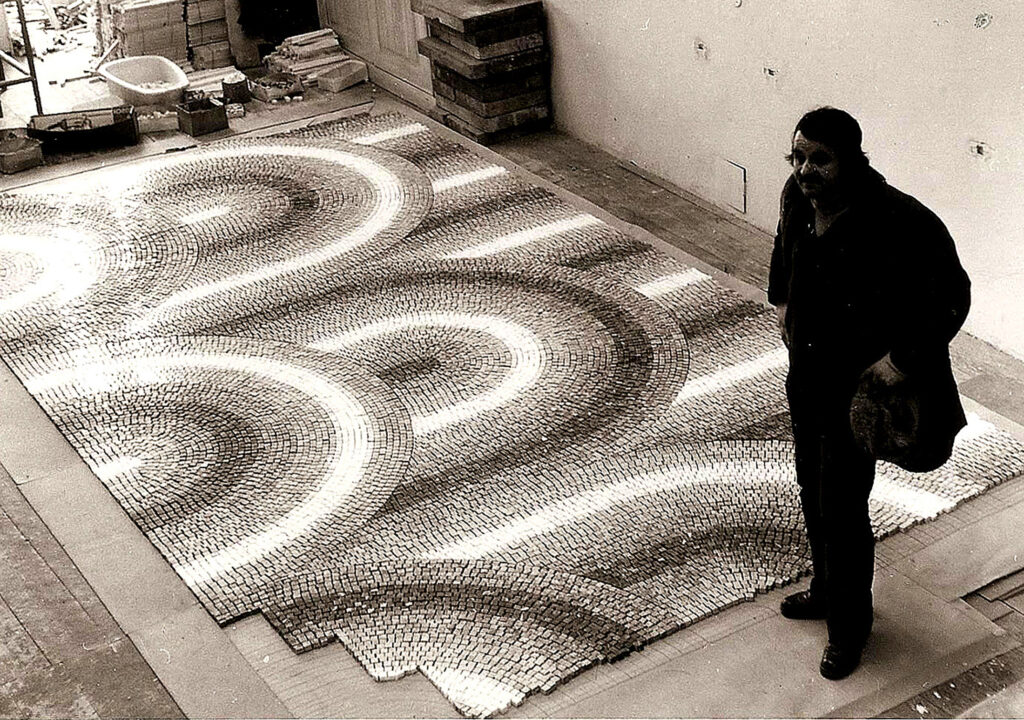
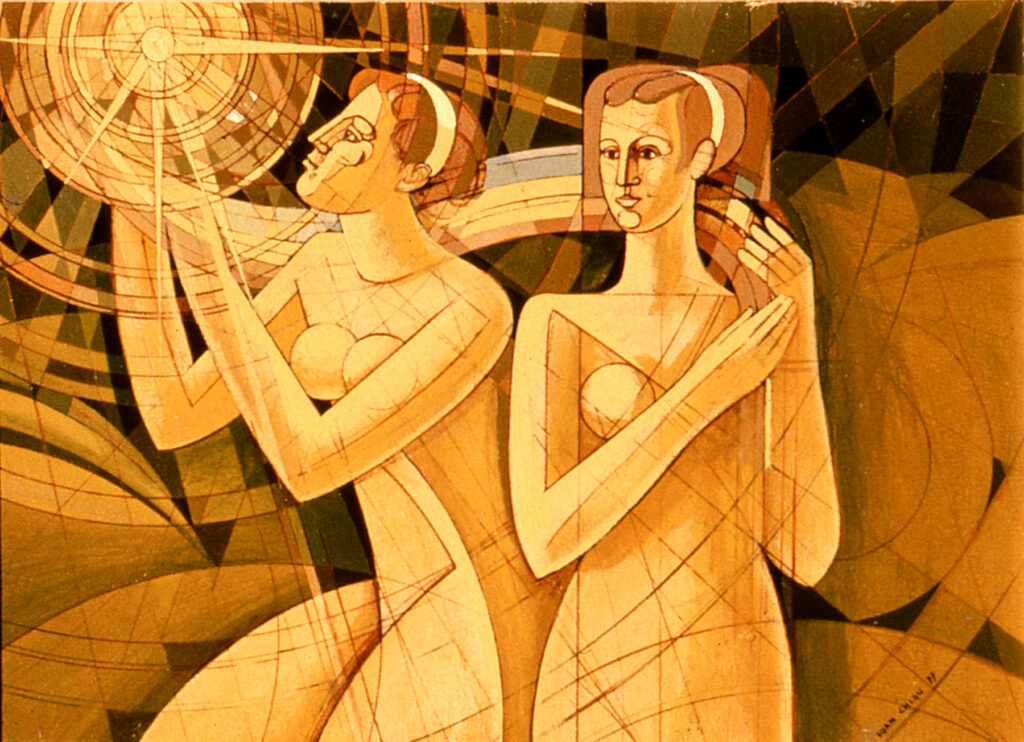
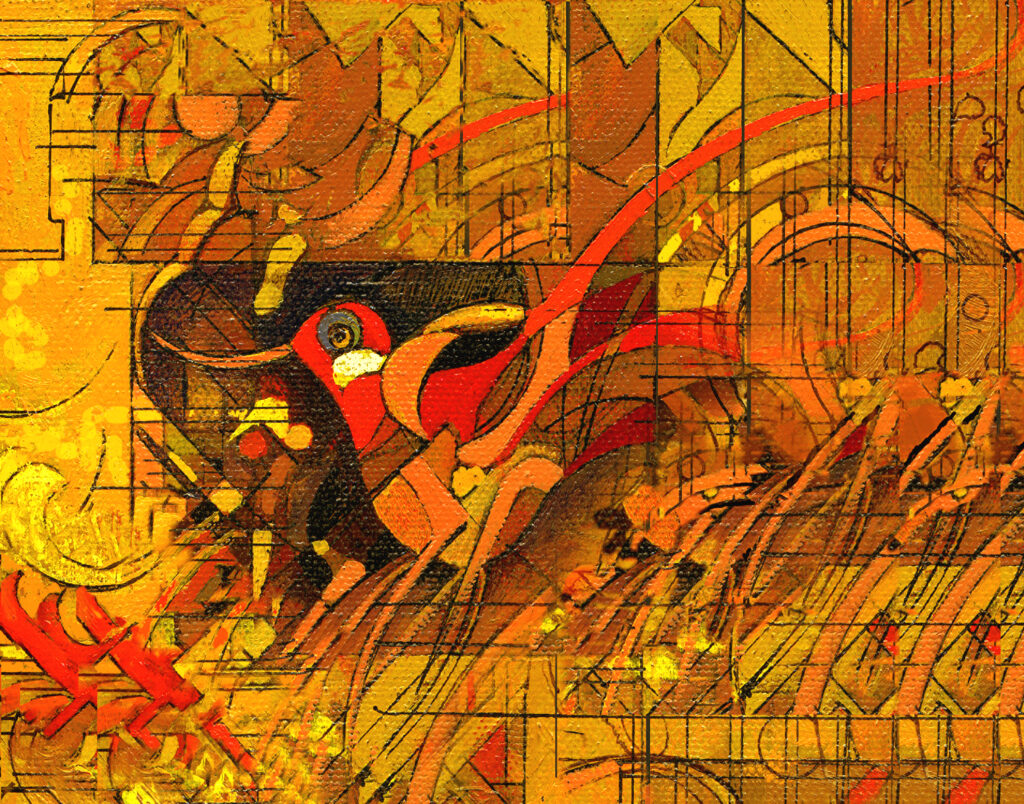
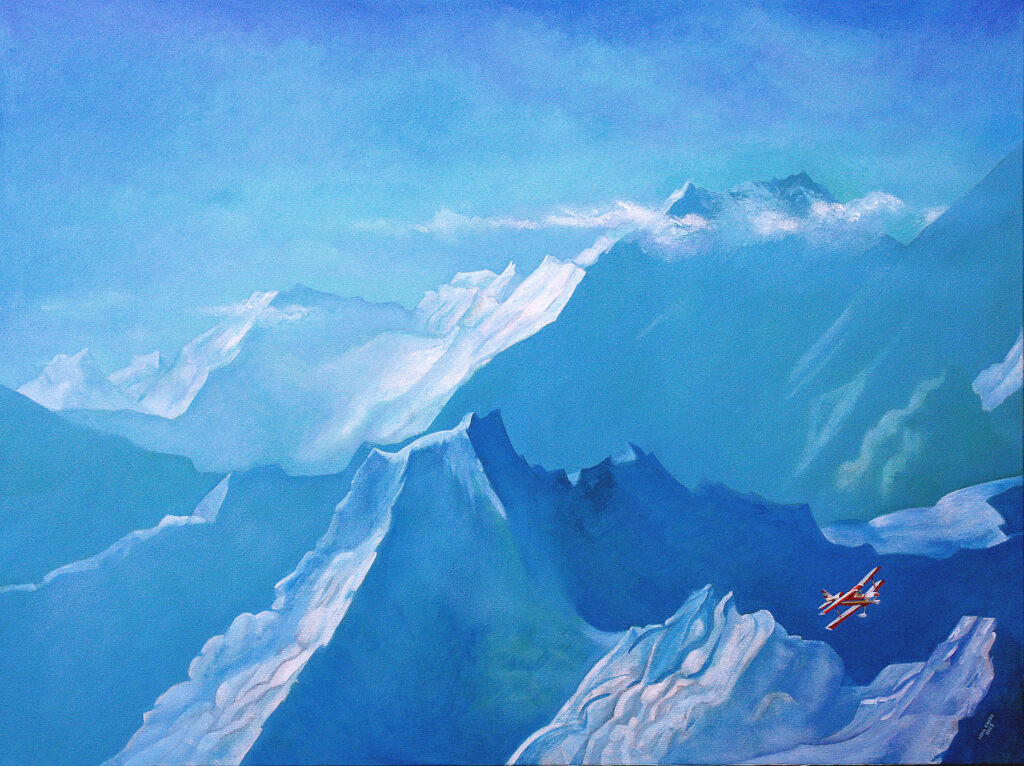
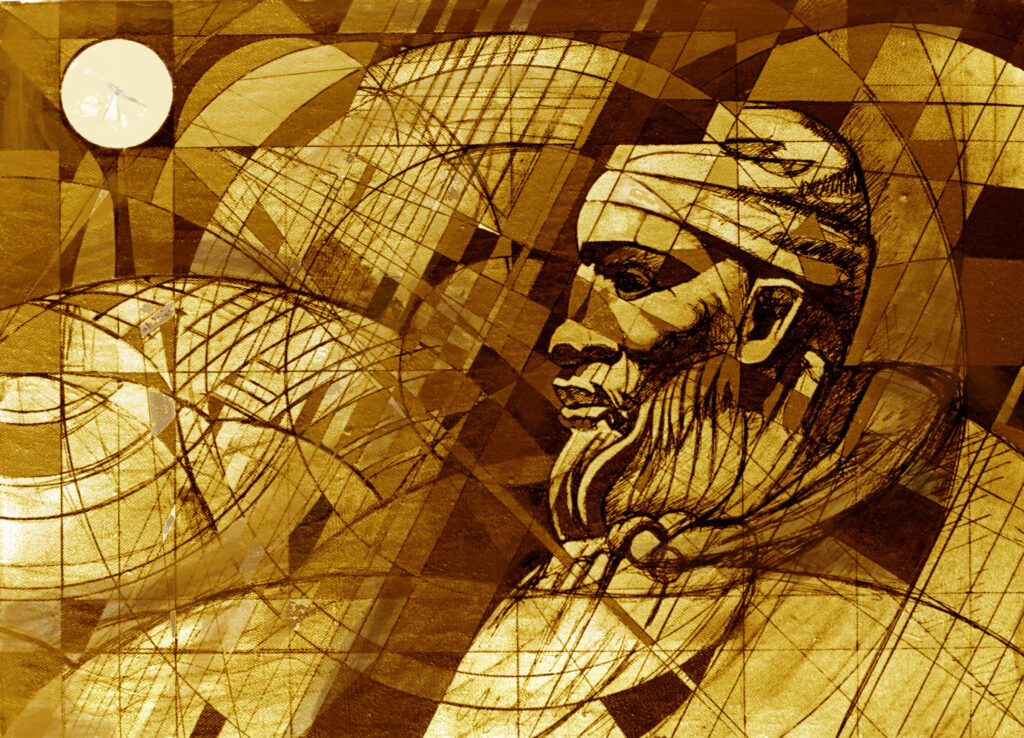
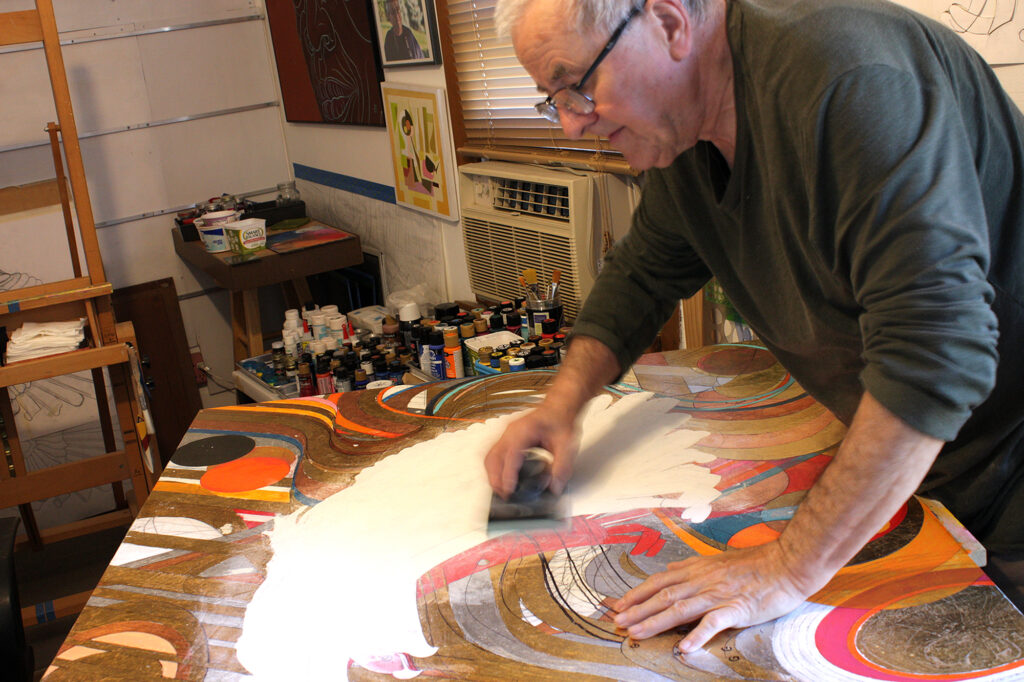
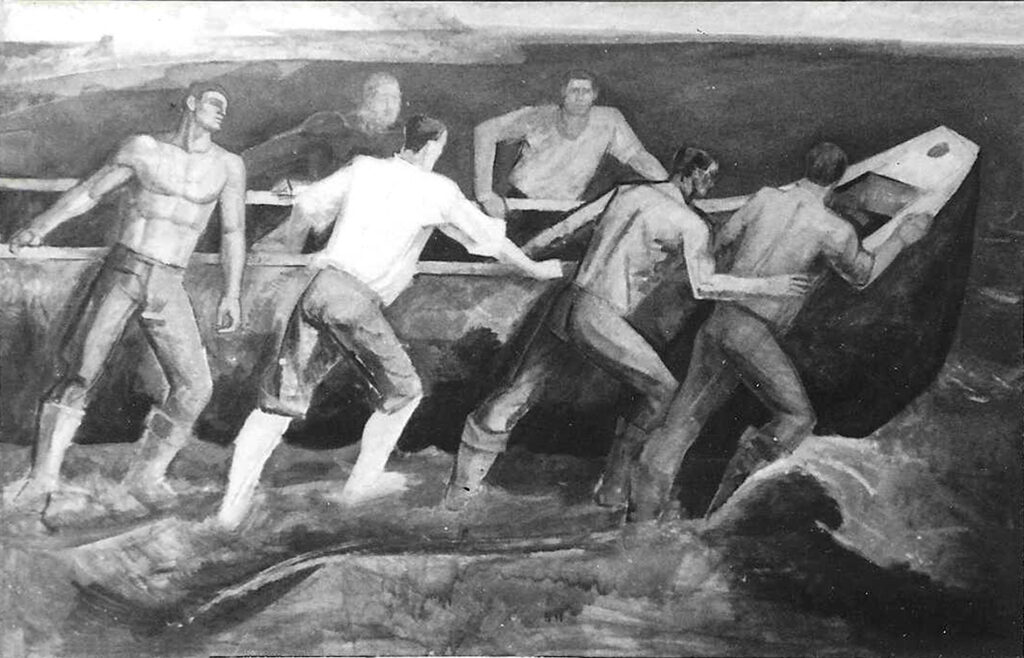
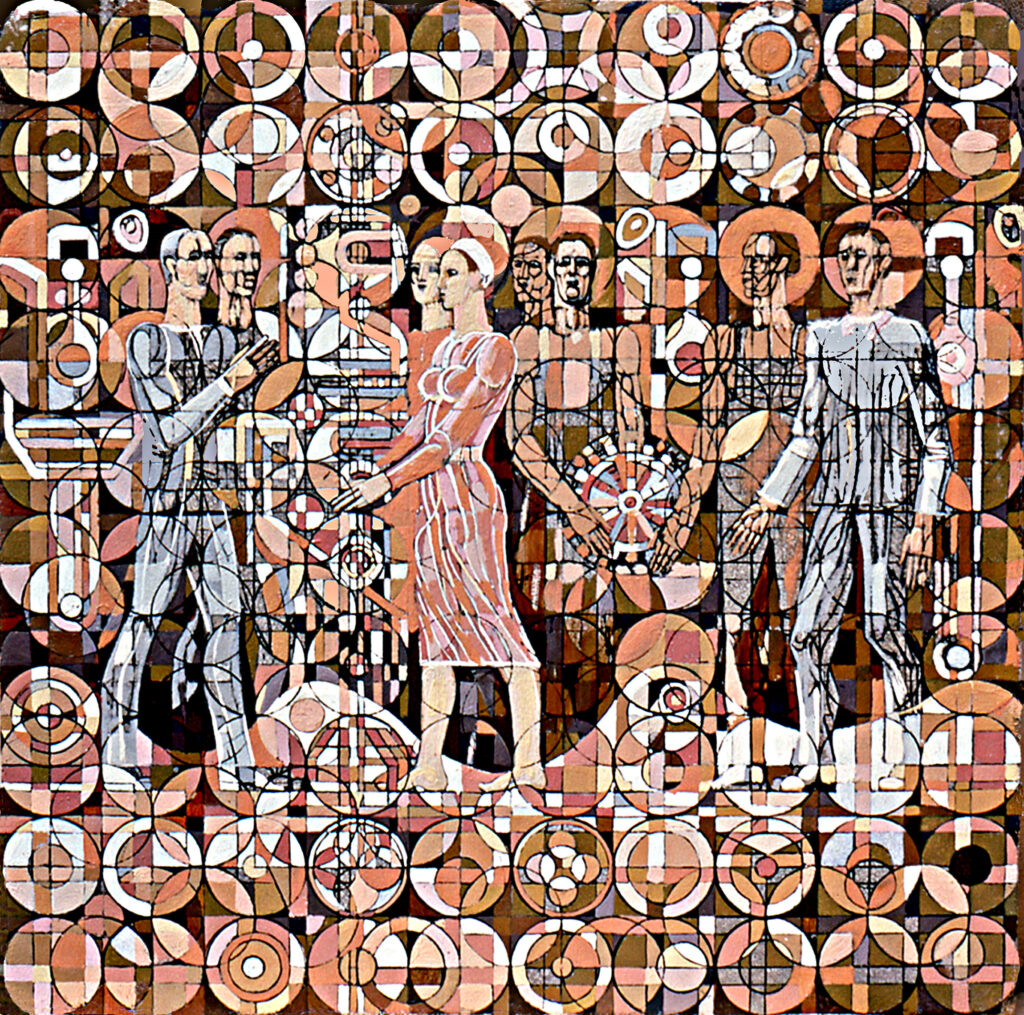
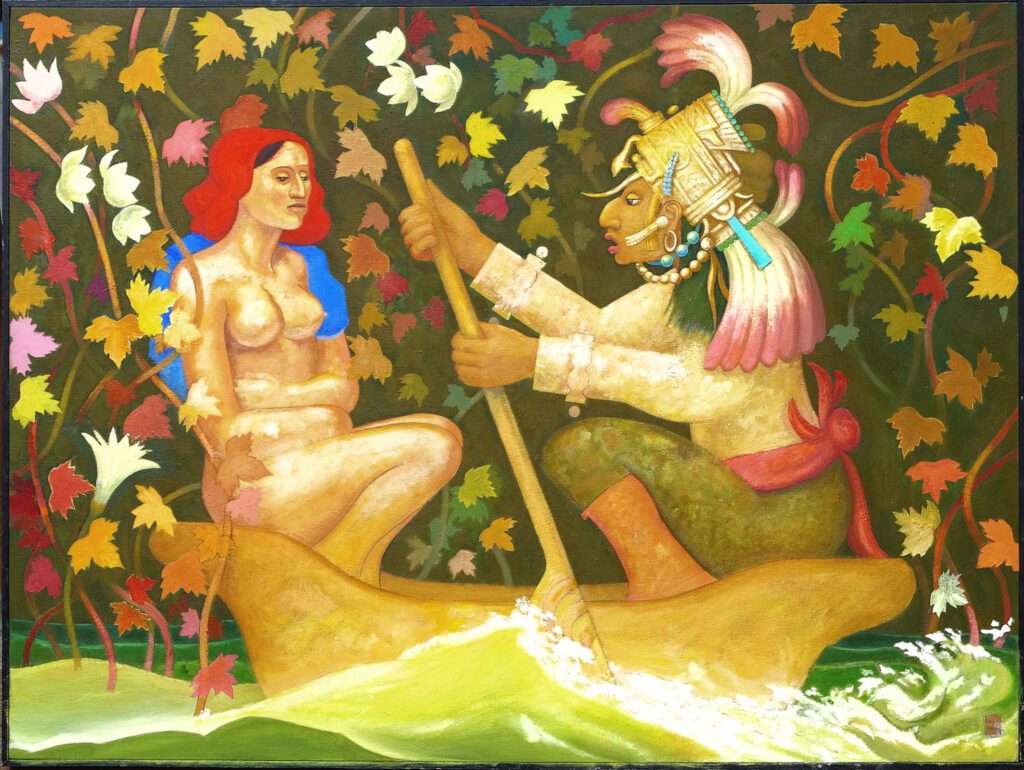
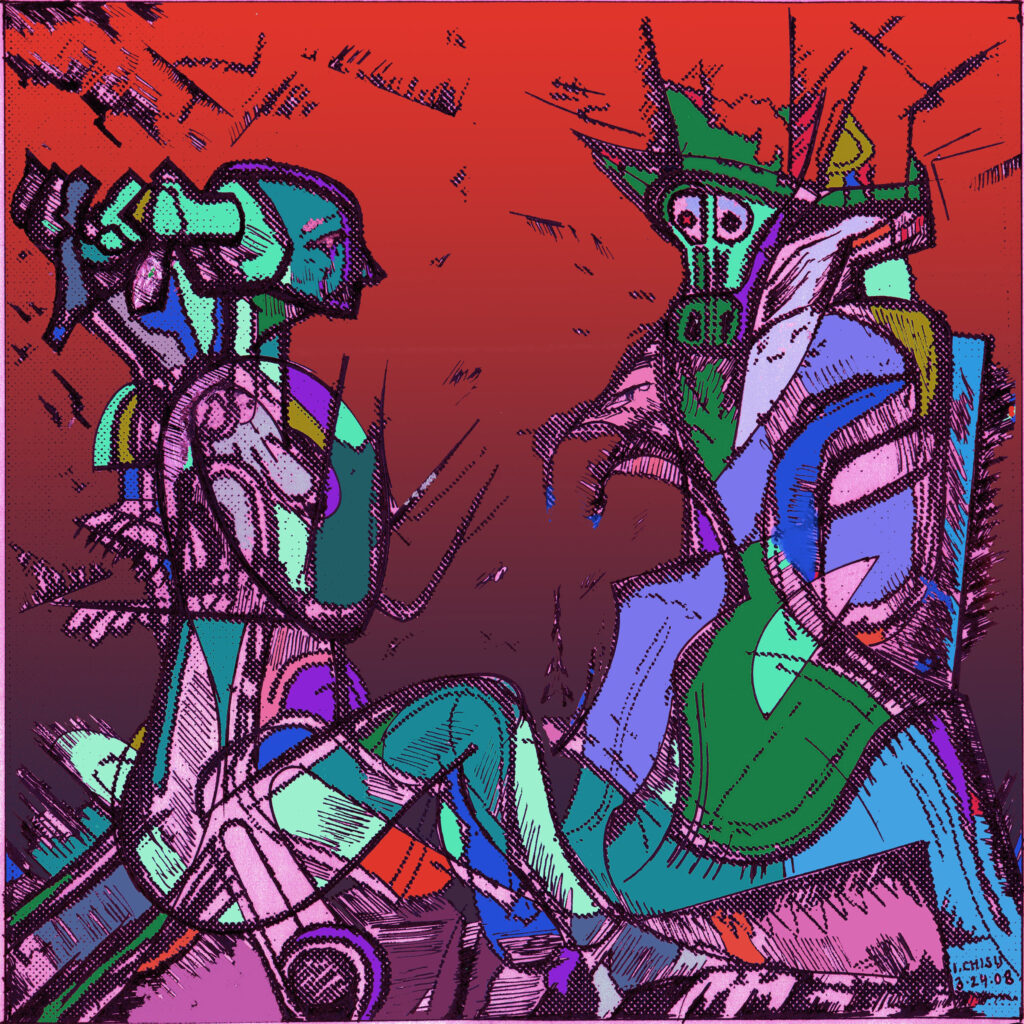
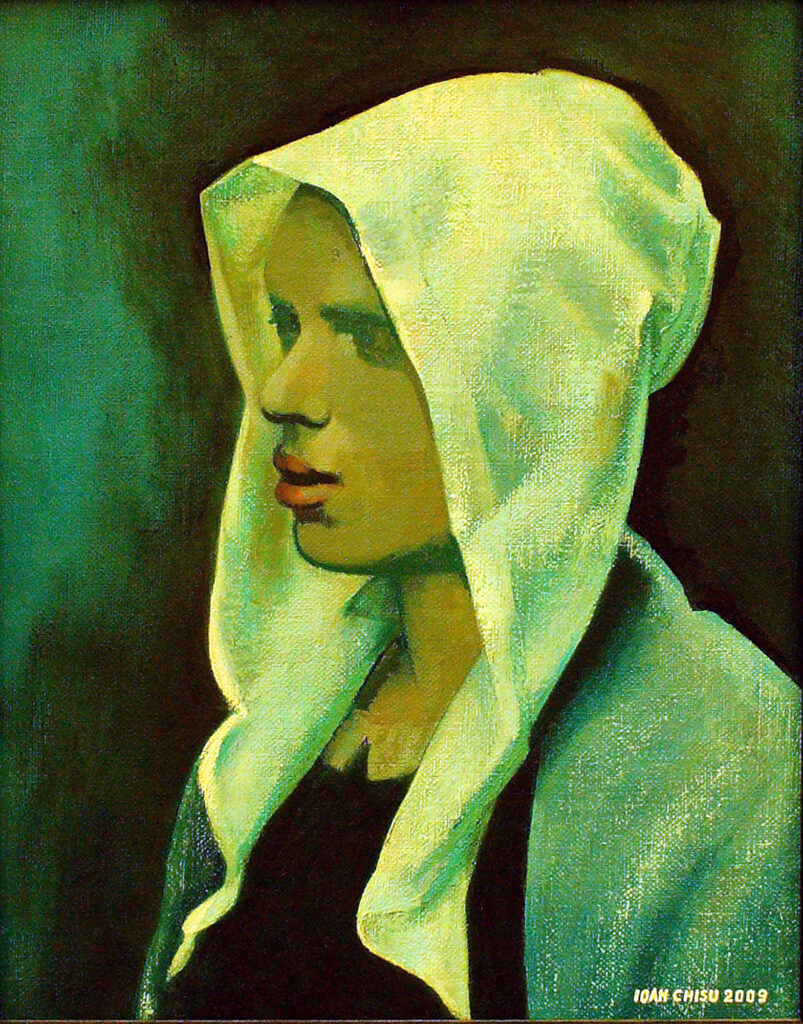
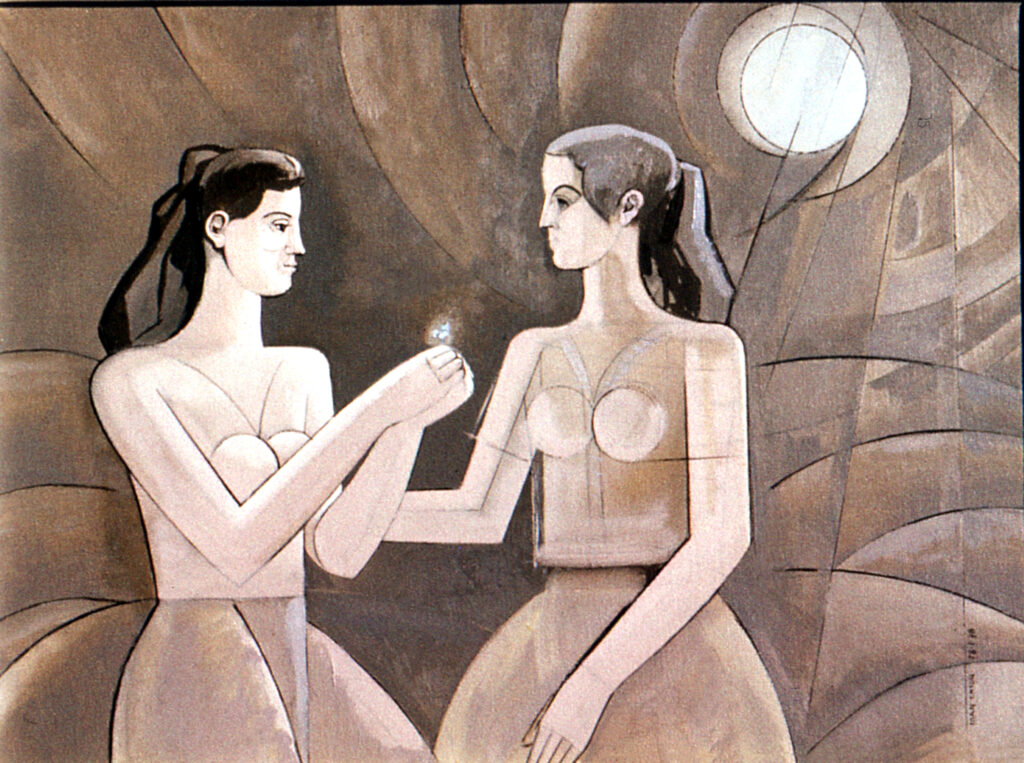
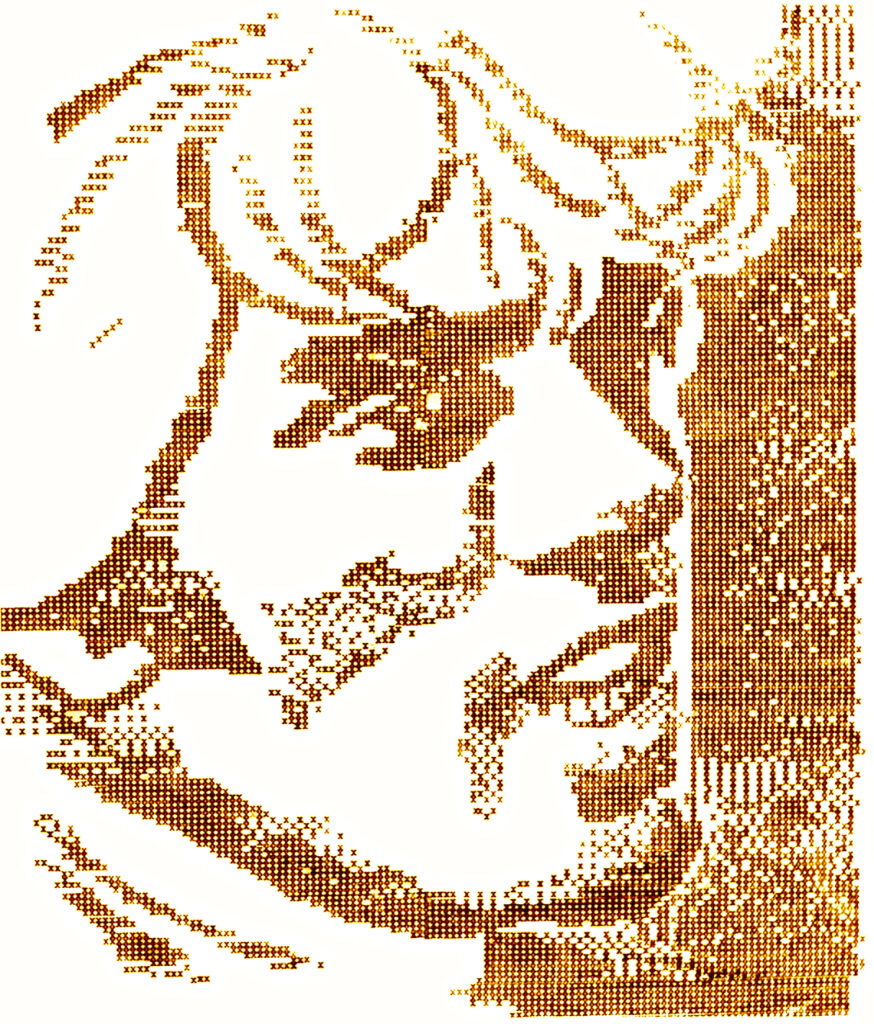
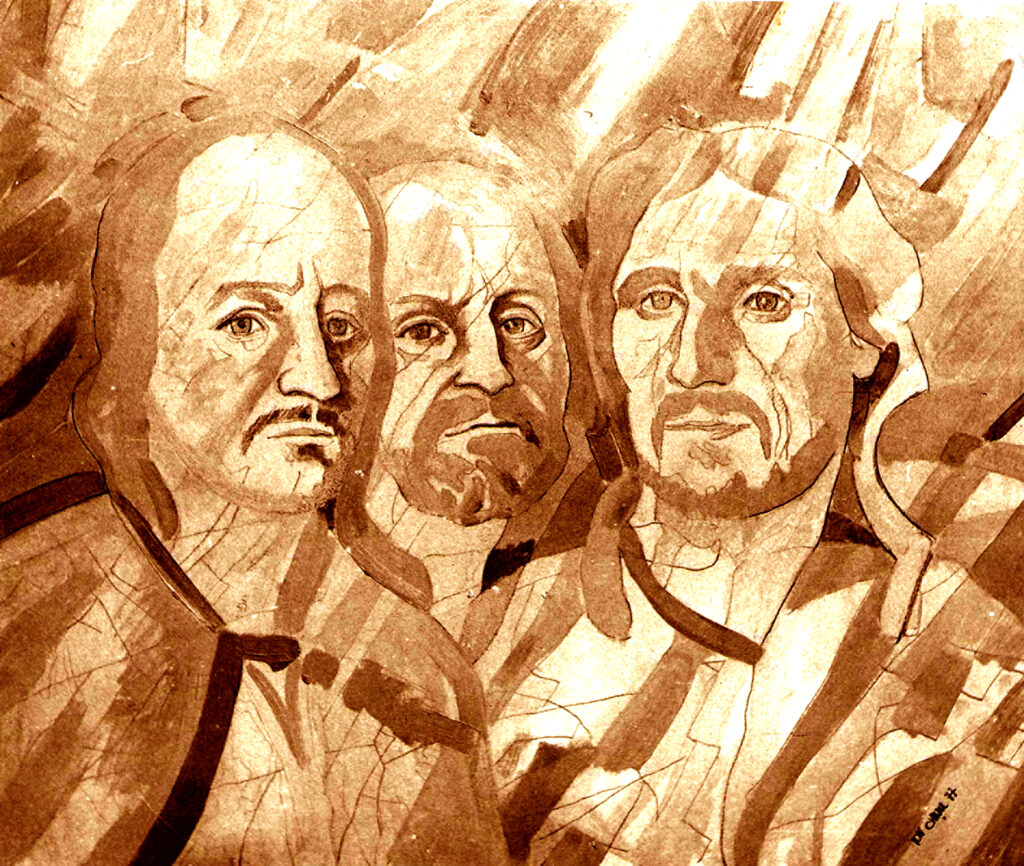
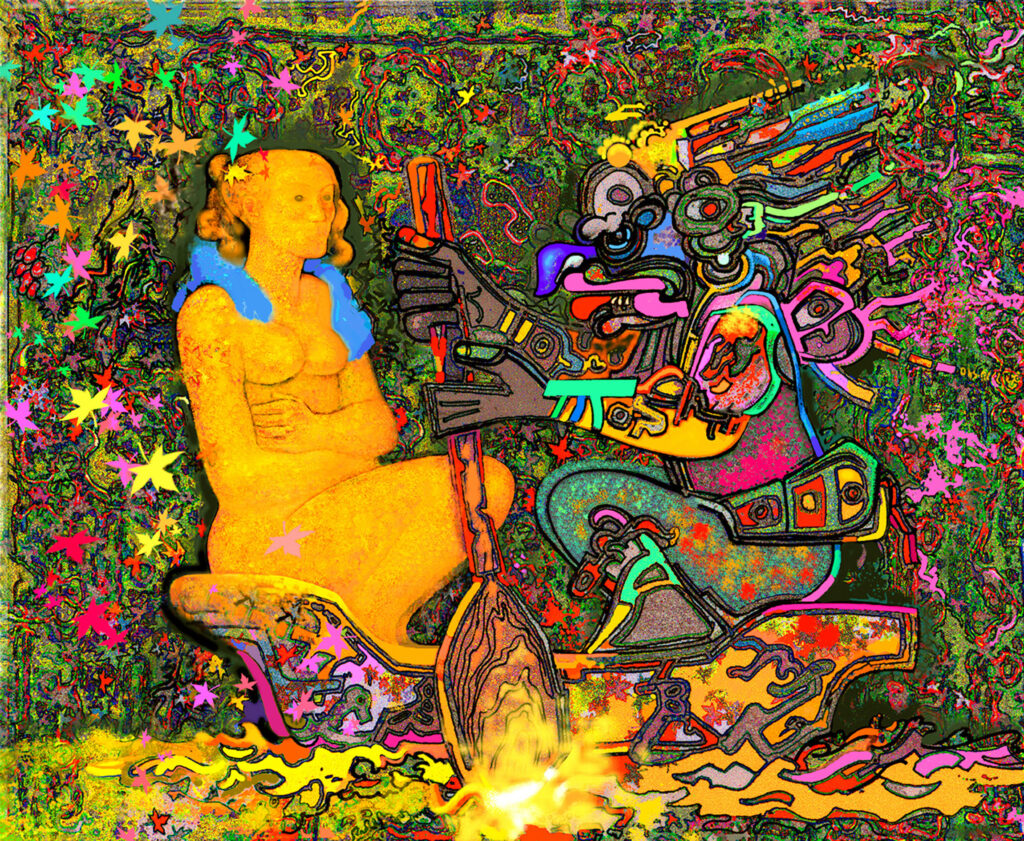
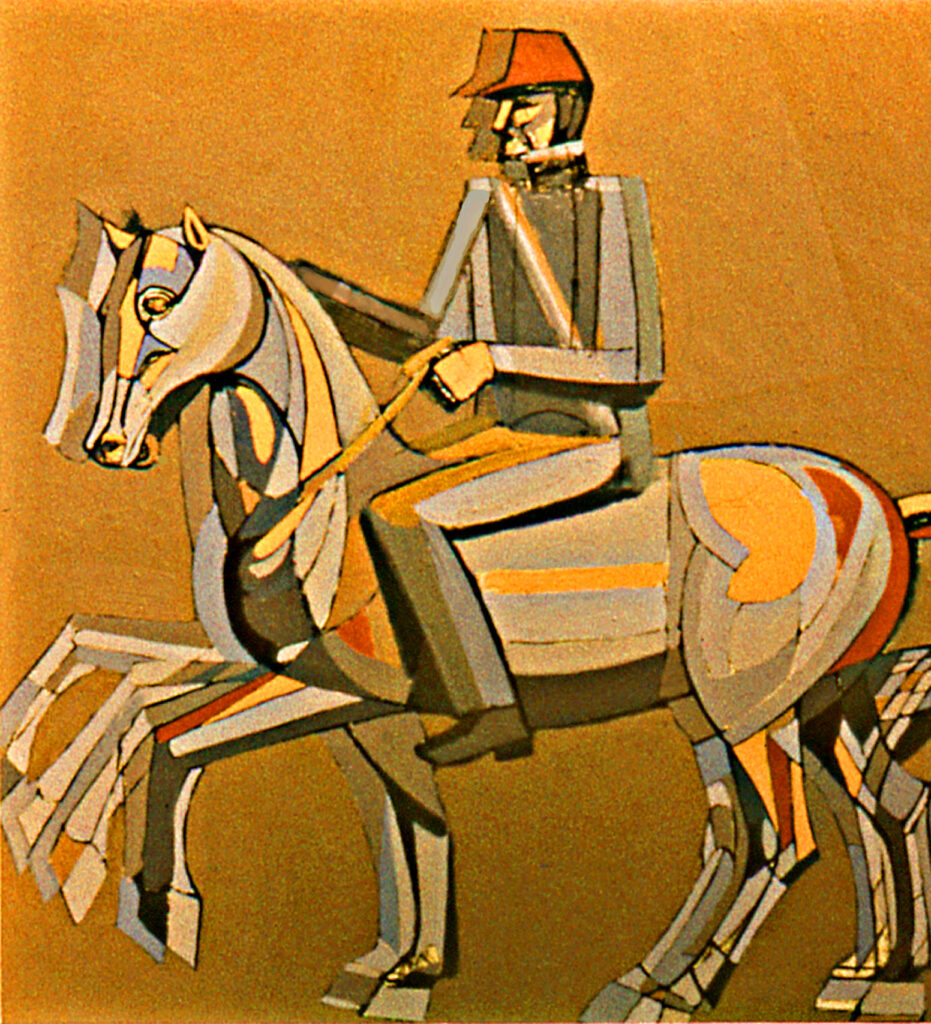
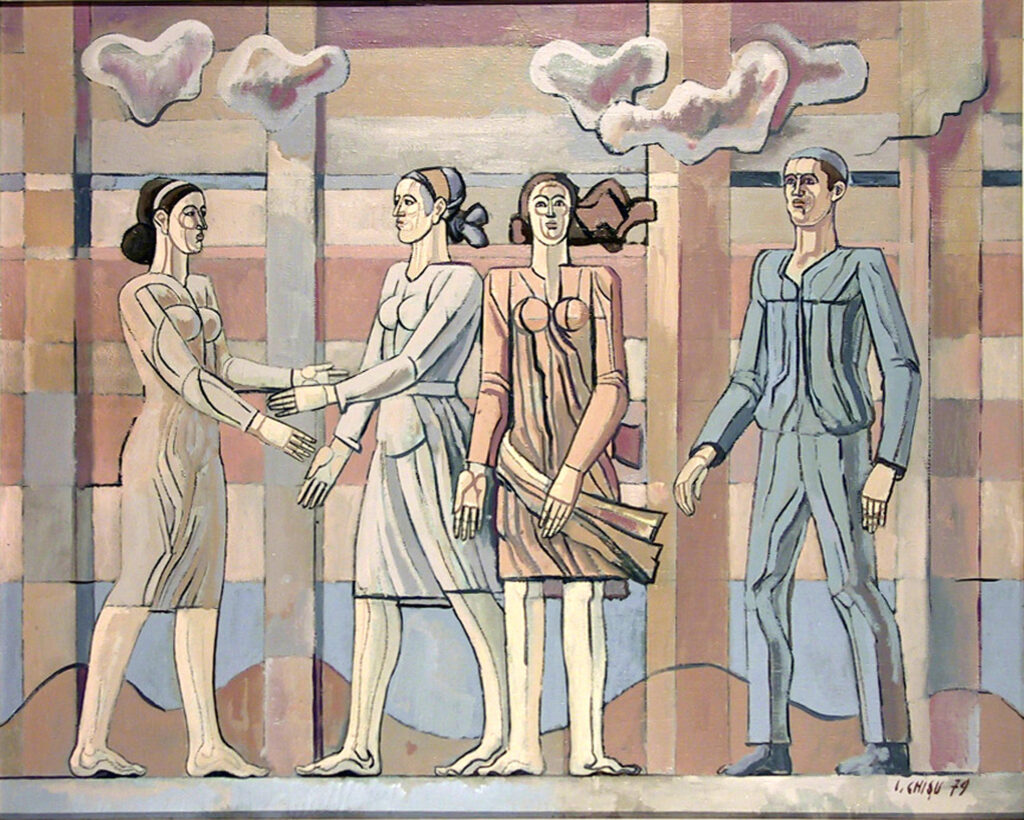
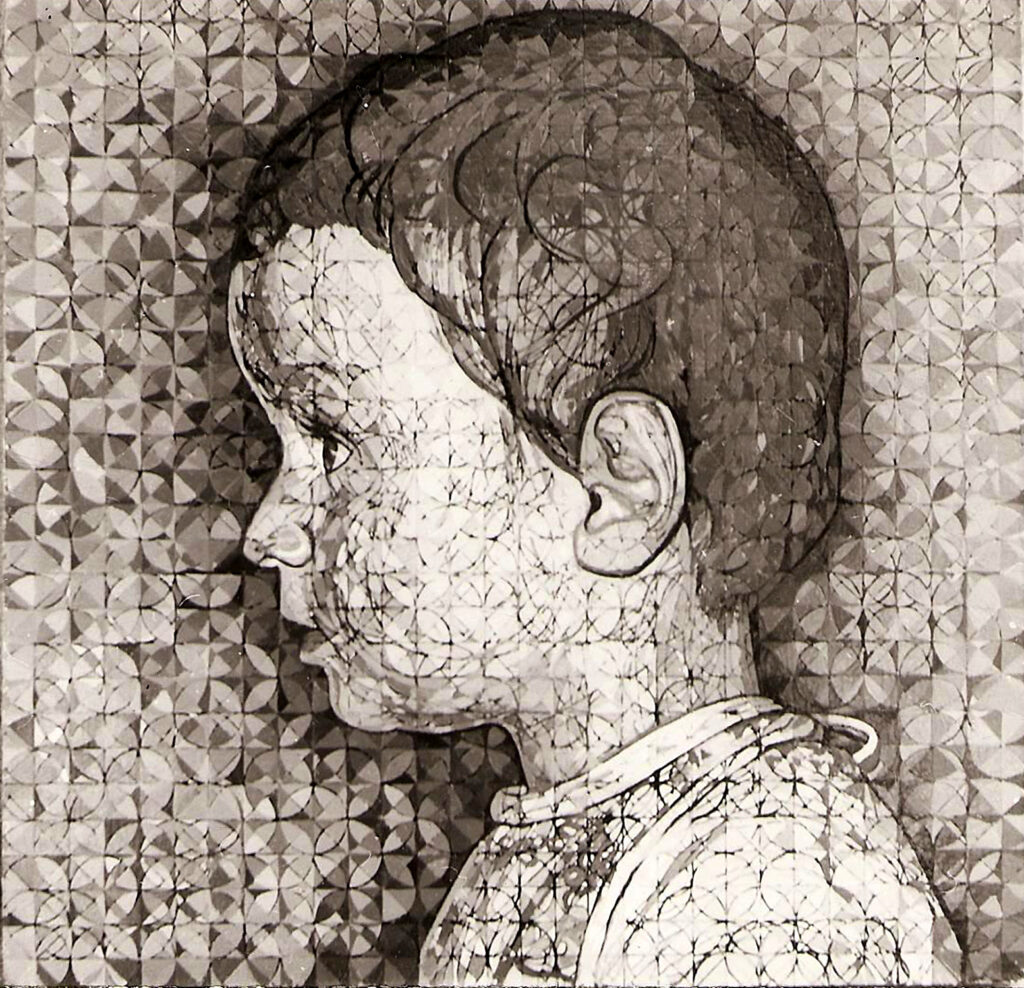
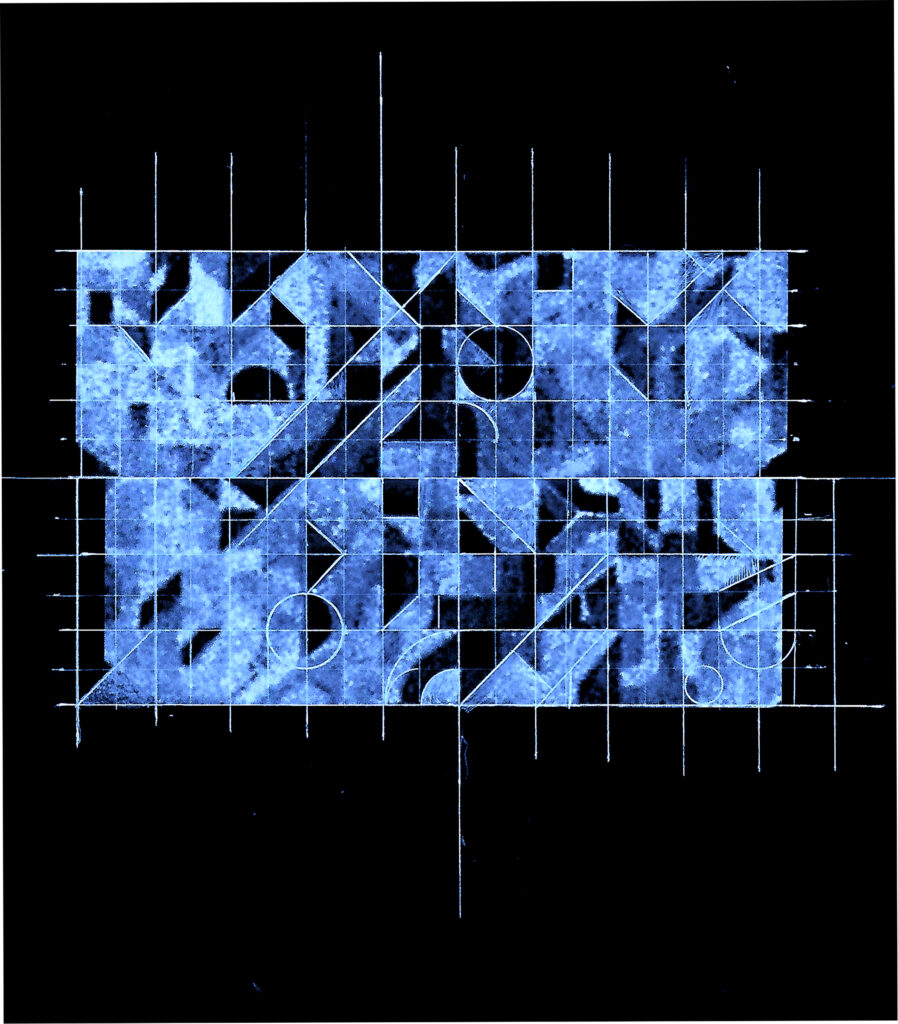
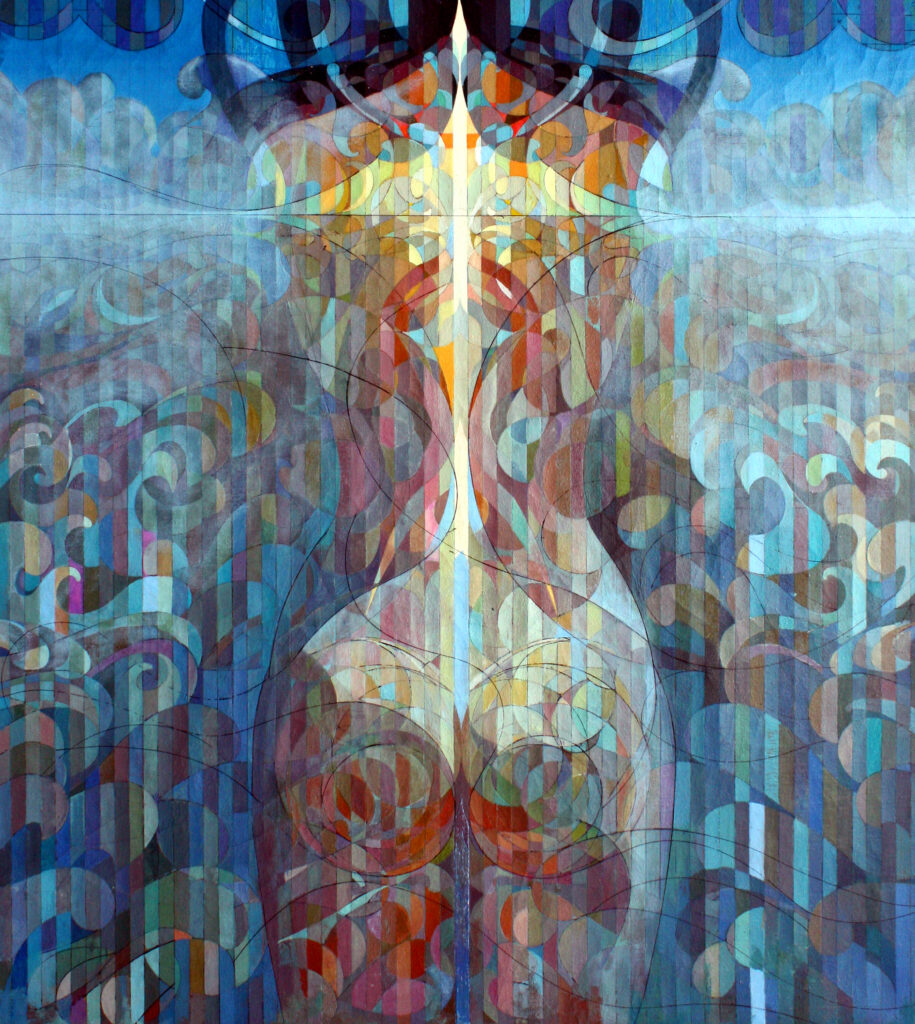
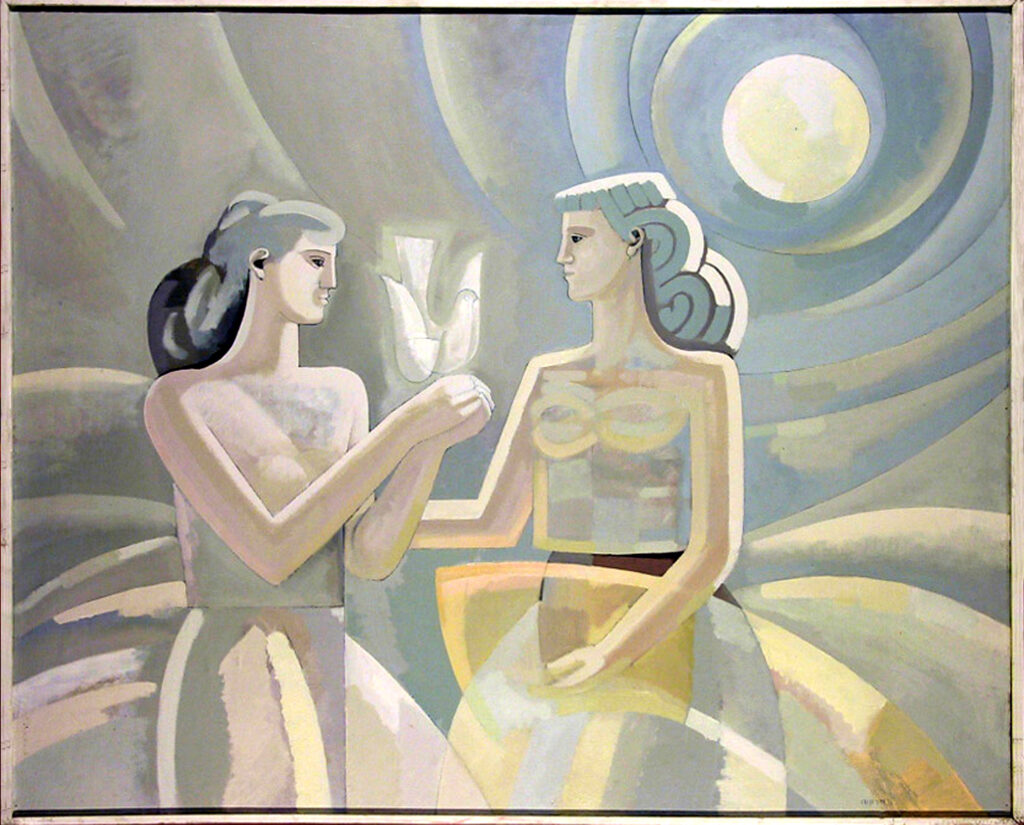
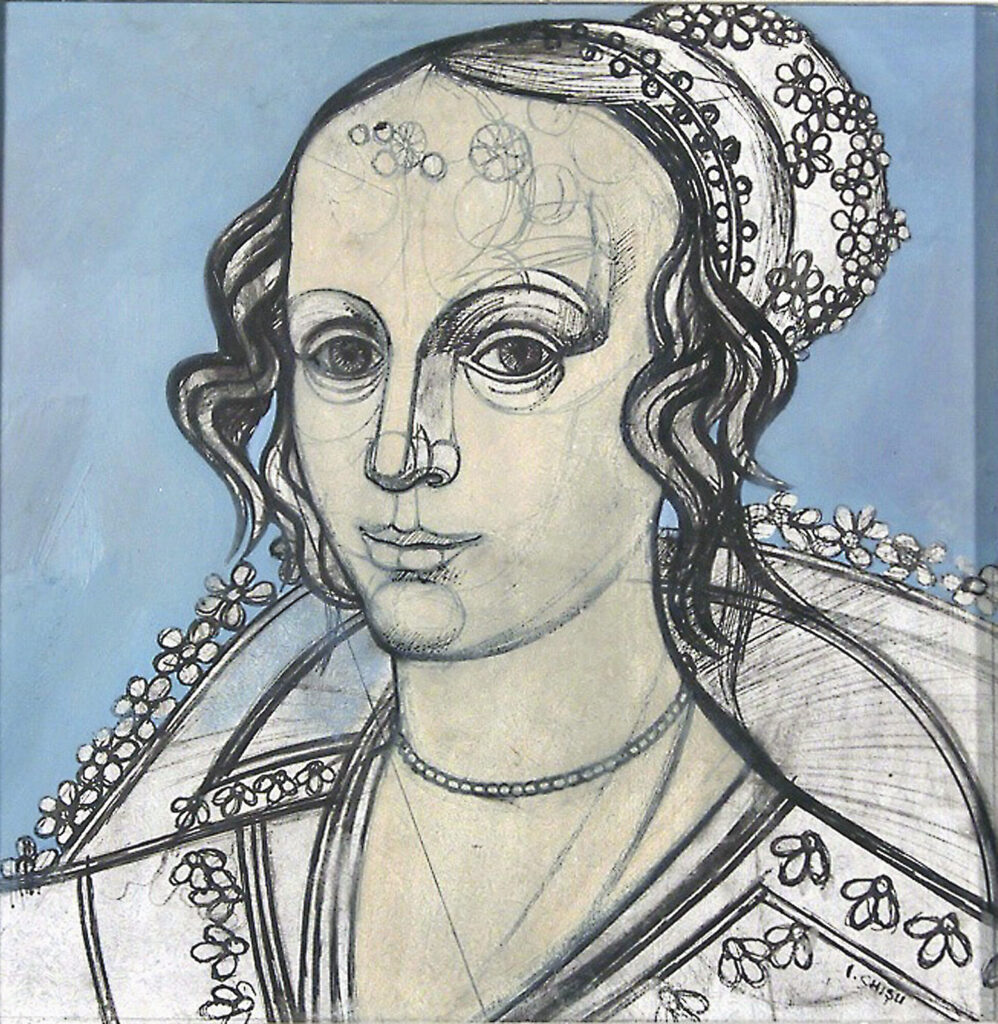
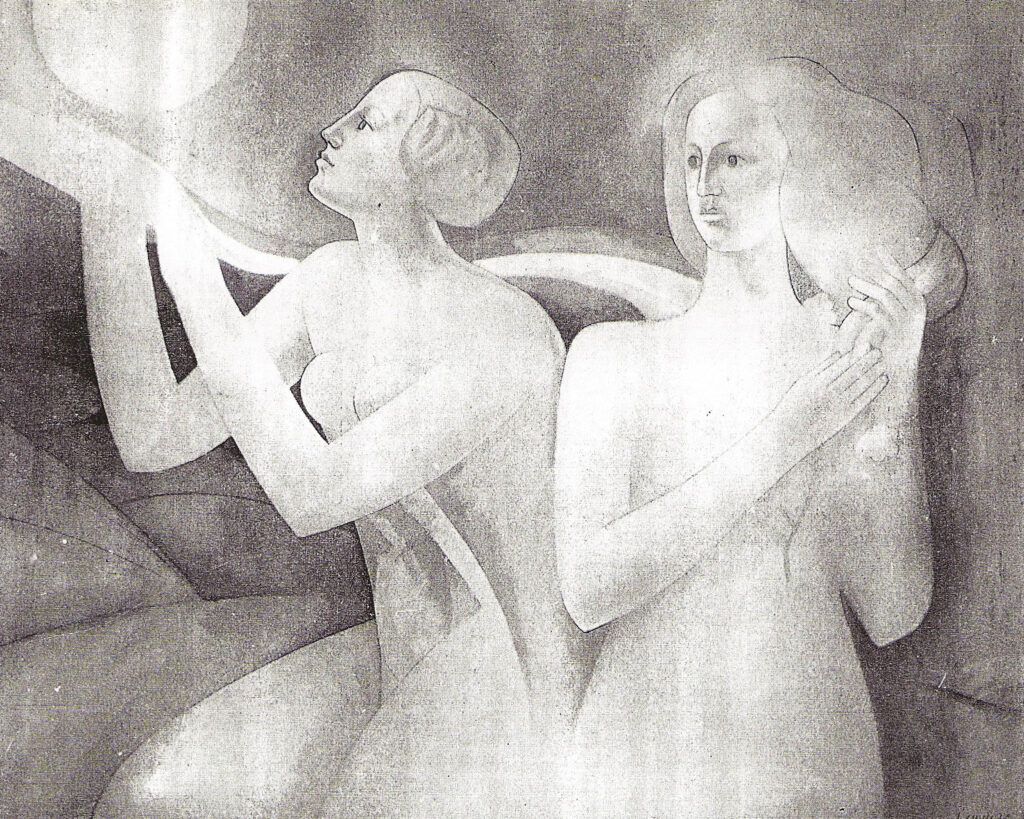
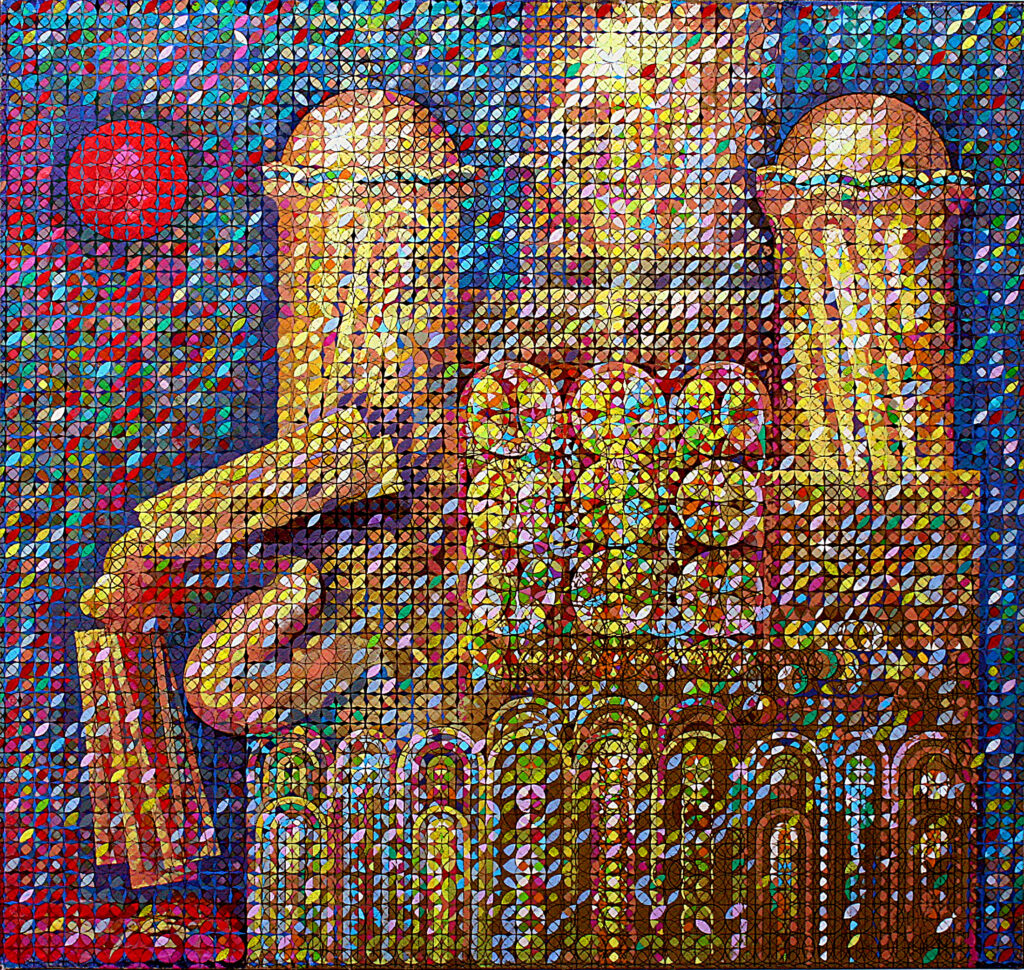
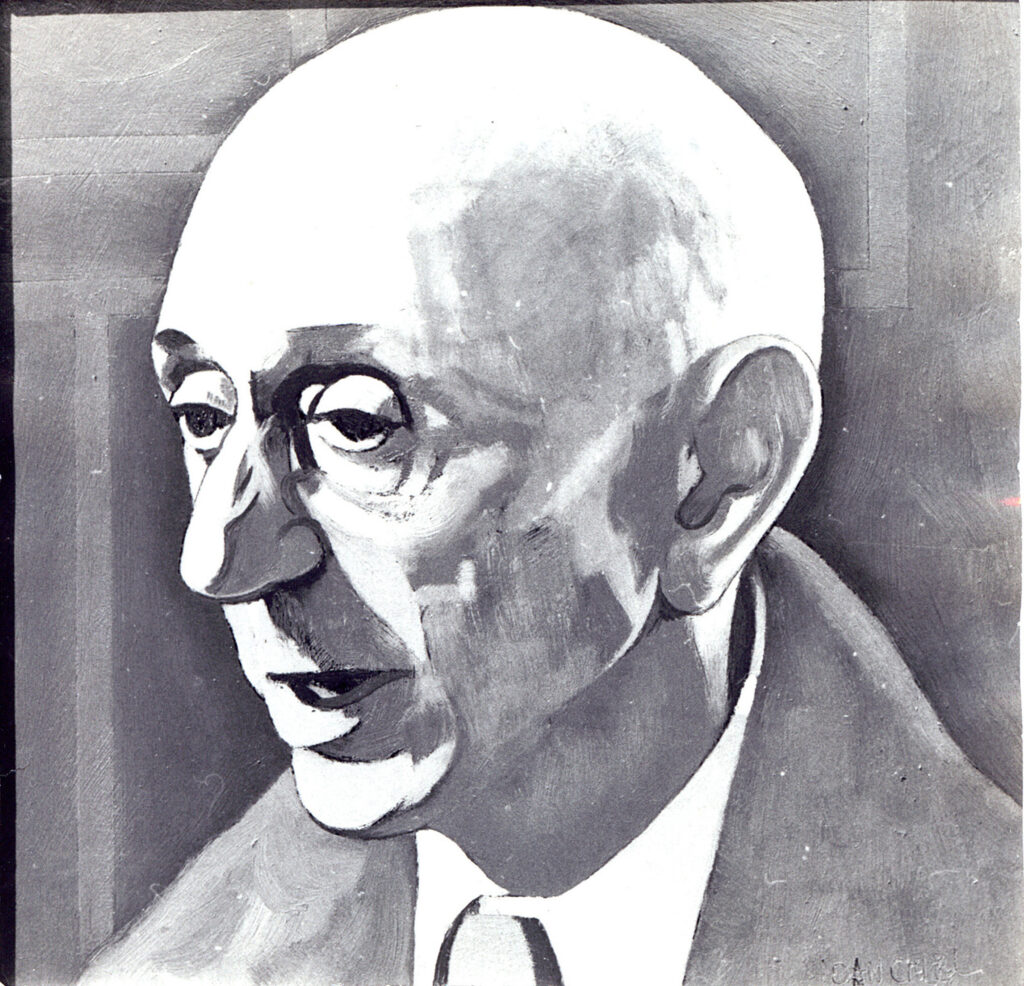
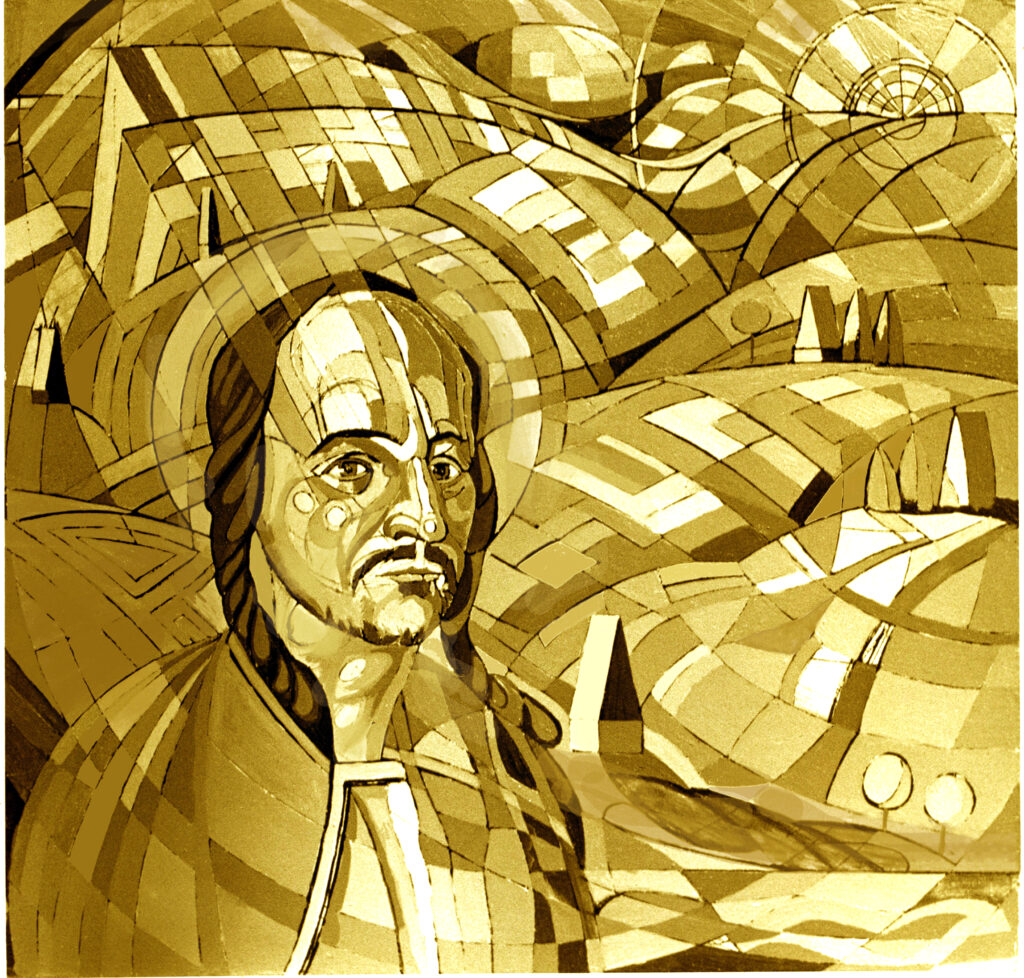
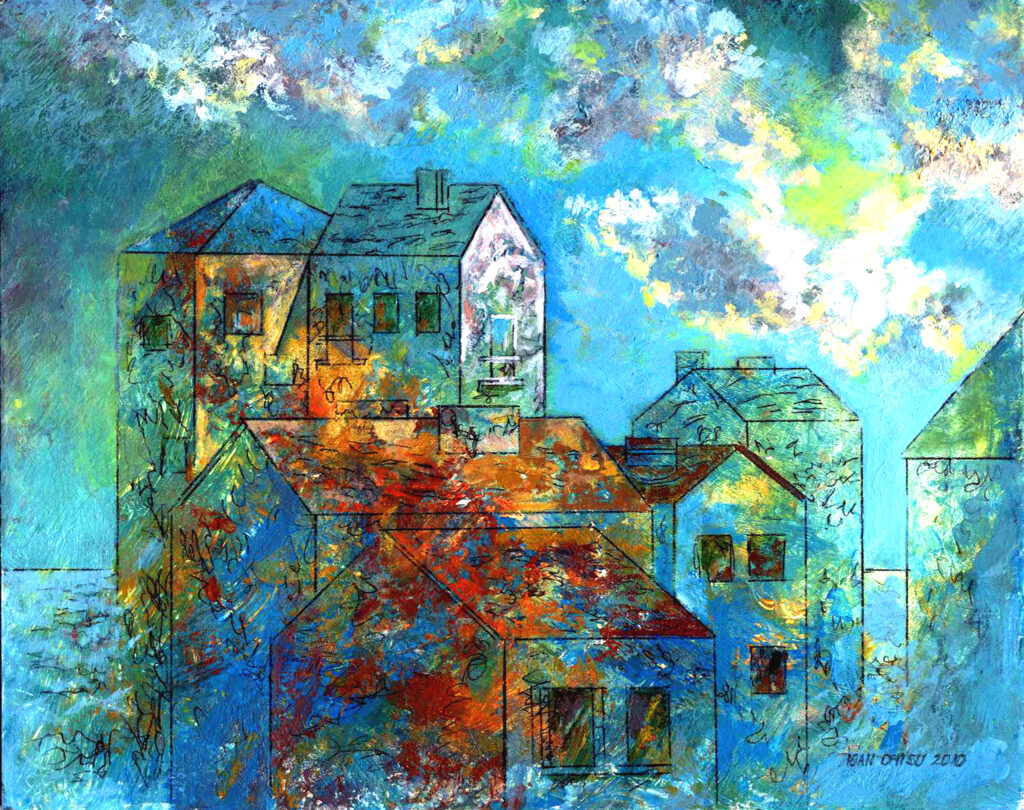
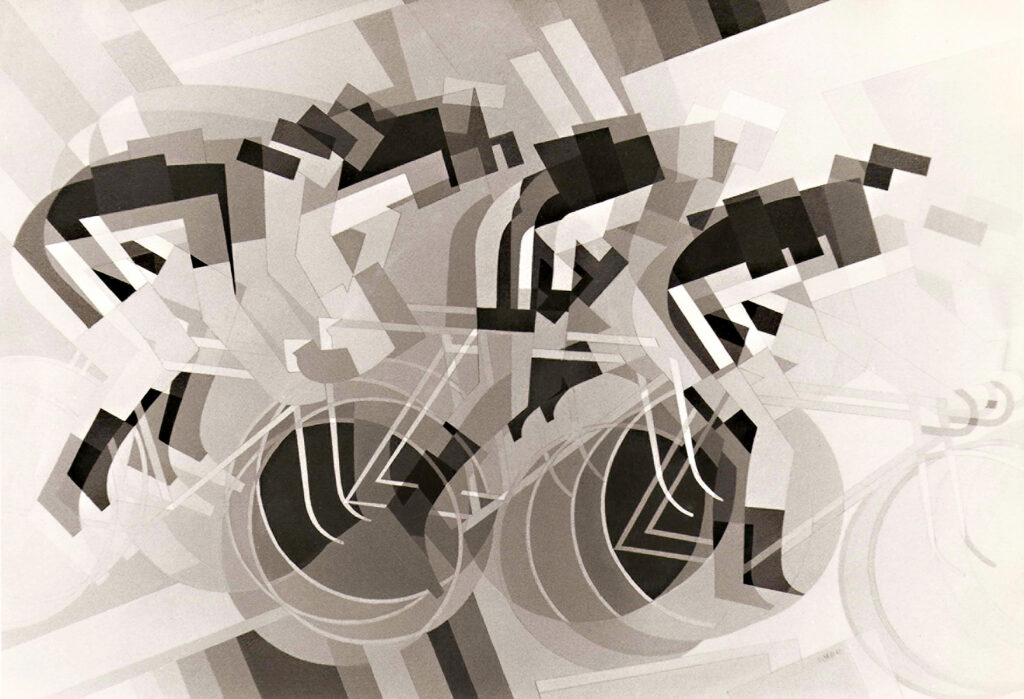
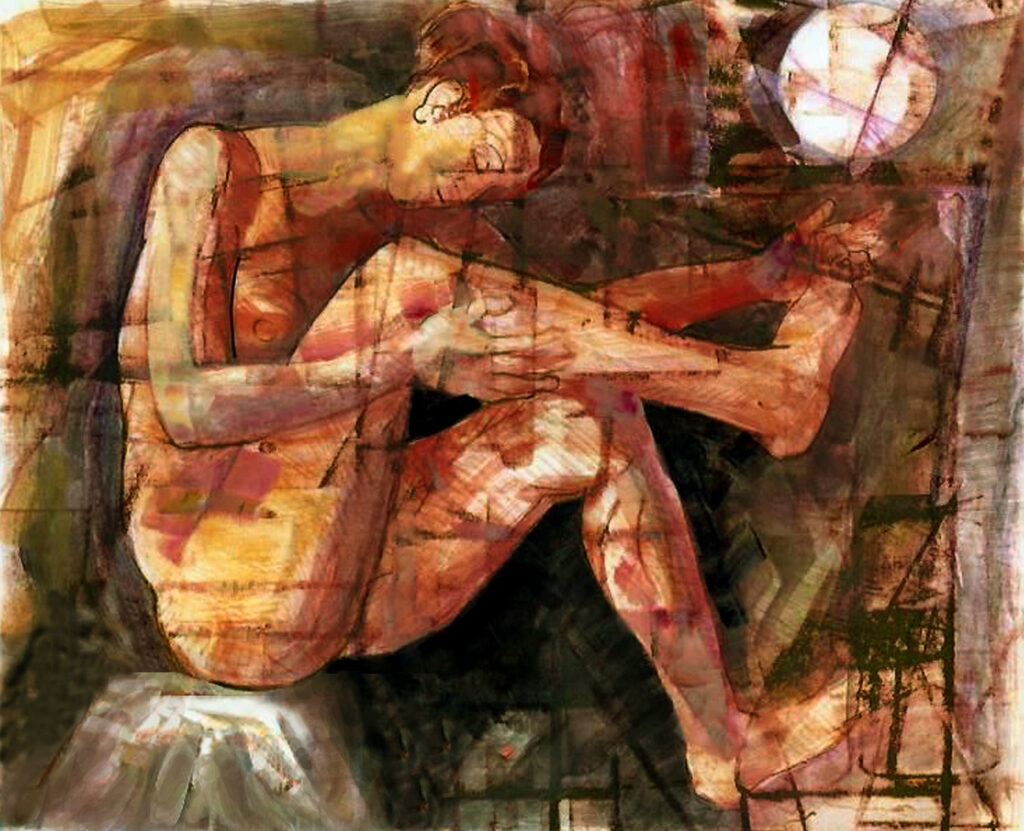
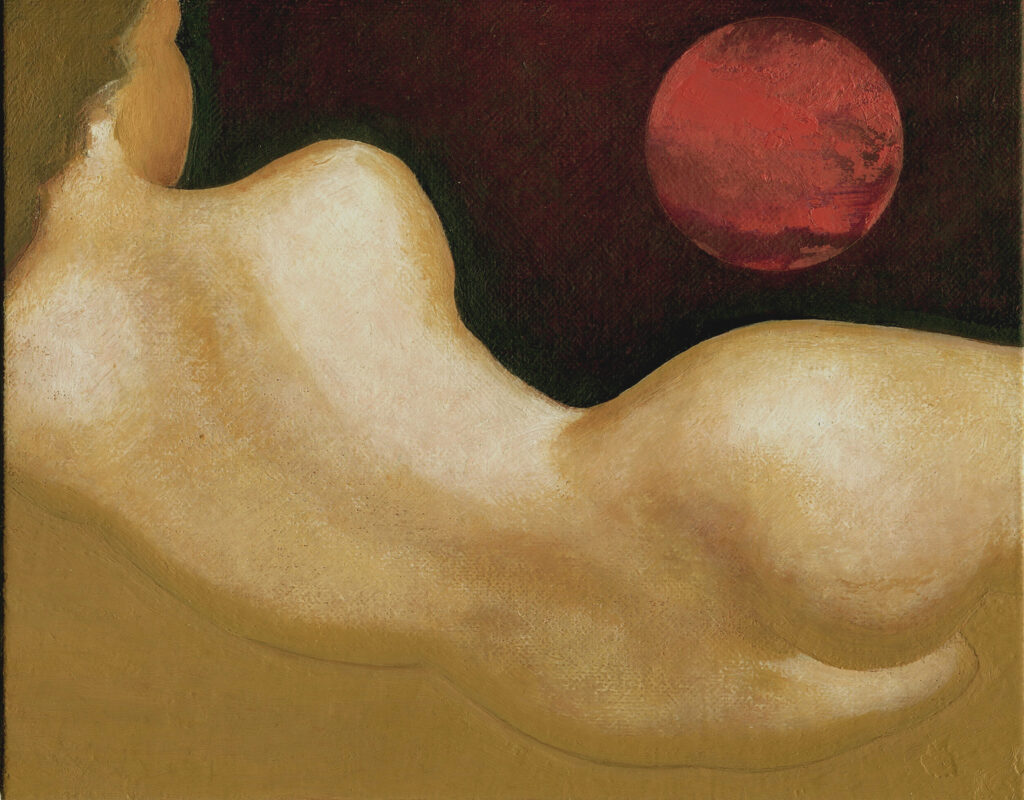
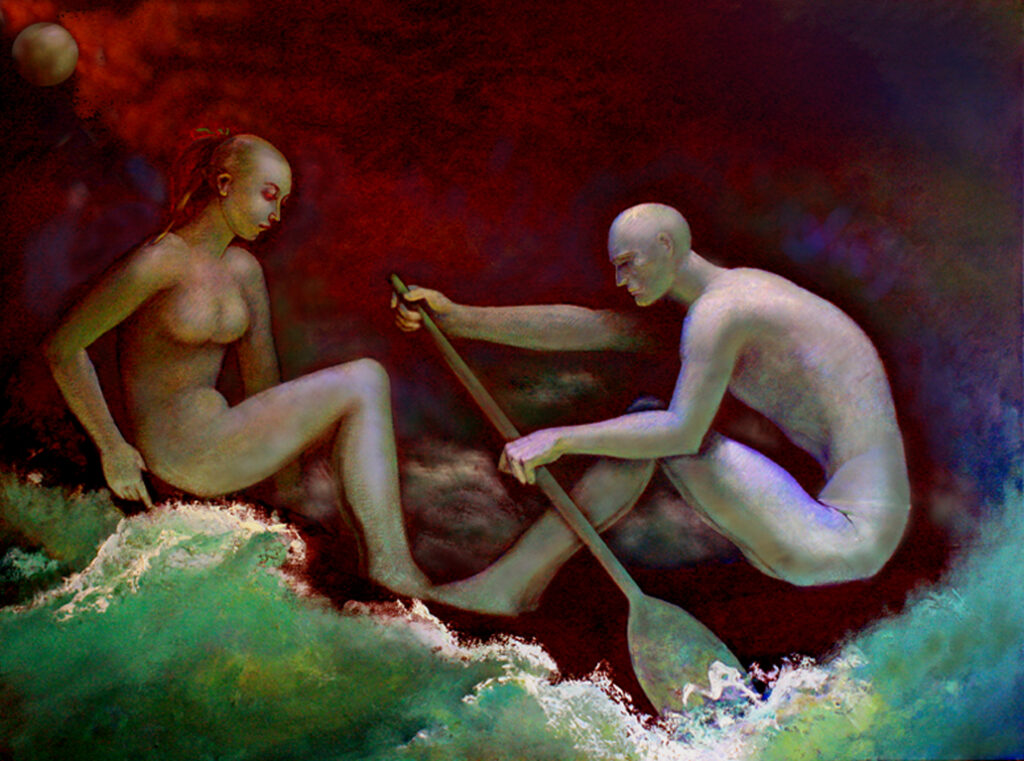
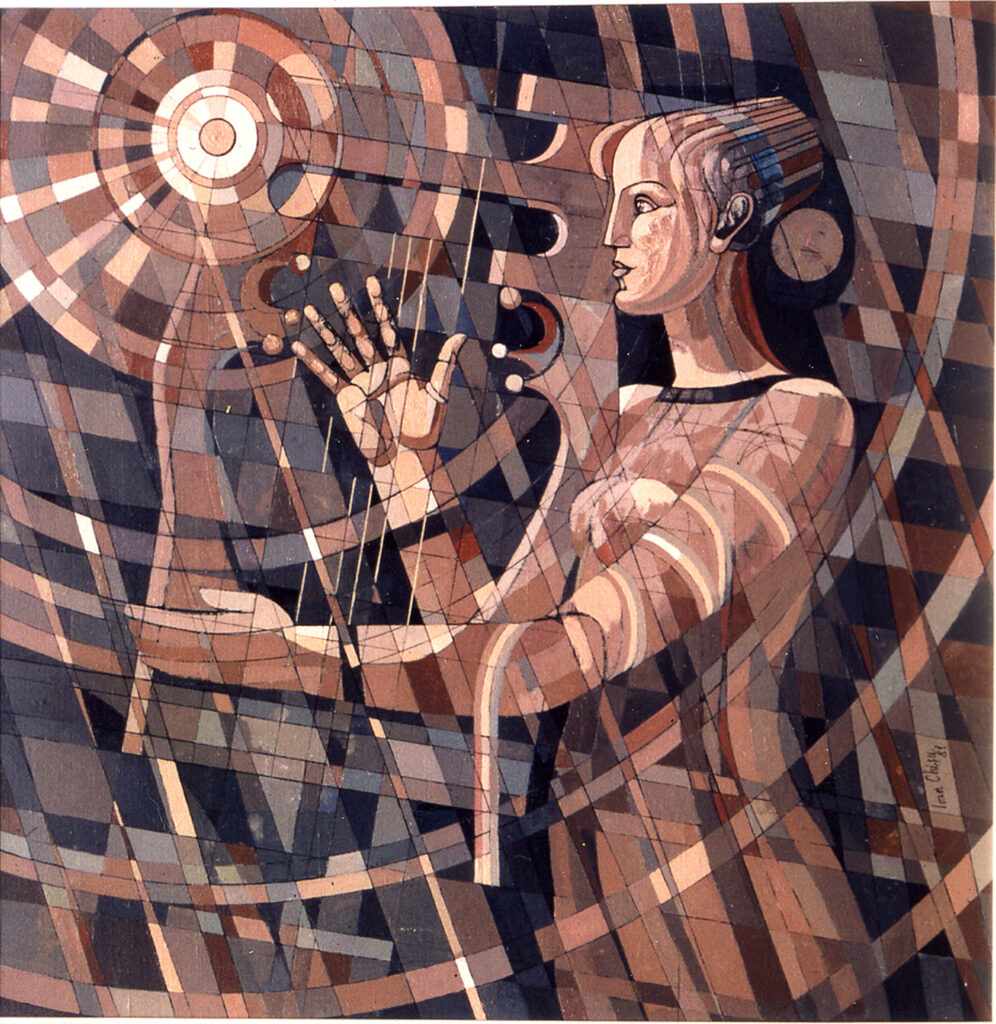
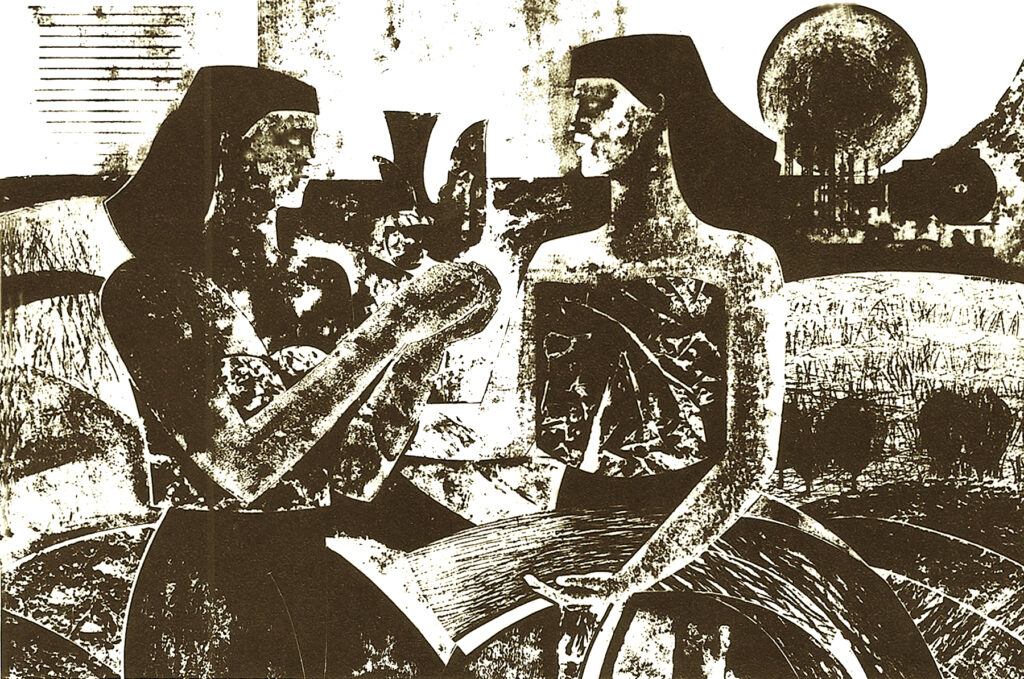
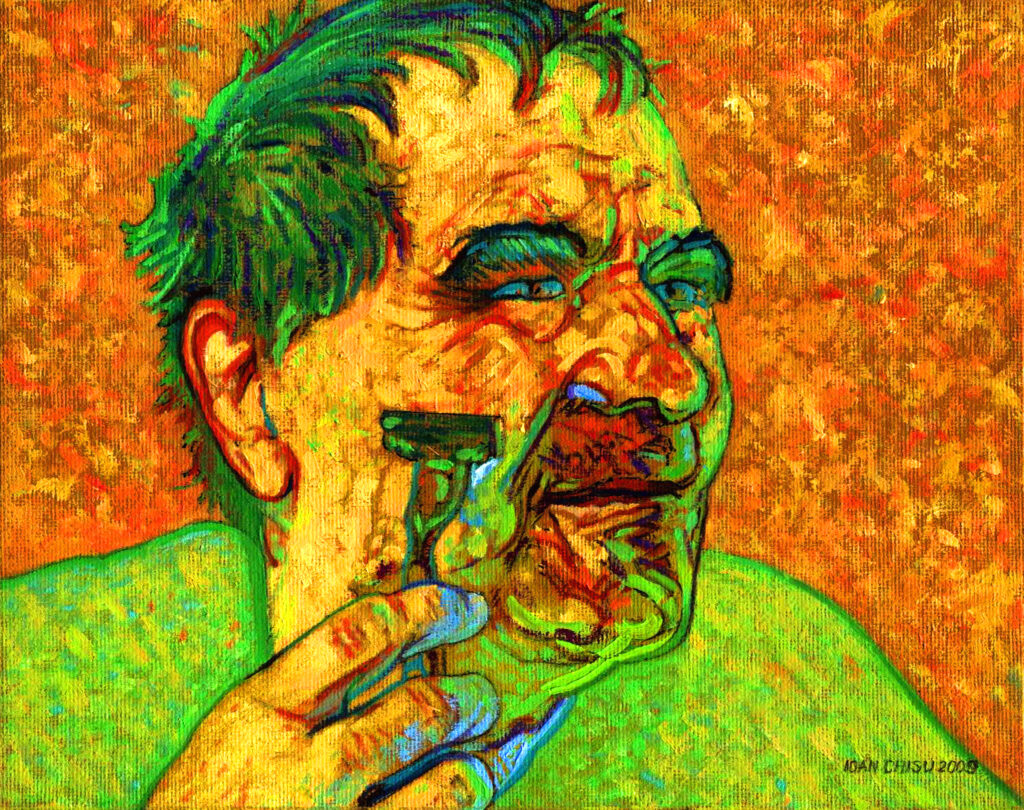
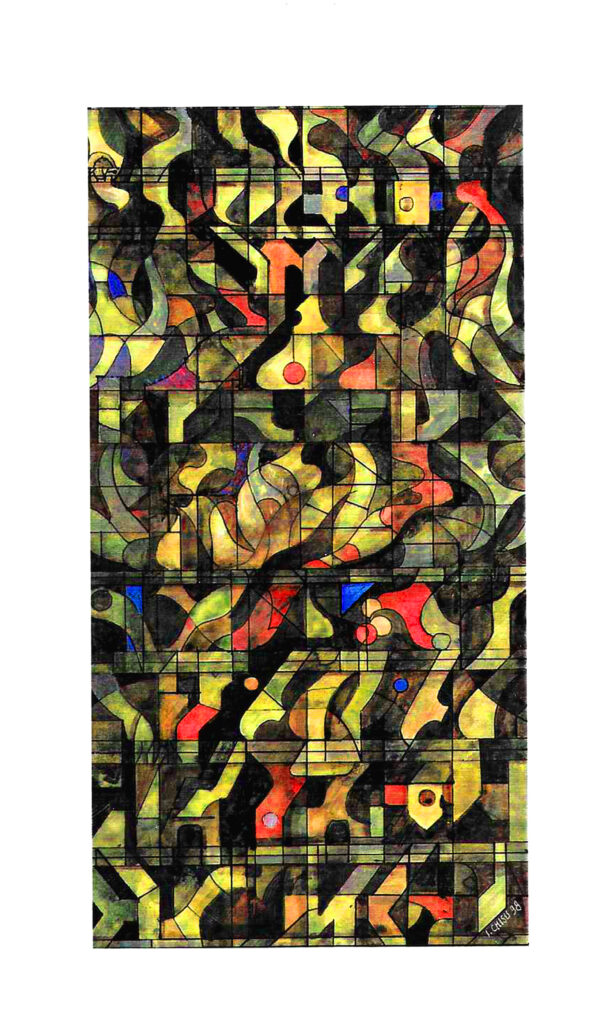
Since the time of attending the Ion Andreescu University of Art (1957-1963), the artist feels the impasse created by an unproductive school where creative initiative is devoid of knowledge of basic tools, freedom of thought, and especially individual feeling.
Thus, to make up for lost time, the young artist becomes interested in pedagogical studies that were valuable at that time, elaborated by the Bauhaus School. These studies promoted the idea that the elements of art are fundamental components used by artists when creating artworks. These elements, often called building blocks of art, include line, two-dimensional shape, value, color, texture, depth of form and space (full or empty). Knowing these elements stimulates the creation of the image, being also a generator of meaning.
The most useful studies were:
Johannes Itten: Kunst Der Farbe (in English:The Elements of Color),
Wassily Kandinsky: Concerning The Spiritual in Art, but especially
Paul Klee: Das Bilnerishe Denken (in English: The Notebooks of Paul Klee)
The exercises from this period transition from a reproductive vision to an abstract one.
However, neither of these two expressions will be eliminated. On the contrary, one form of expression will stimulate expression in the other form.
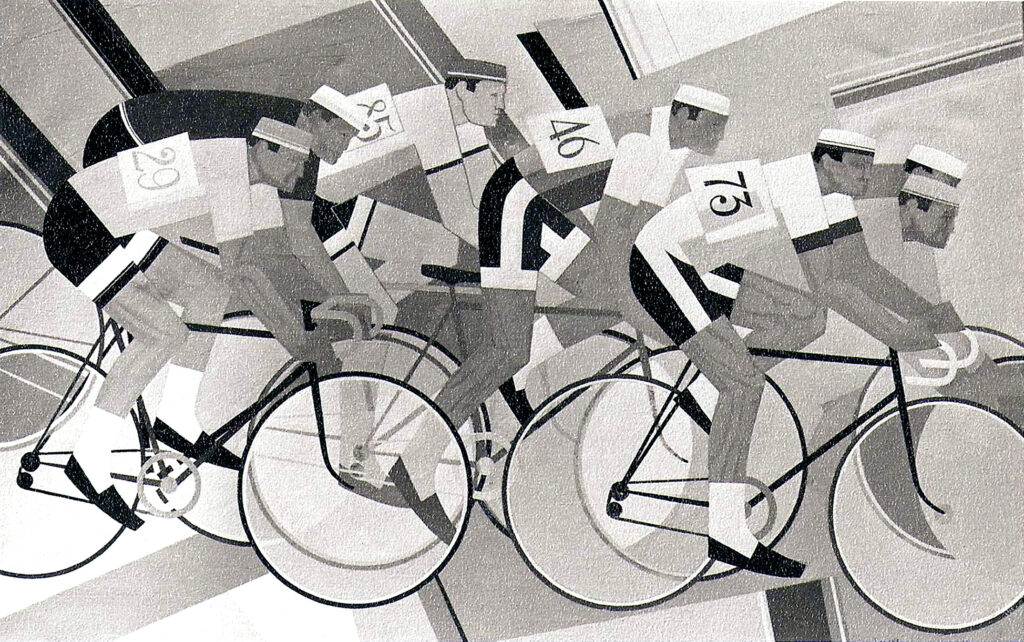
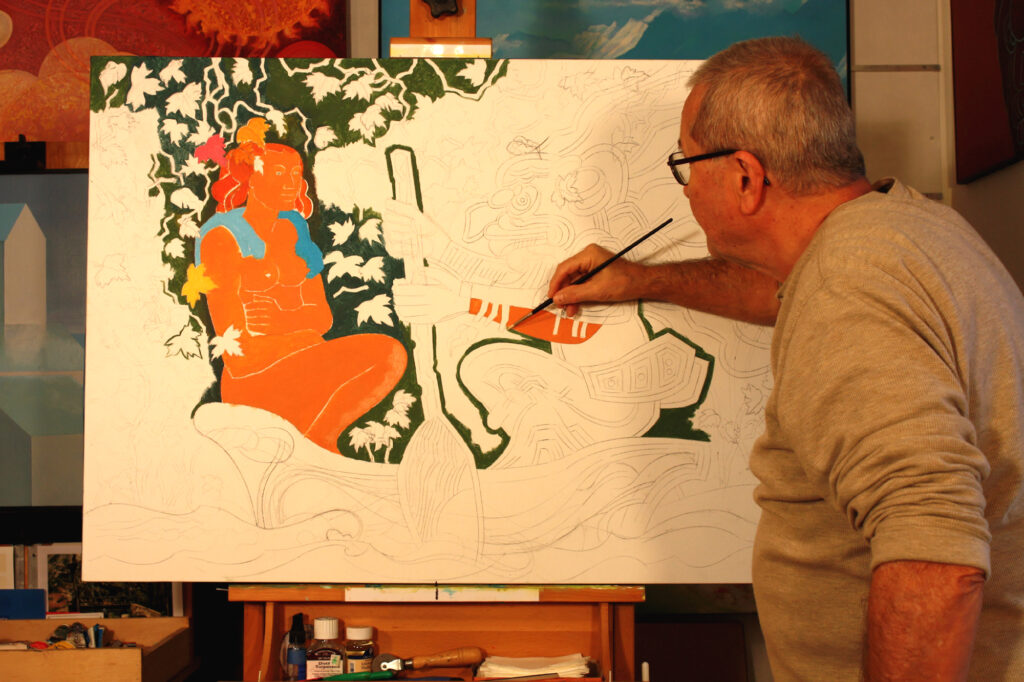
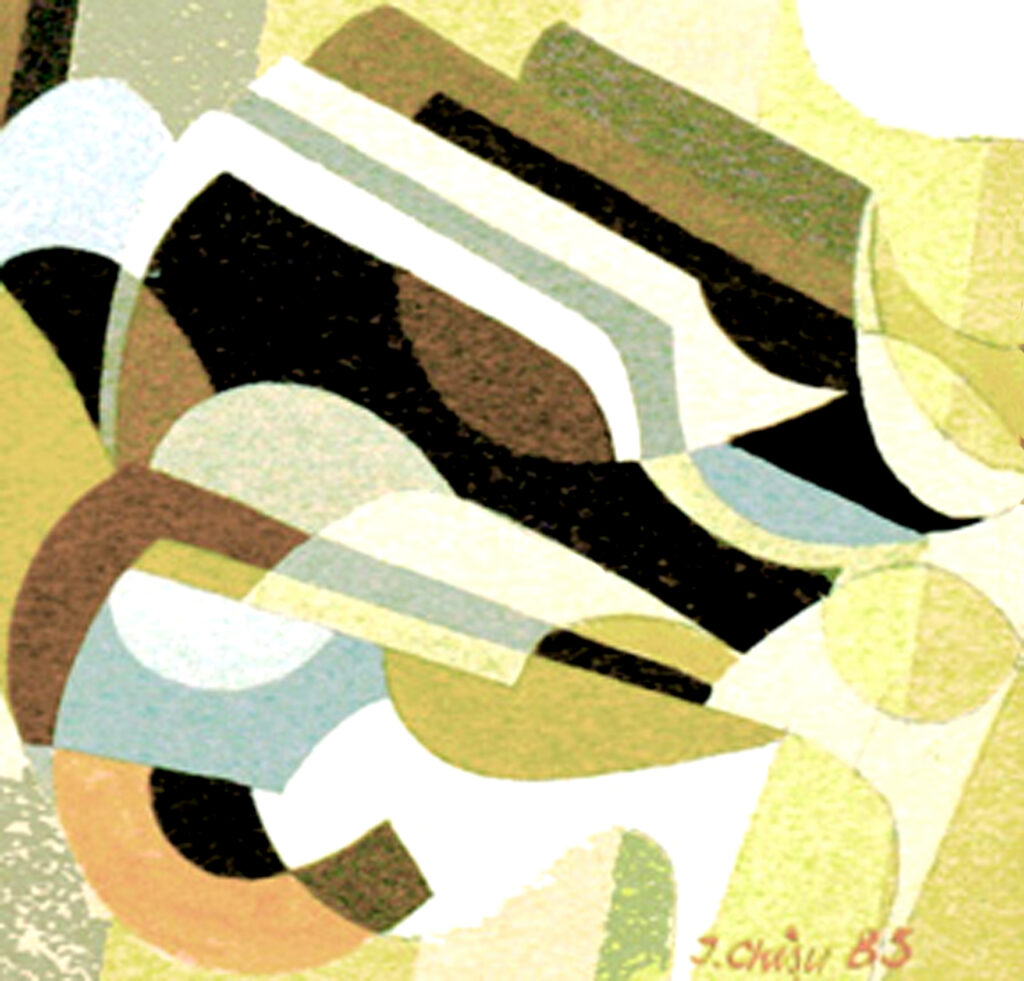
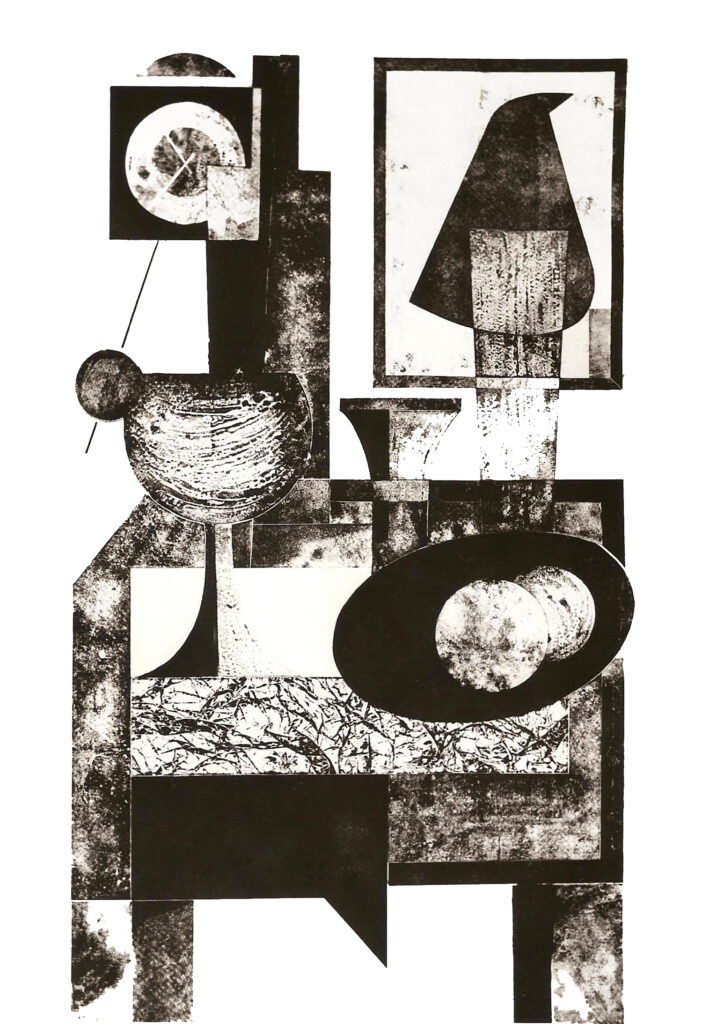
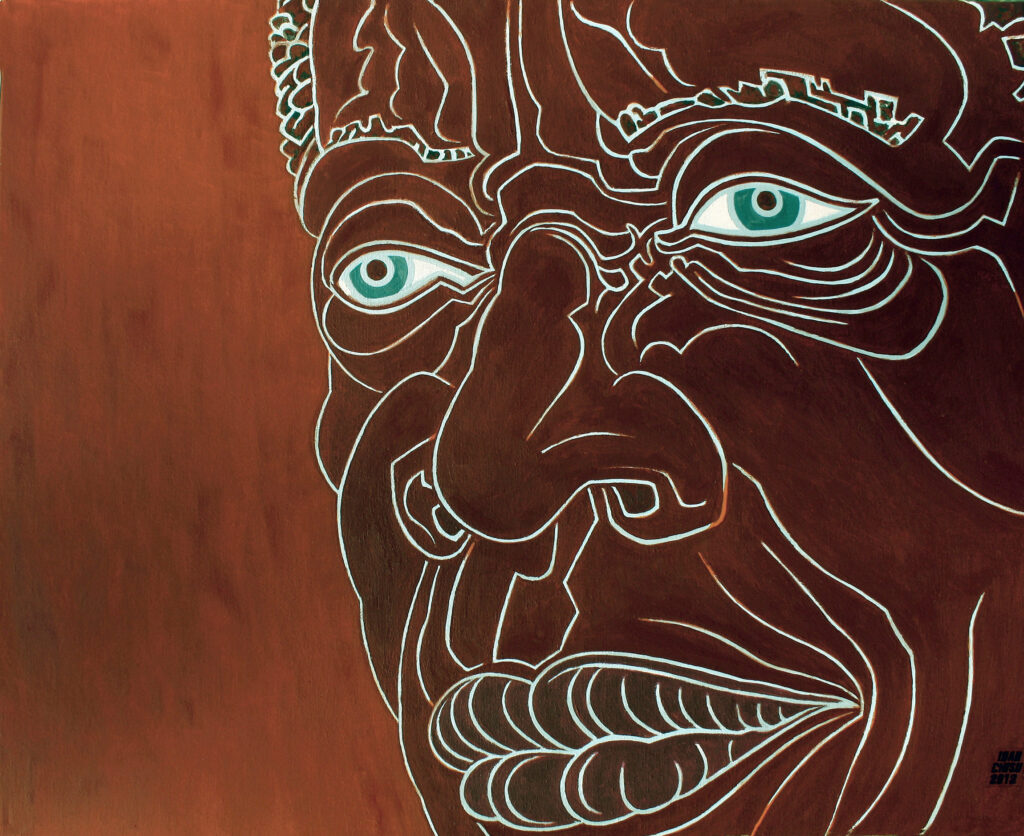
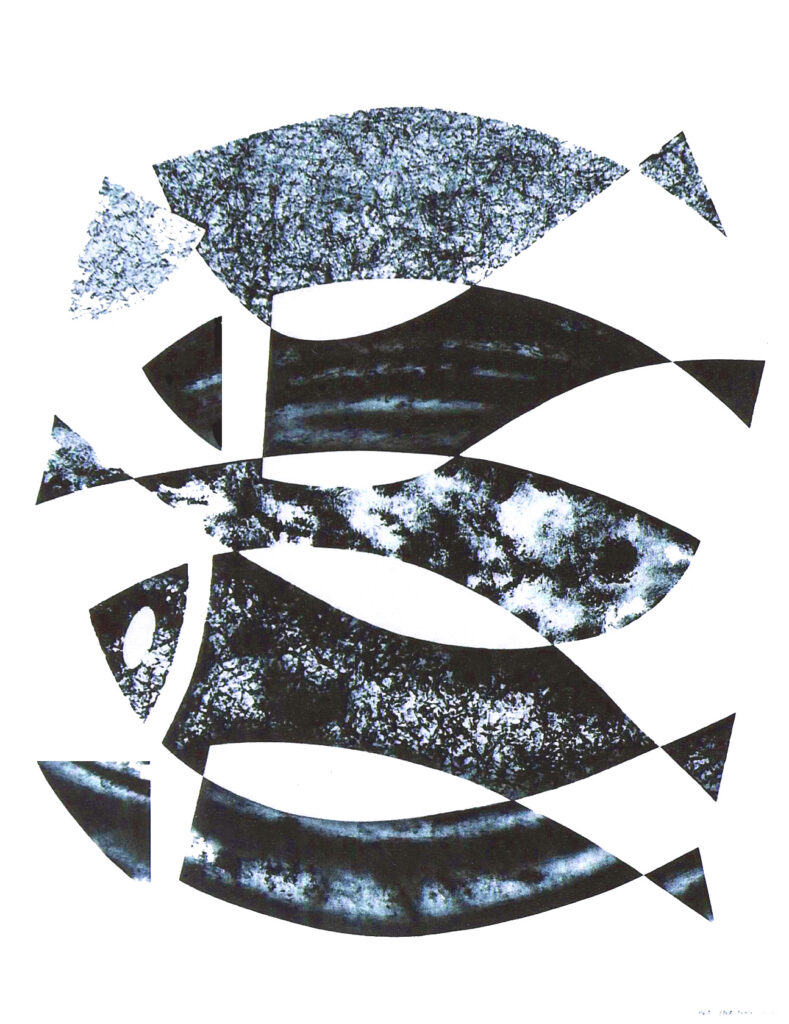
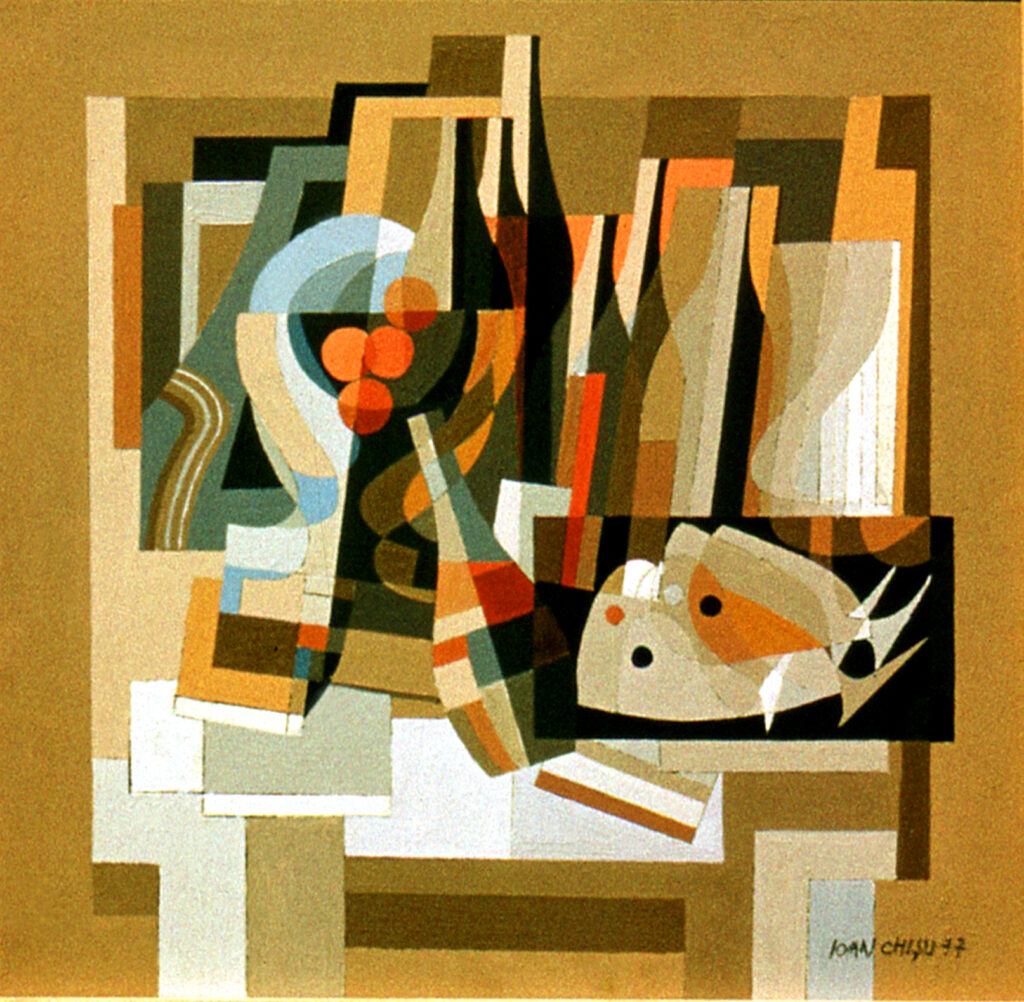
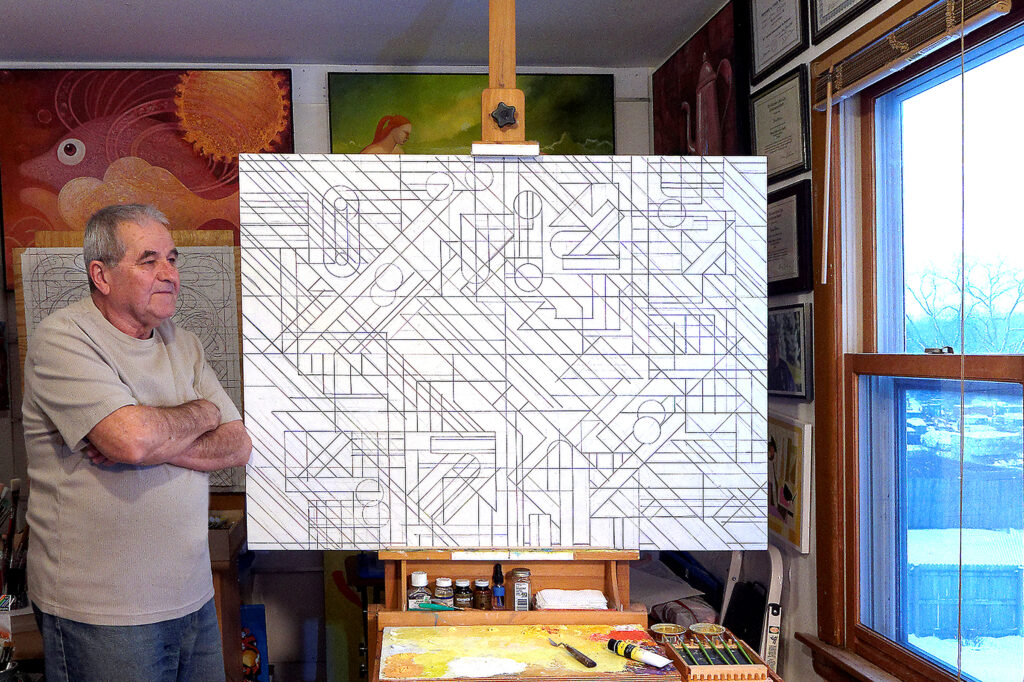
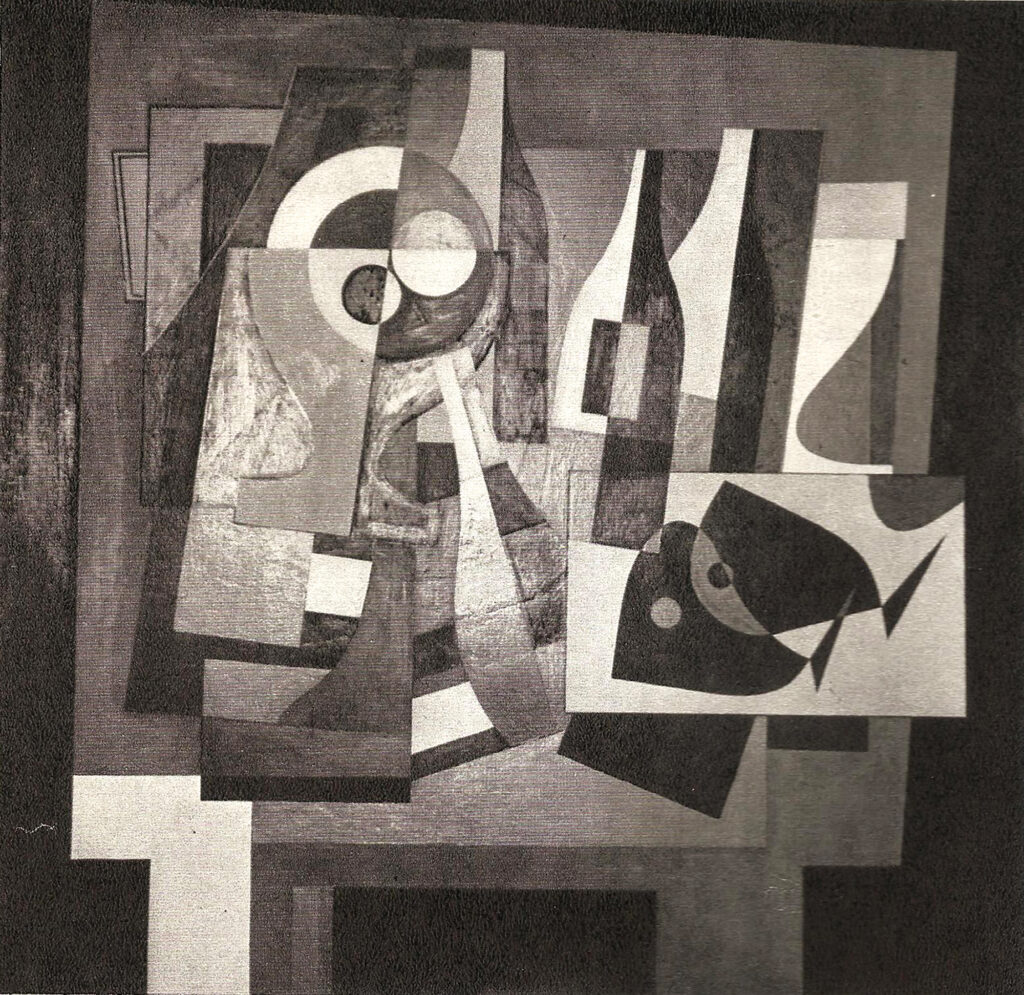
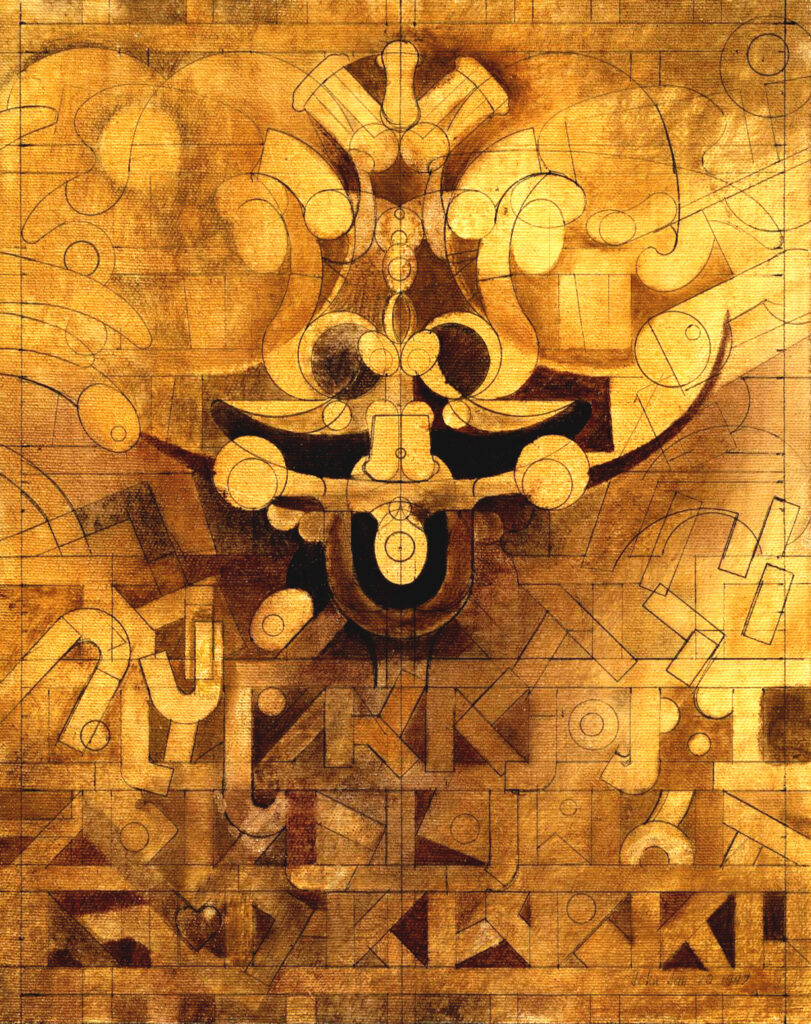
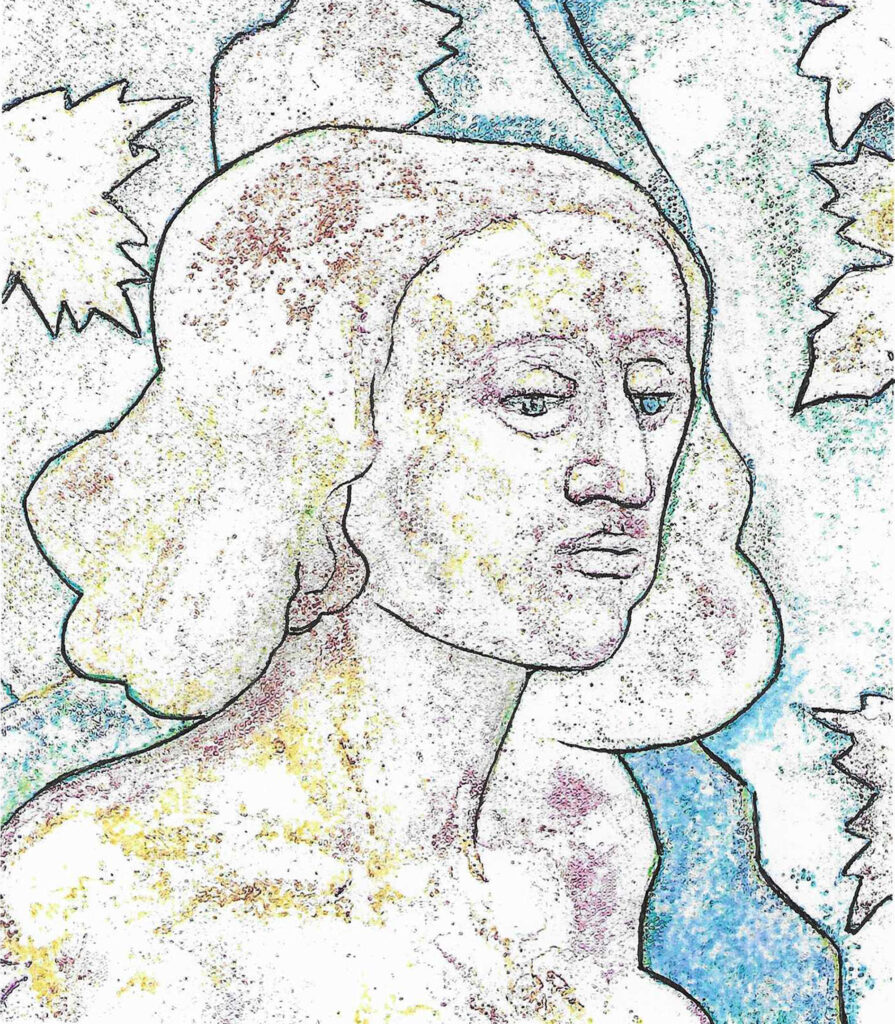
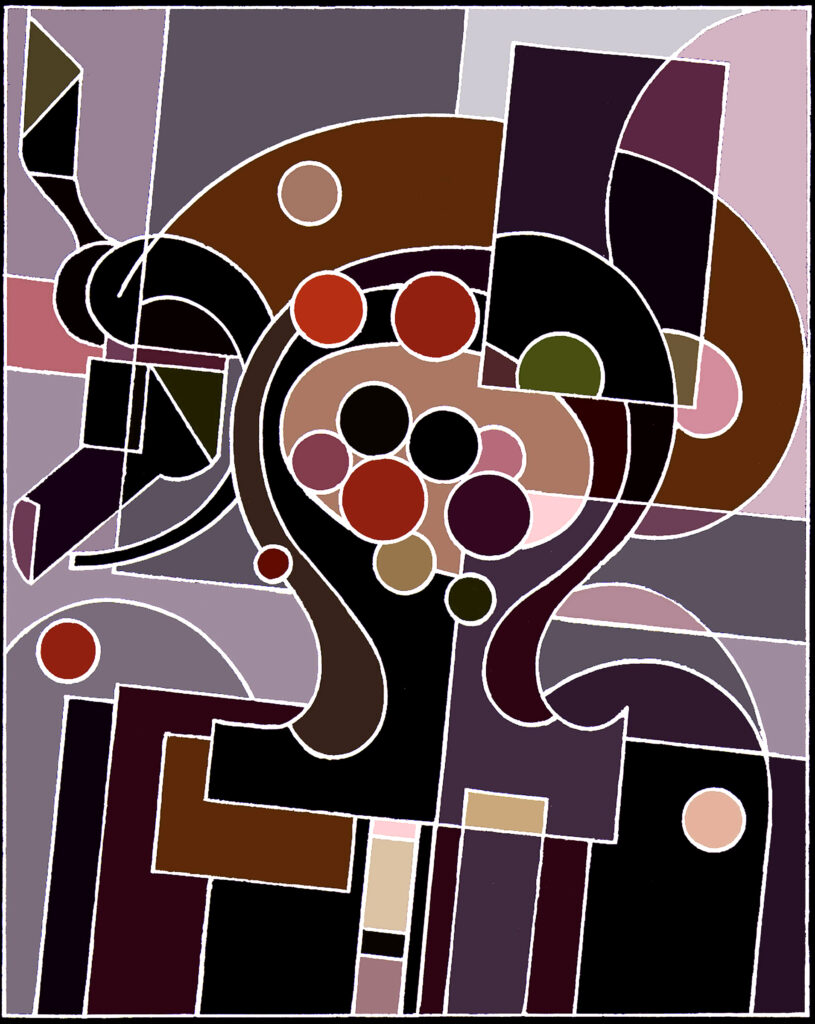
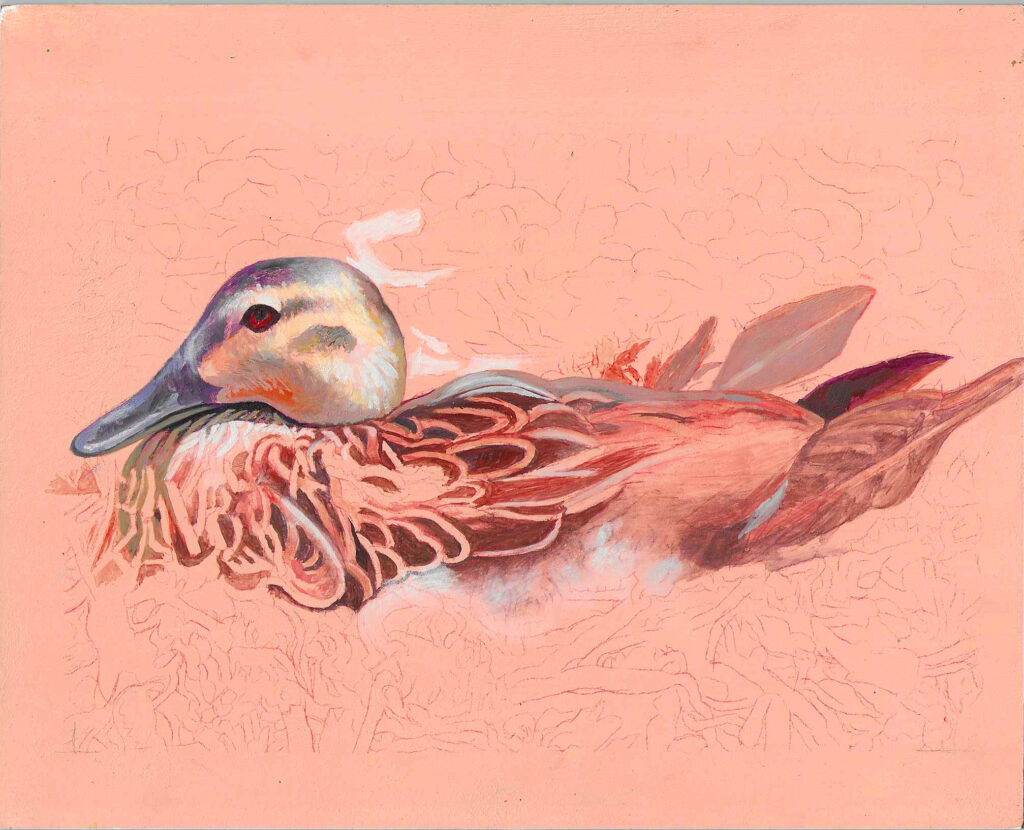
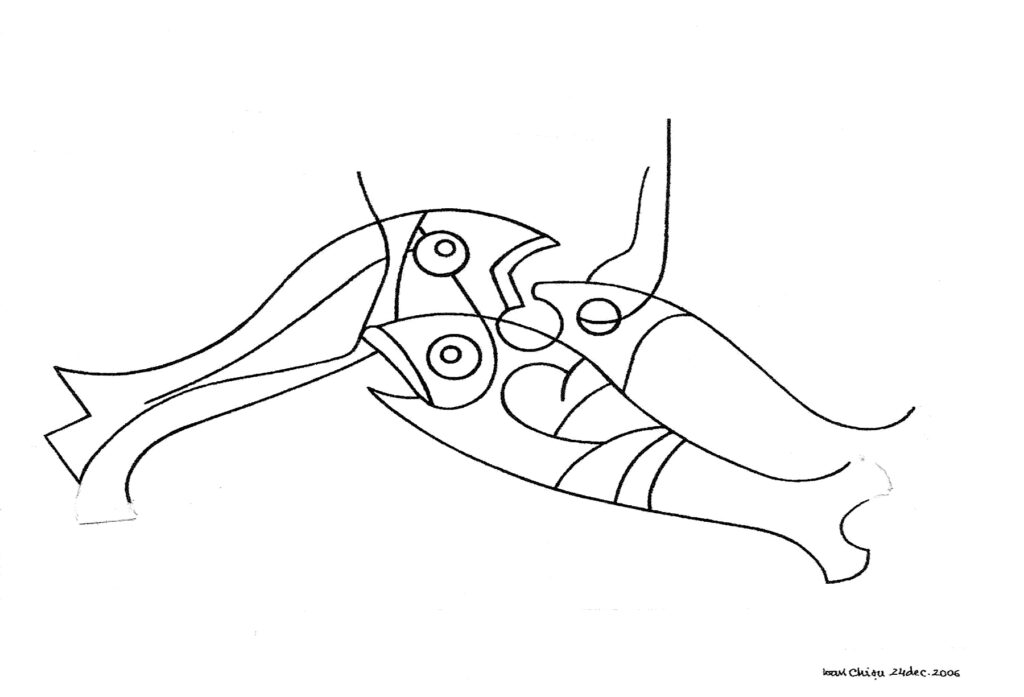
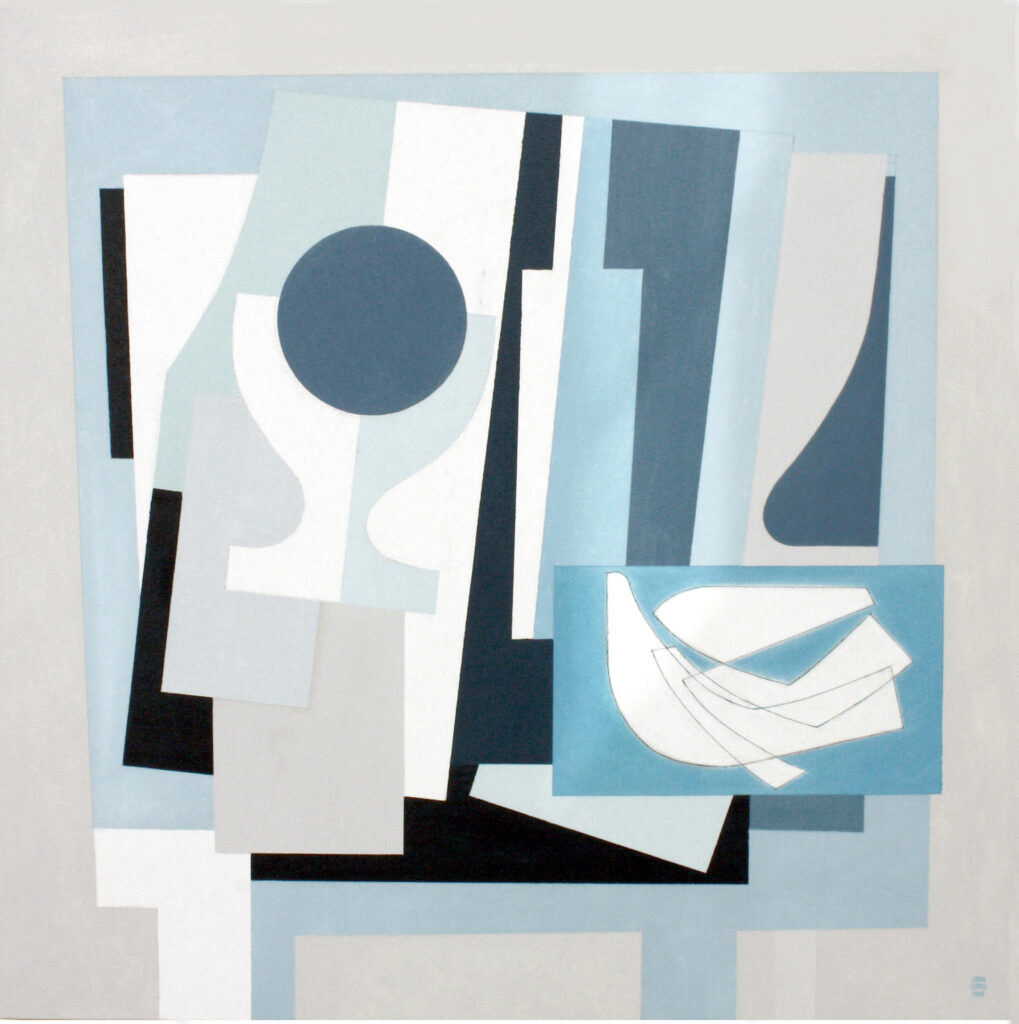
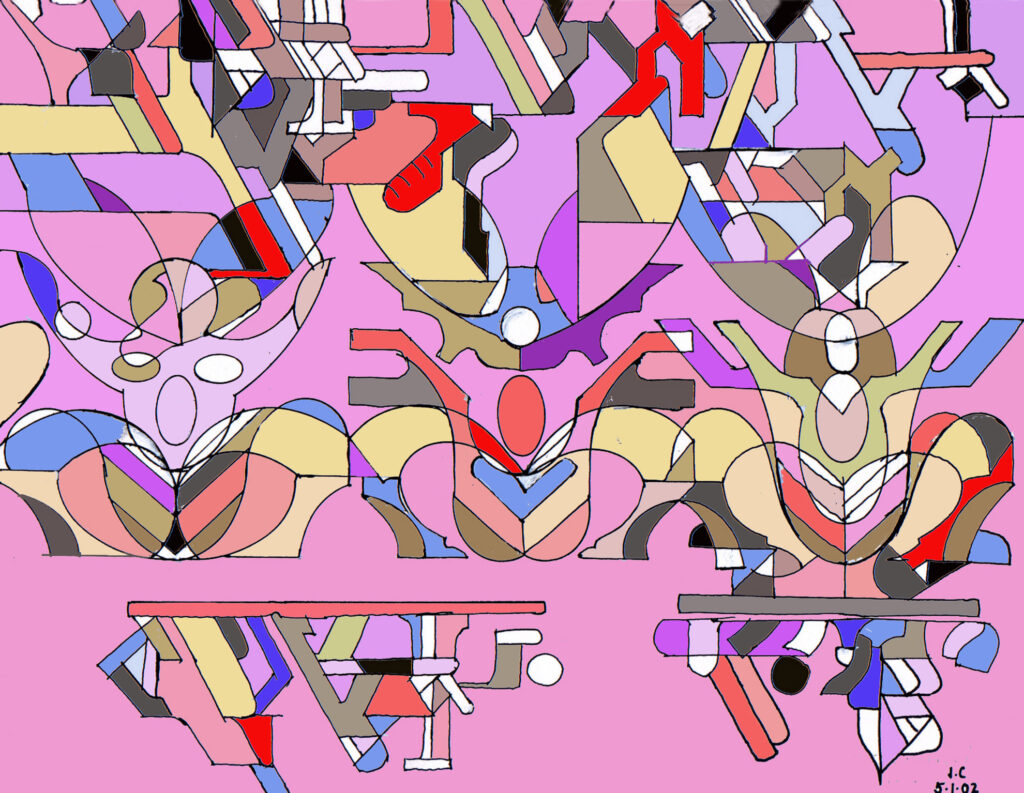
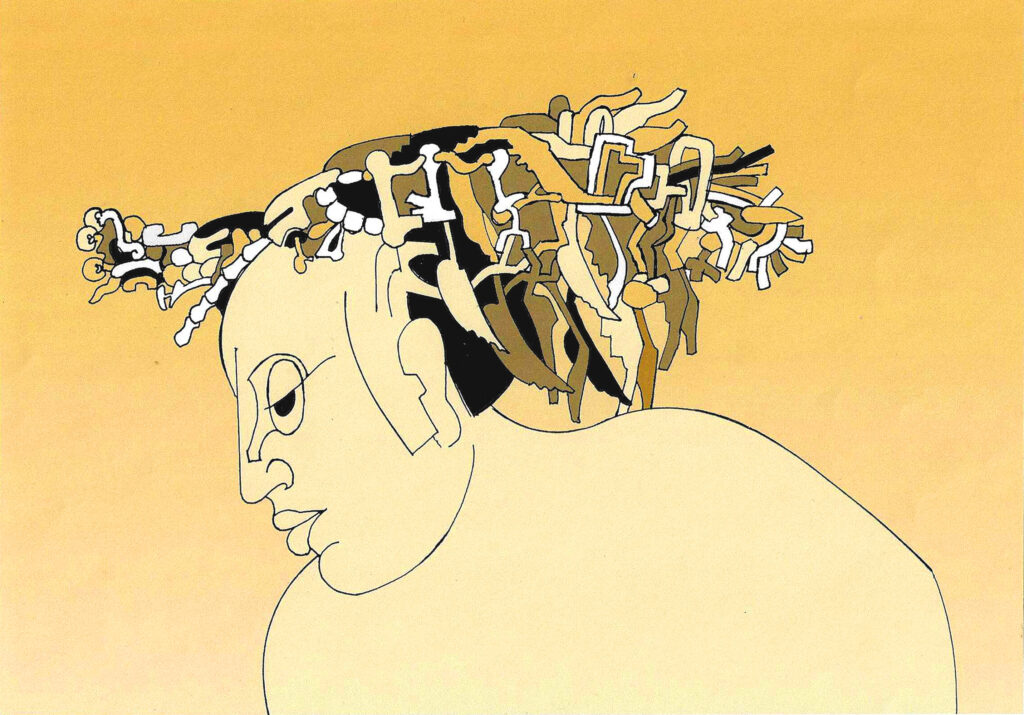
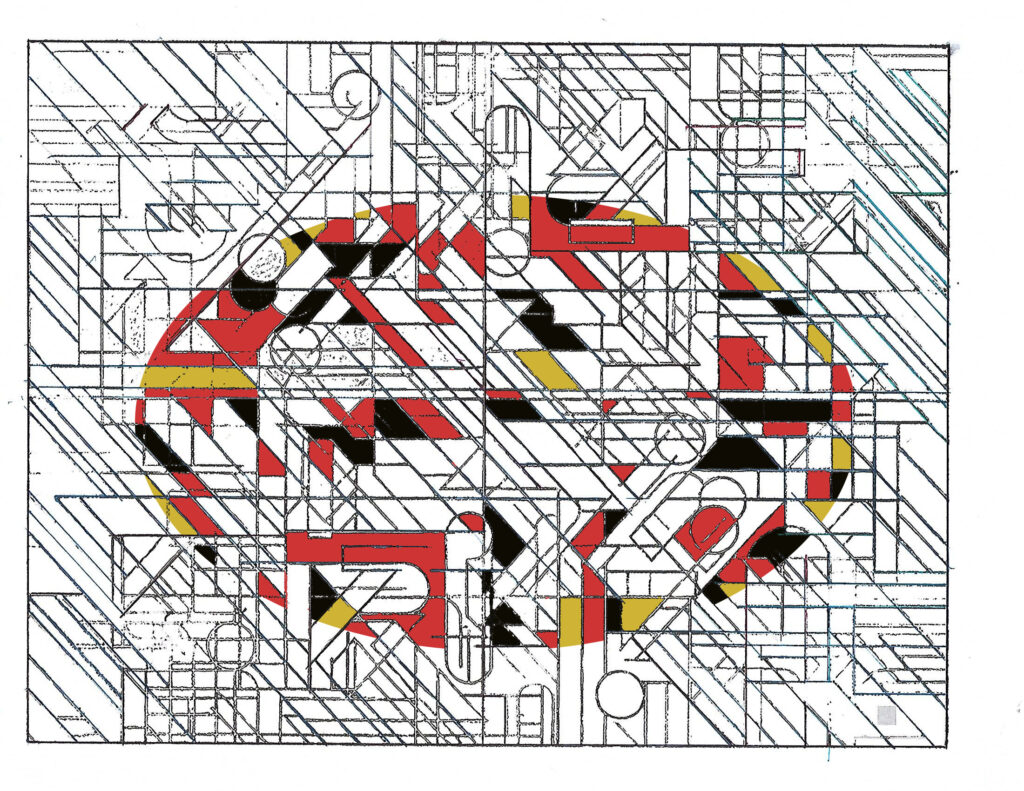
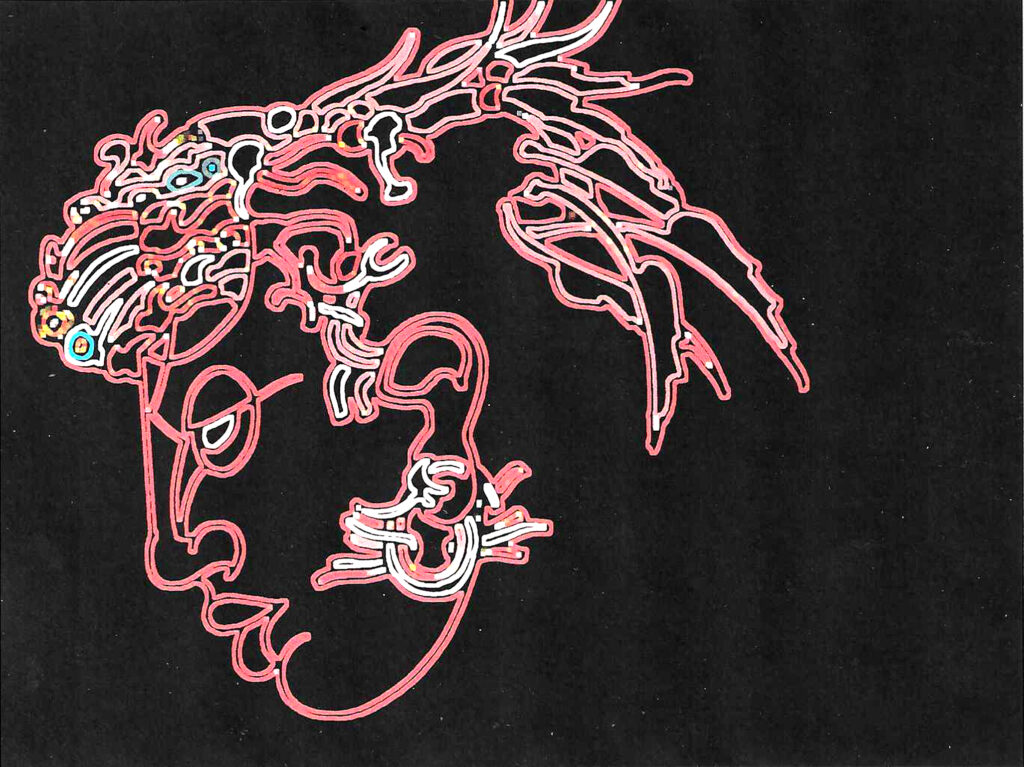
In a way, a work of art never ends because it contains within itself a germ of creative meditation that prompts the artist to a new experience.
Always caught between alternatives from which he must choose one, he resorts to variations on the same theme. Thus, Chisu shows that a work of art can be done differently. It’s a clear confirmation of the fact that there are many ways to approach art and that creativity has no limits.
If an experience has its magical element, so do its variations on the same theme.
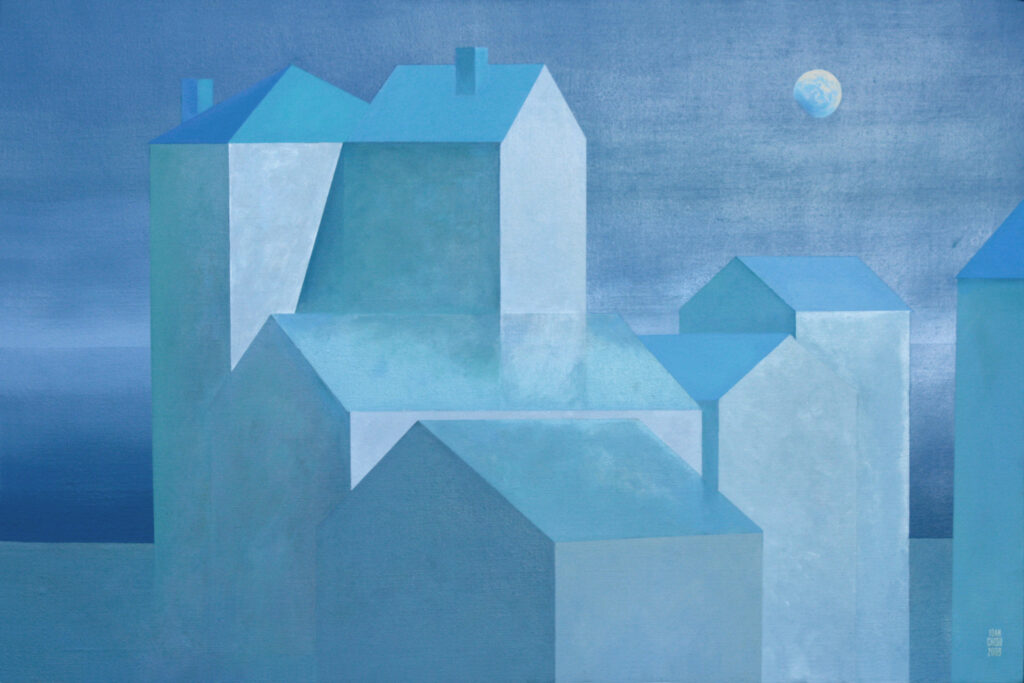
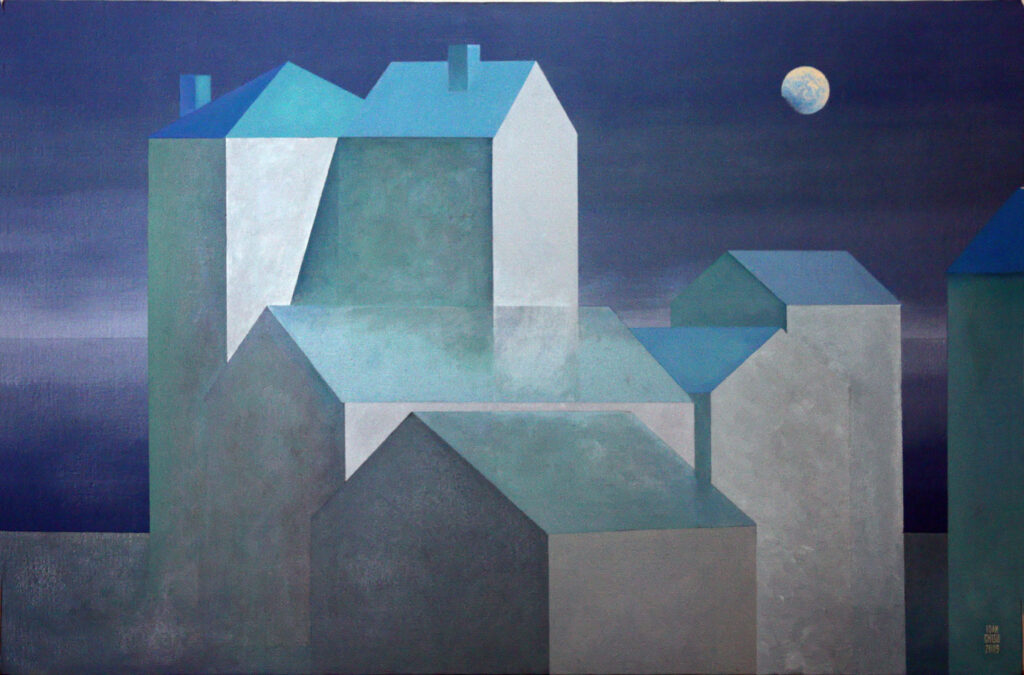
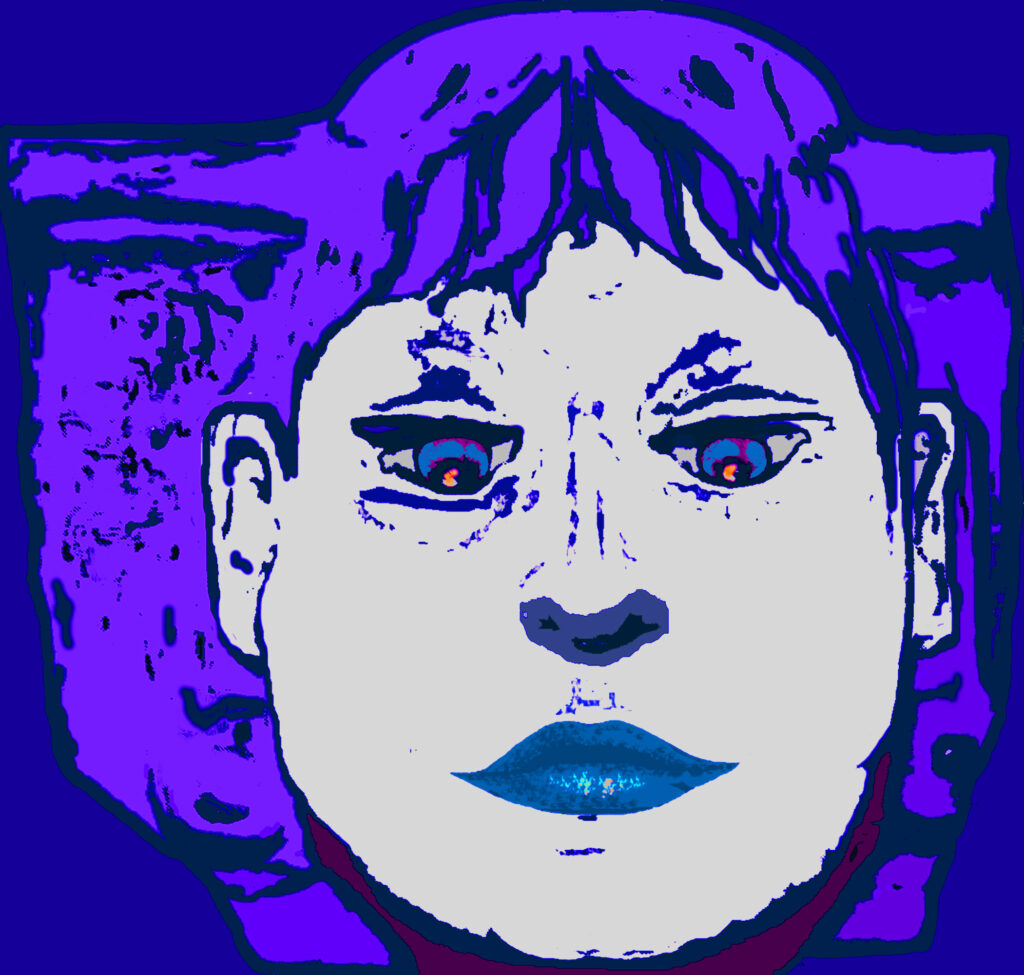
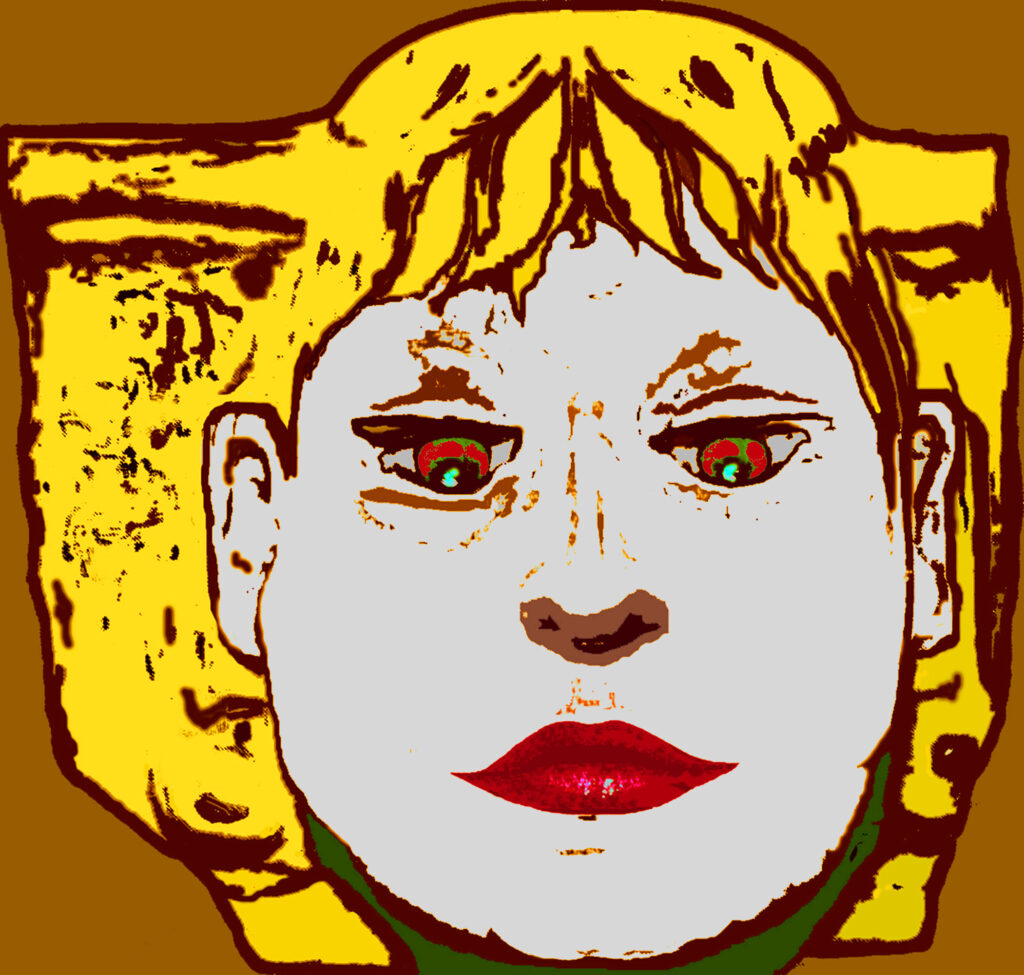
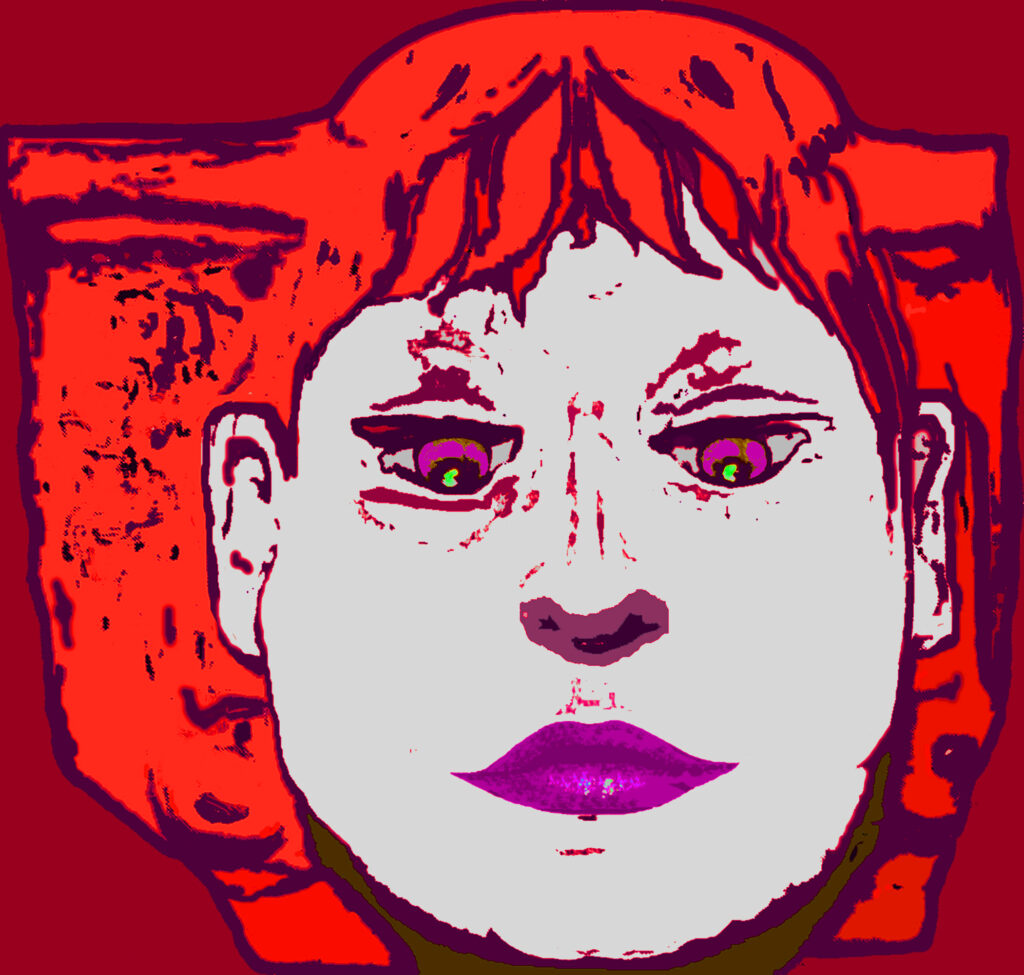
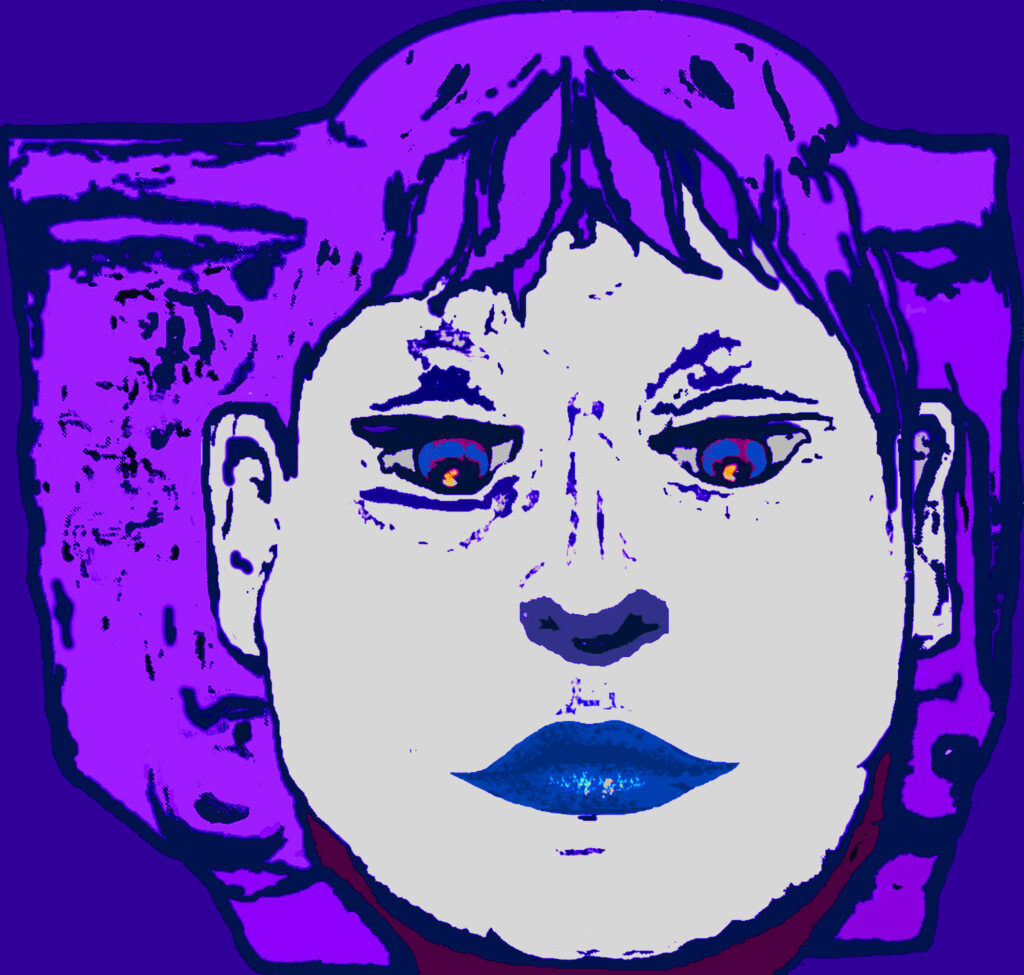
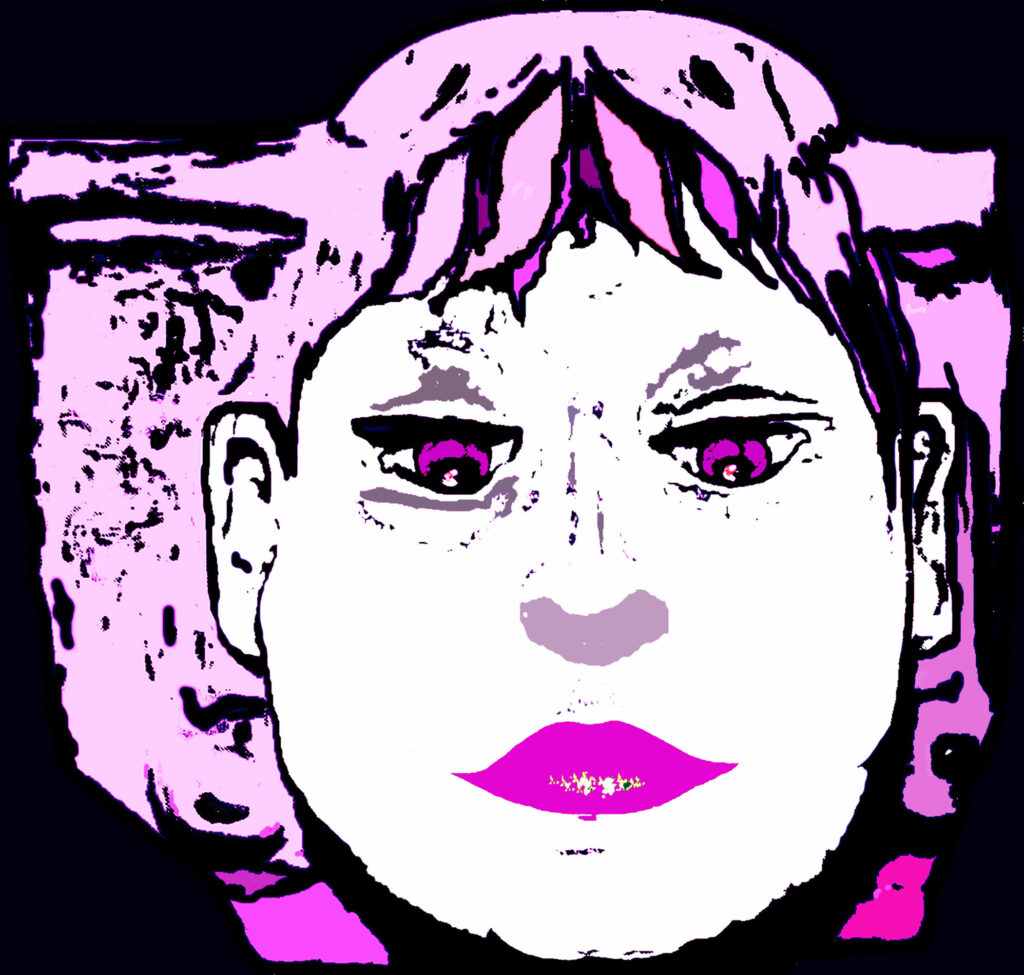

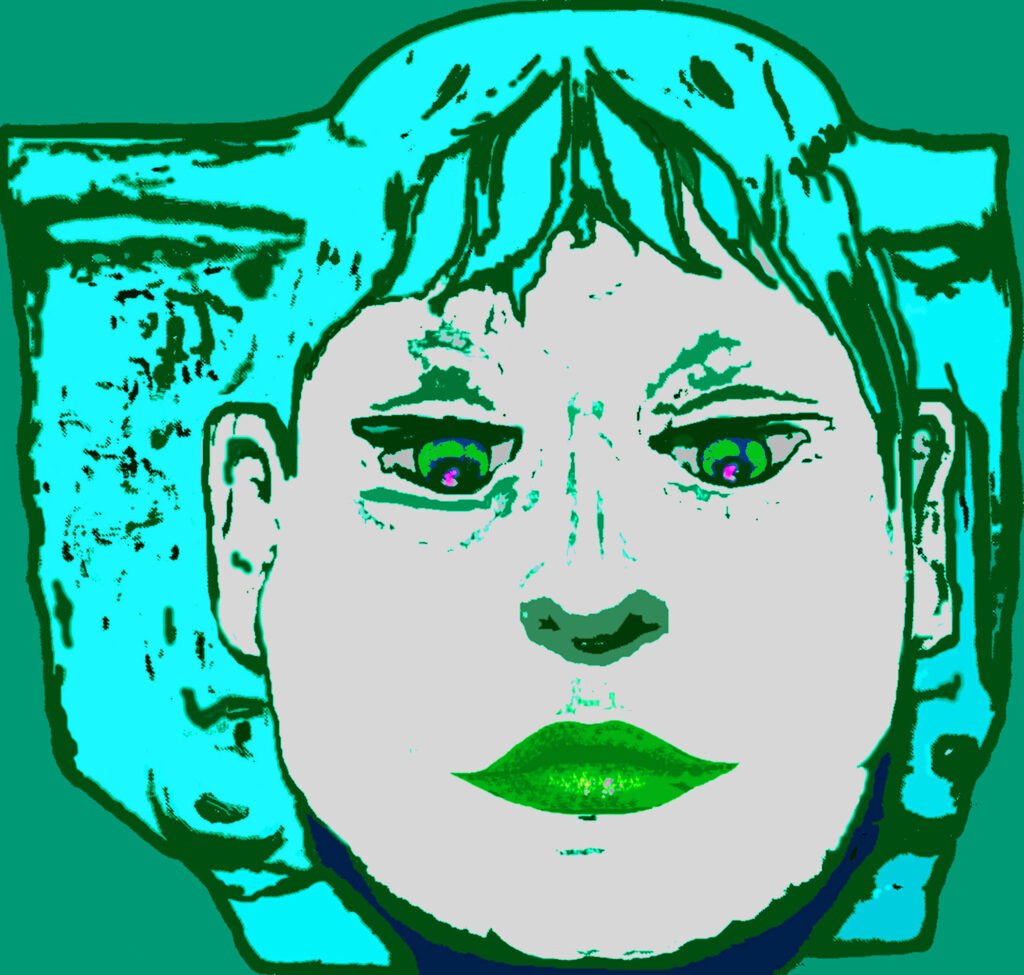
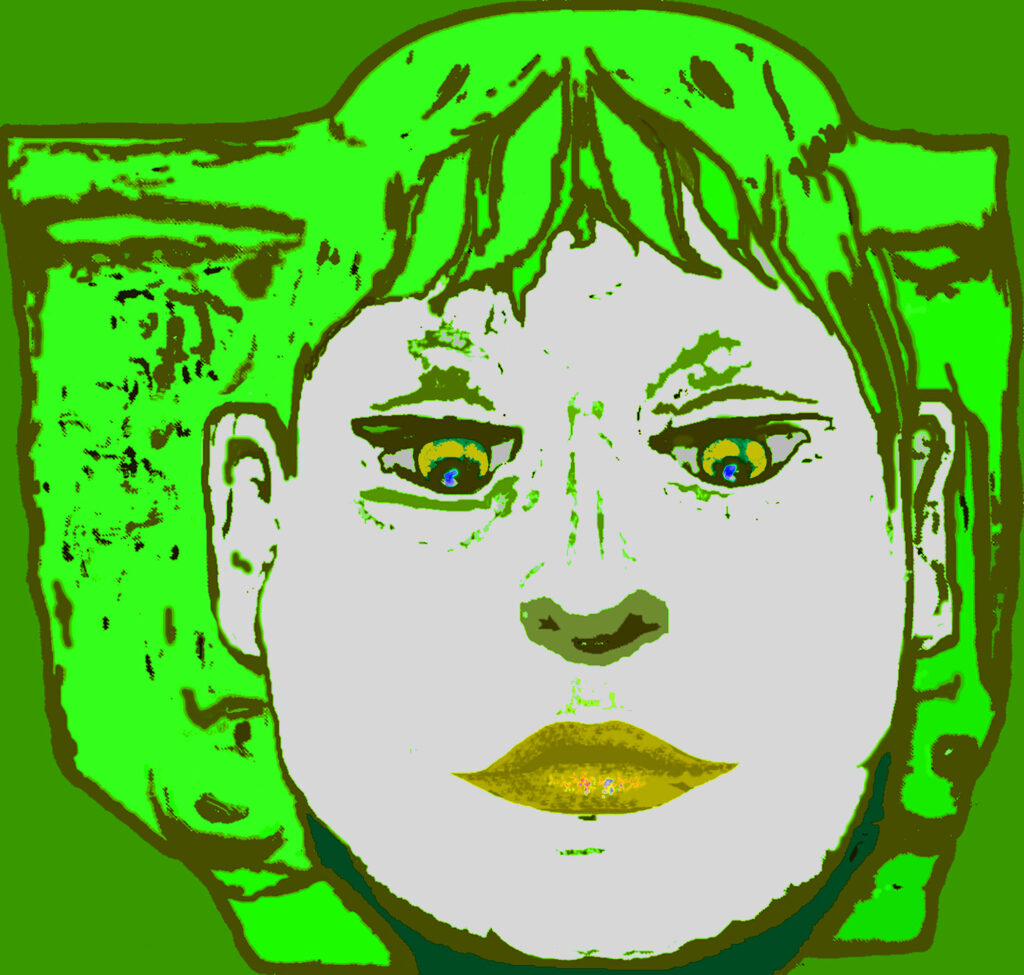
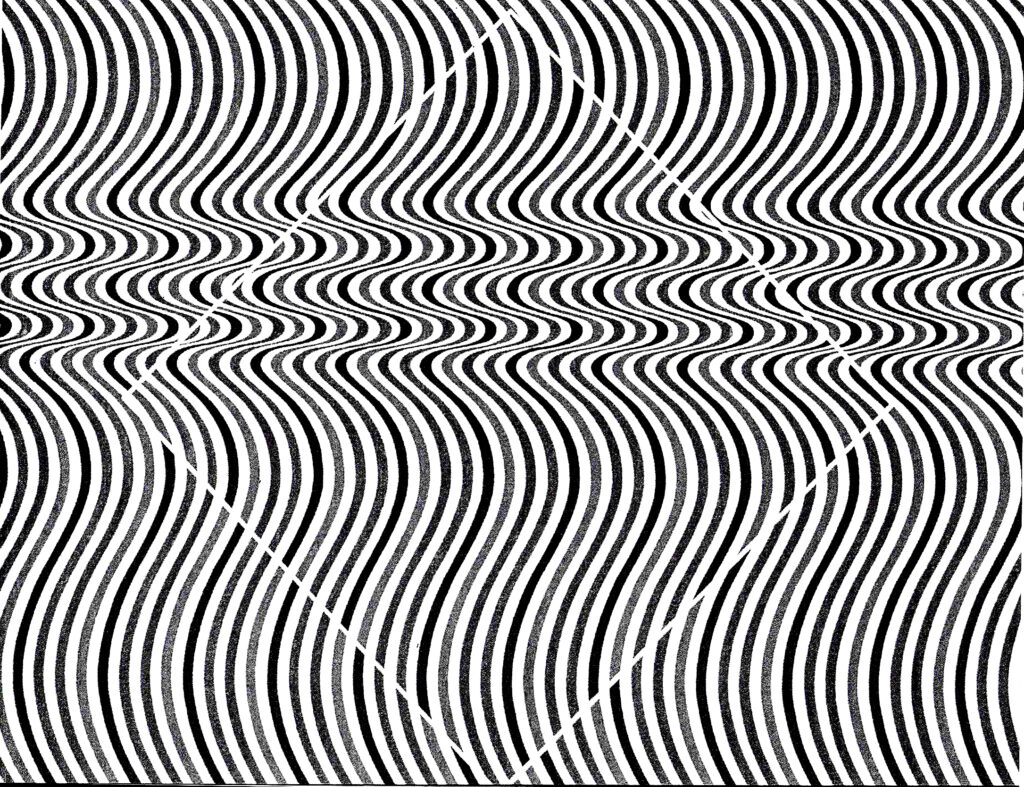
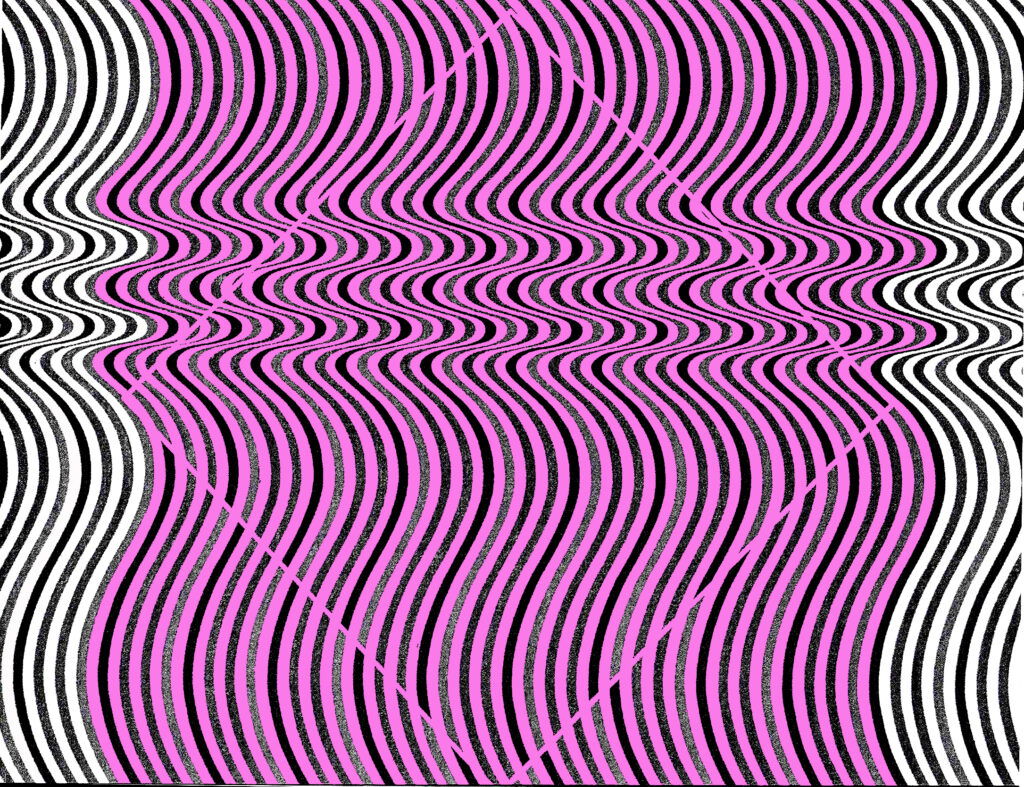
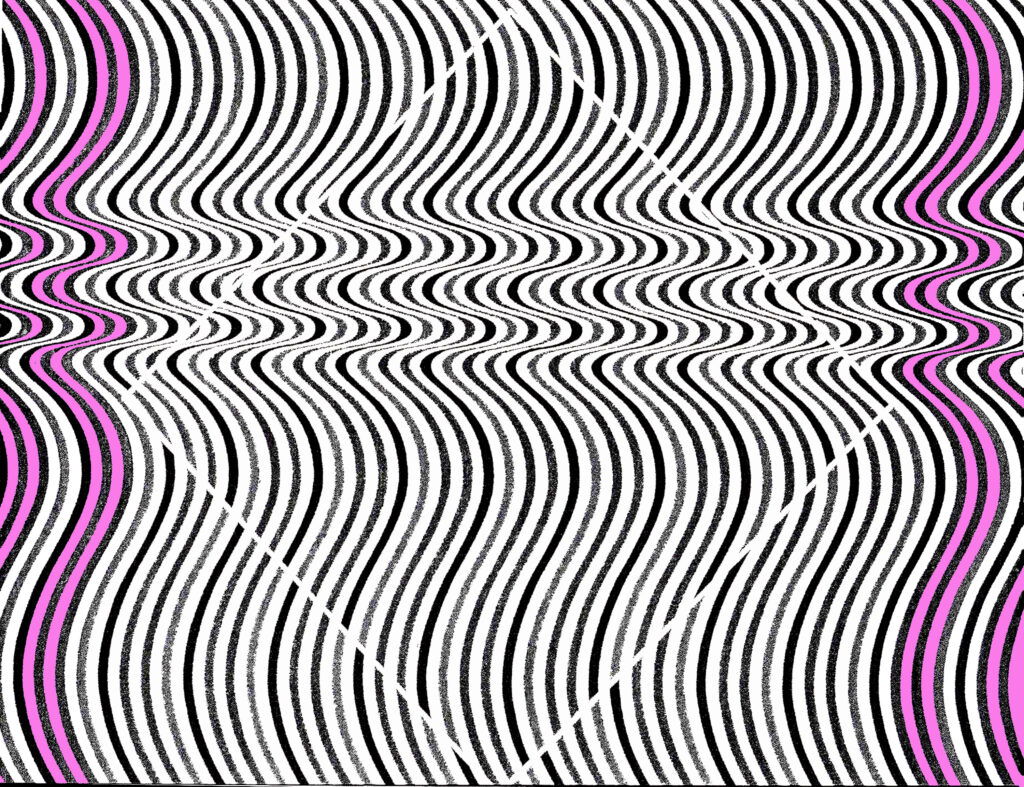
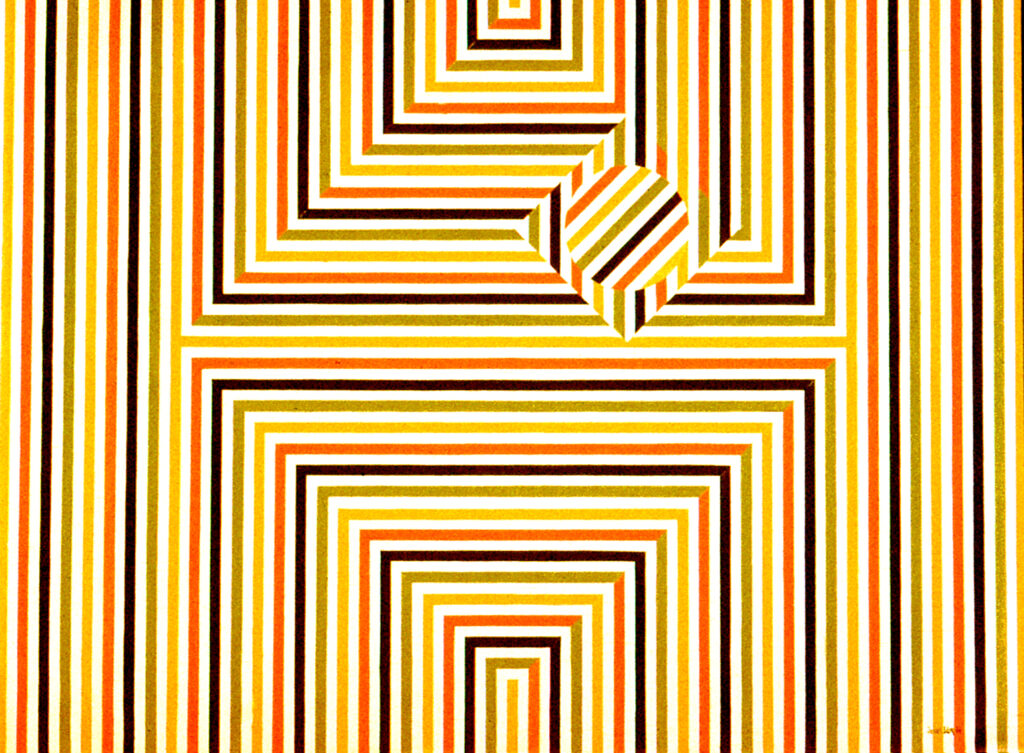
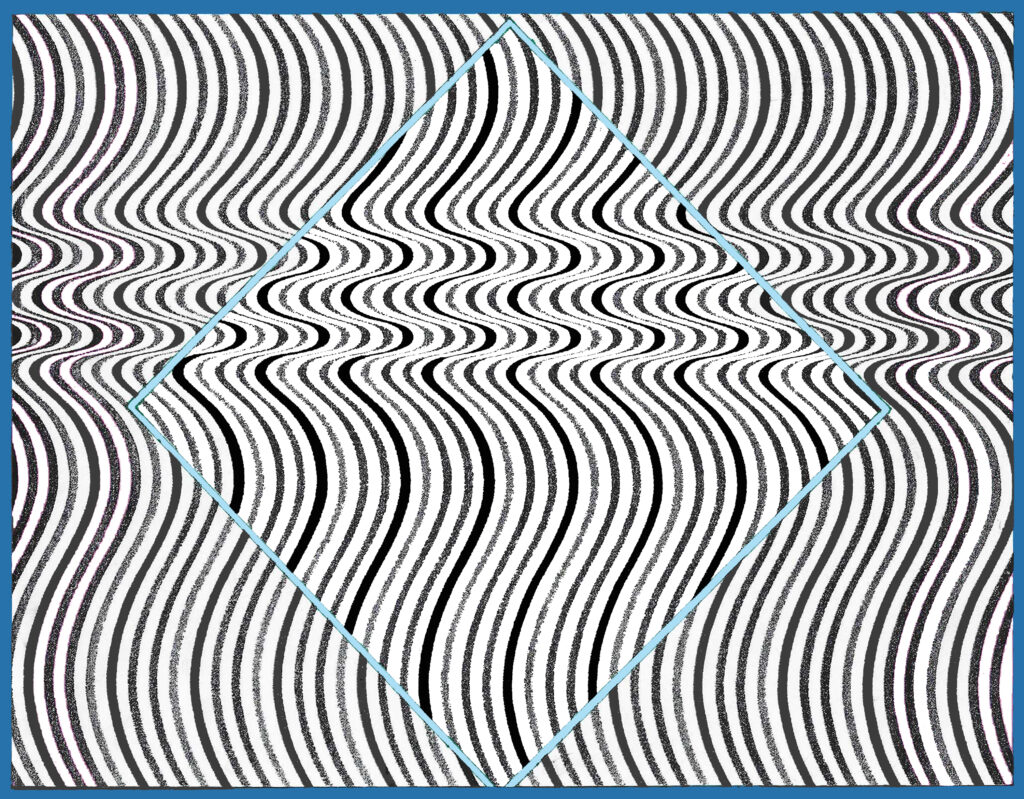
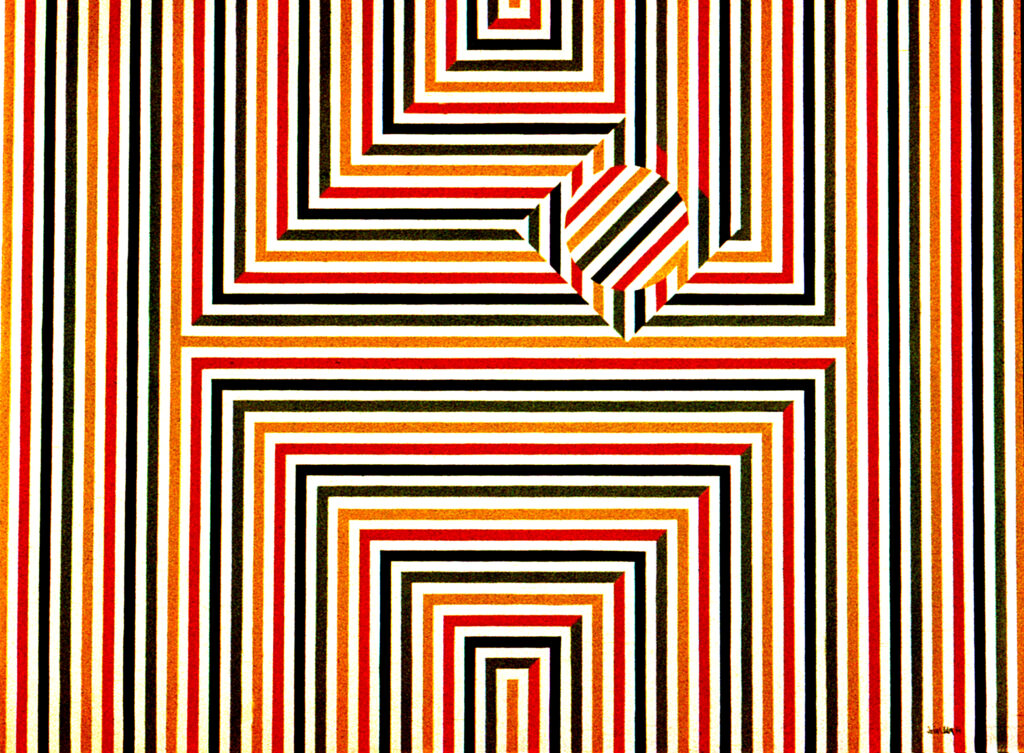
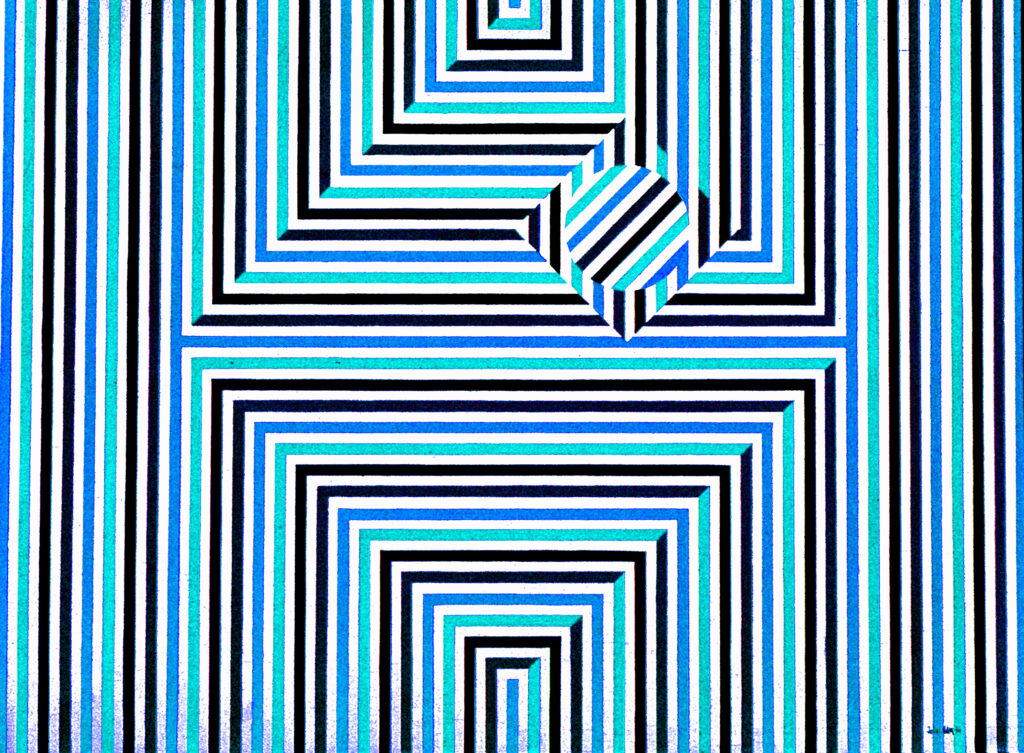
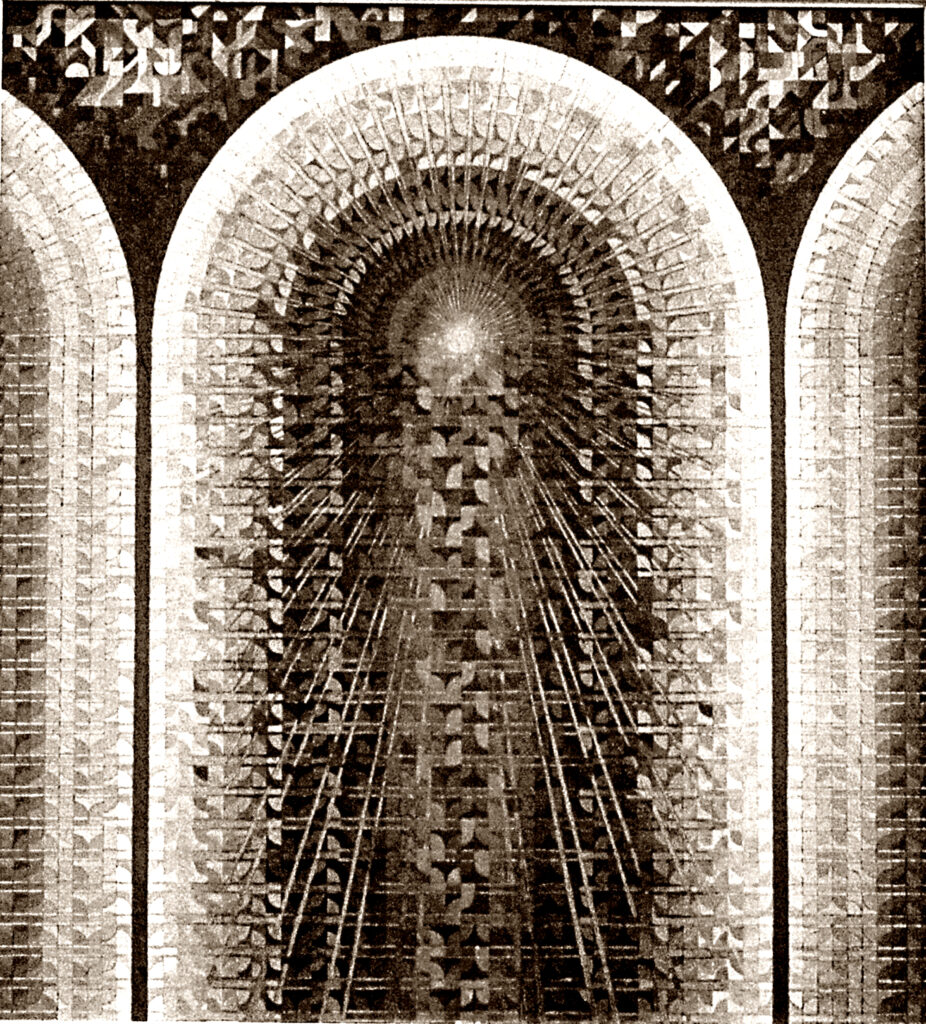
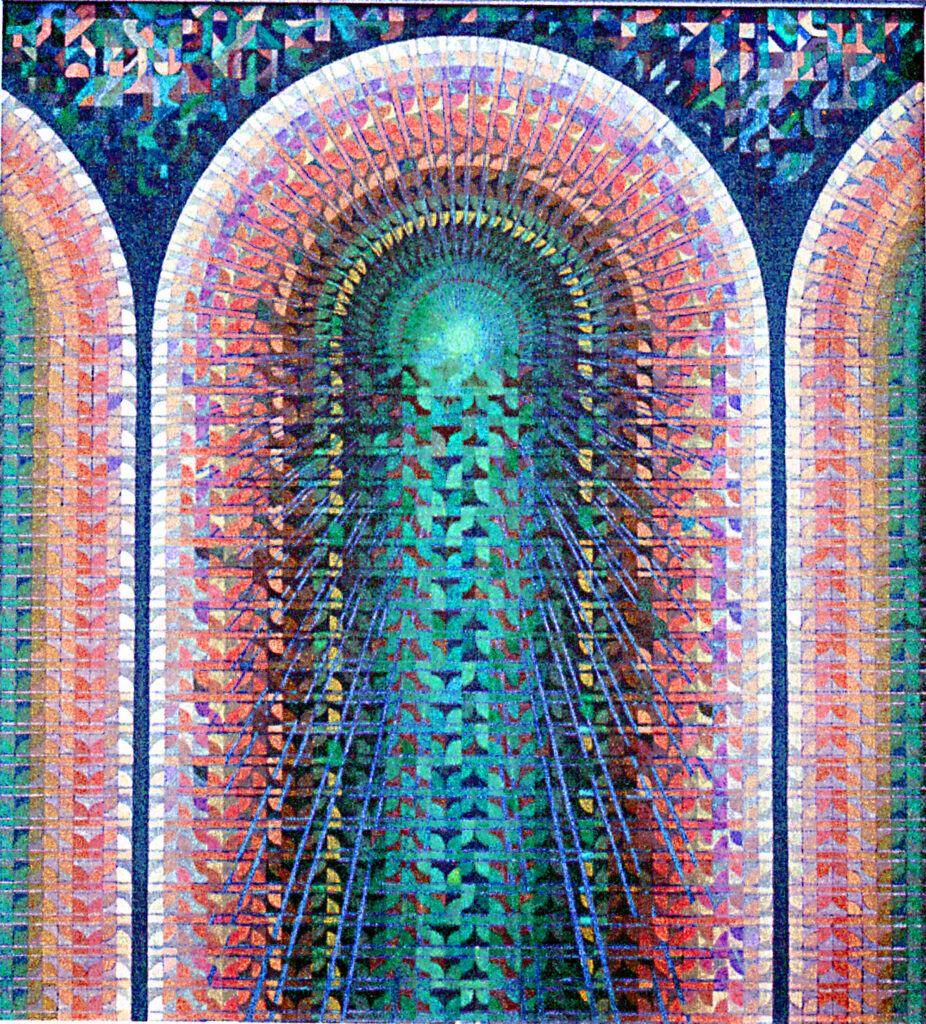
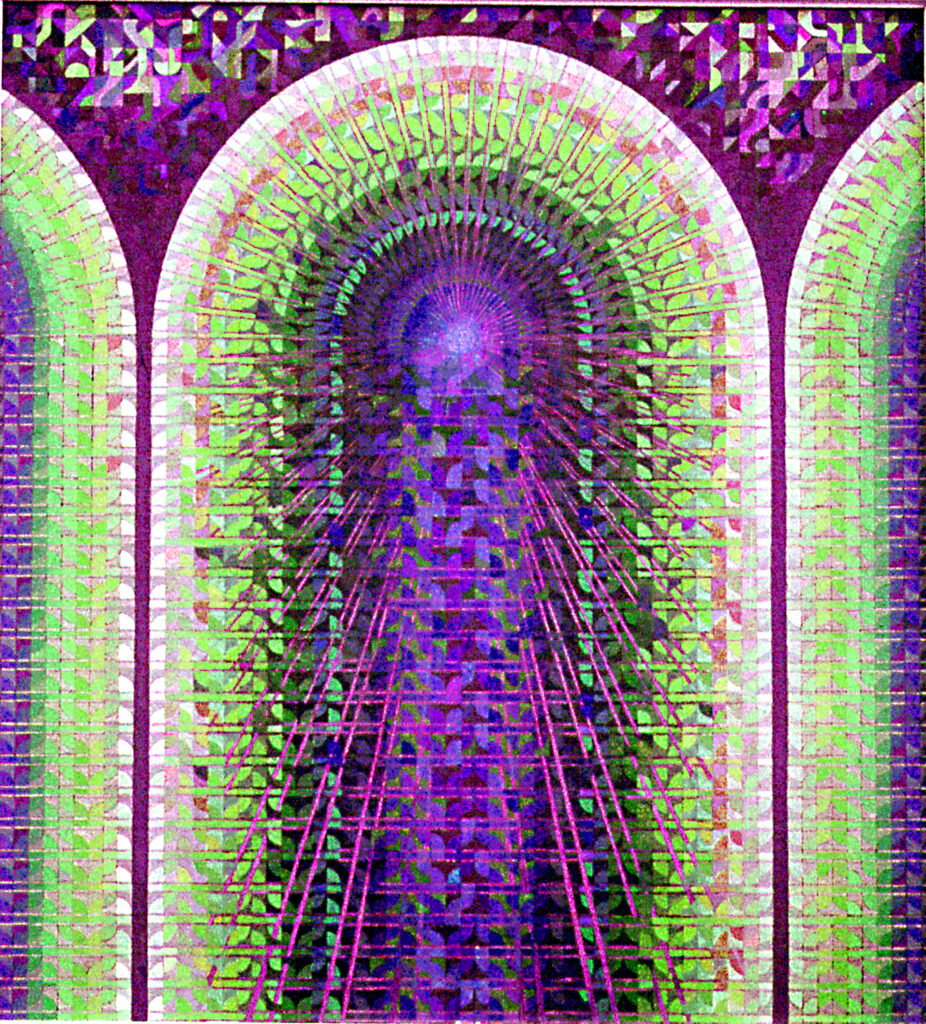
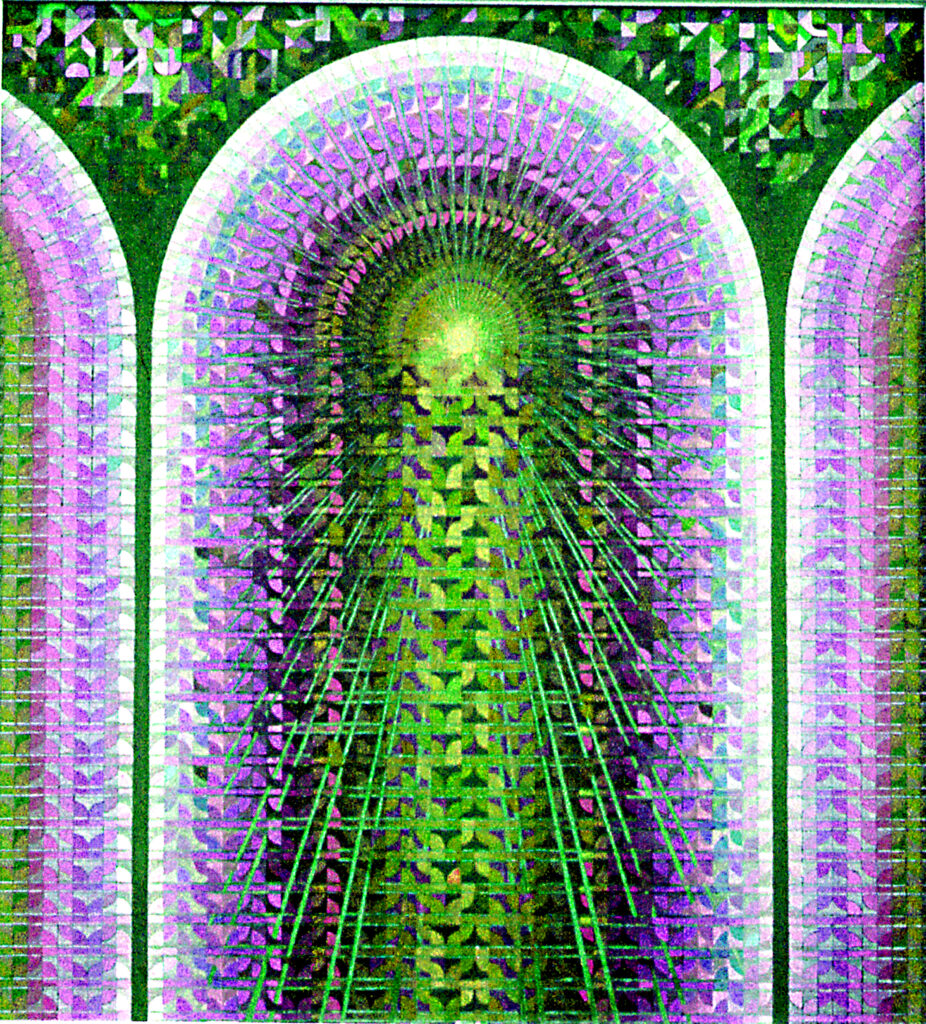
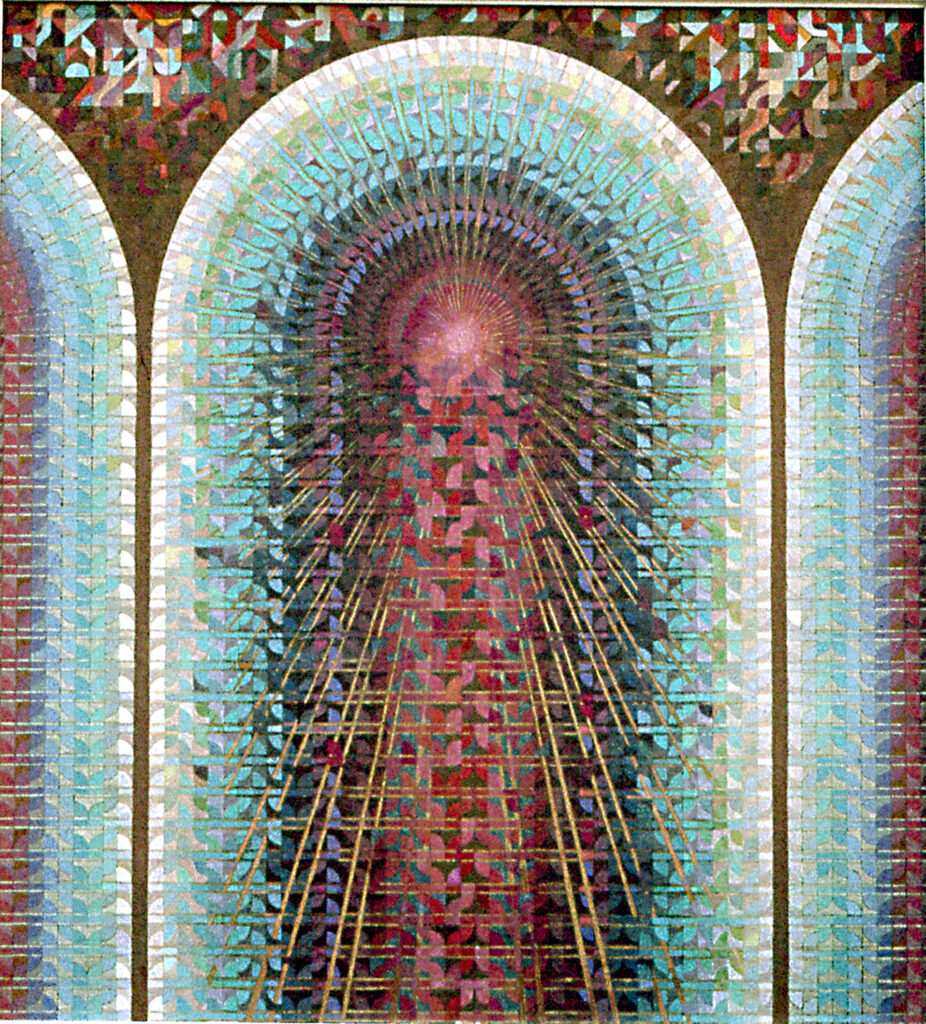
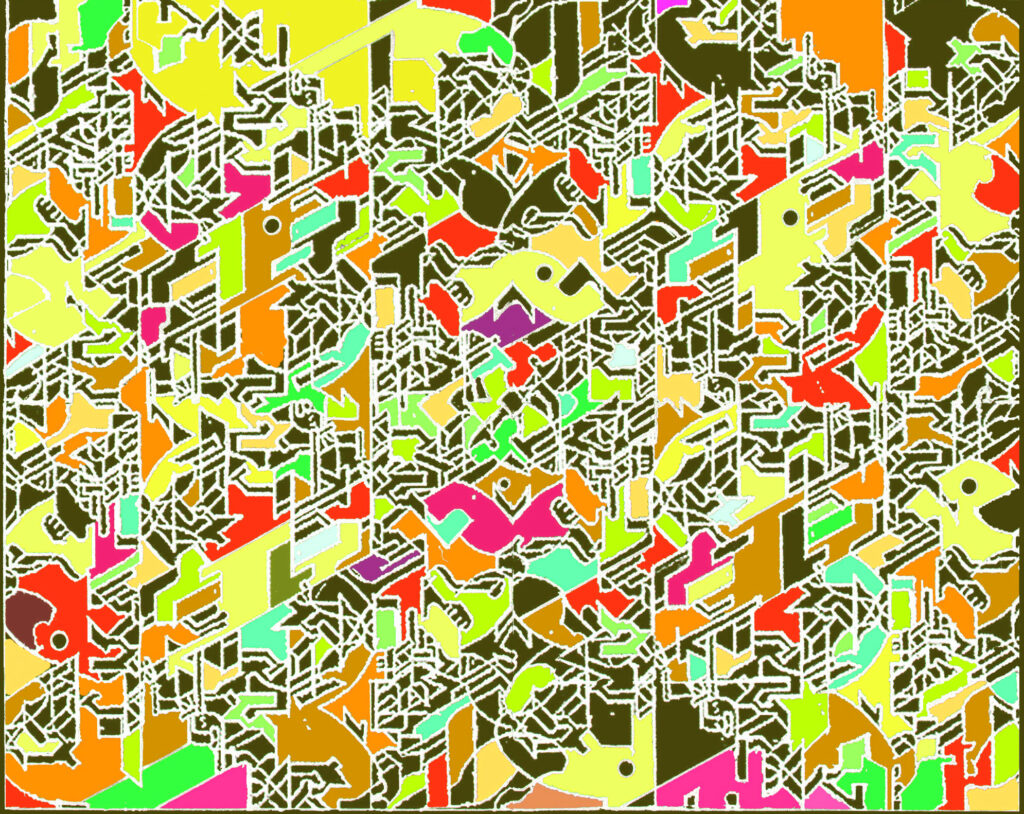
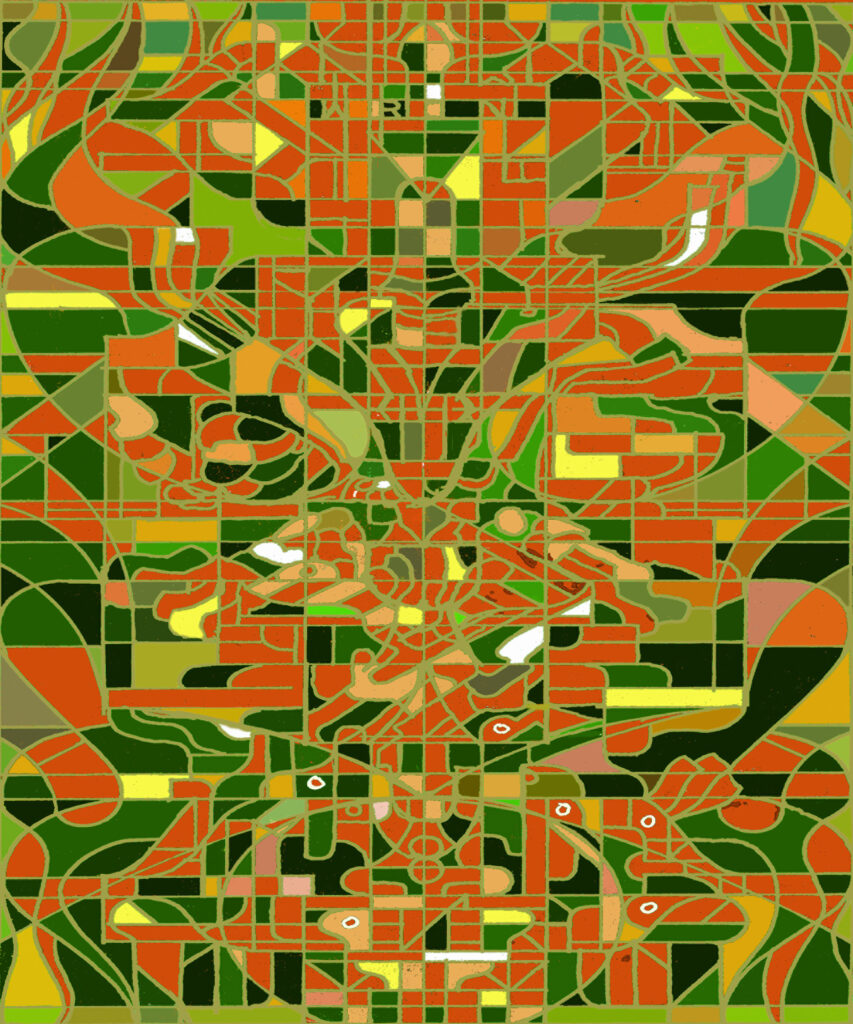
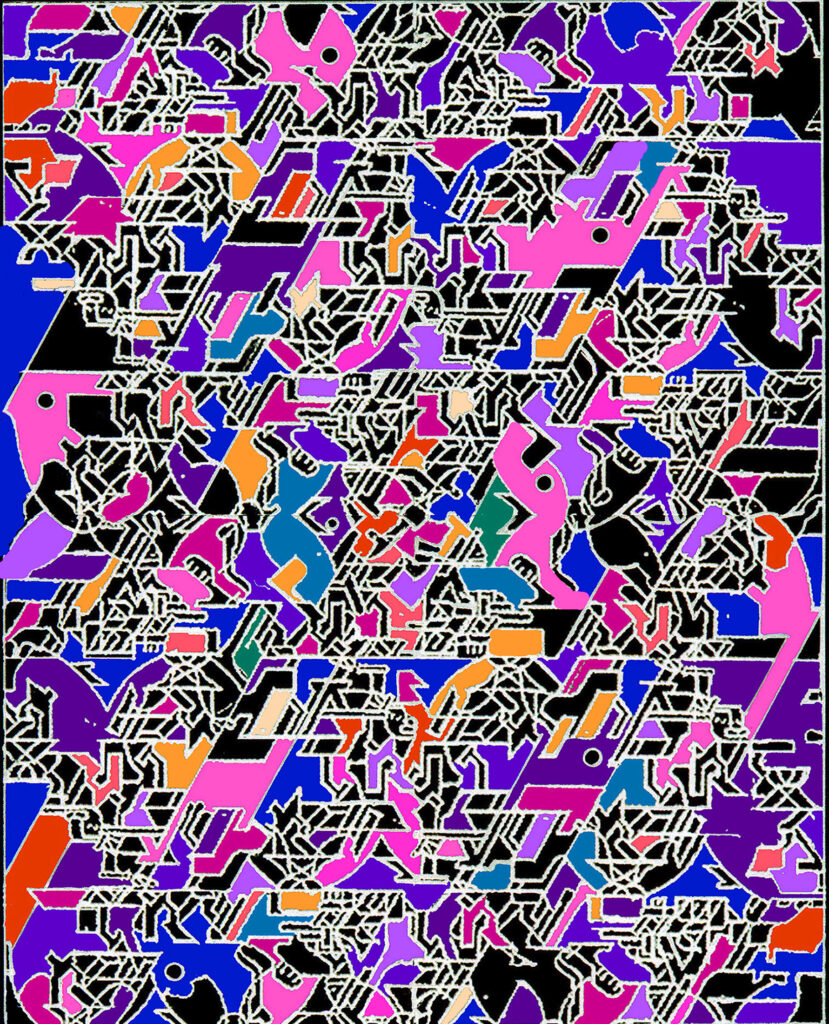
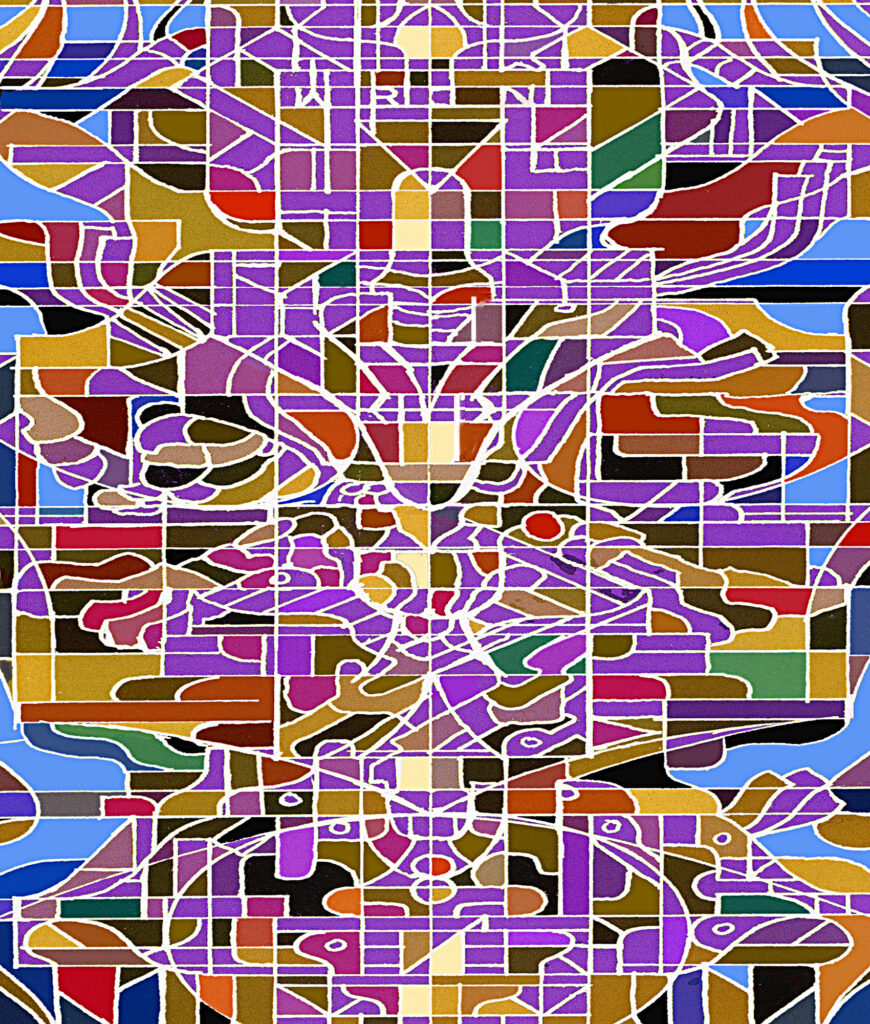
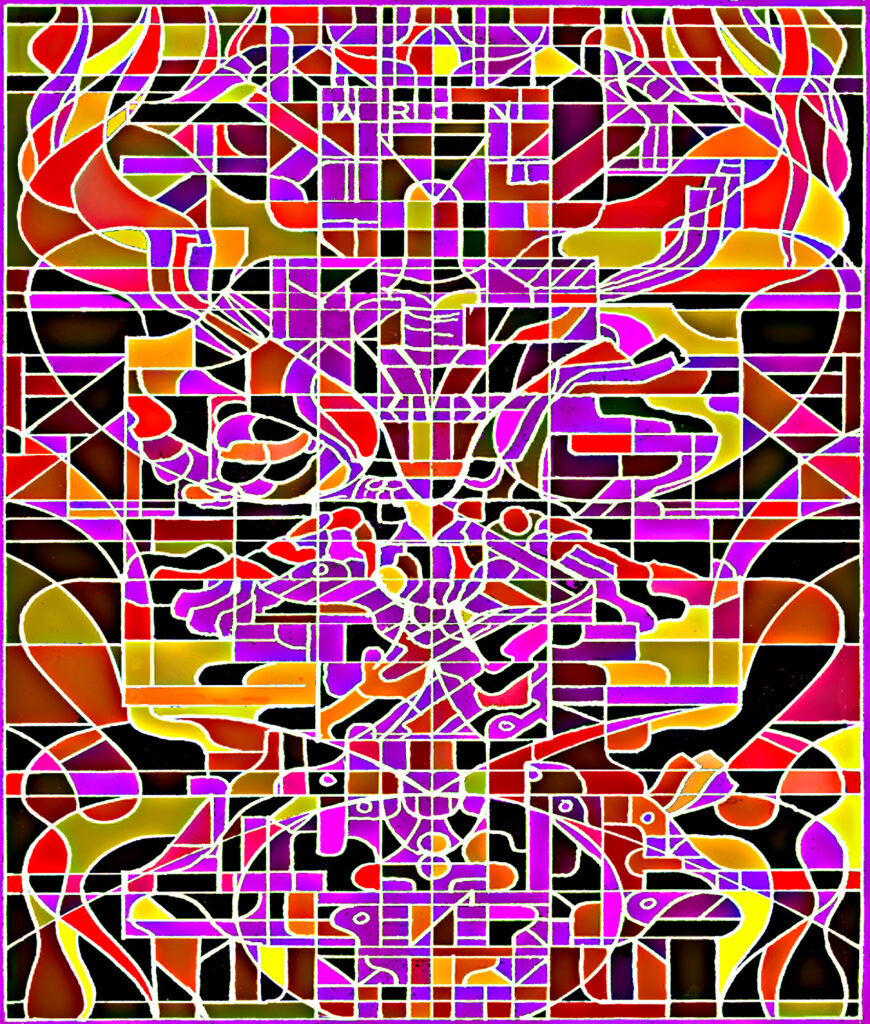
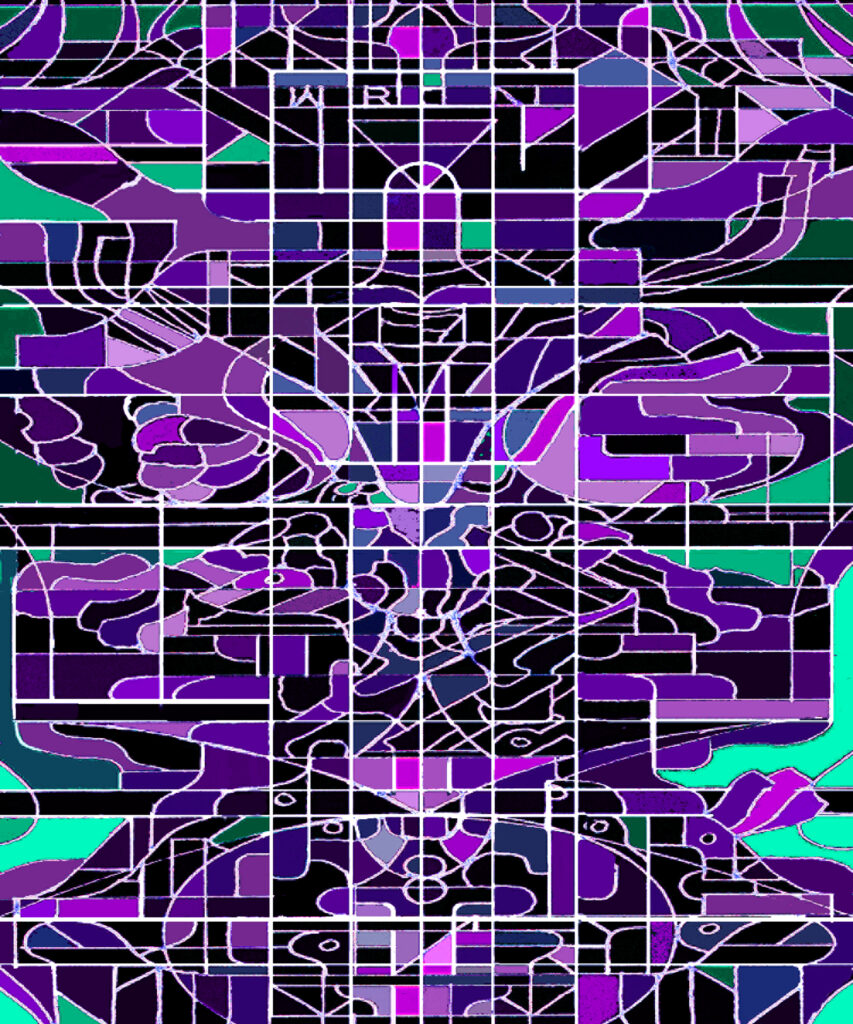
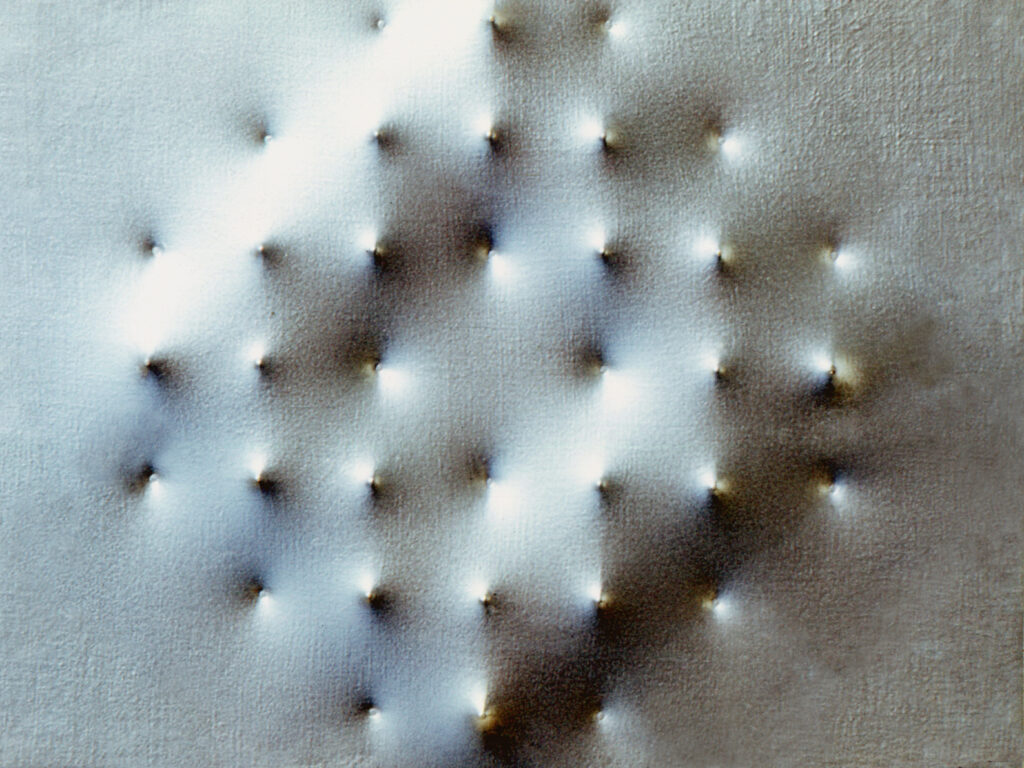
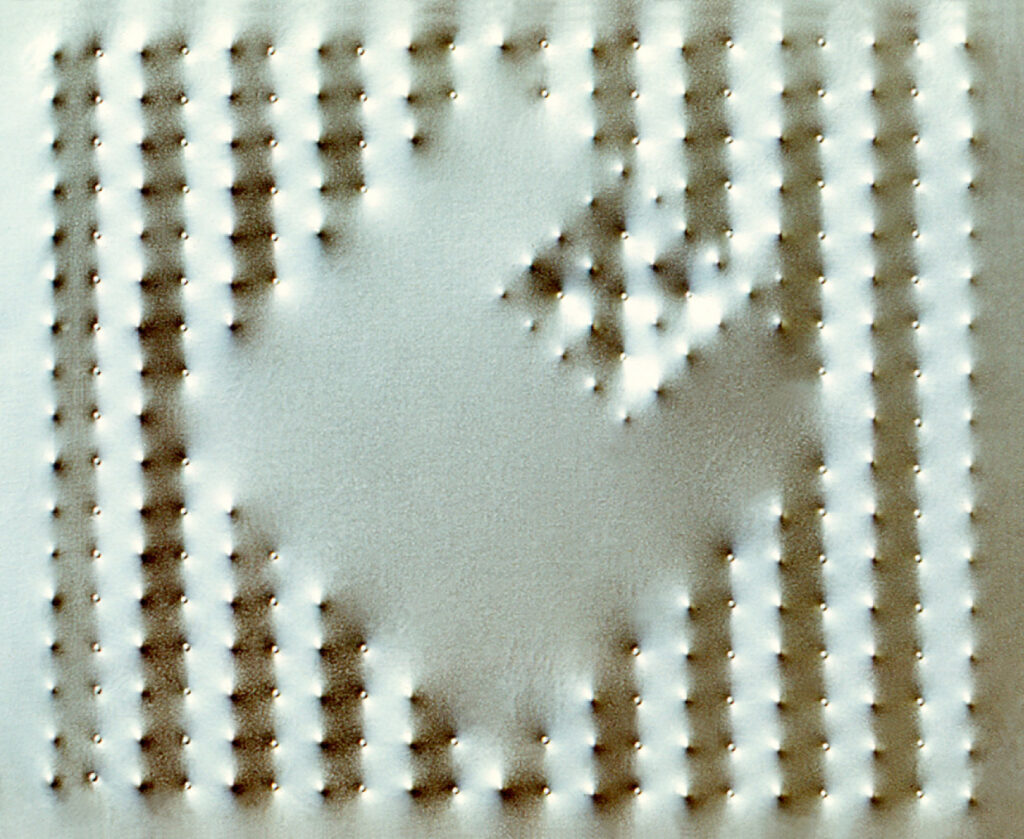
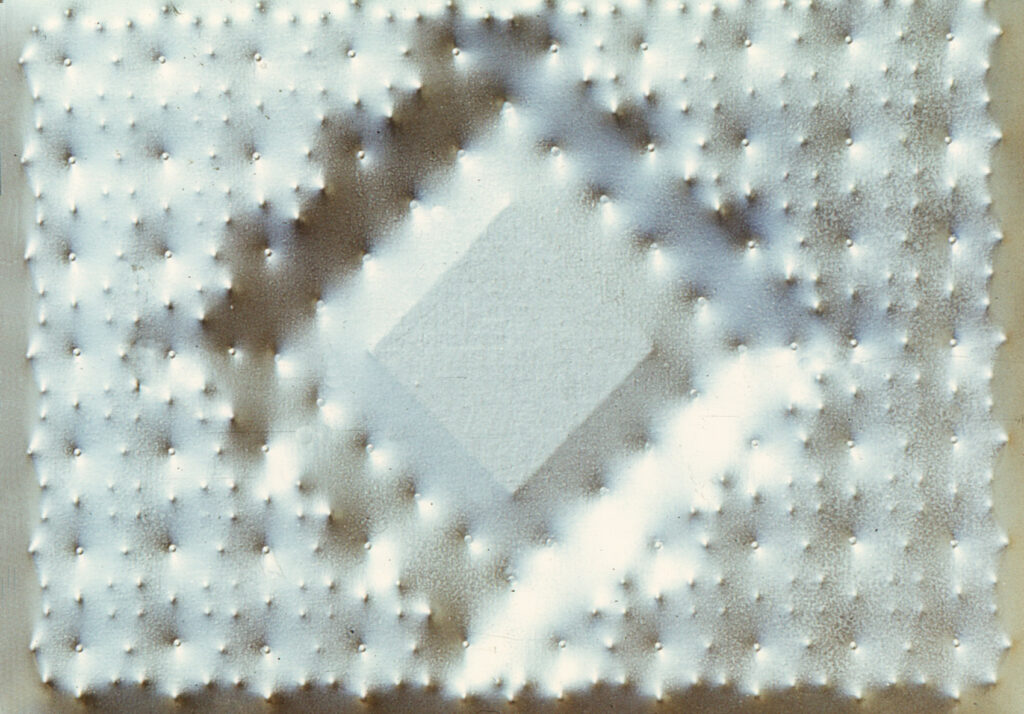
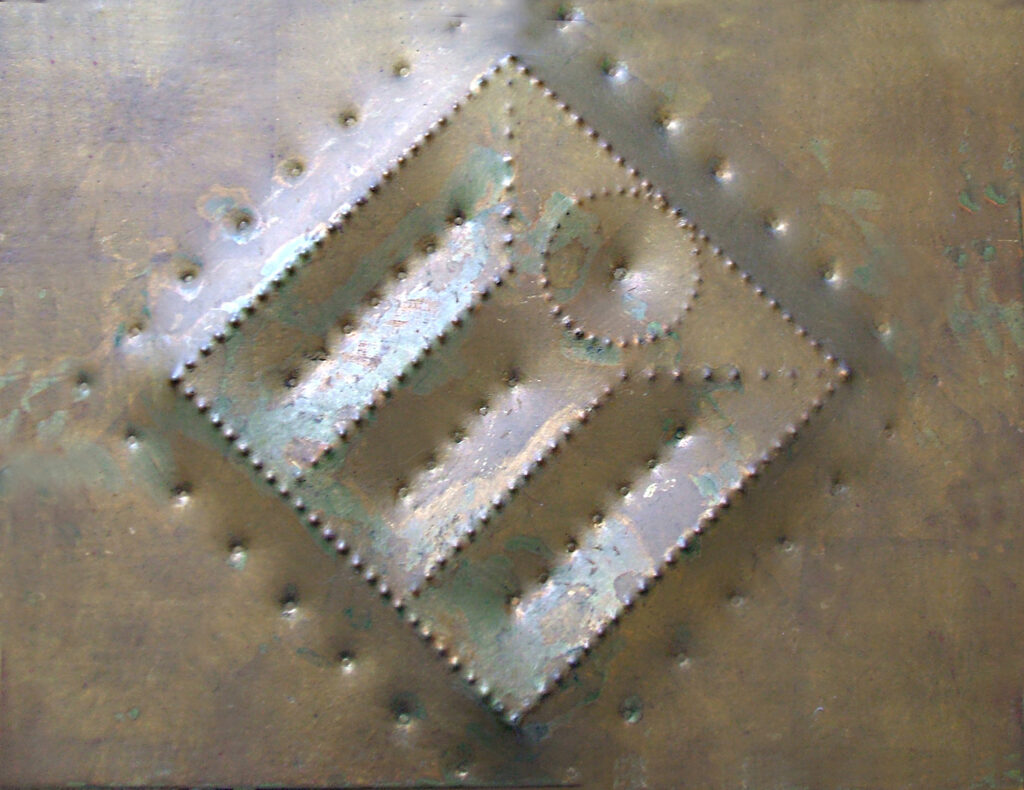
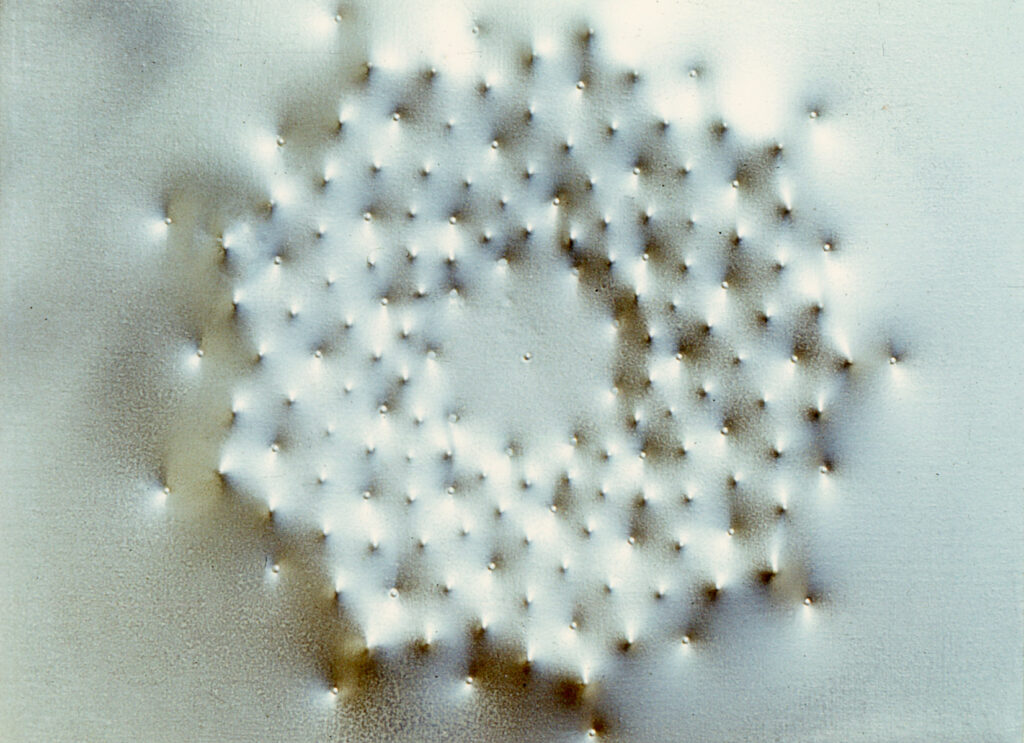
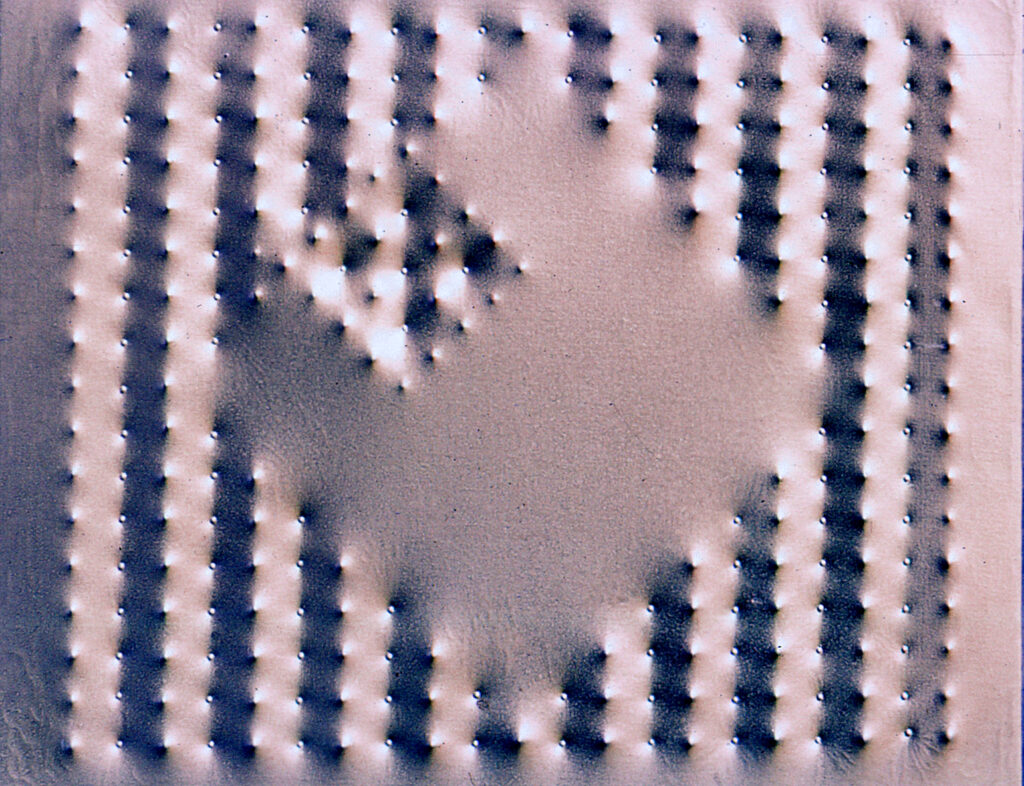
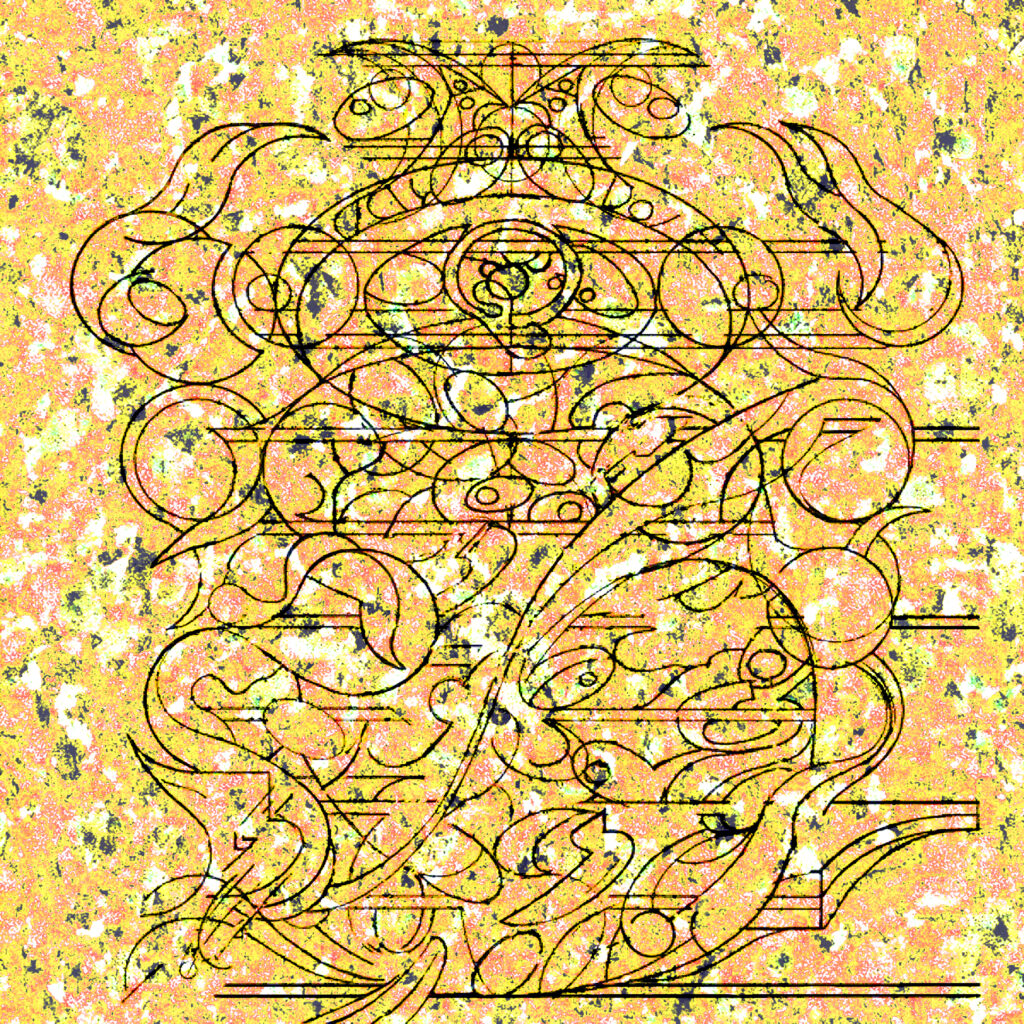
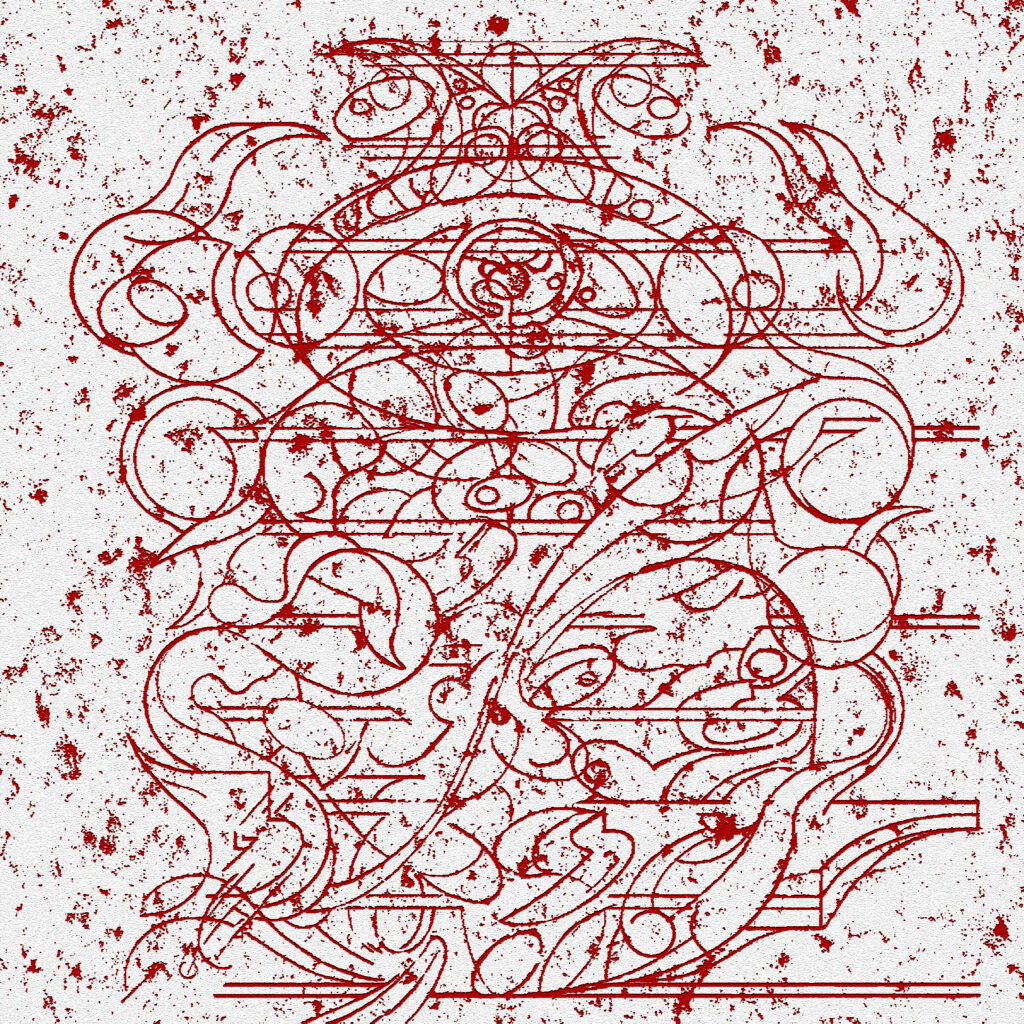
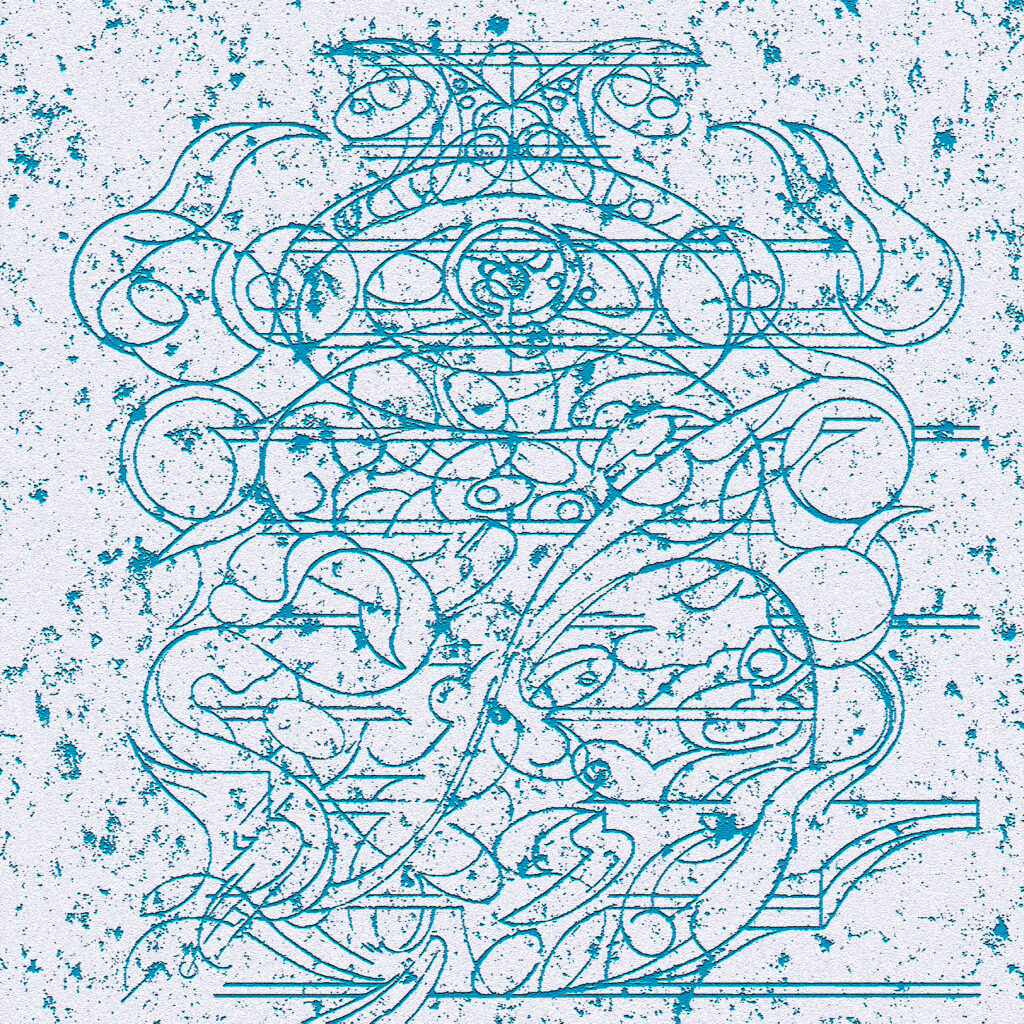
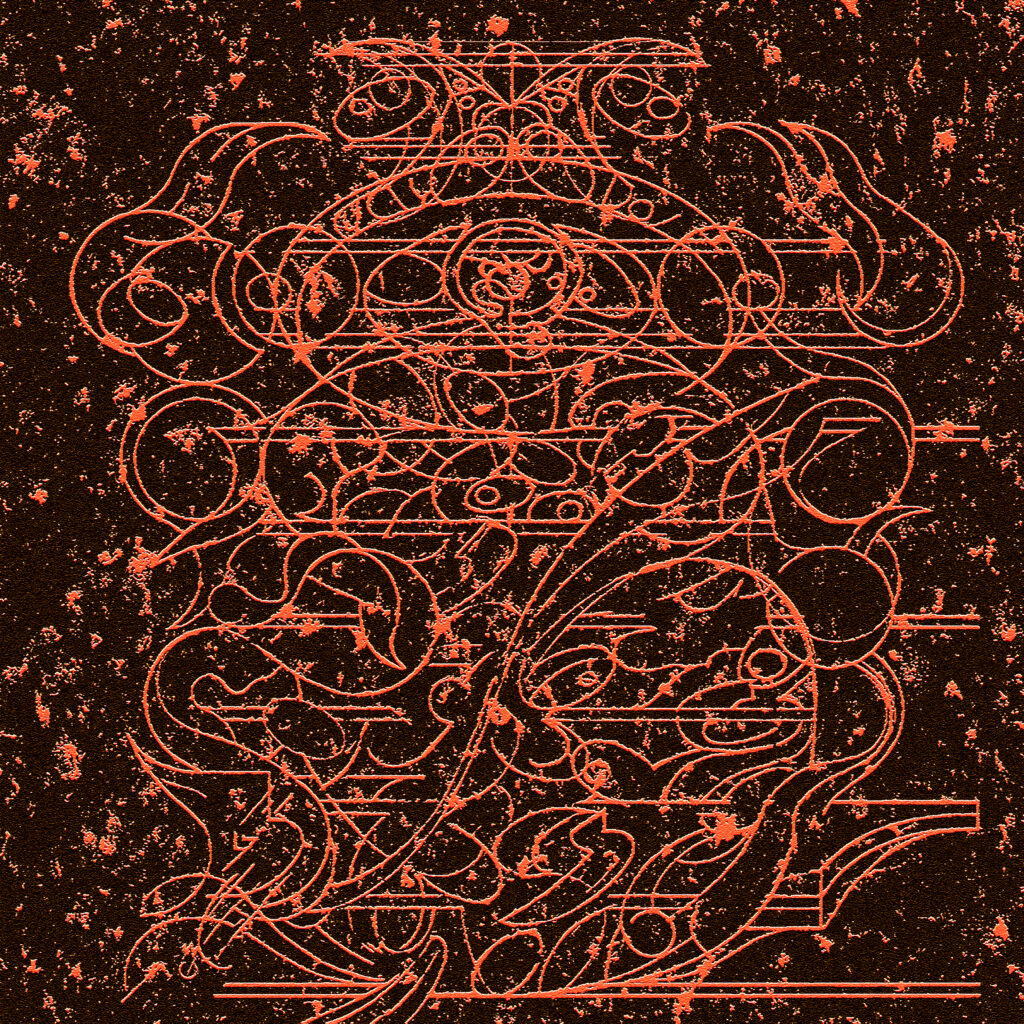
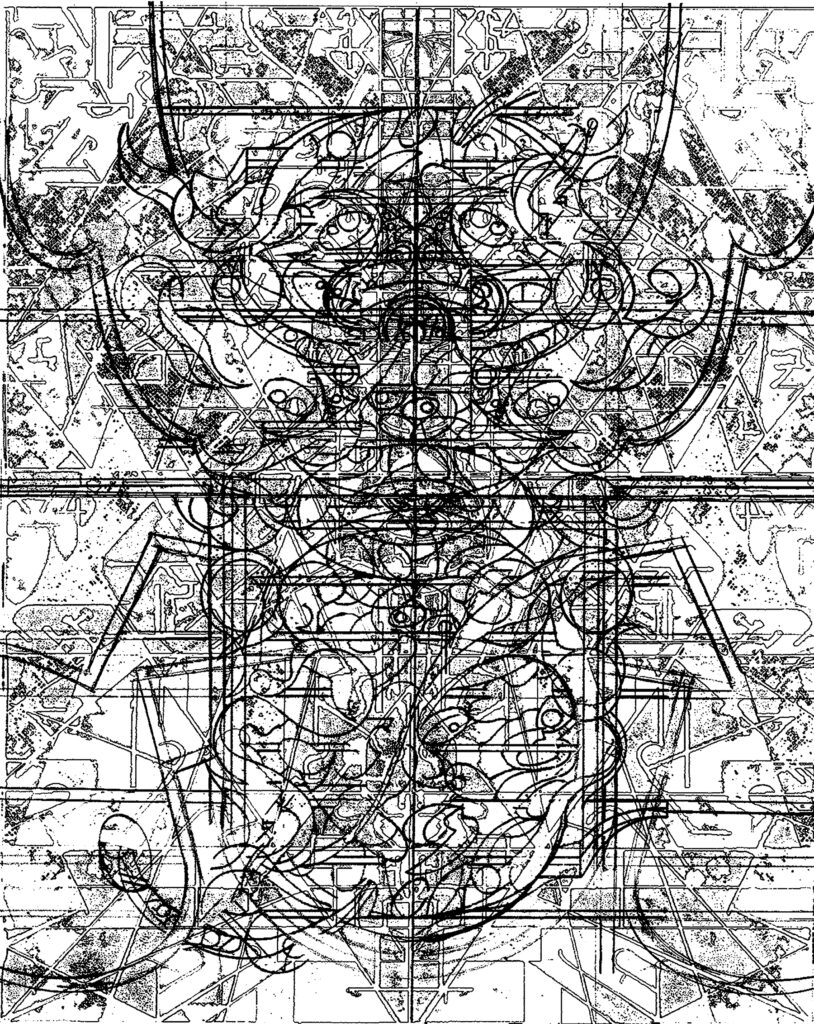
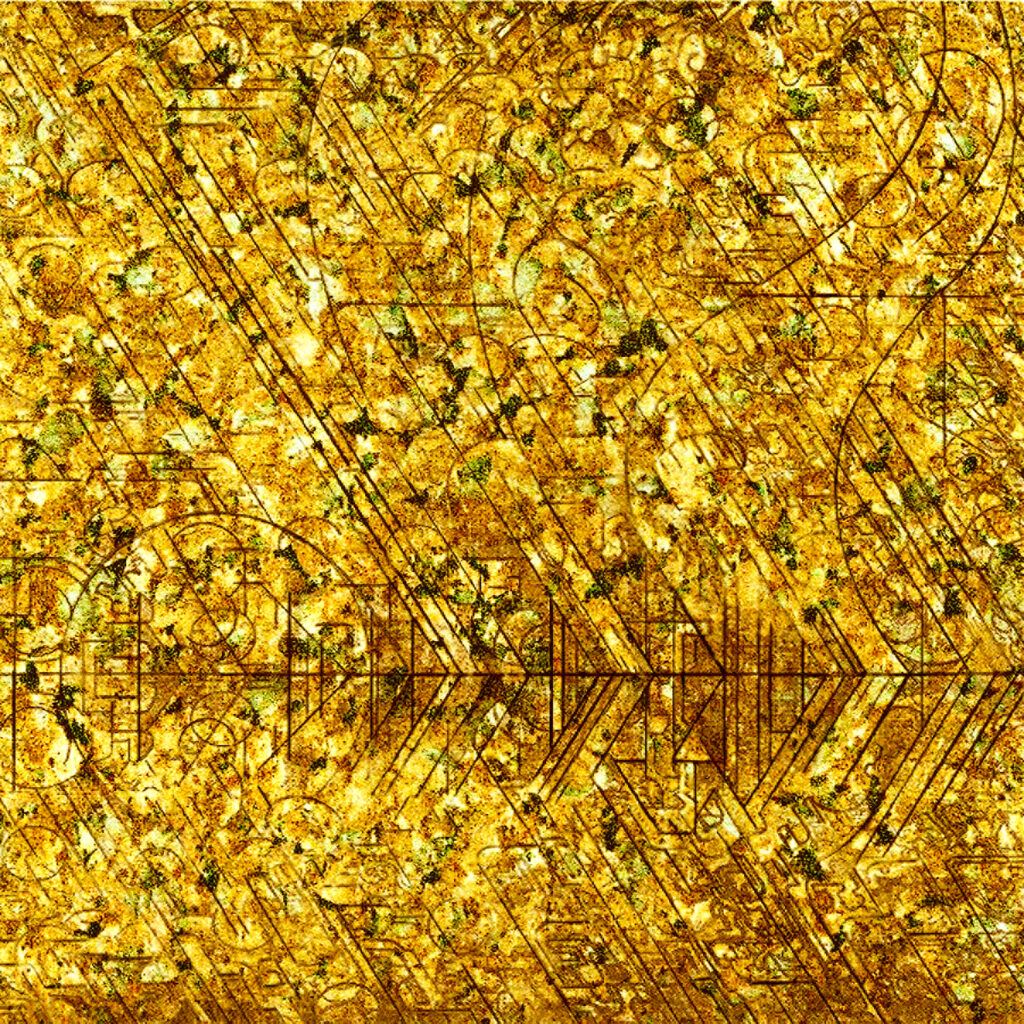
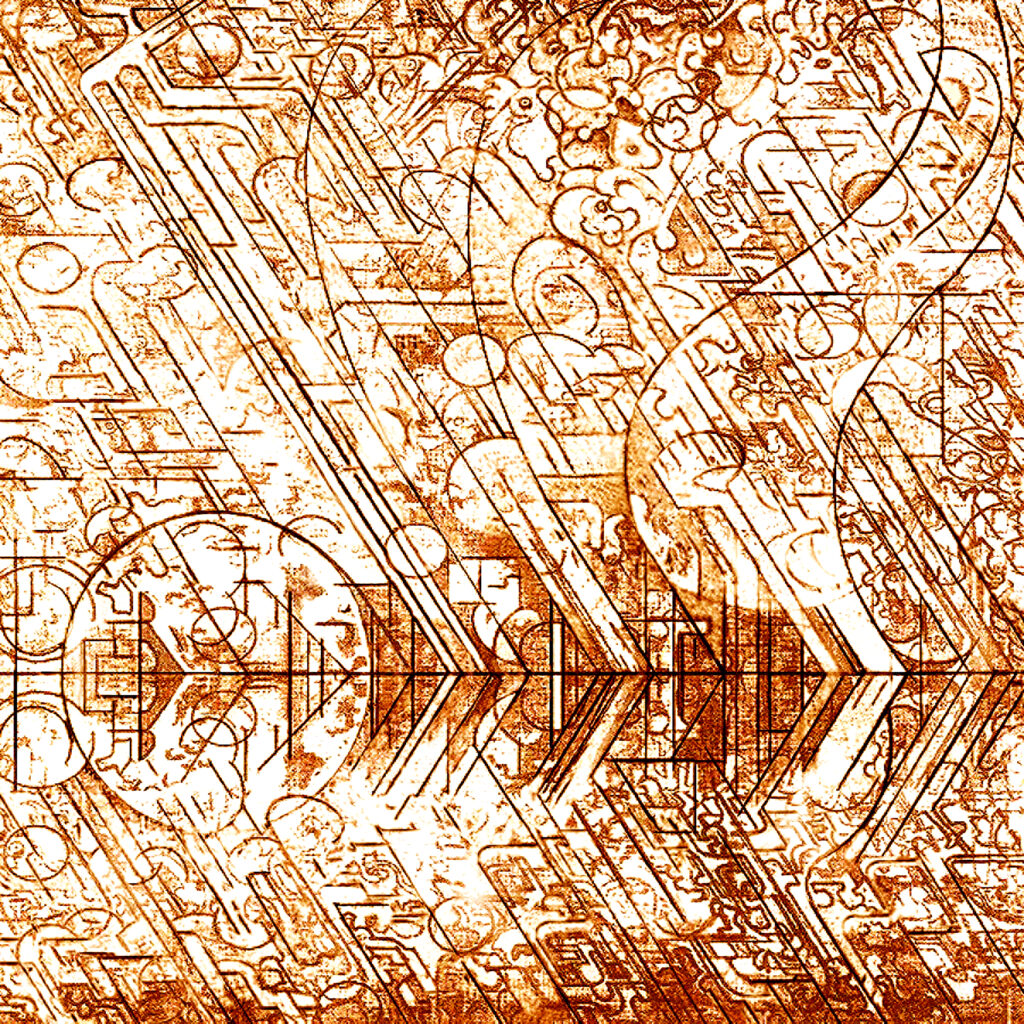
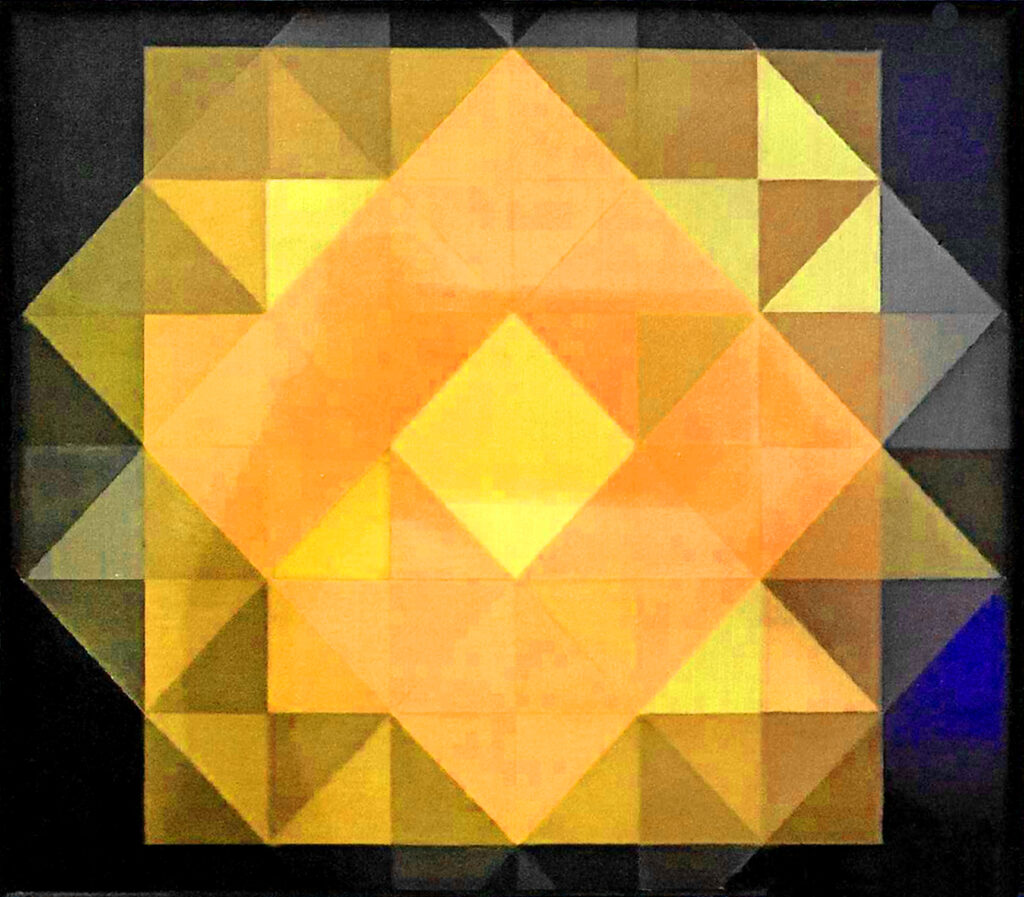
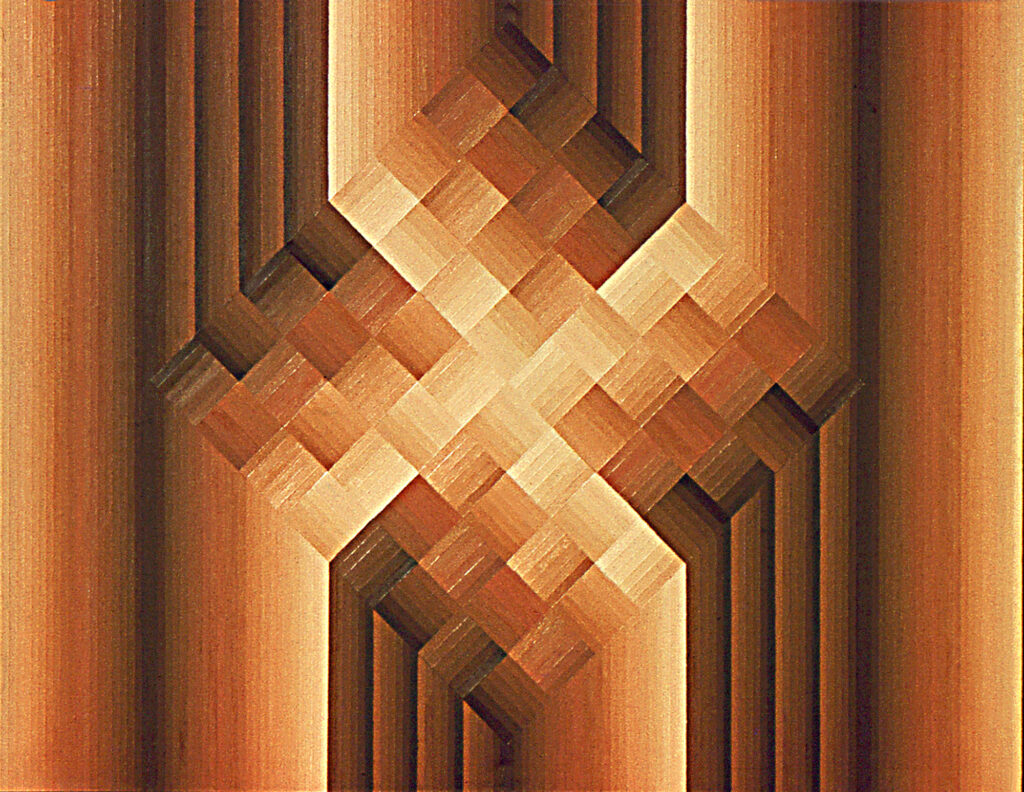
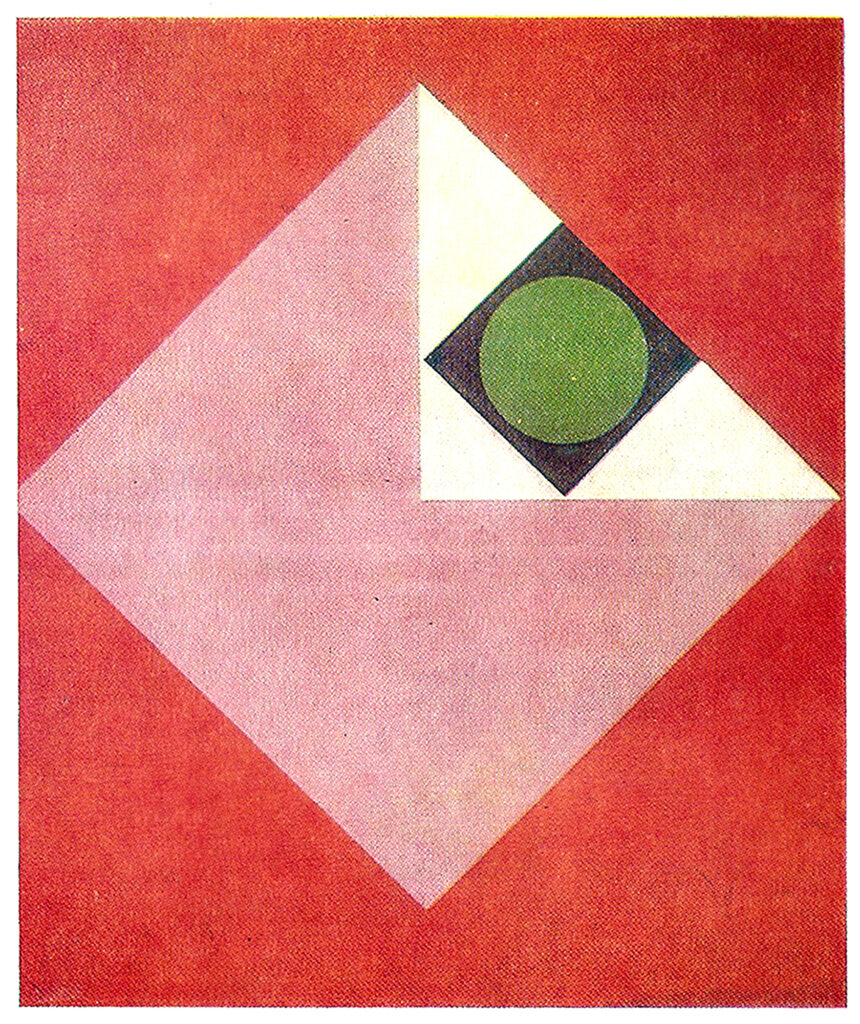
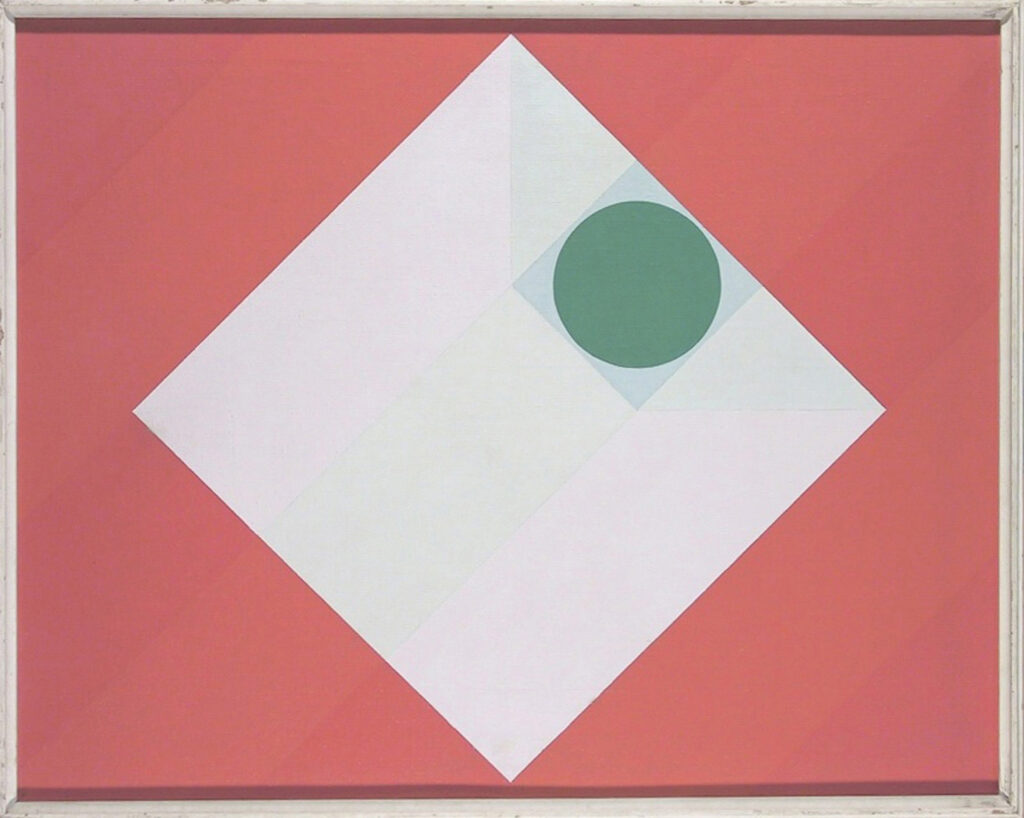
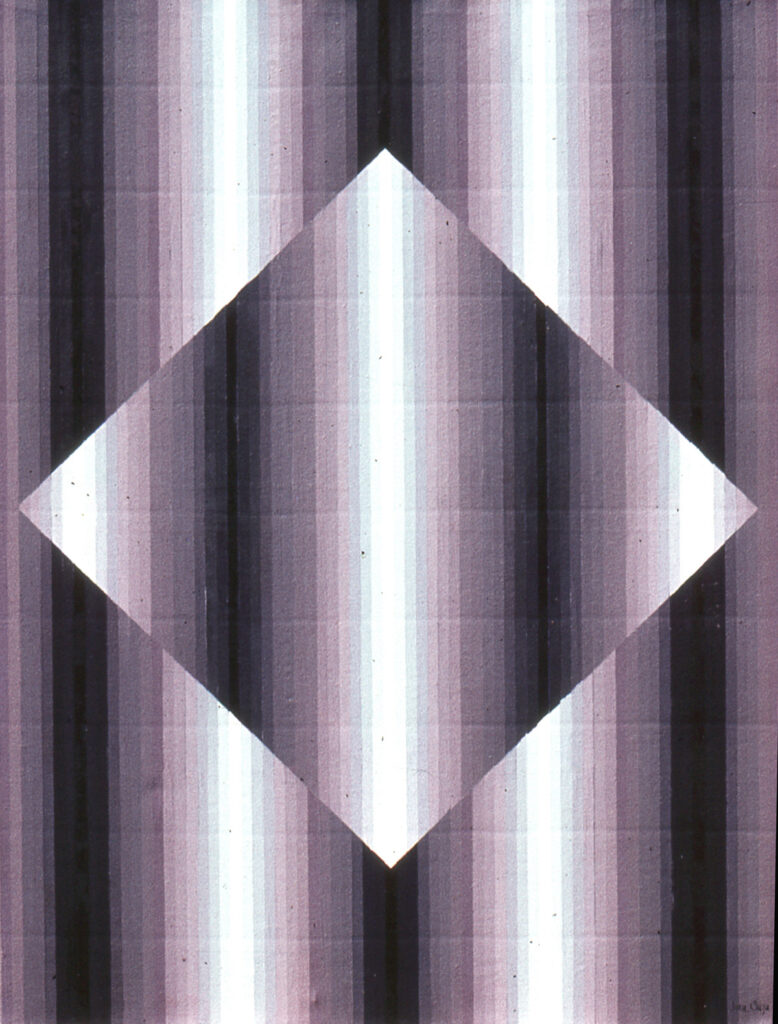
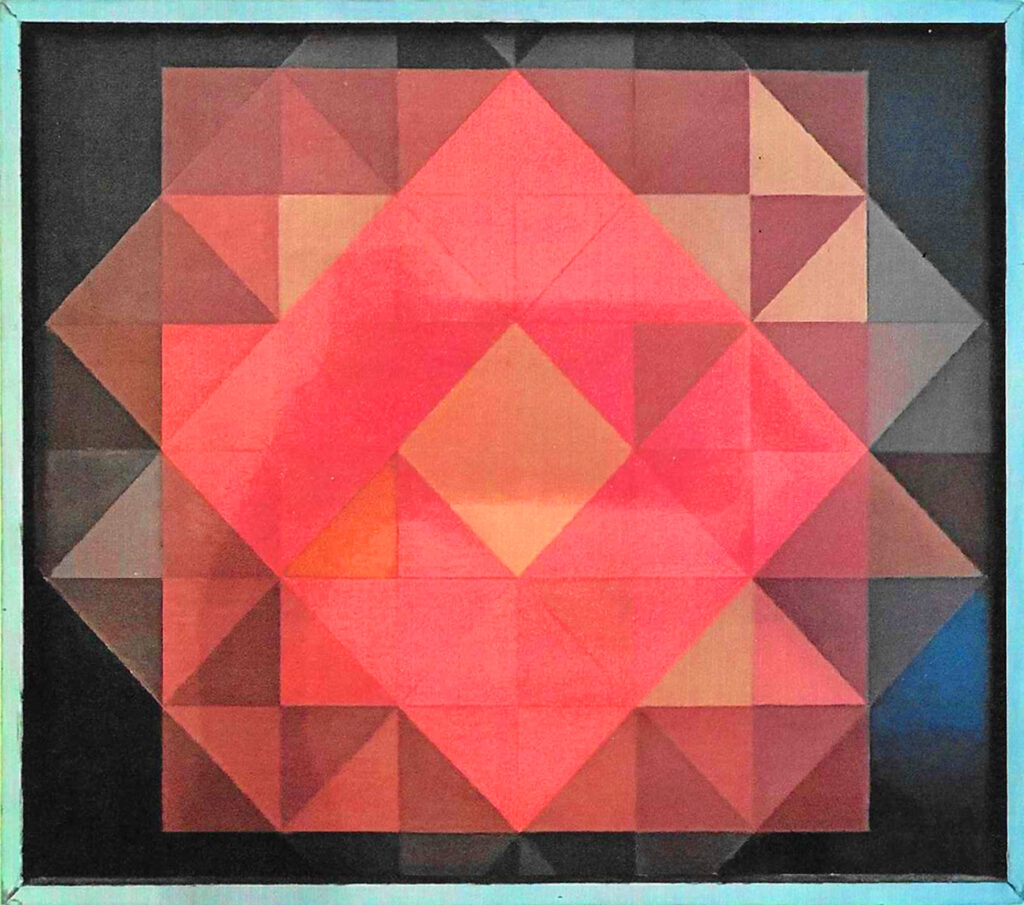
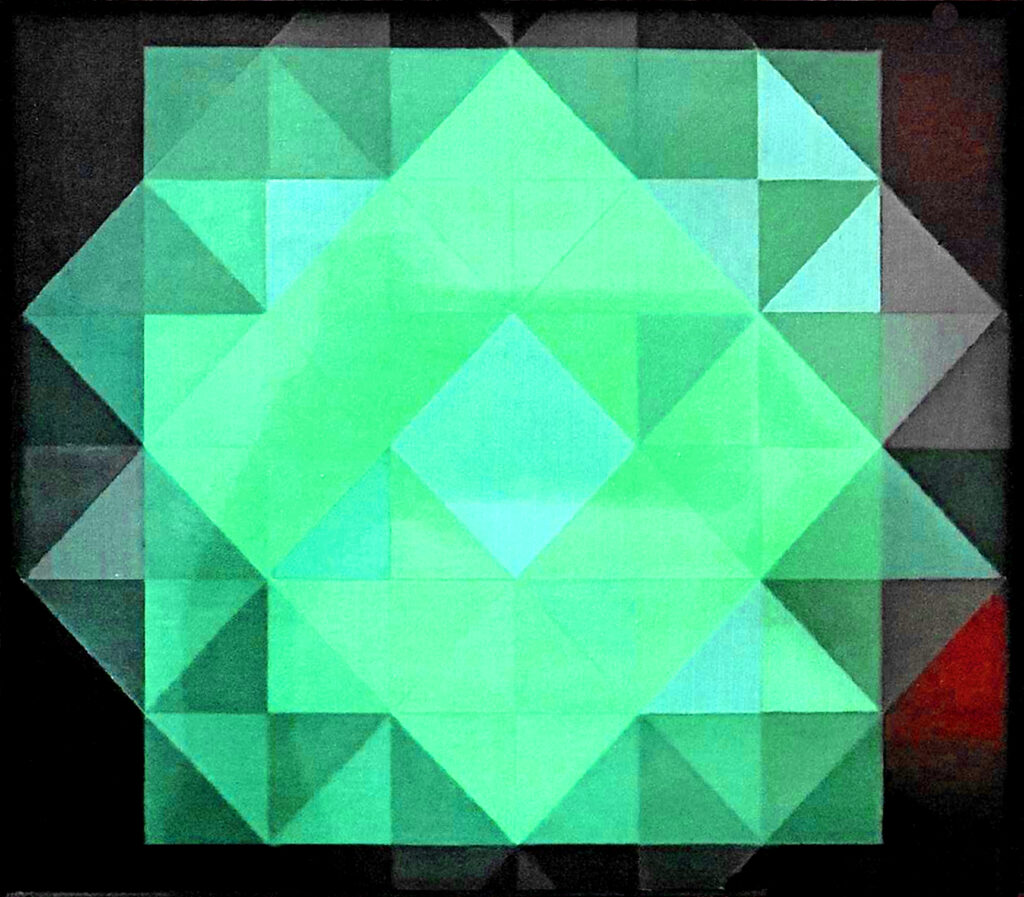
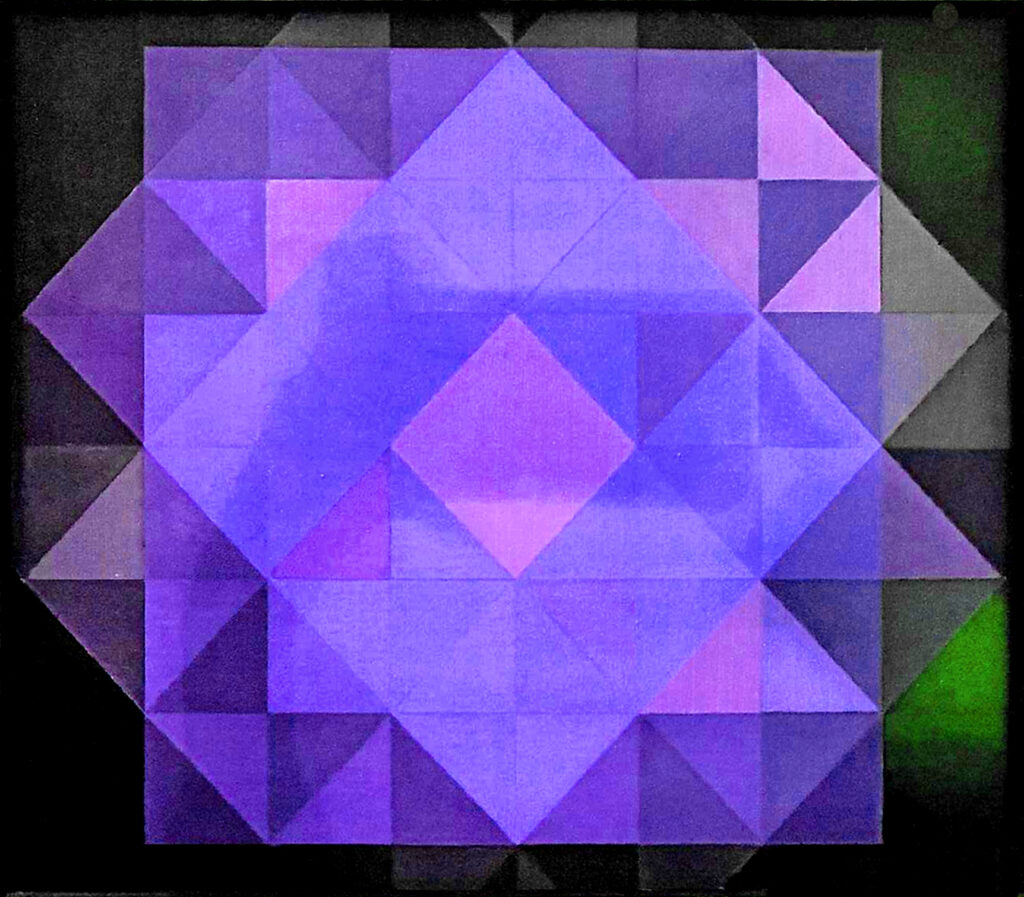
A frequently addressed subject by the artist was still life. This genre helped him develop his talent in the field of composition, line, two-dimensional and three-dimensional form, light and shadow value, color, texture, and positive space (occupied by objects) or negative space (free space).
In Still Life with Two Books (2014), the artist intentionally integrates two opposing visions in the same image by placing a naturalistic image in the foreground on an abstract image background, thus breaking the academic rule of placing certainty in a stylistic position “either one or the other”, demonstrating that the artist can combine naturalism and abstraction in the same image without aesthetic contradiction.
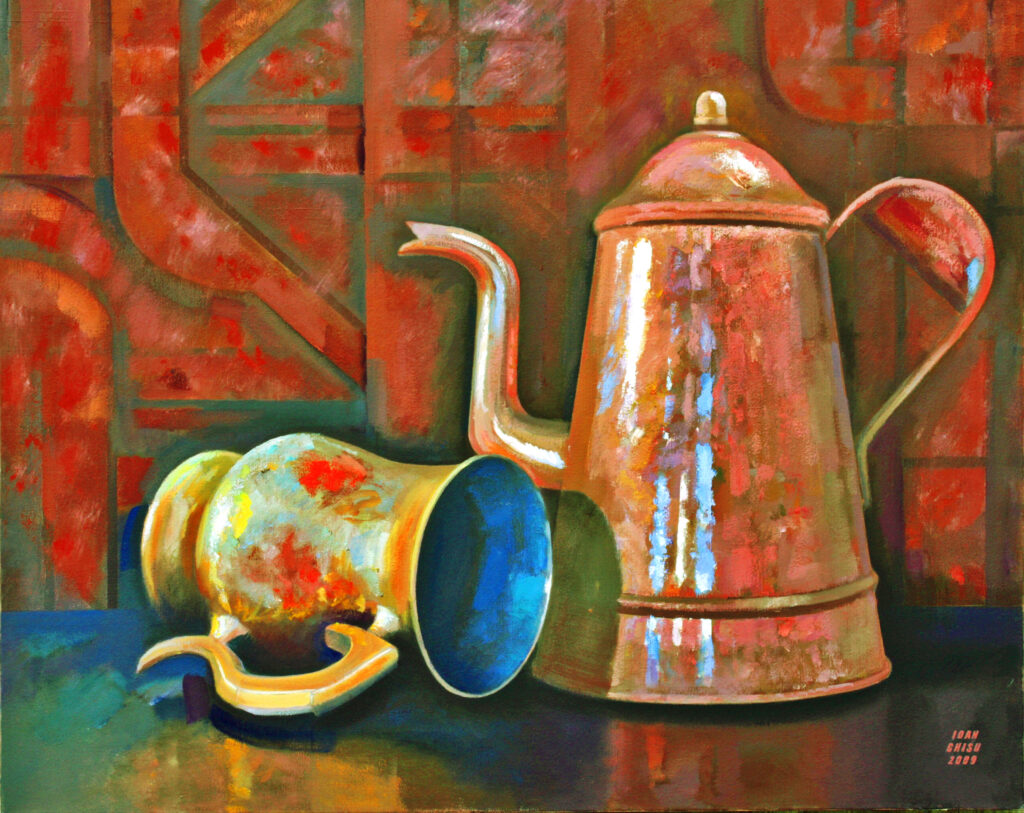
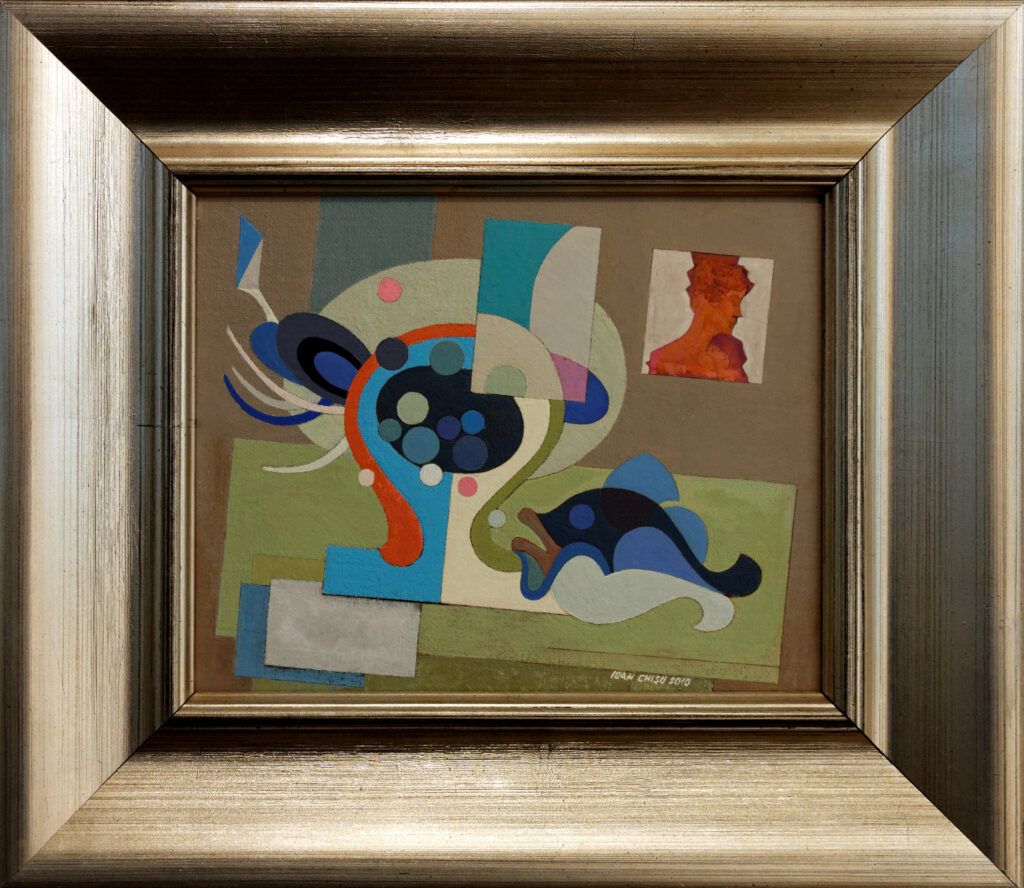
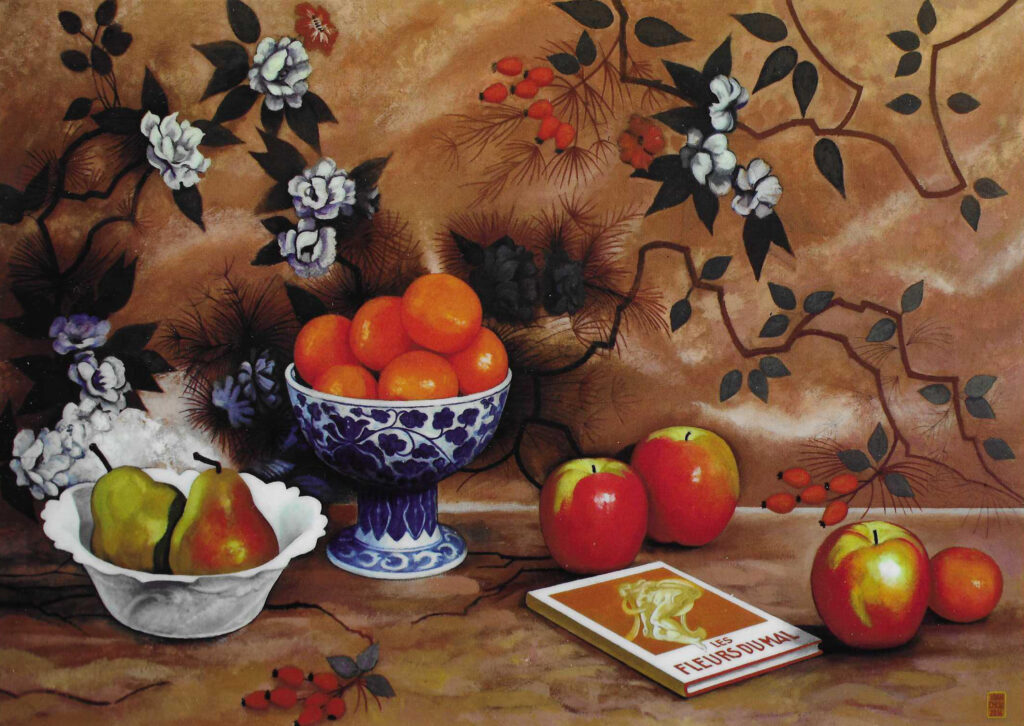
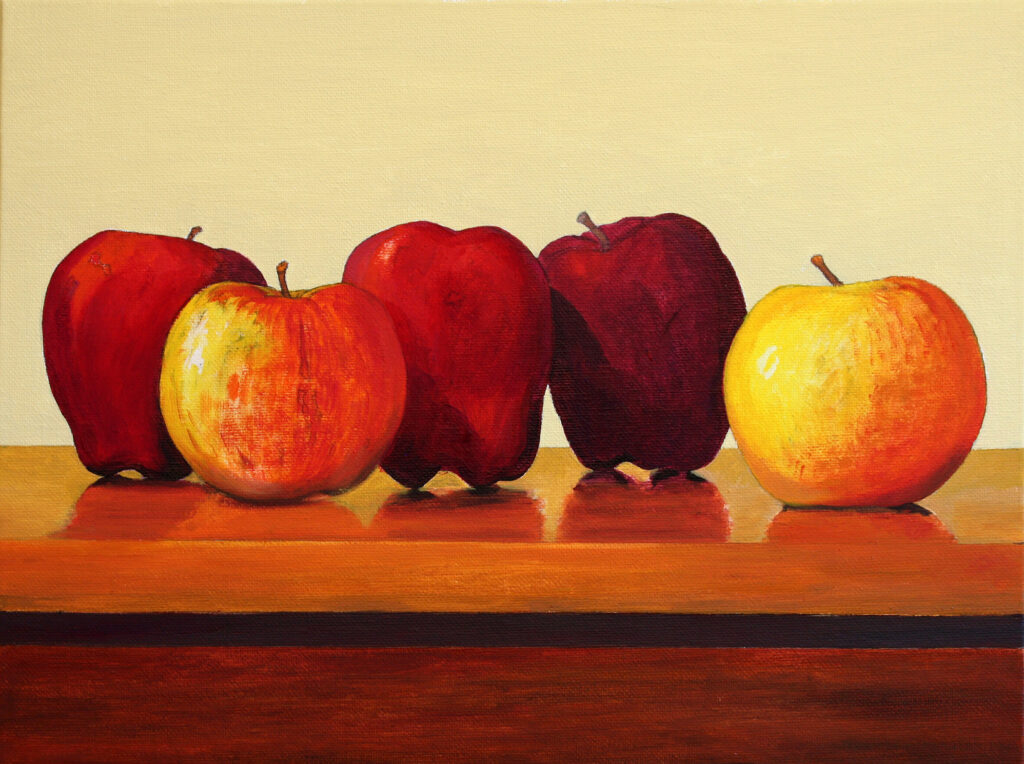
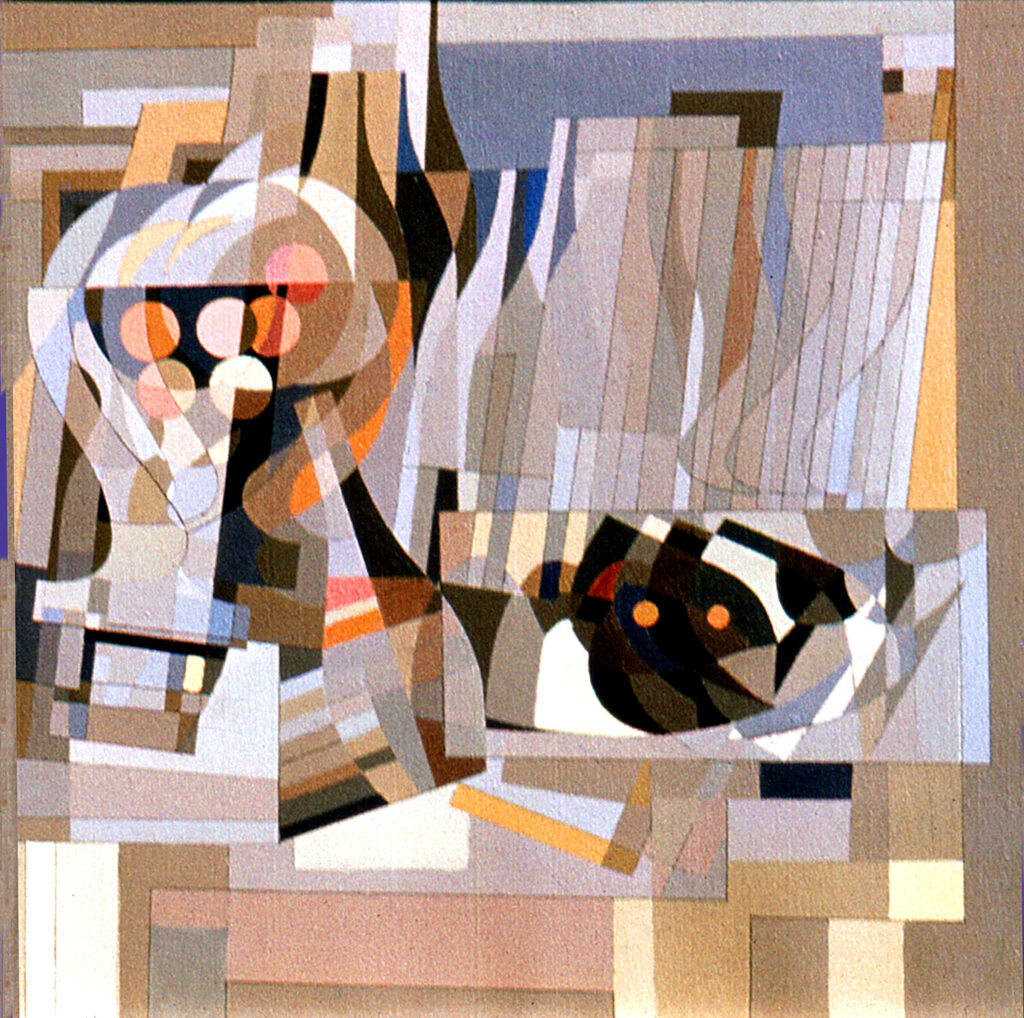
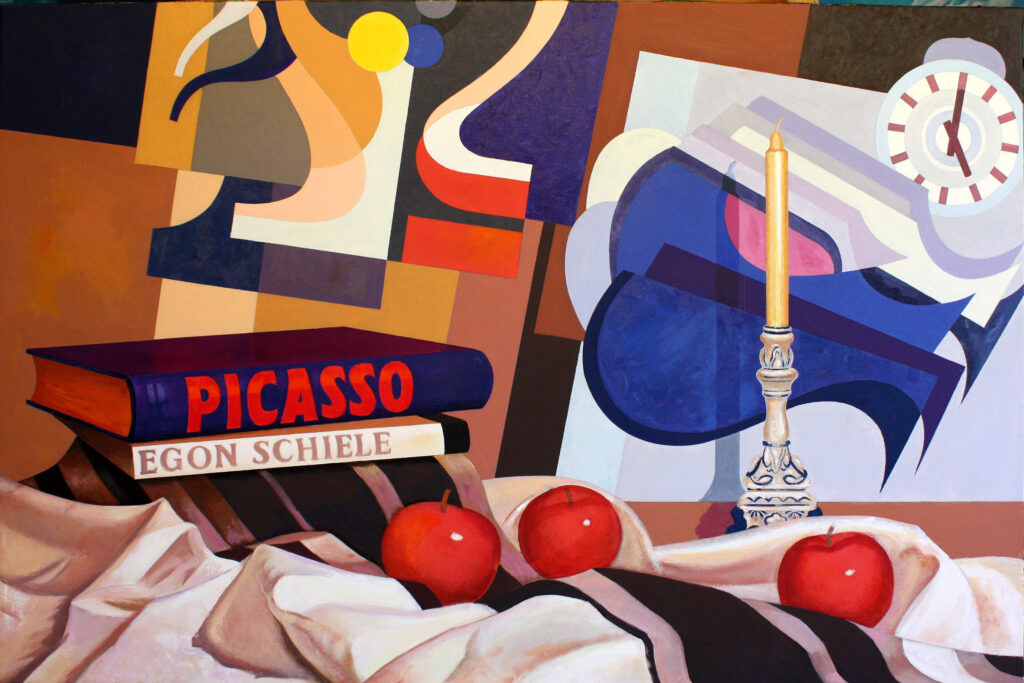
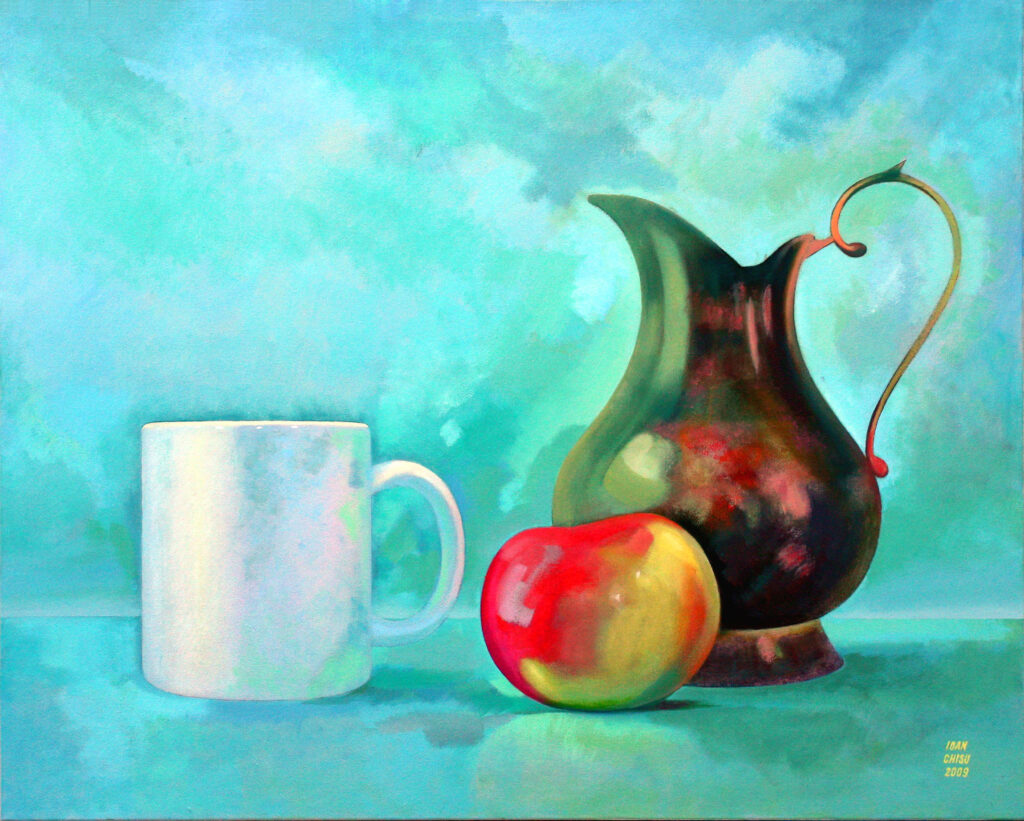
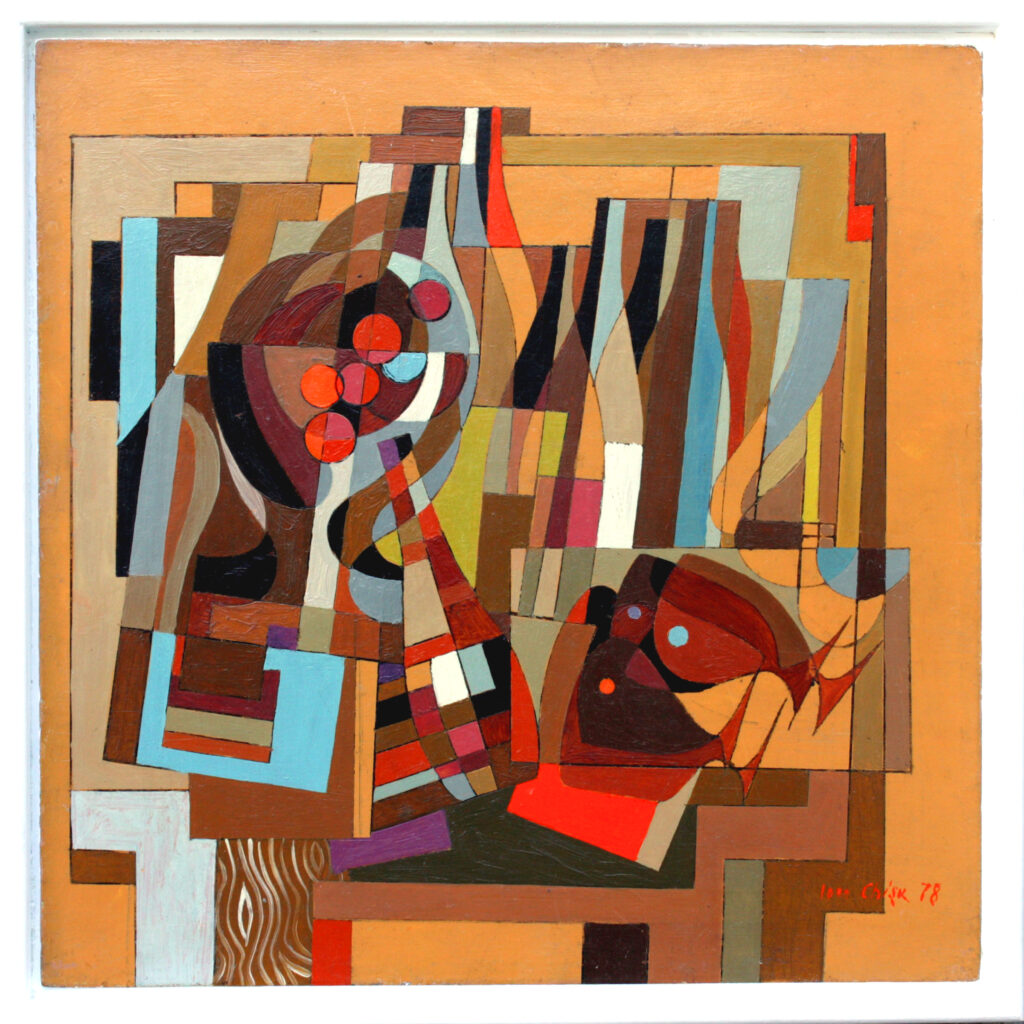
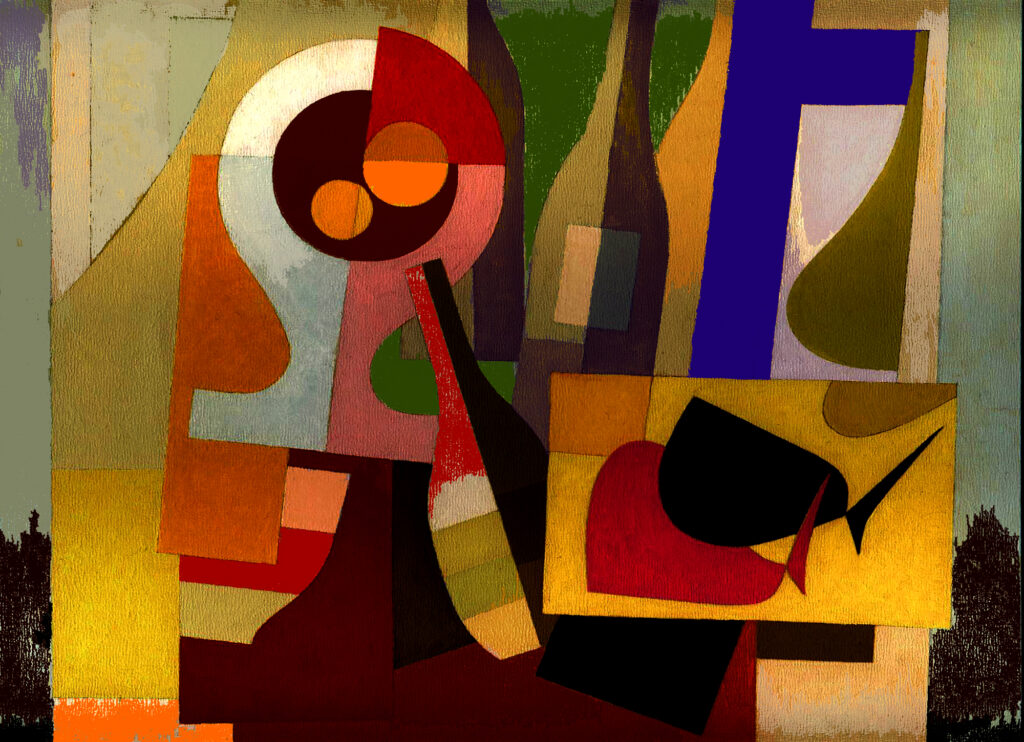
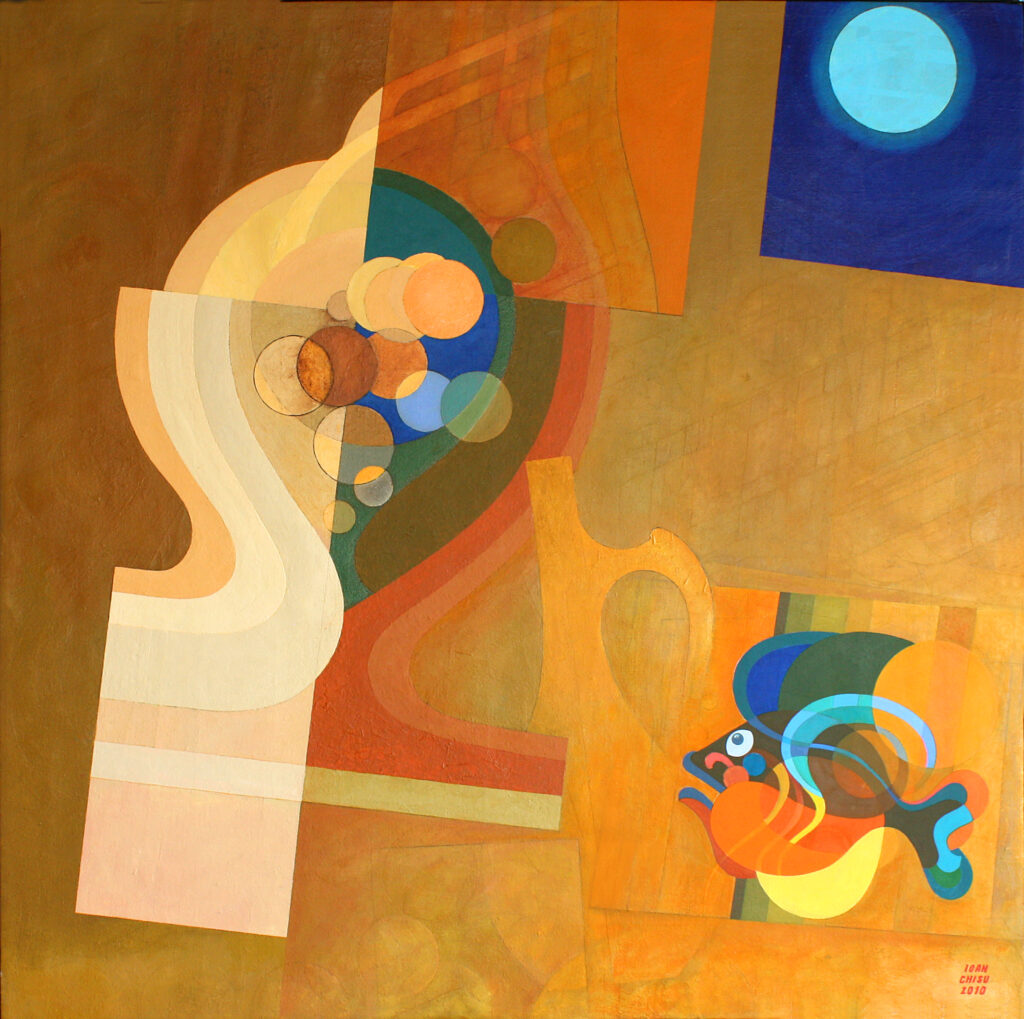
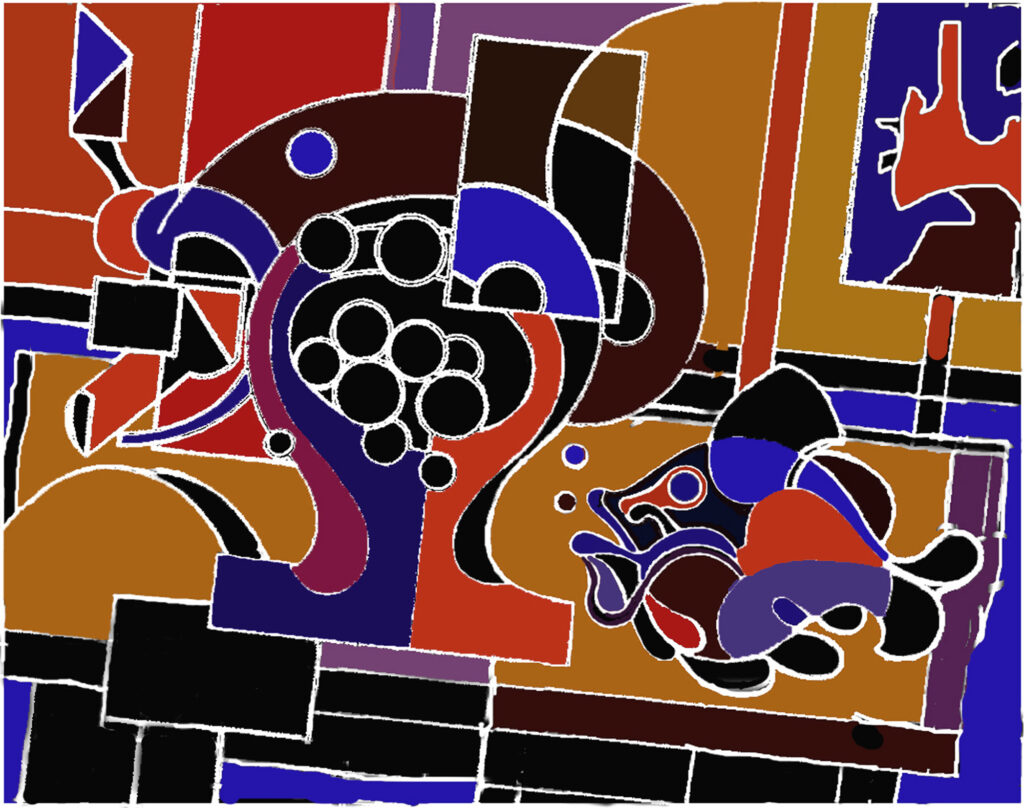
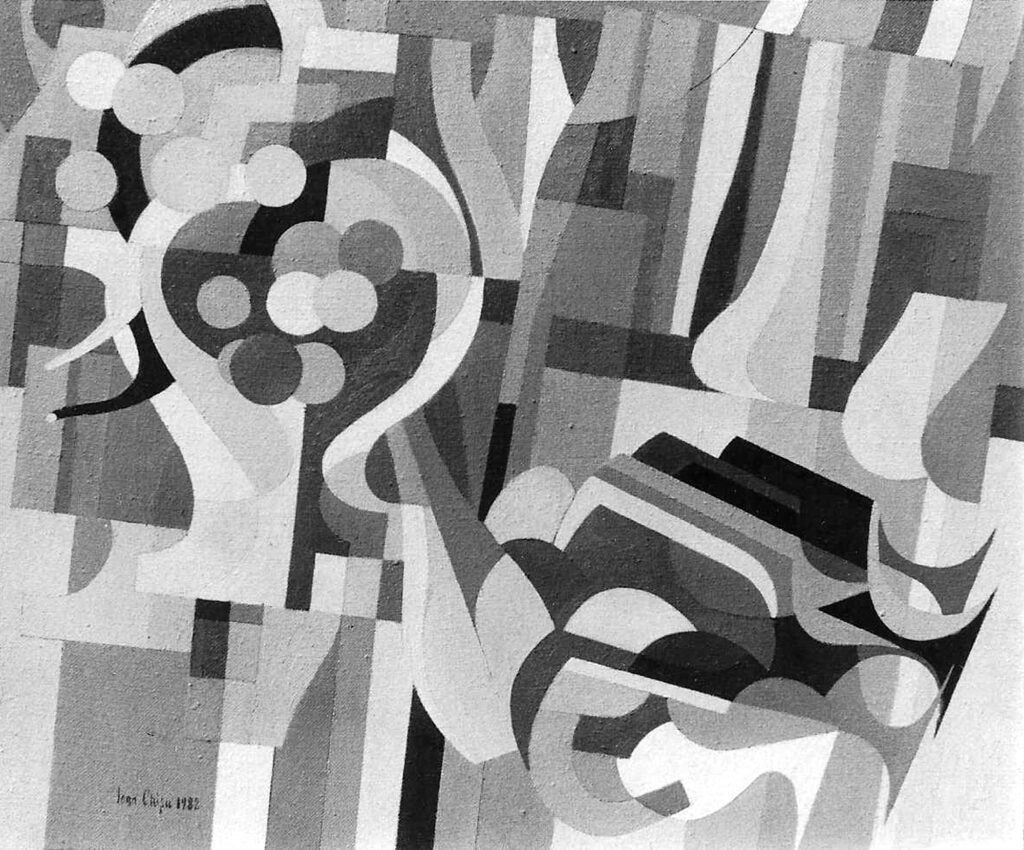
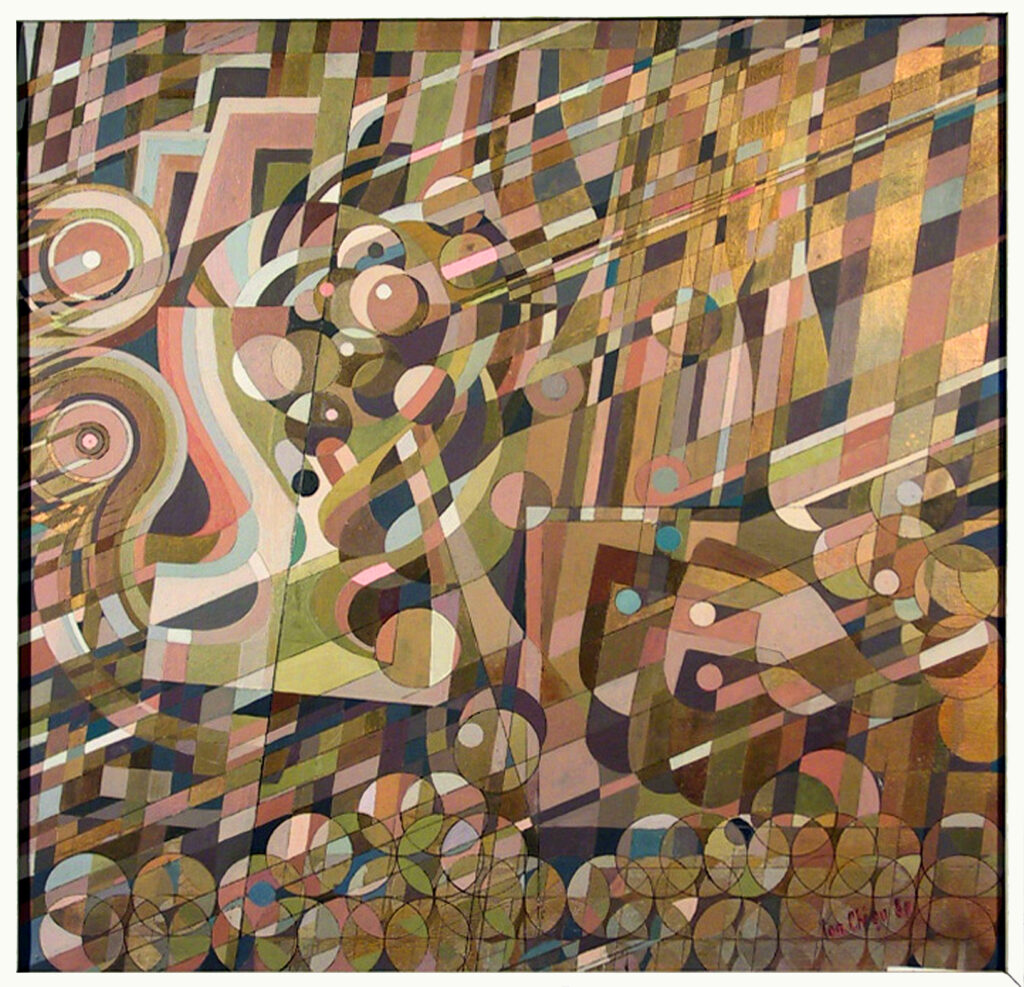
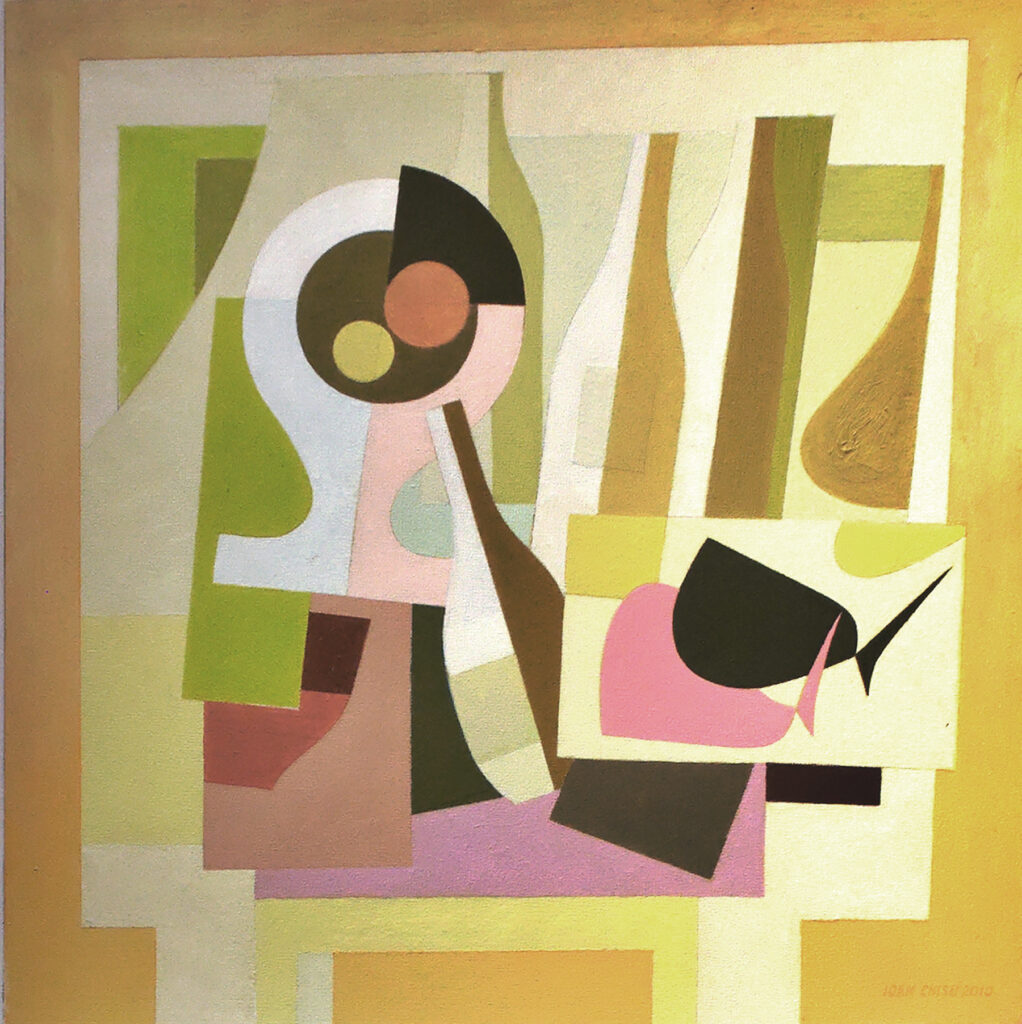
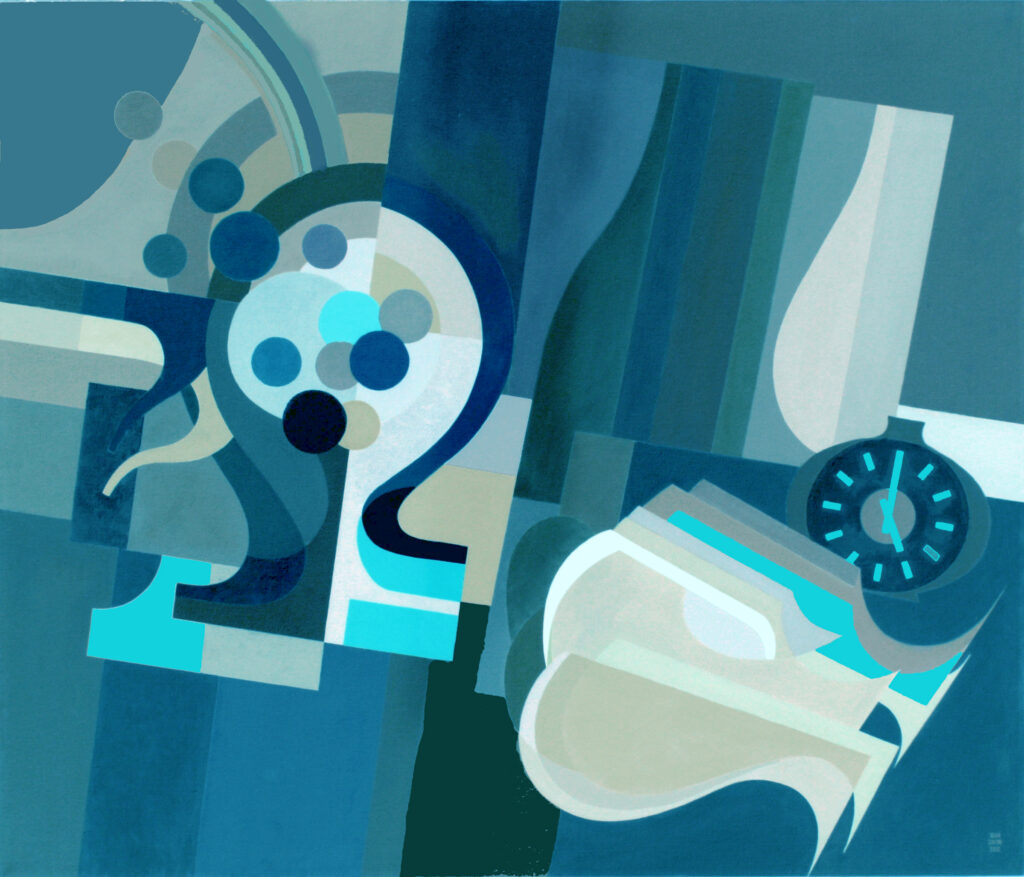
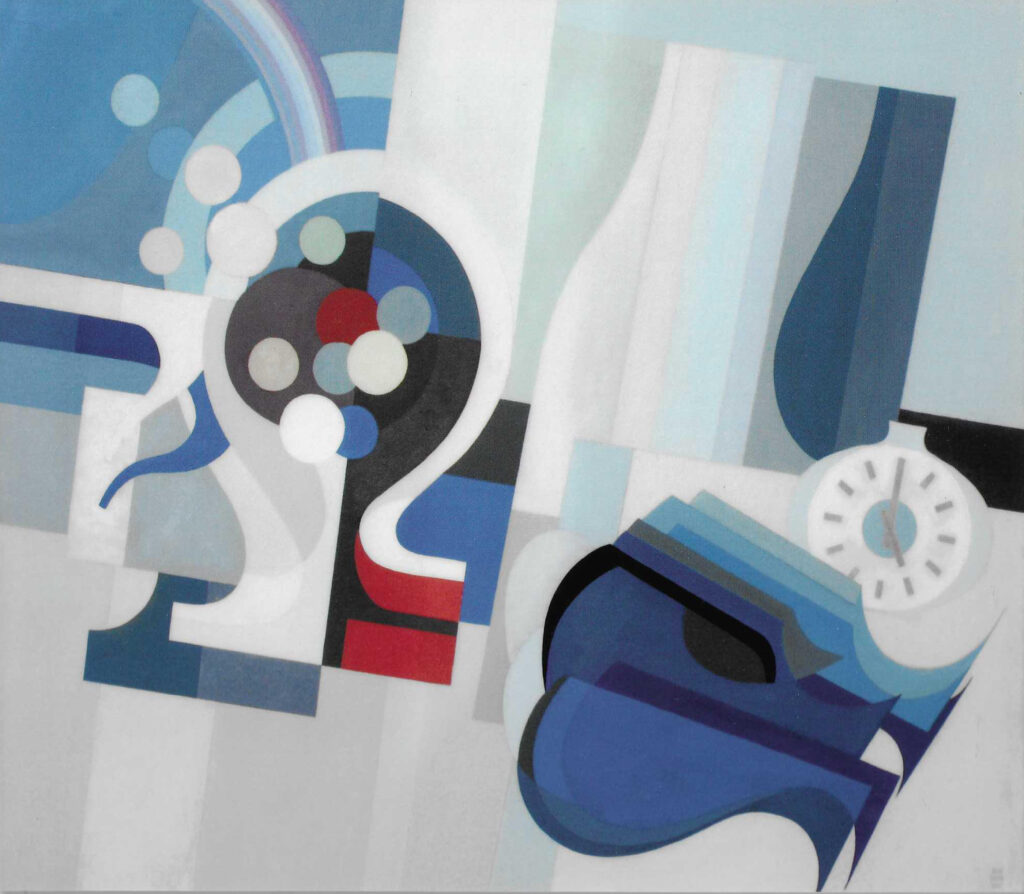
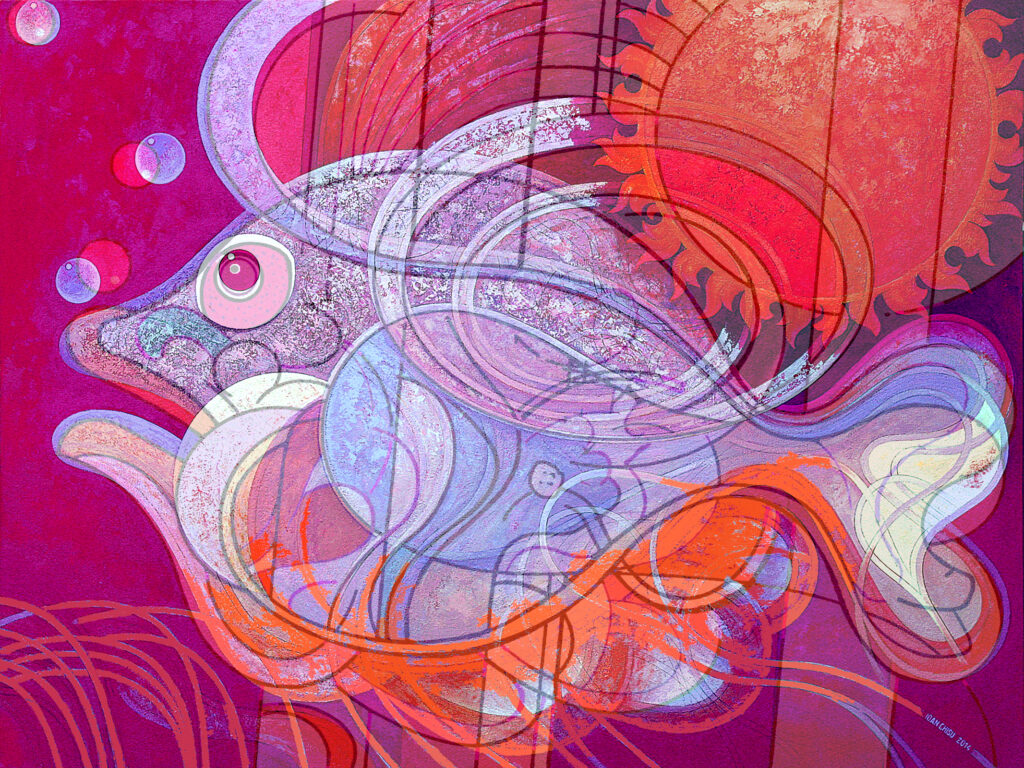
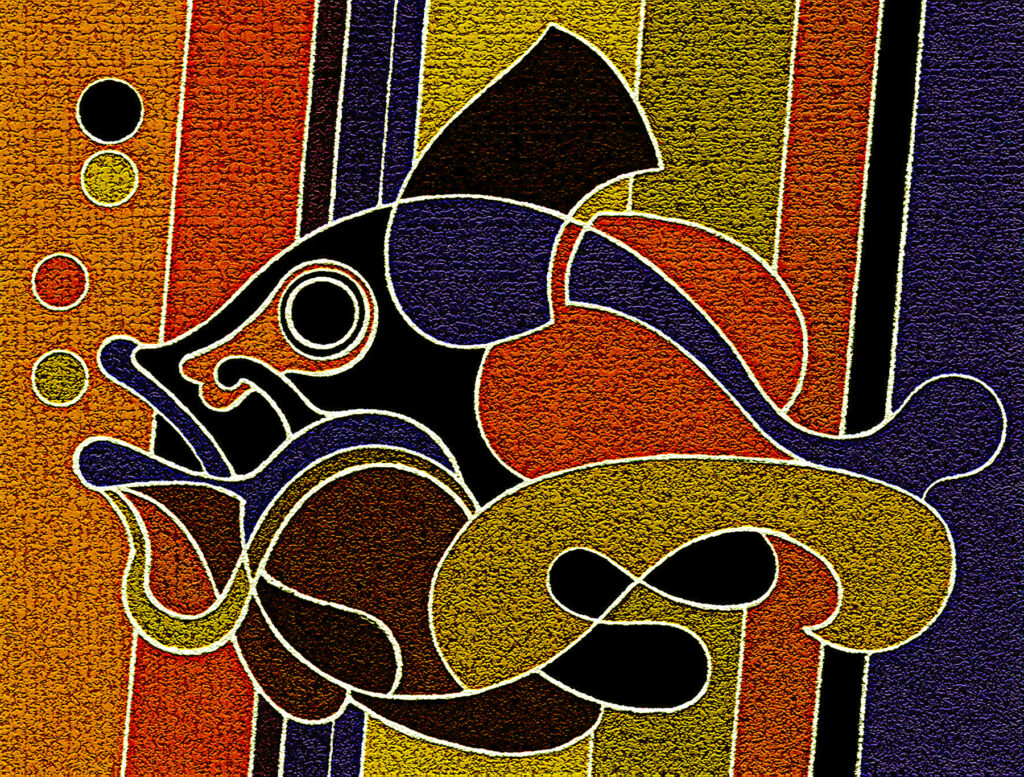
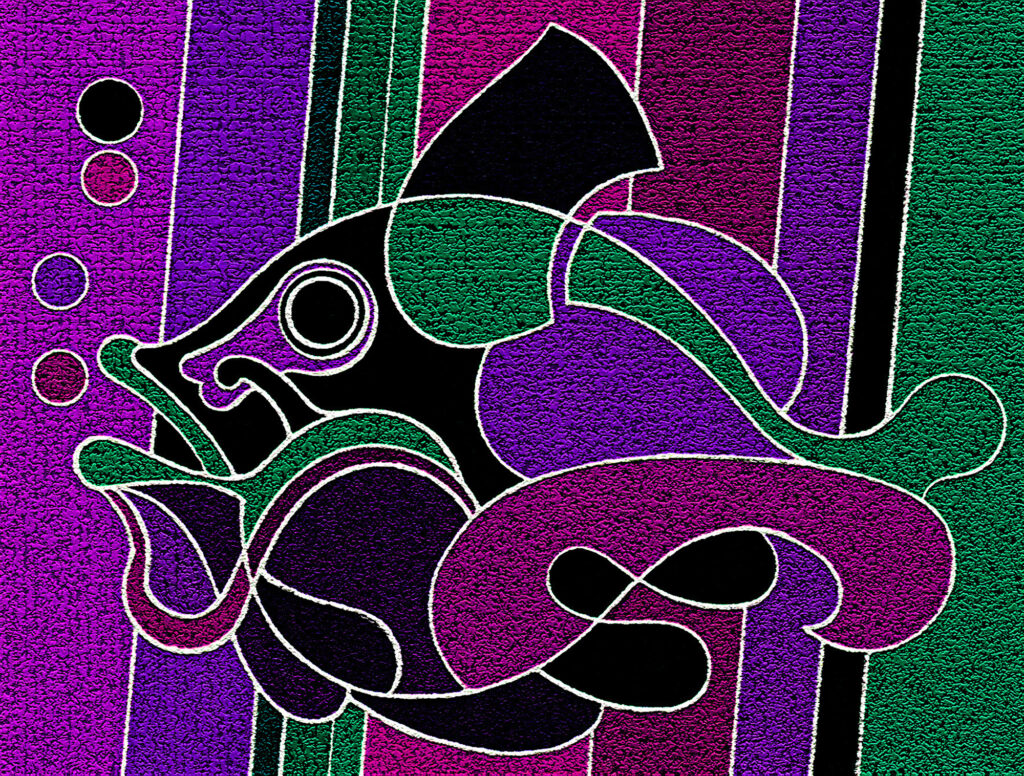
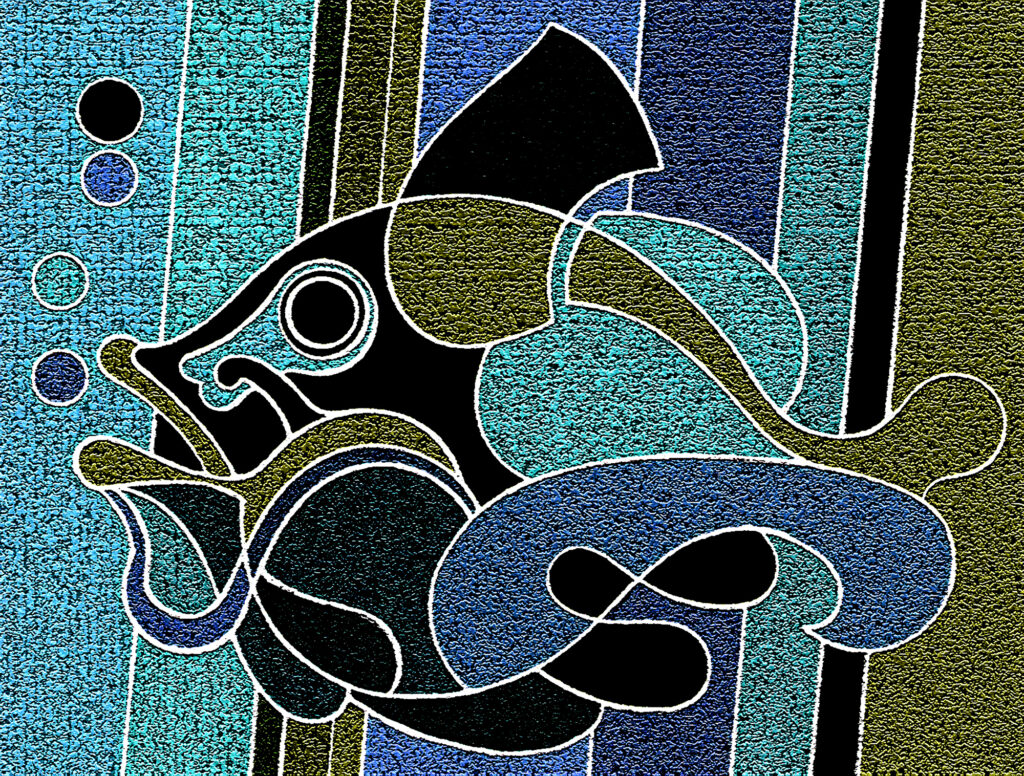
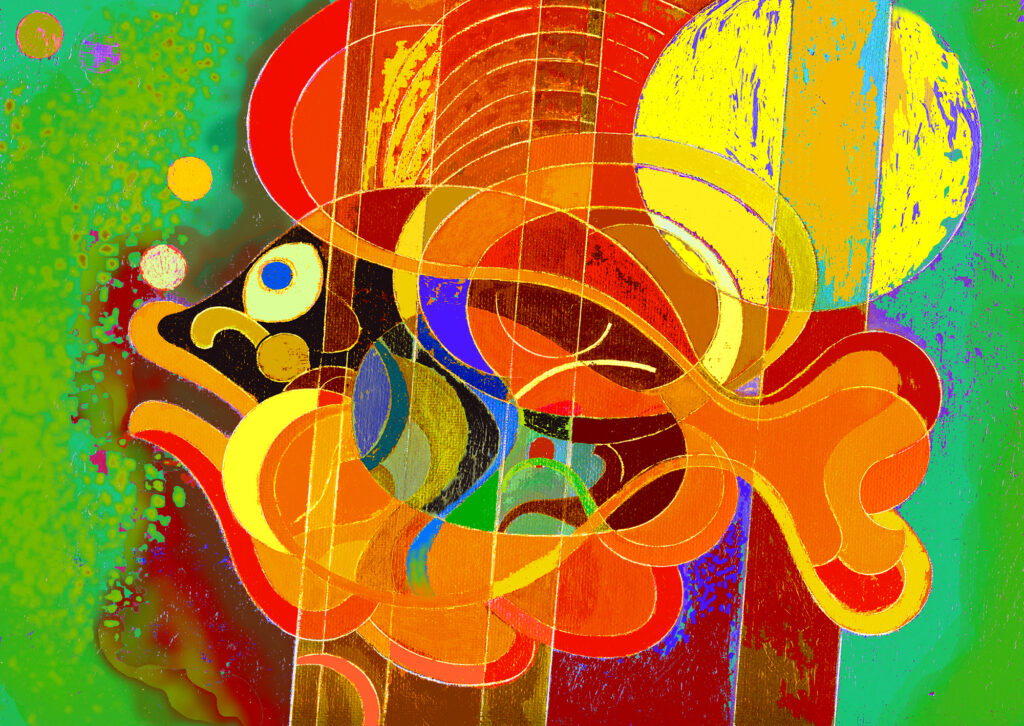
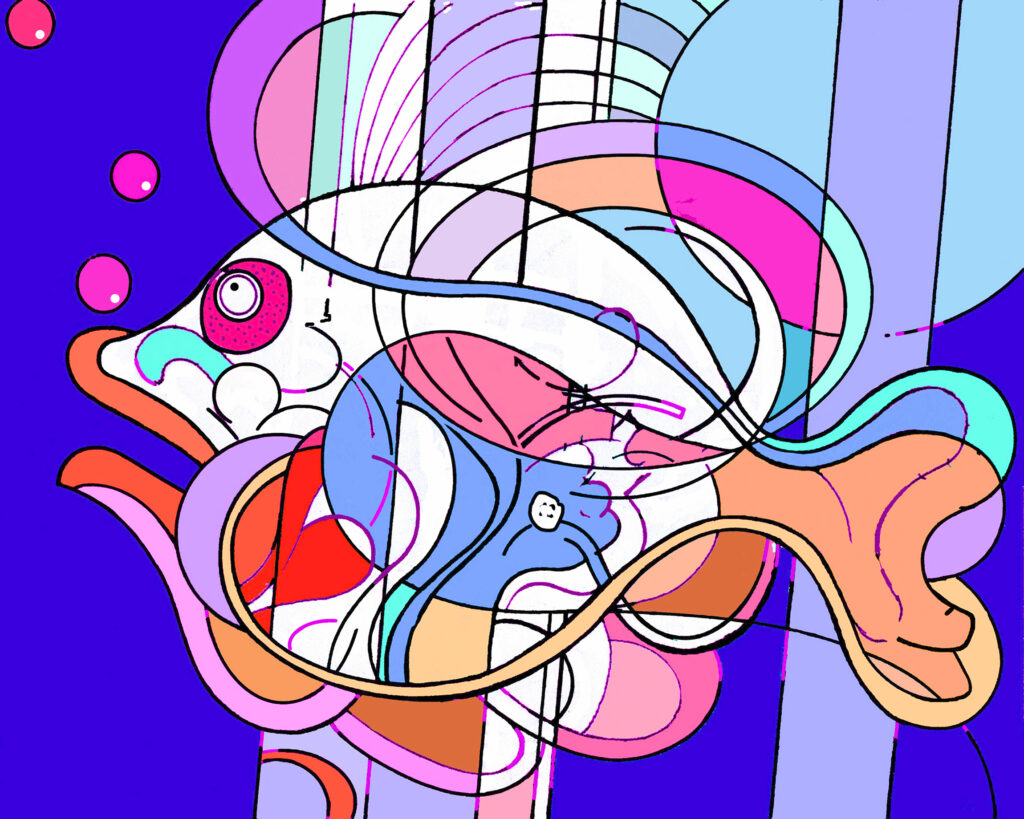
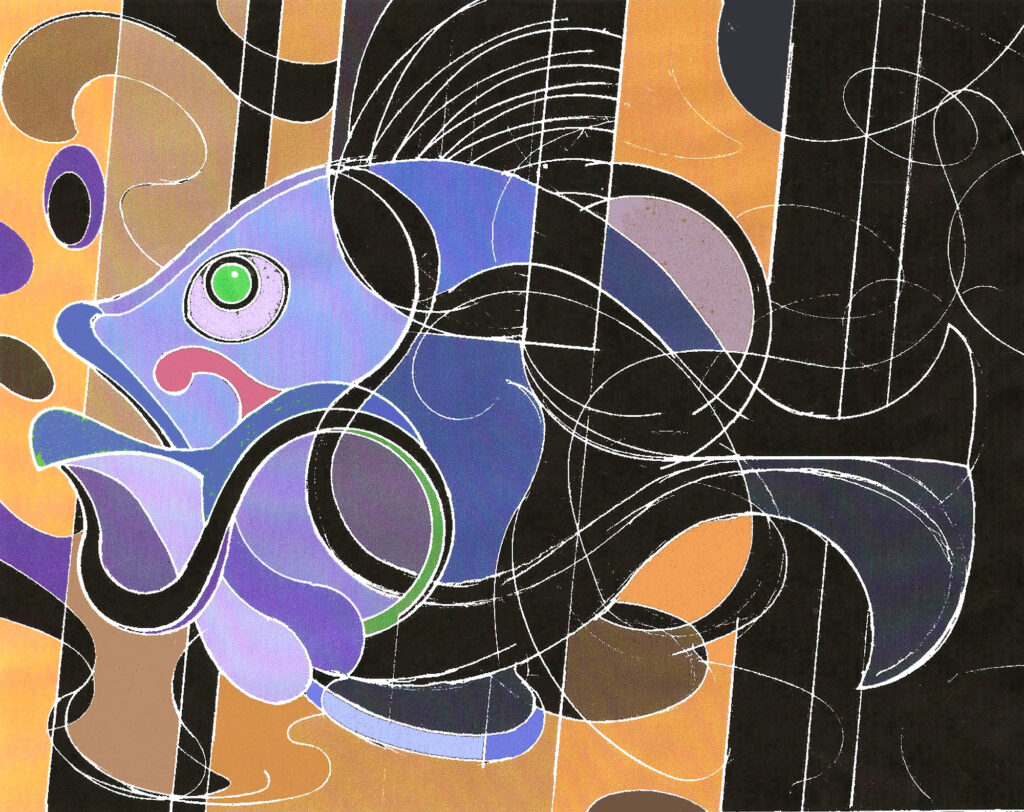
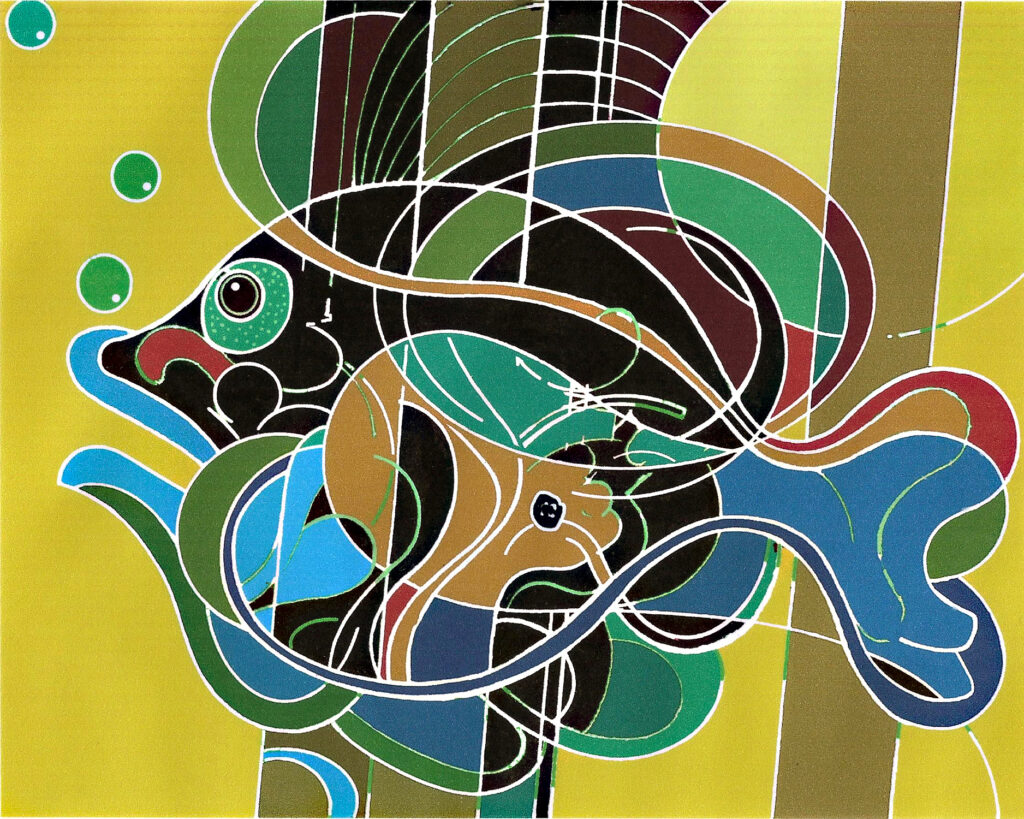
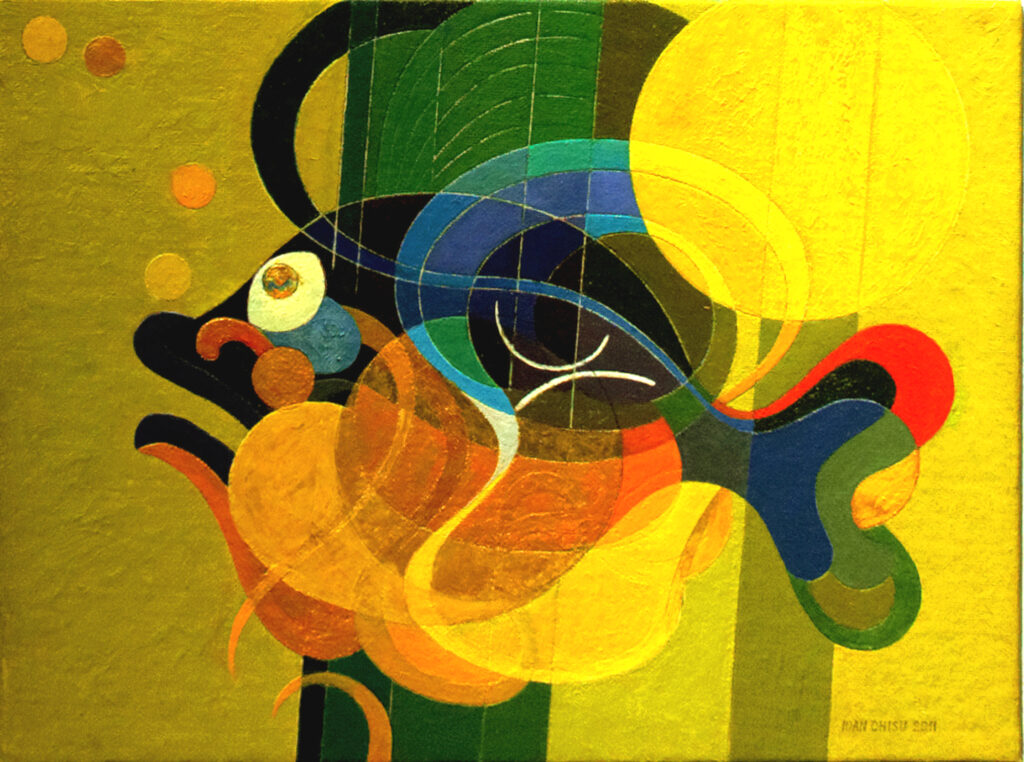
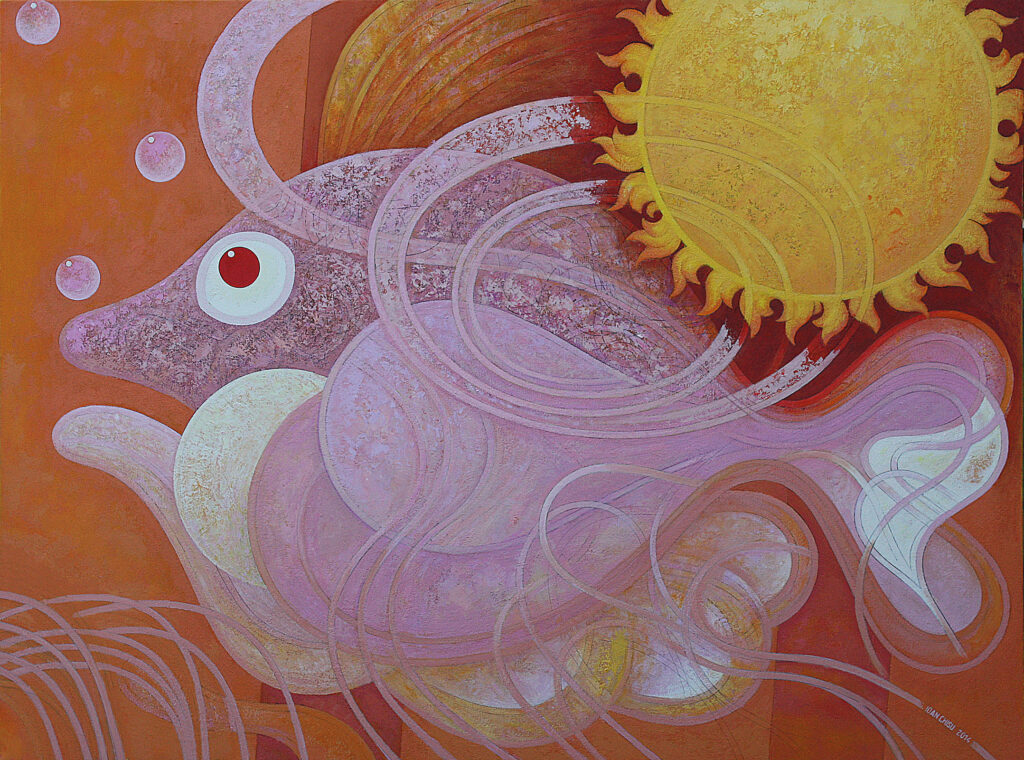
Cubism emphasizes the flat, two-dimensional surface of the picture plane and rejected traditional techniques of perspective and modeling. Cubism made art more abstract and allowed artists to explore new way of representing reality.
The flattening of three-dimensional space and the use of geometric shapes are key characteristics that distinguish cubism from realism or impressionism.
Cubism’s unique approach to geometry and representation has had a significant impact on the art world and continues to be influential today.
For Chisu, the interest in geometry was a constant one. If at beginning geometry had only the role of the invisible skeleton of the form, being also used in the creation of the compositional rhythm, along the way through synthesis it becomes the main and undisguised actor, the bearer of a more abstract and more spiritualized.
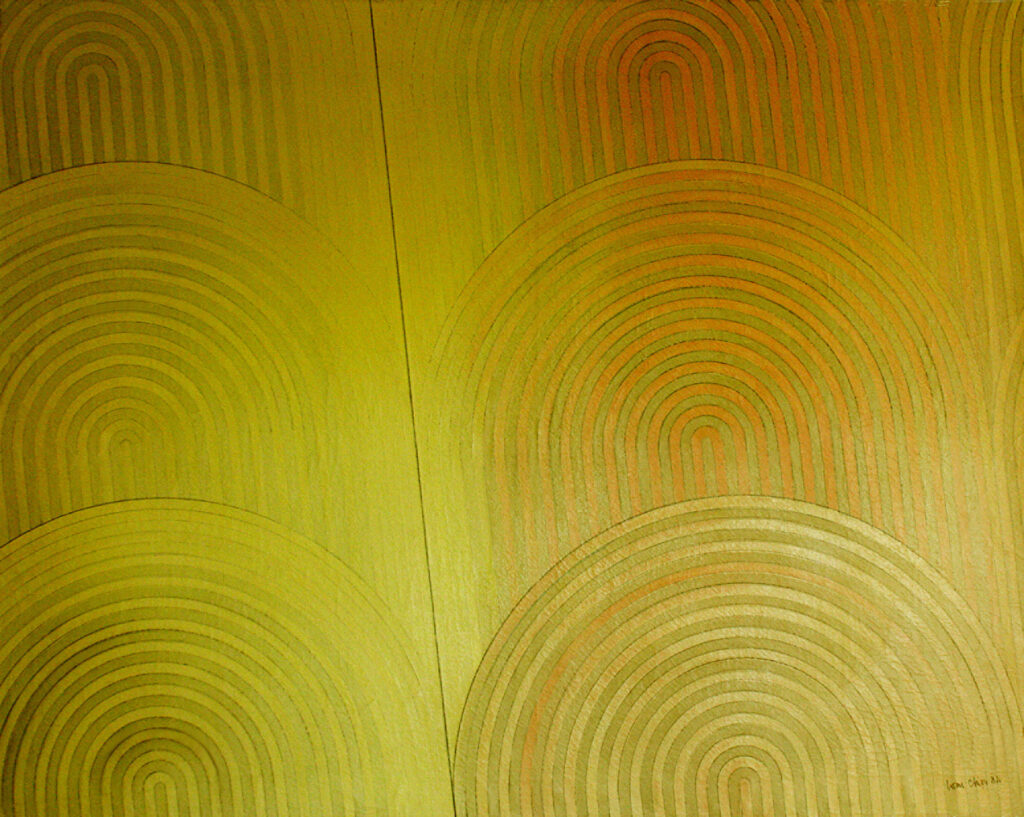
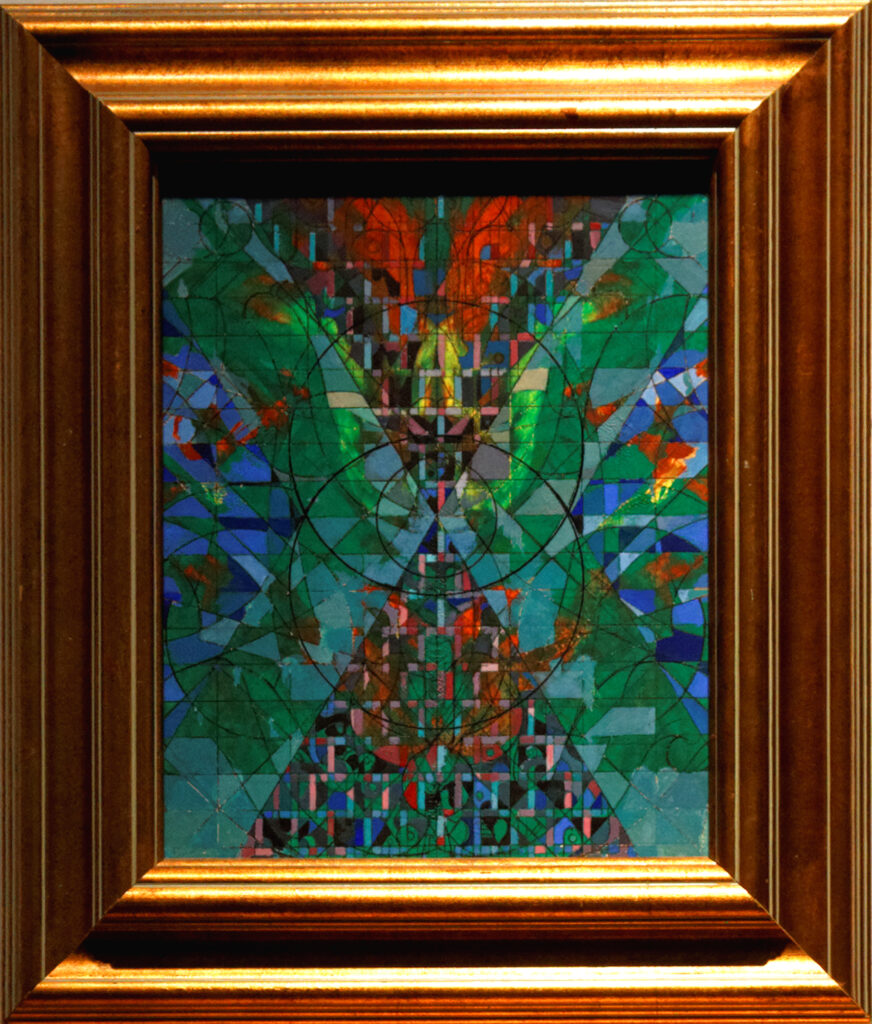
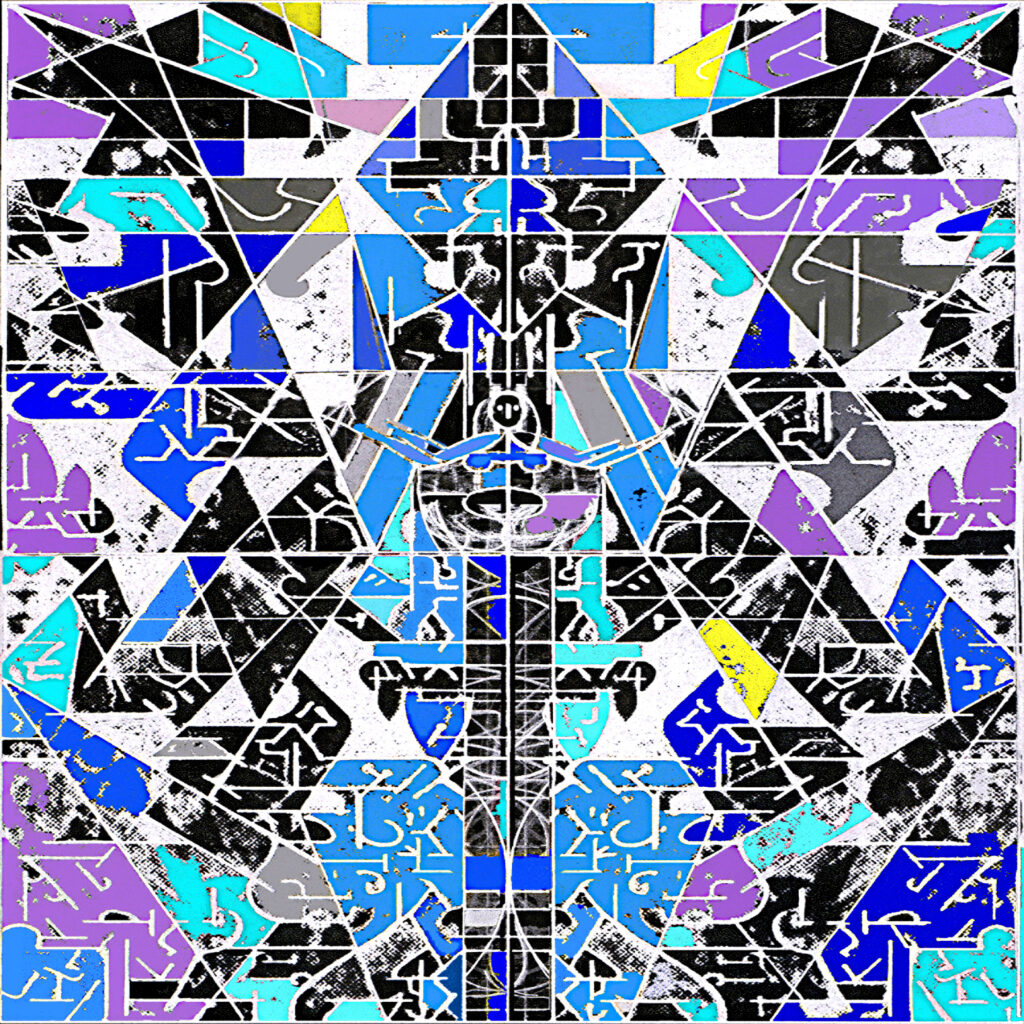
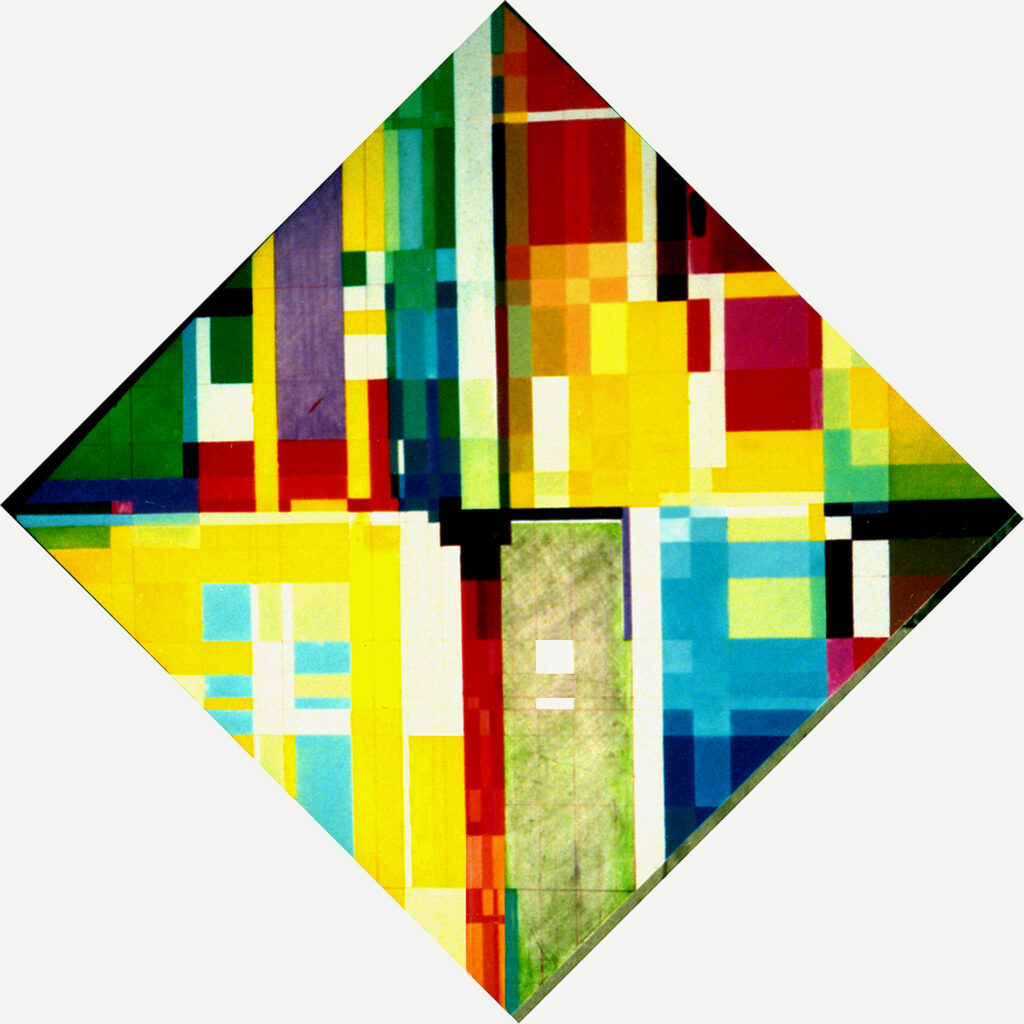
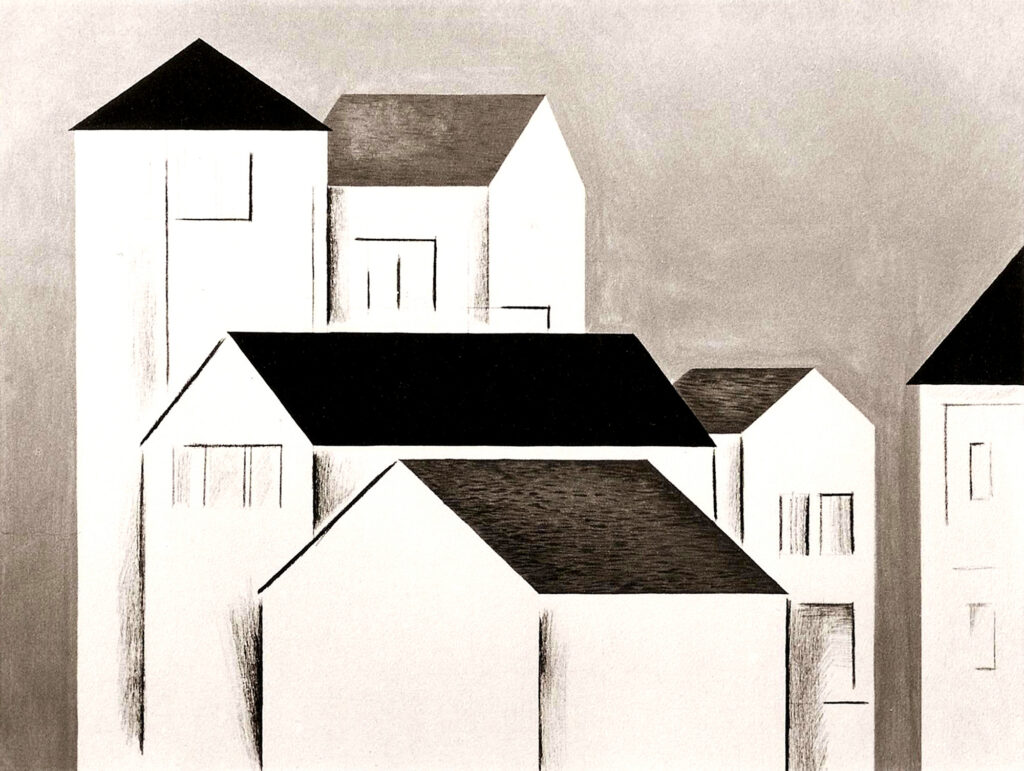
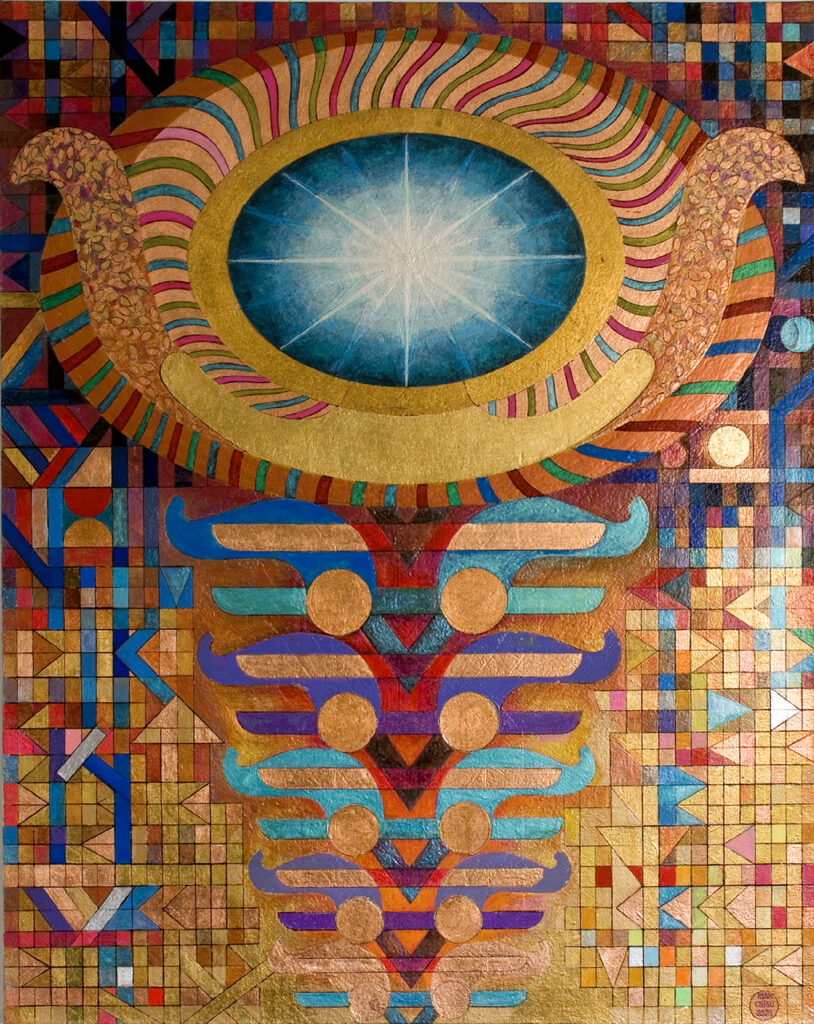
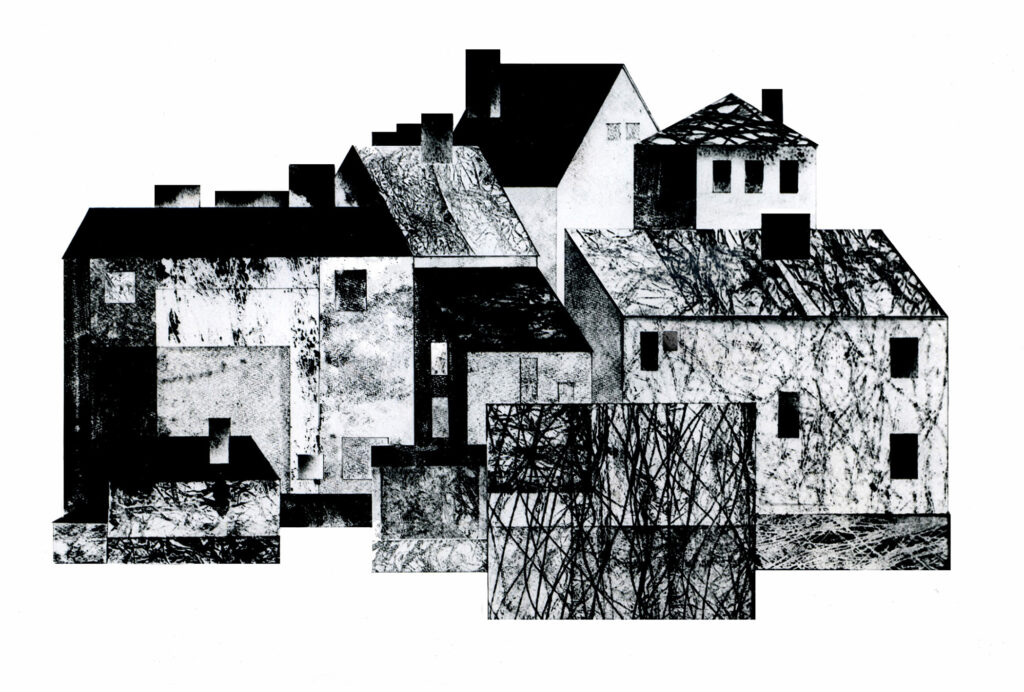
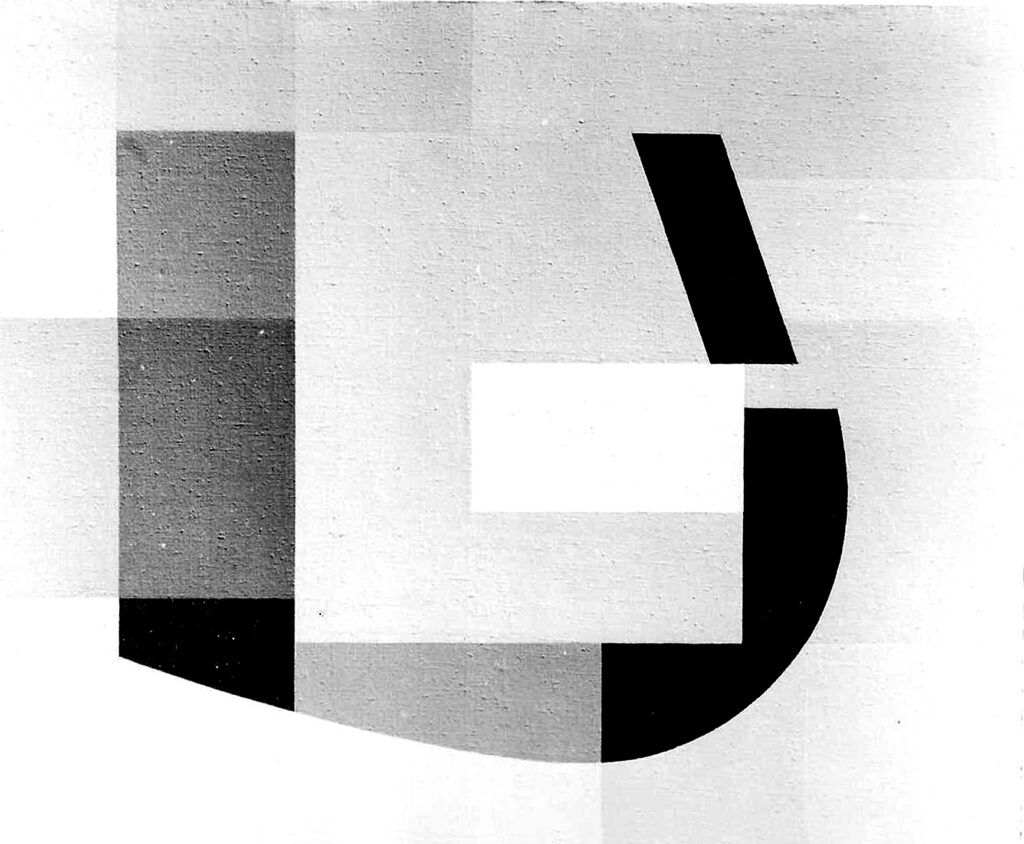
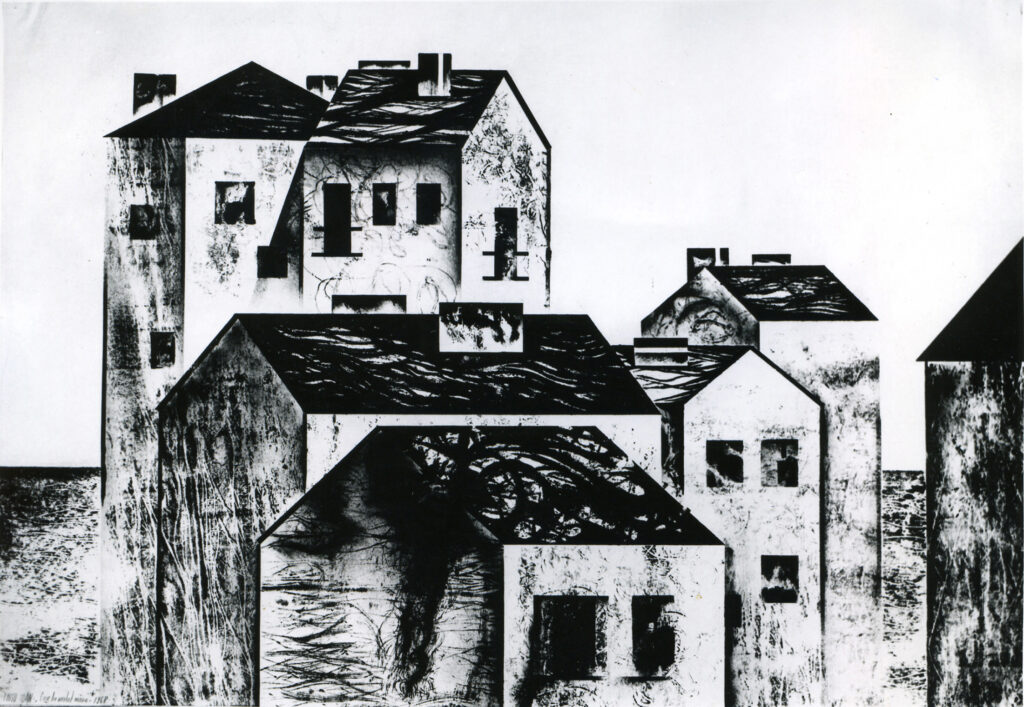
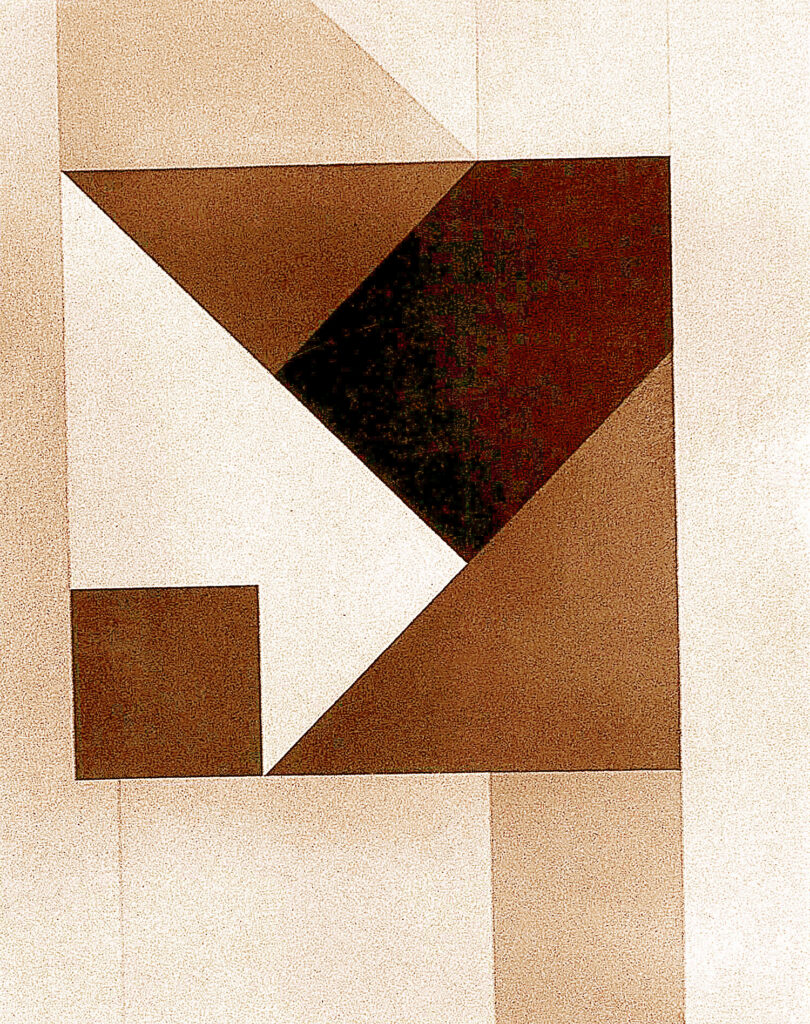
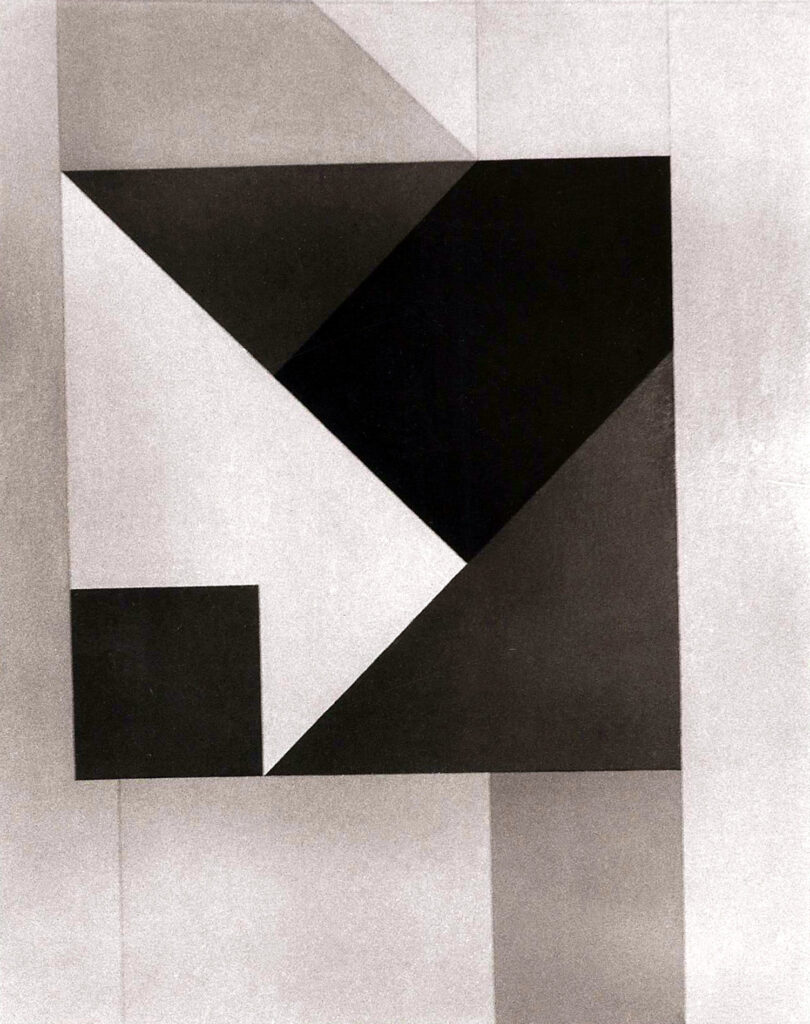
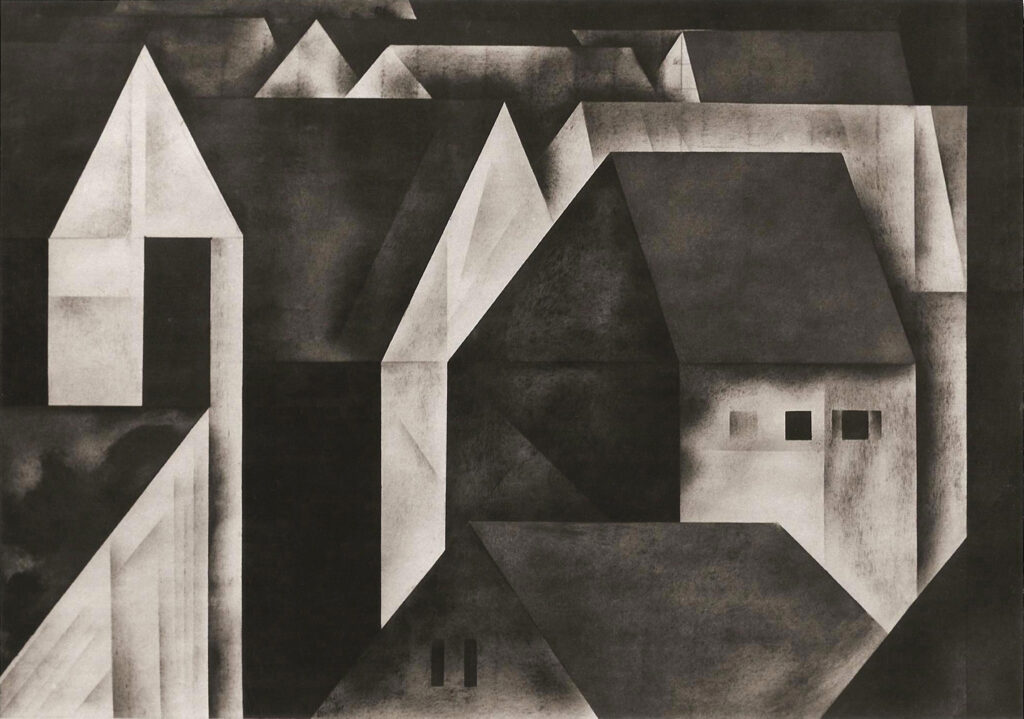
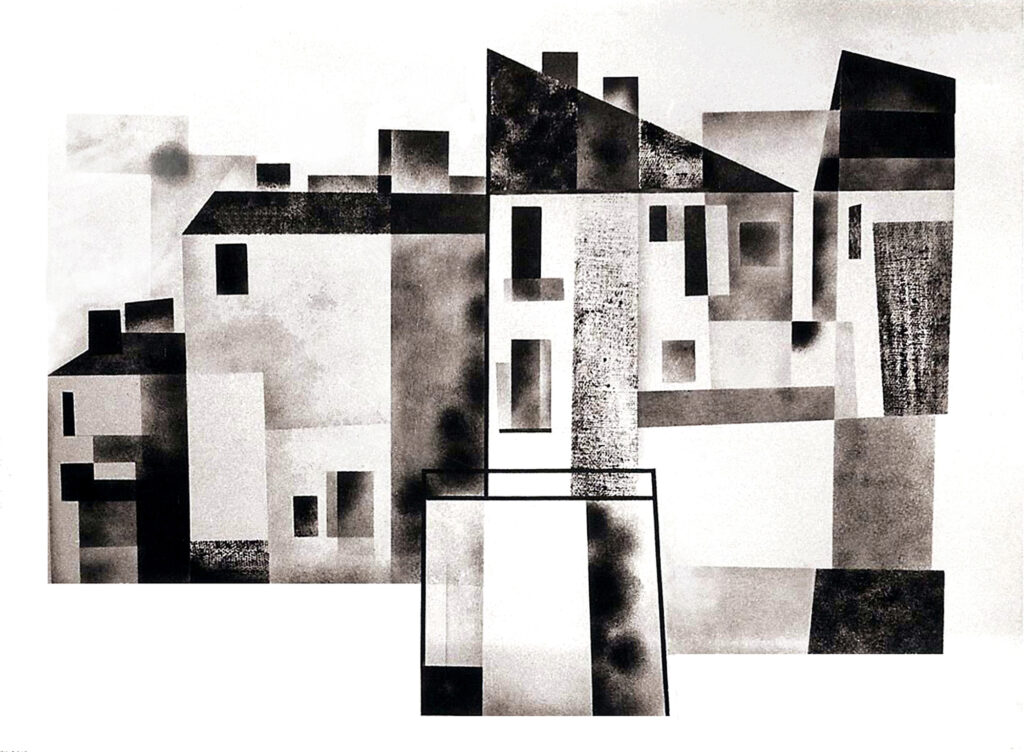
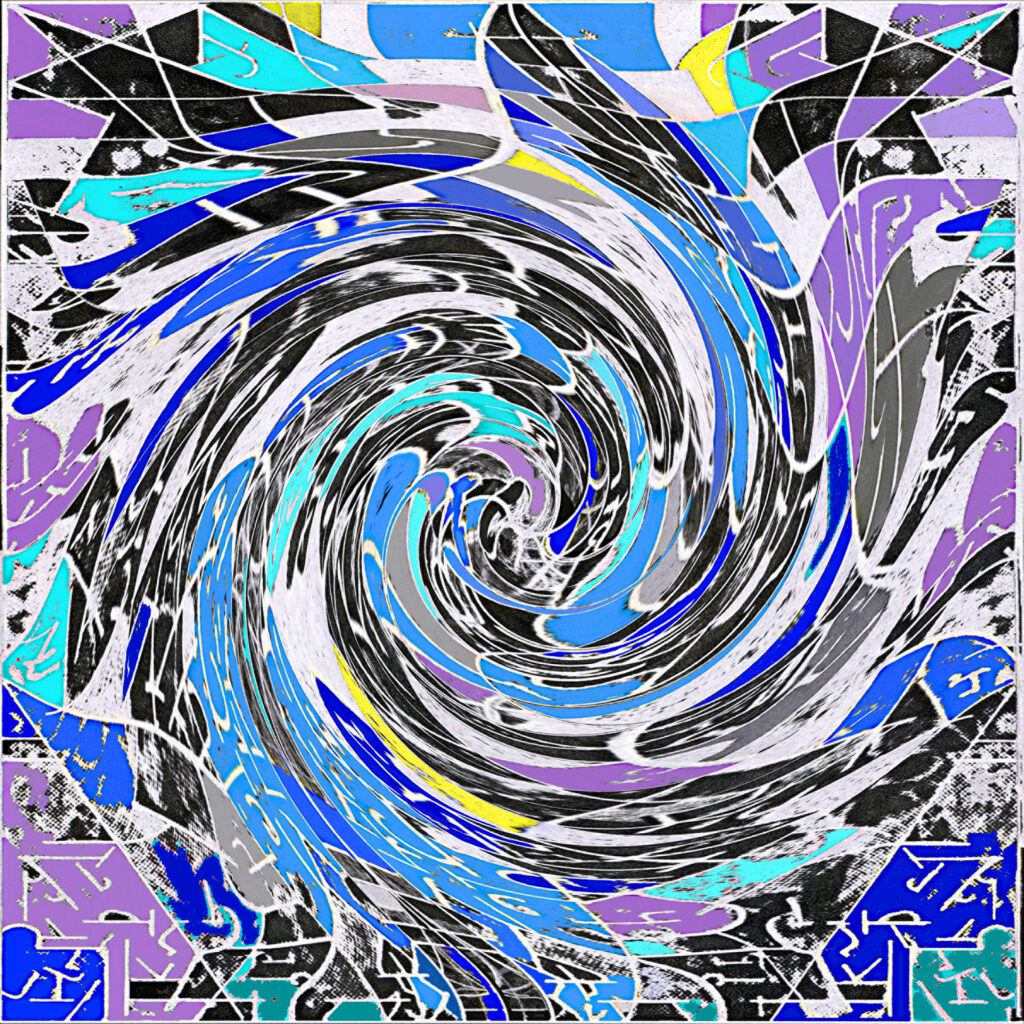
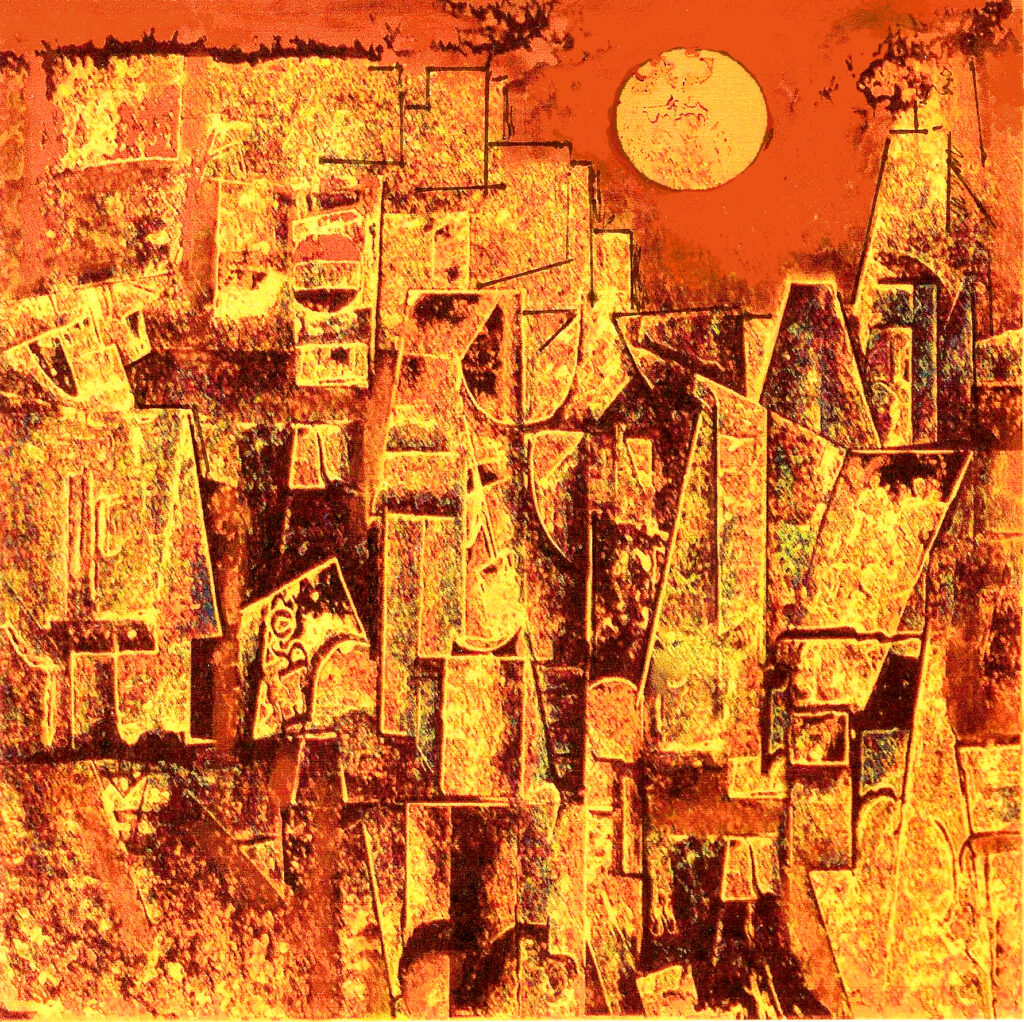
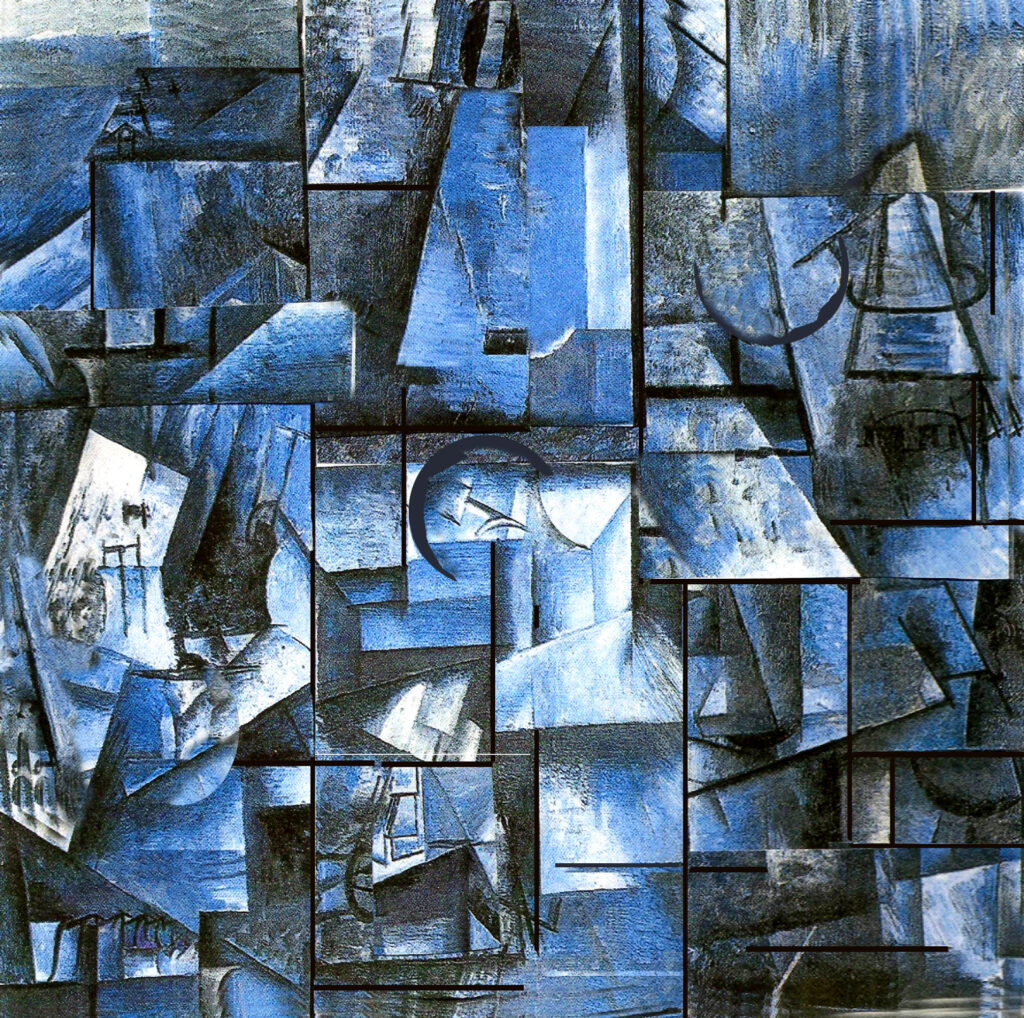
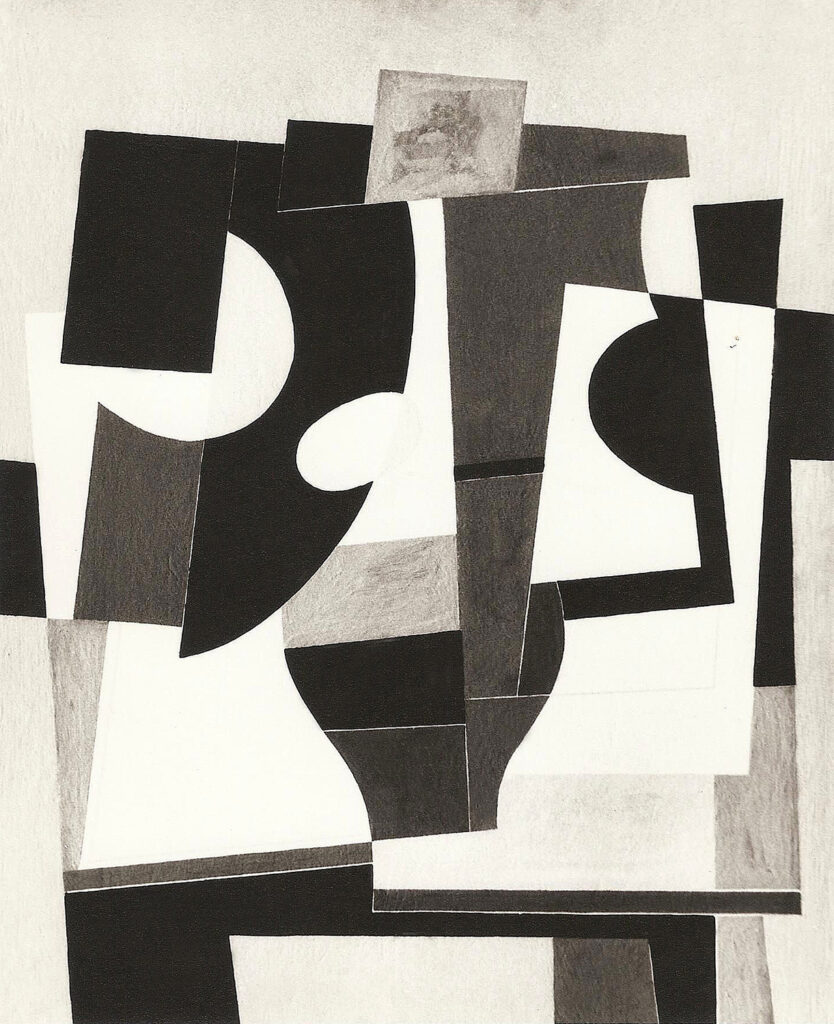
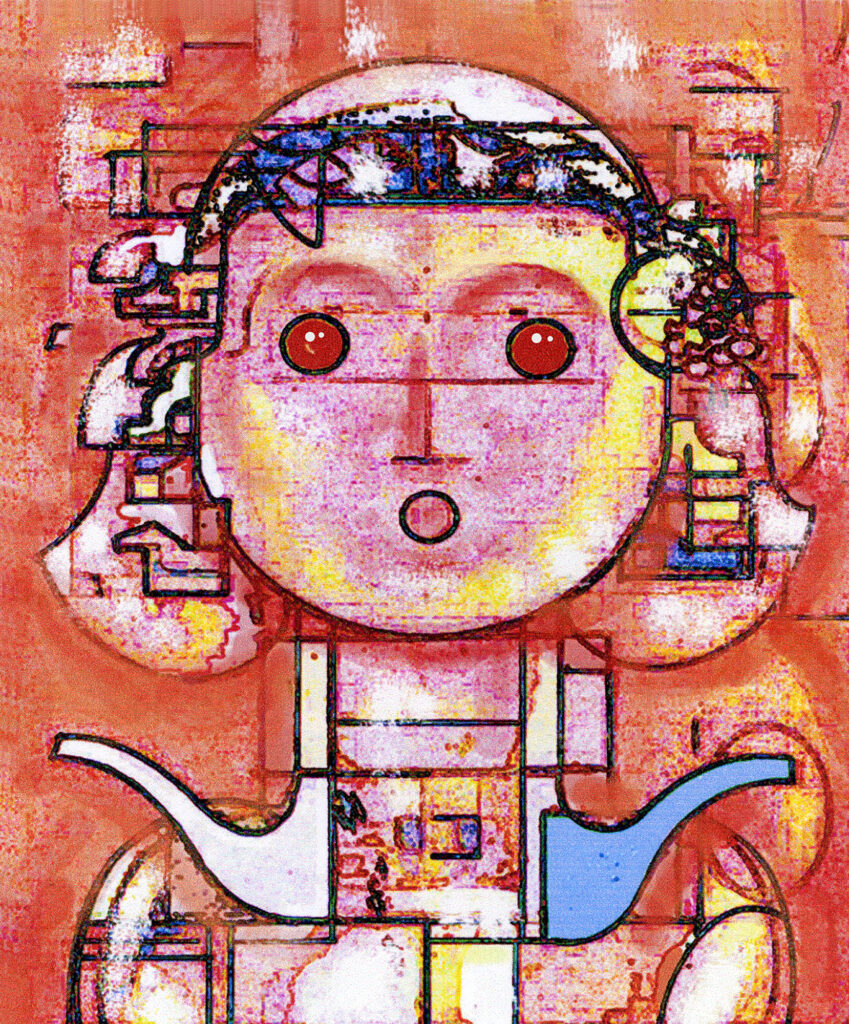
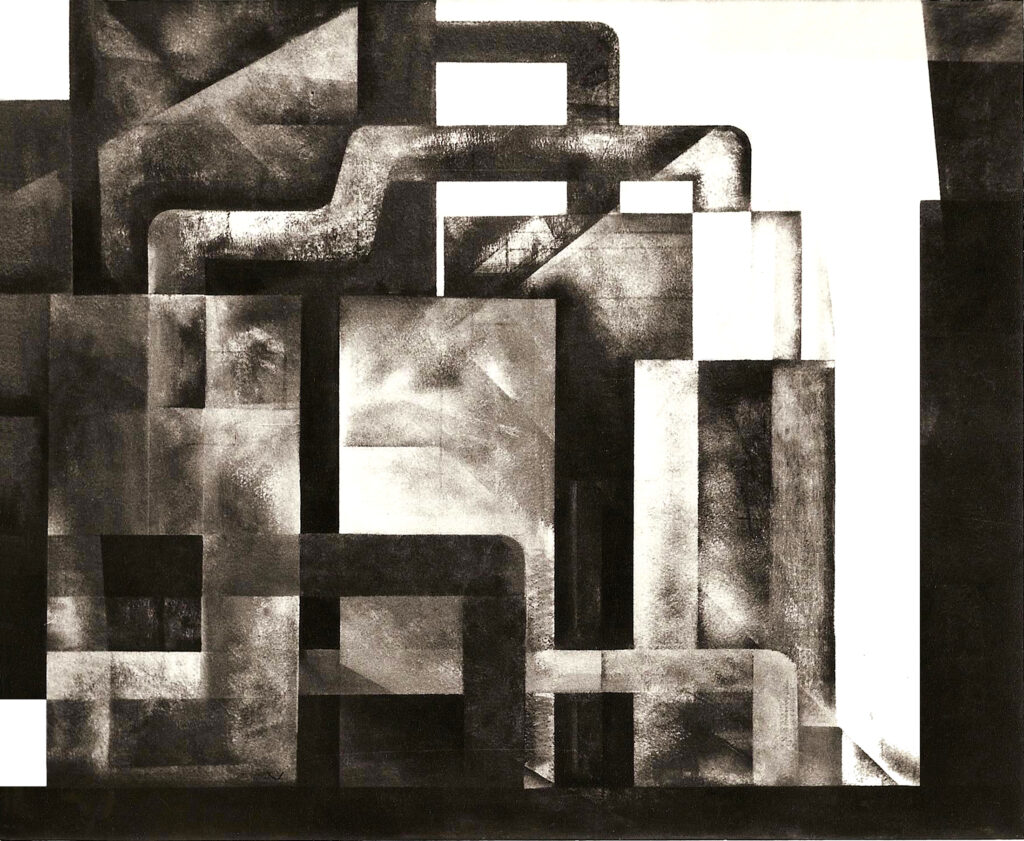
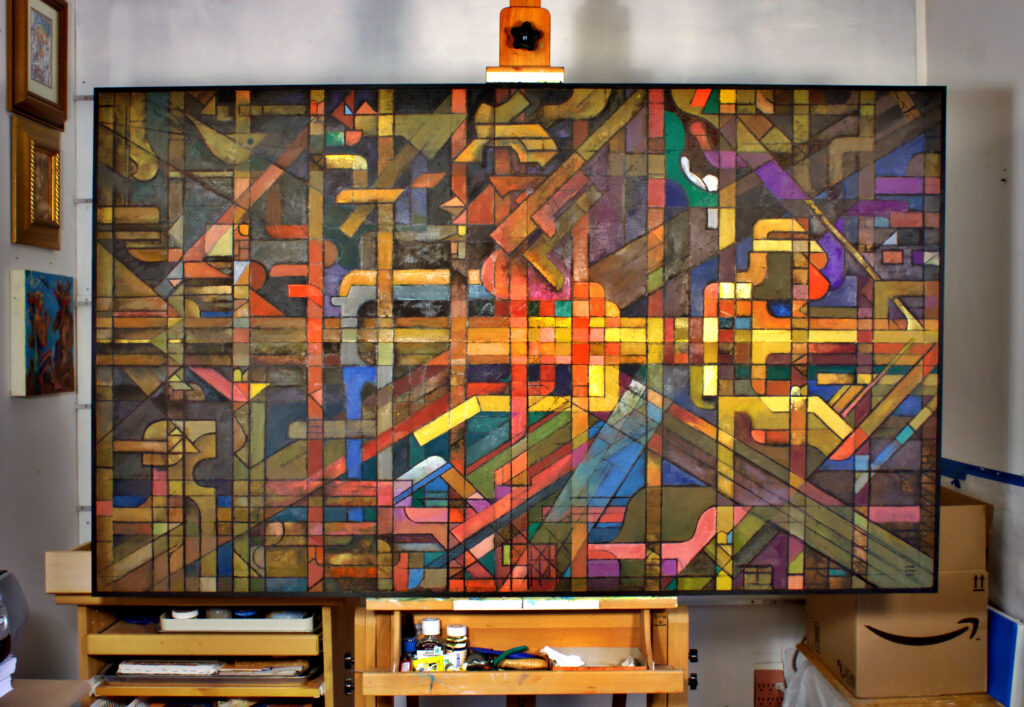
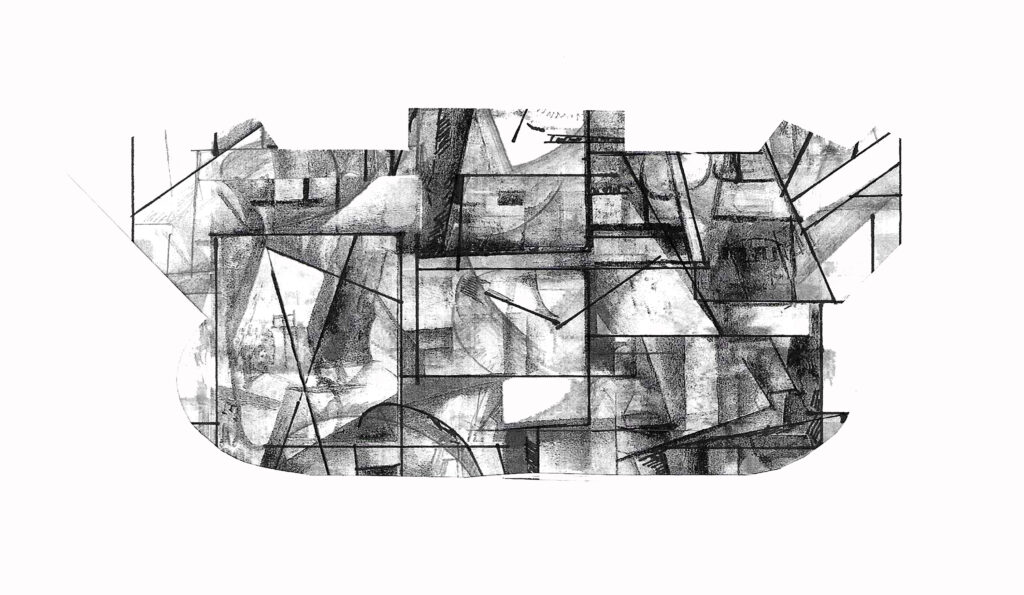
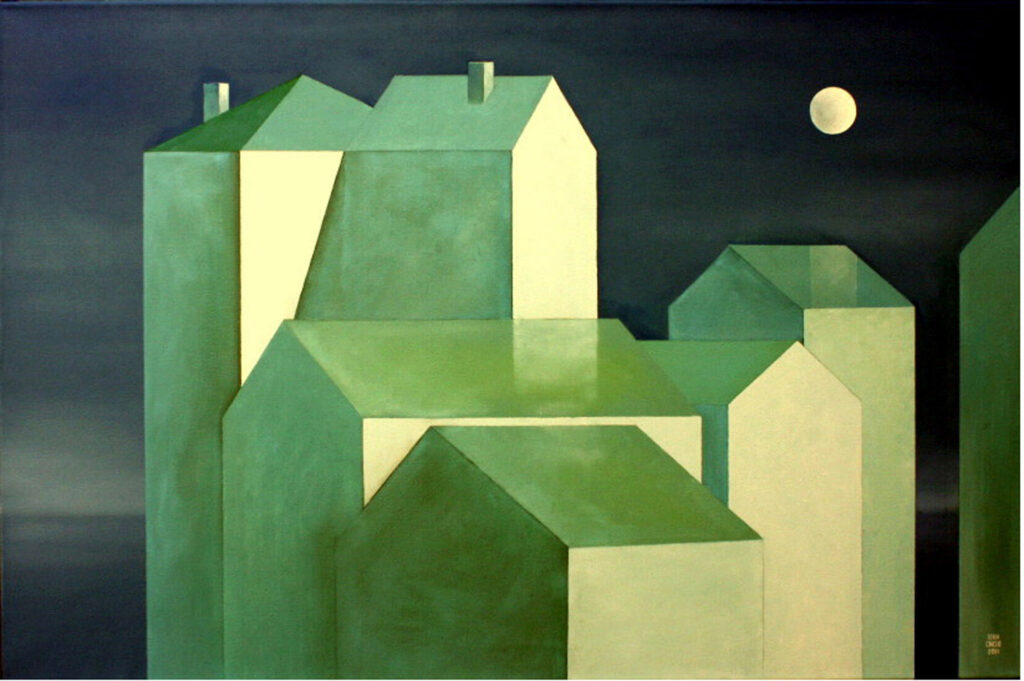
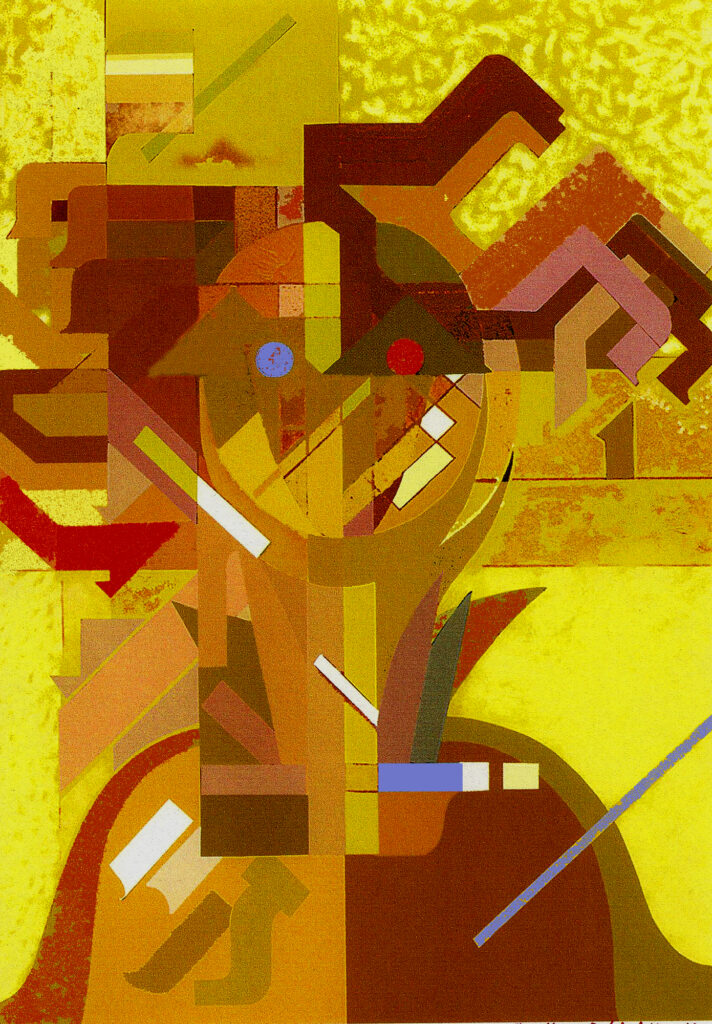
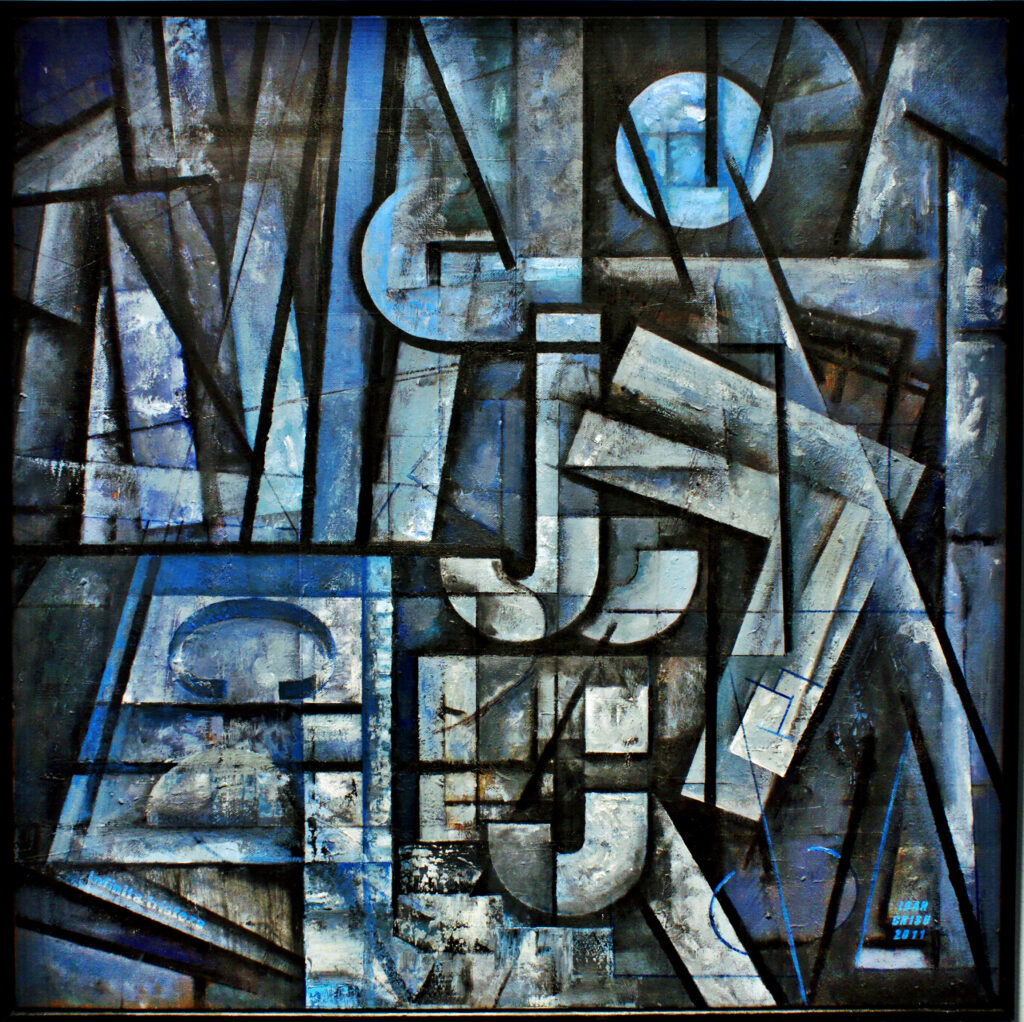
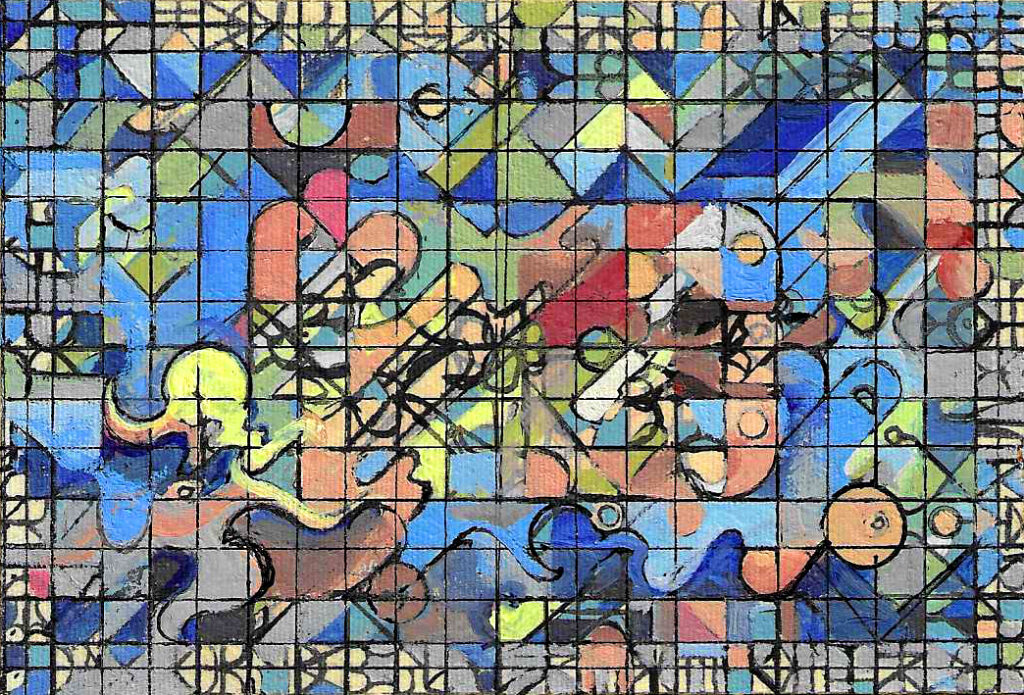
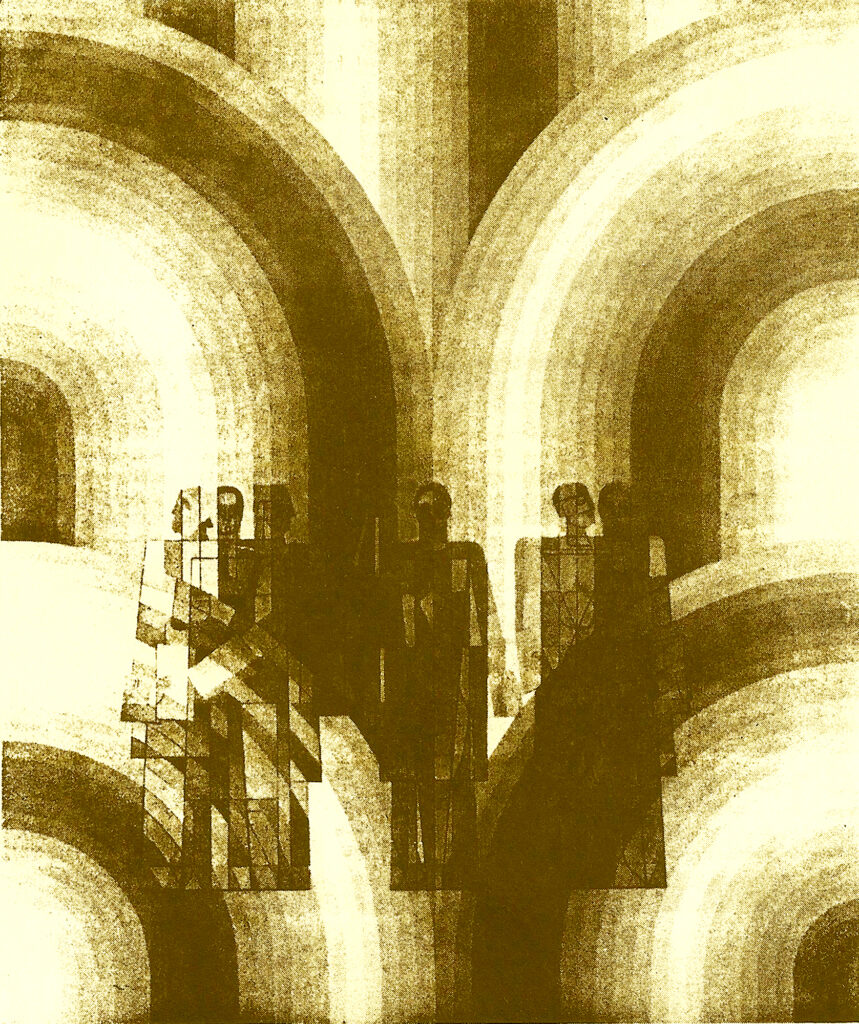
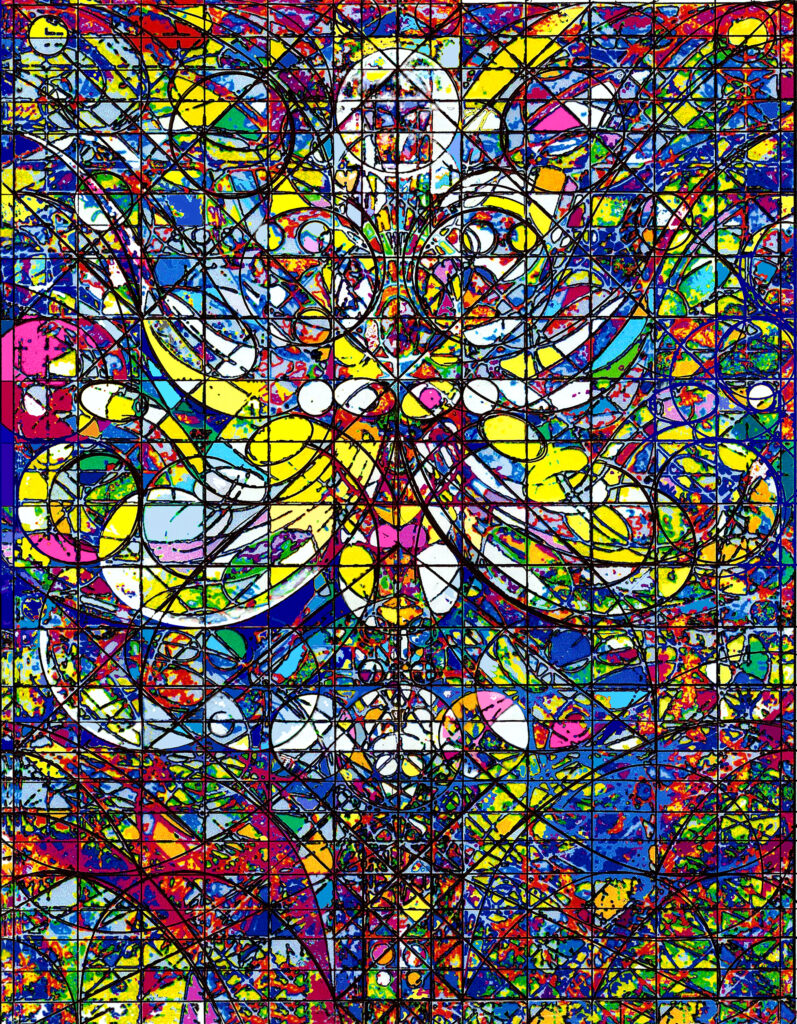
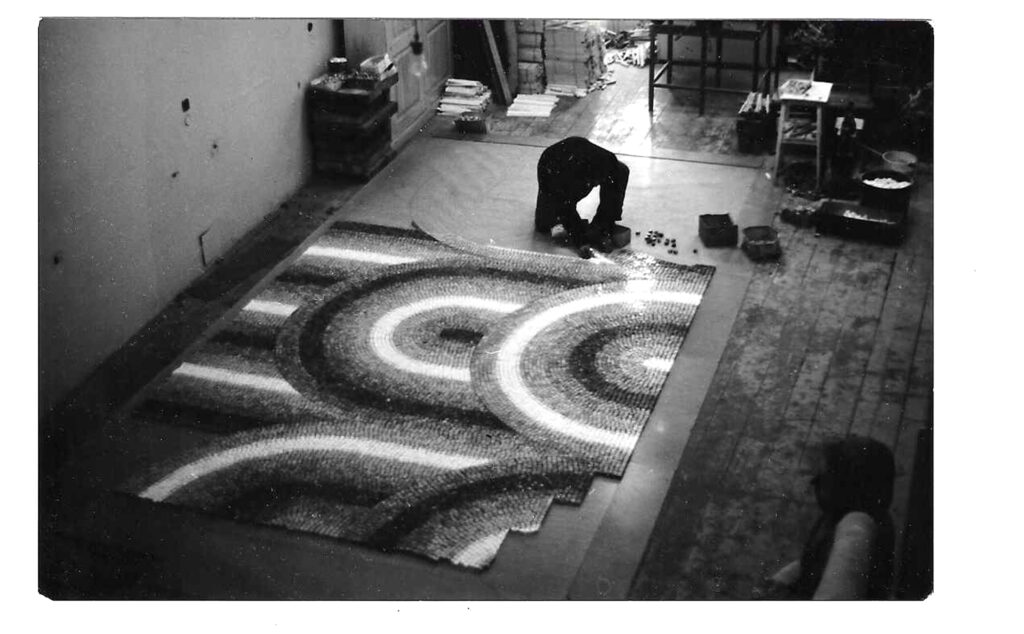
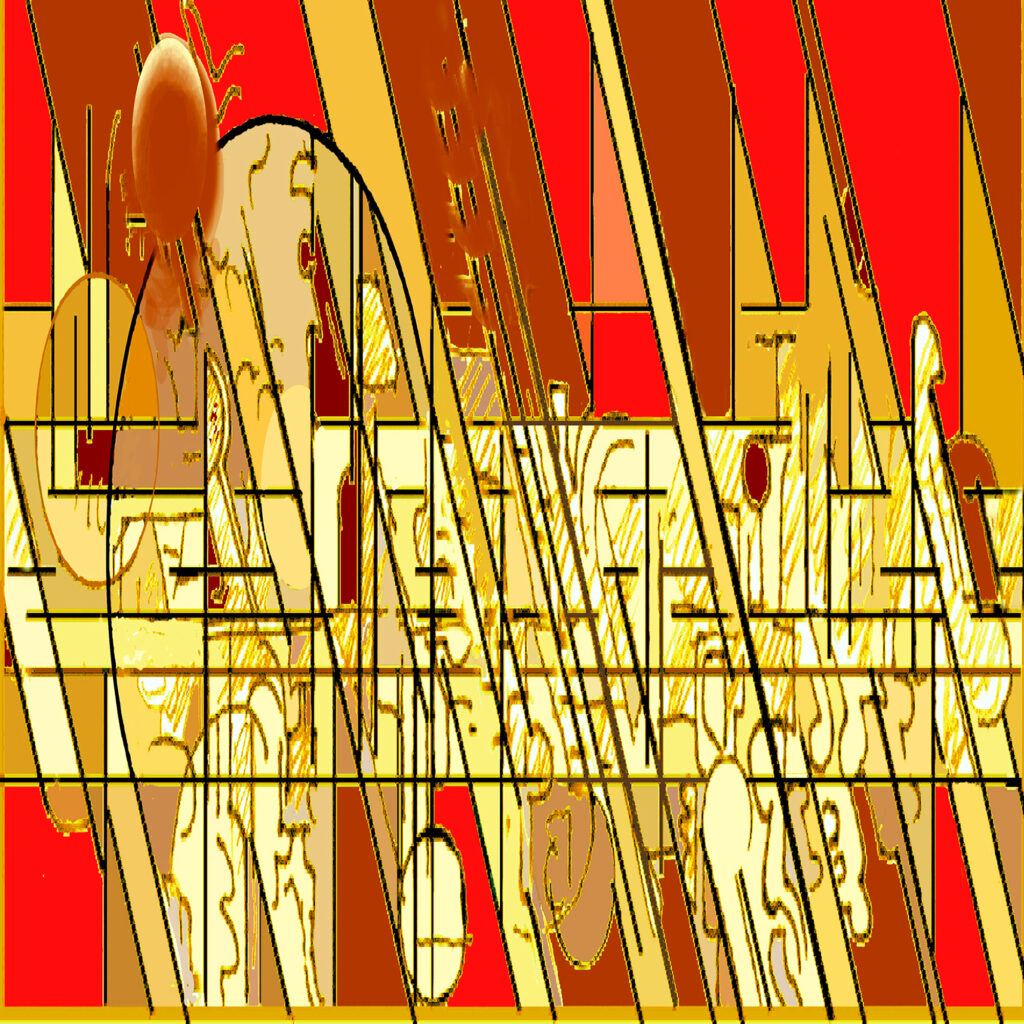
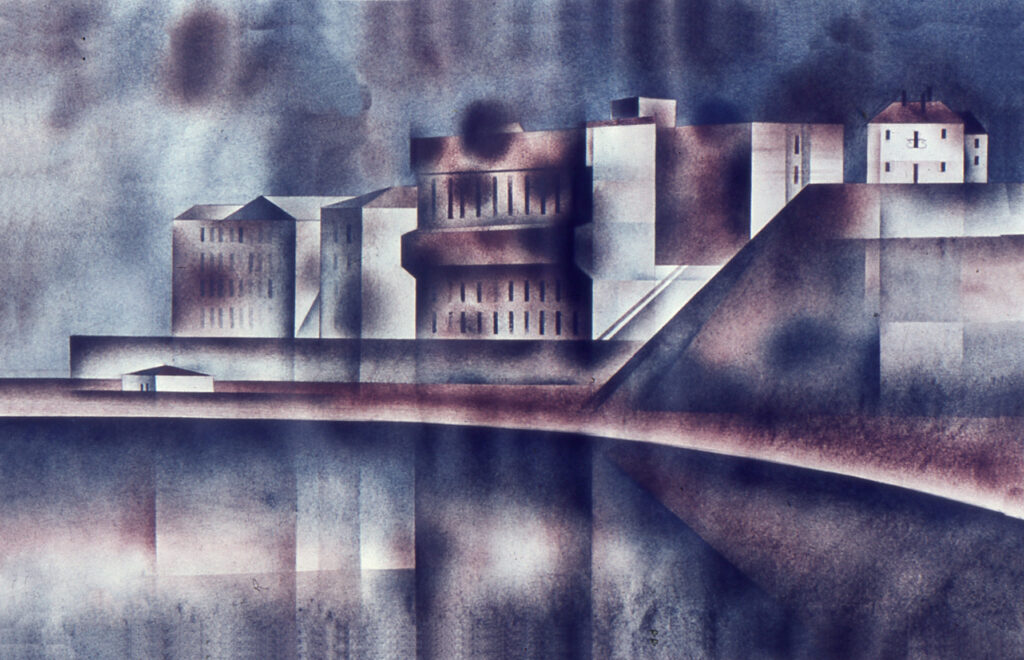
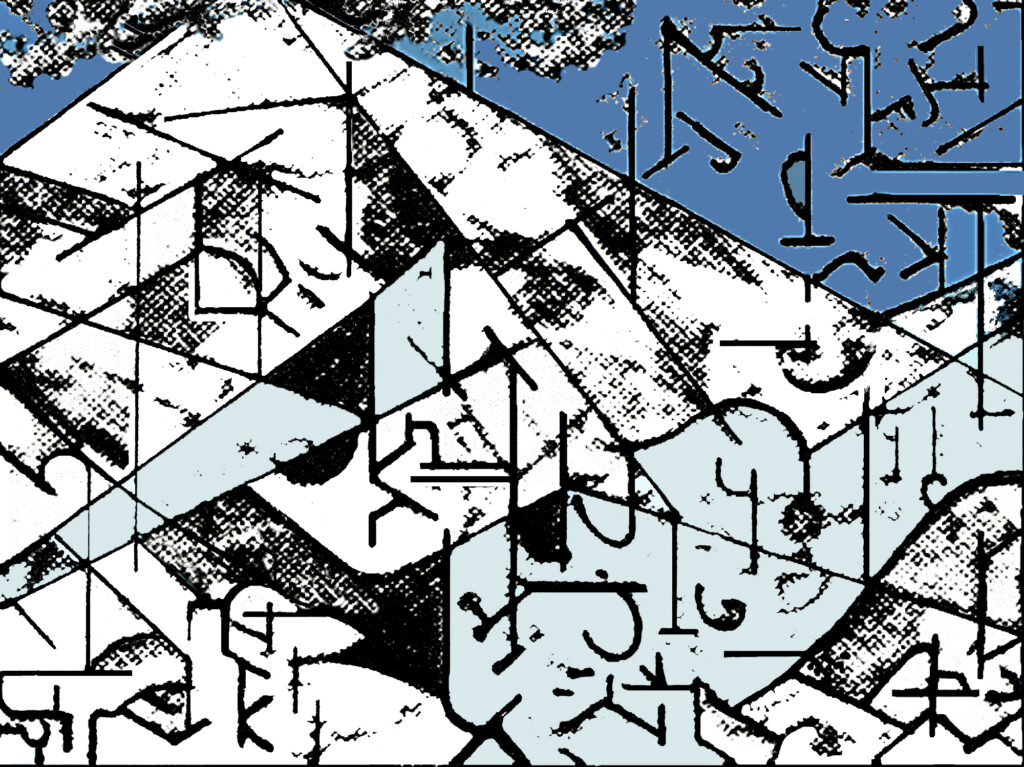
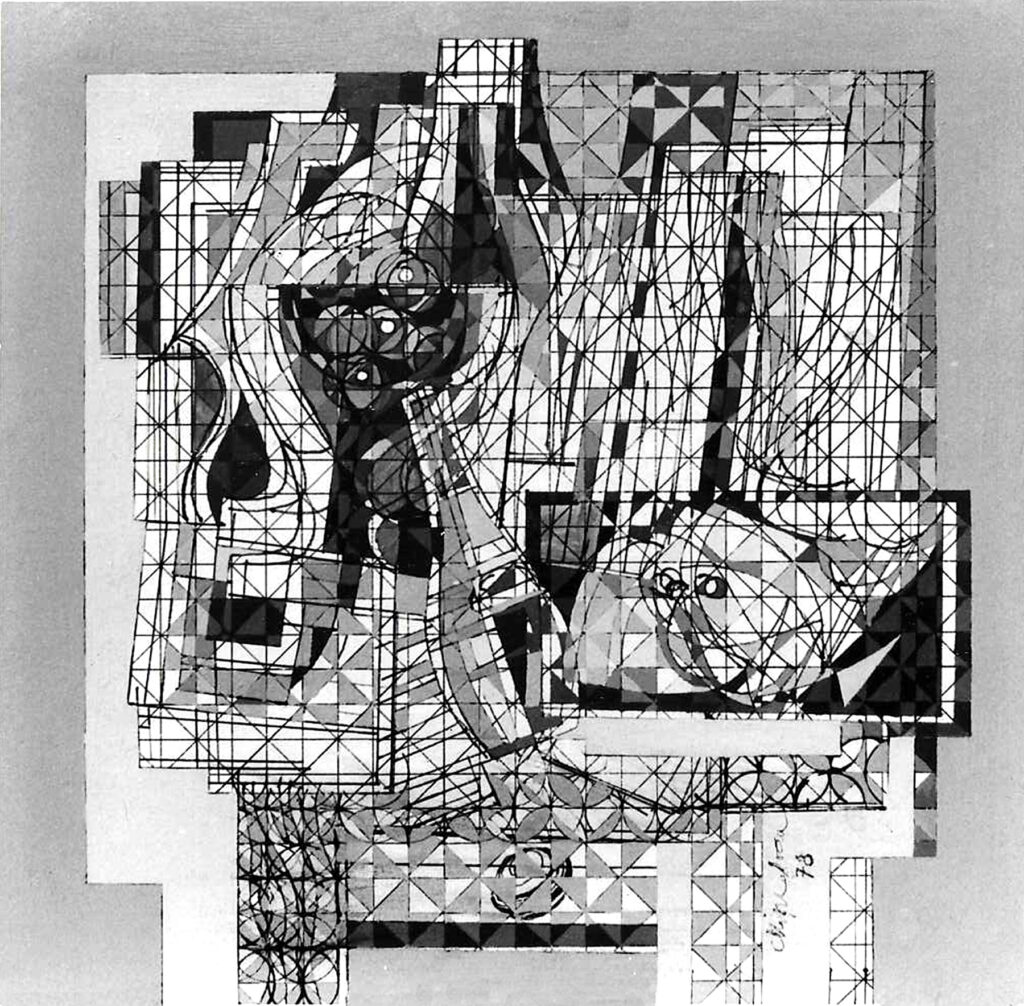
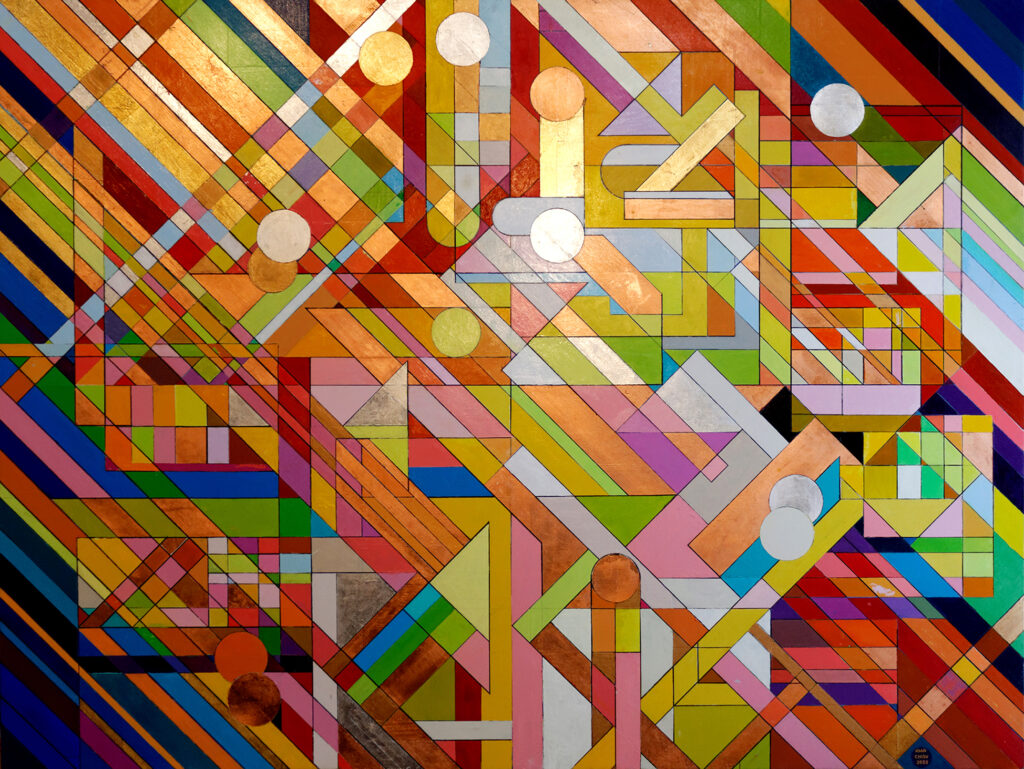
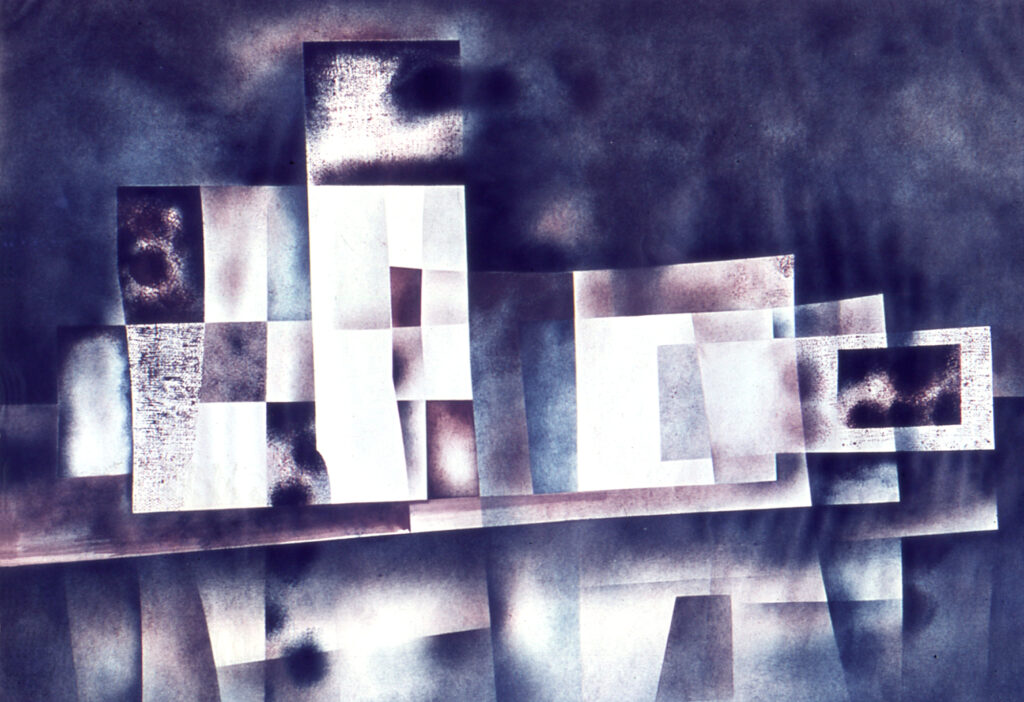
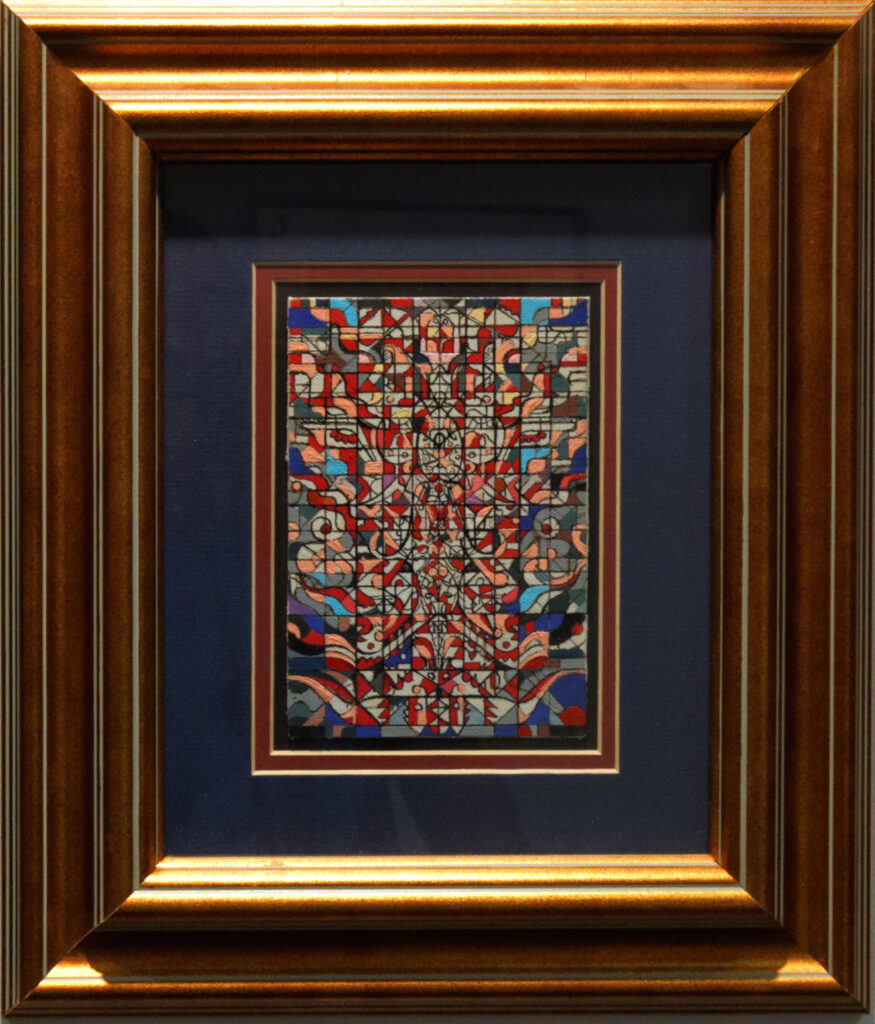
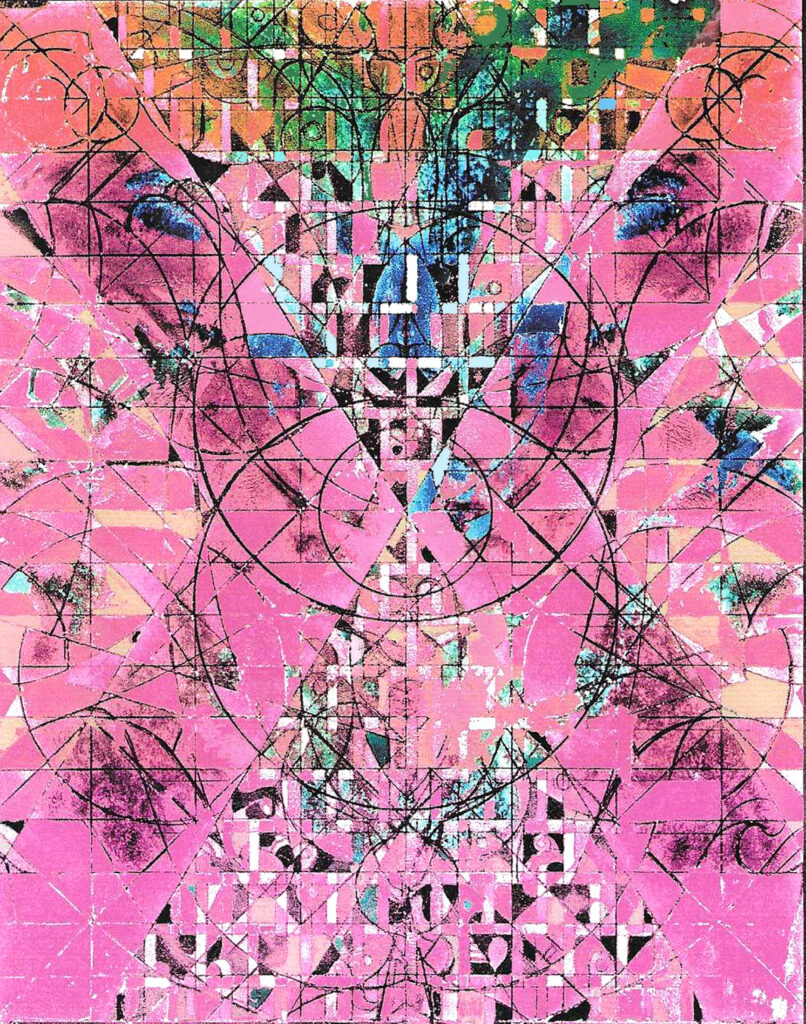
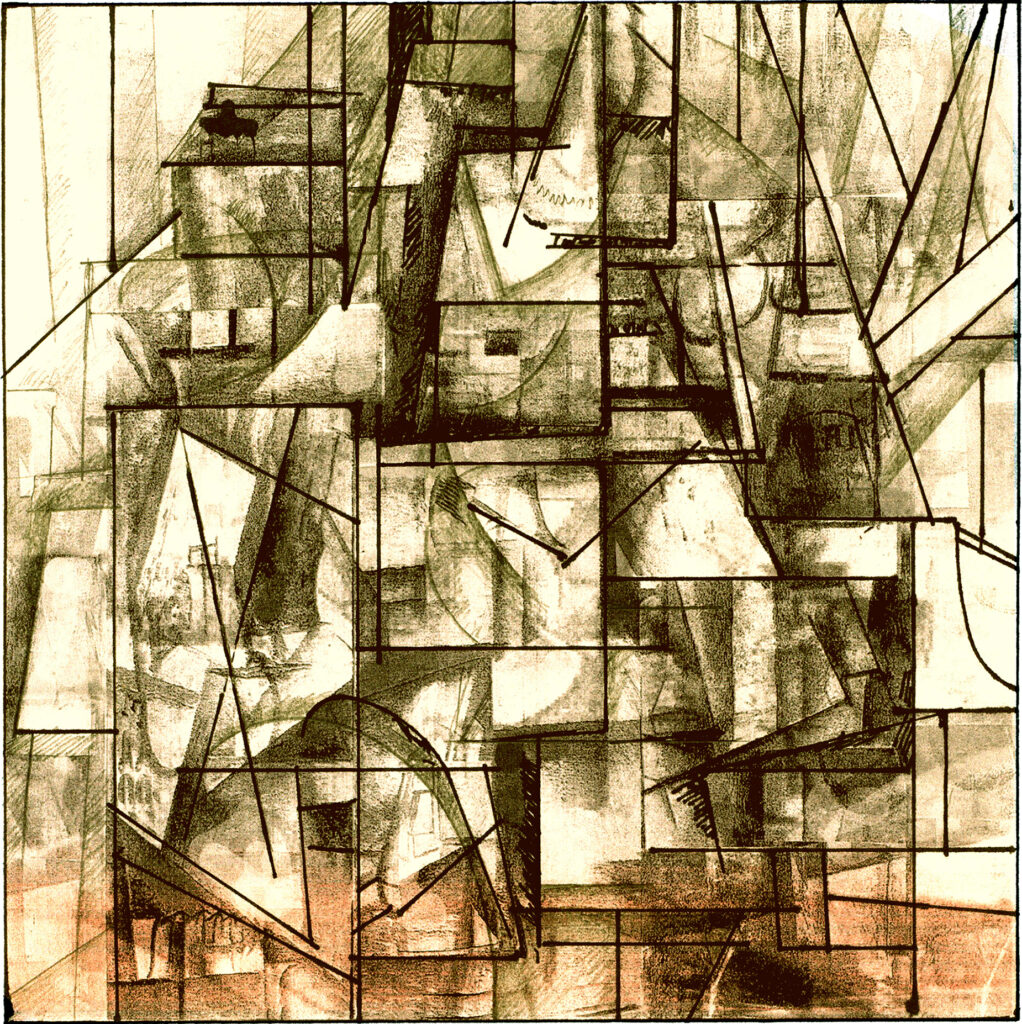
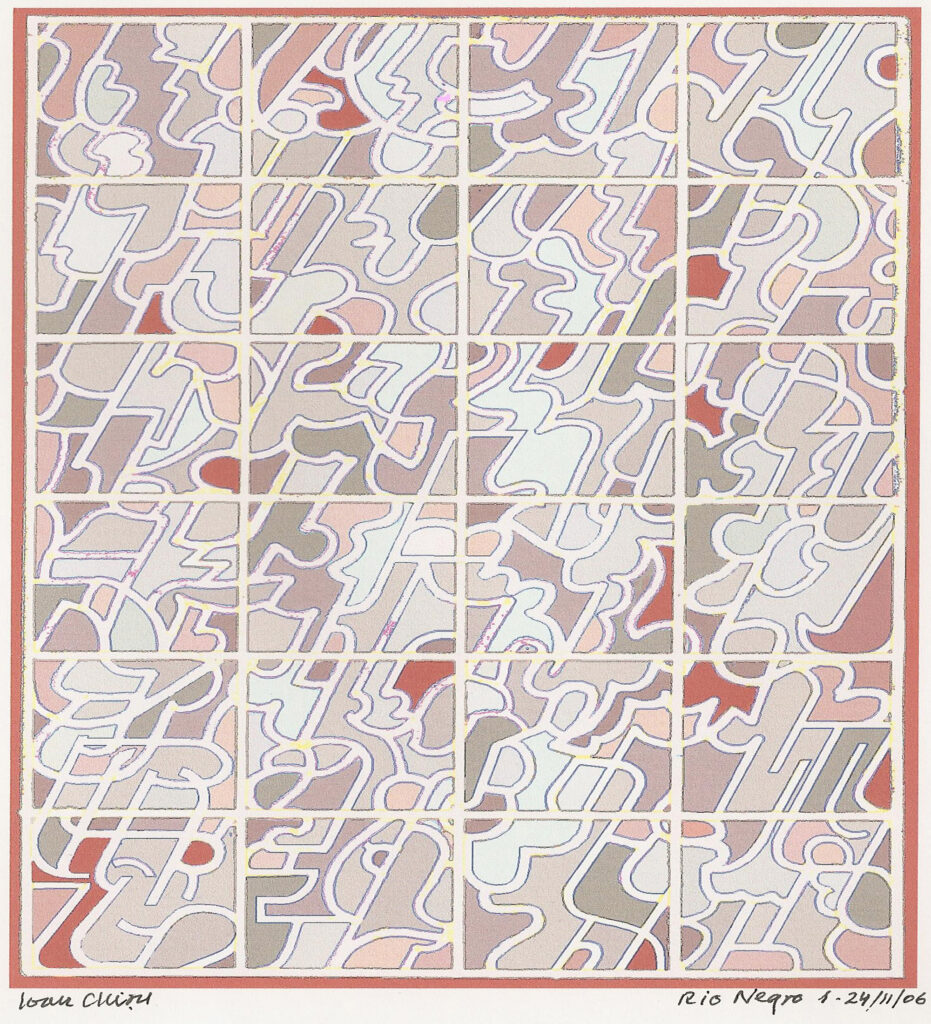
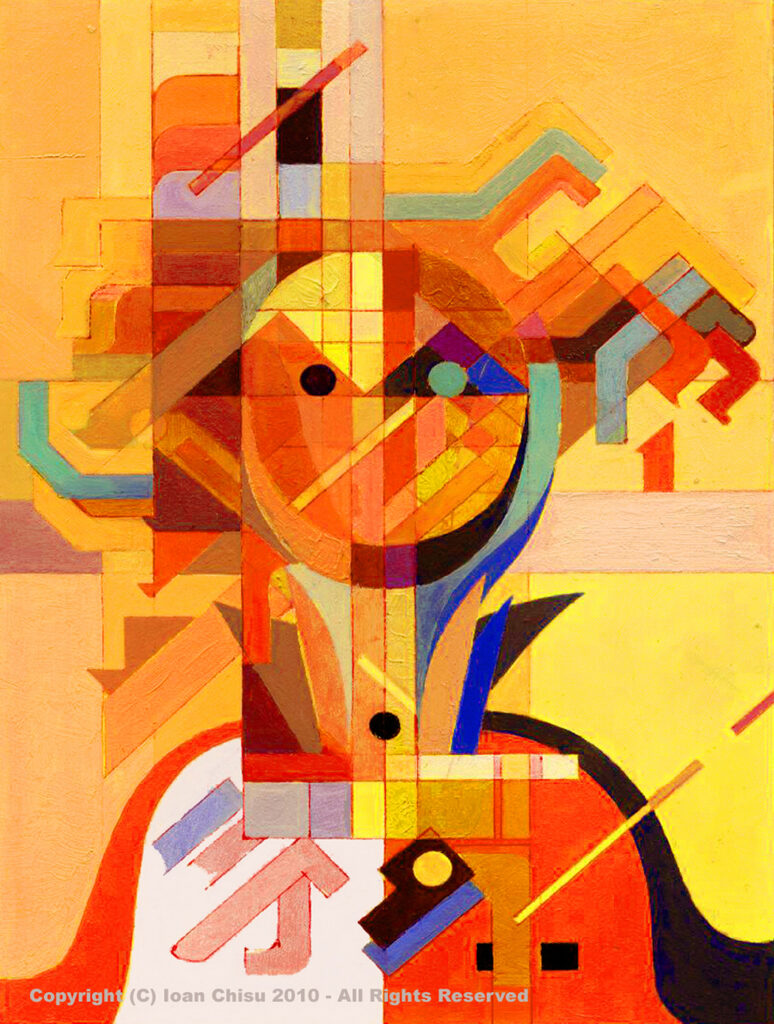
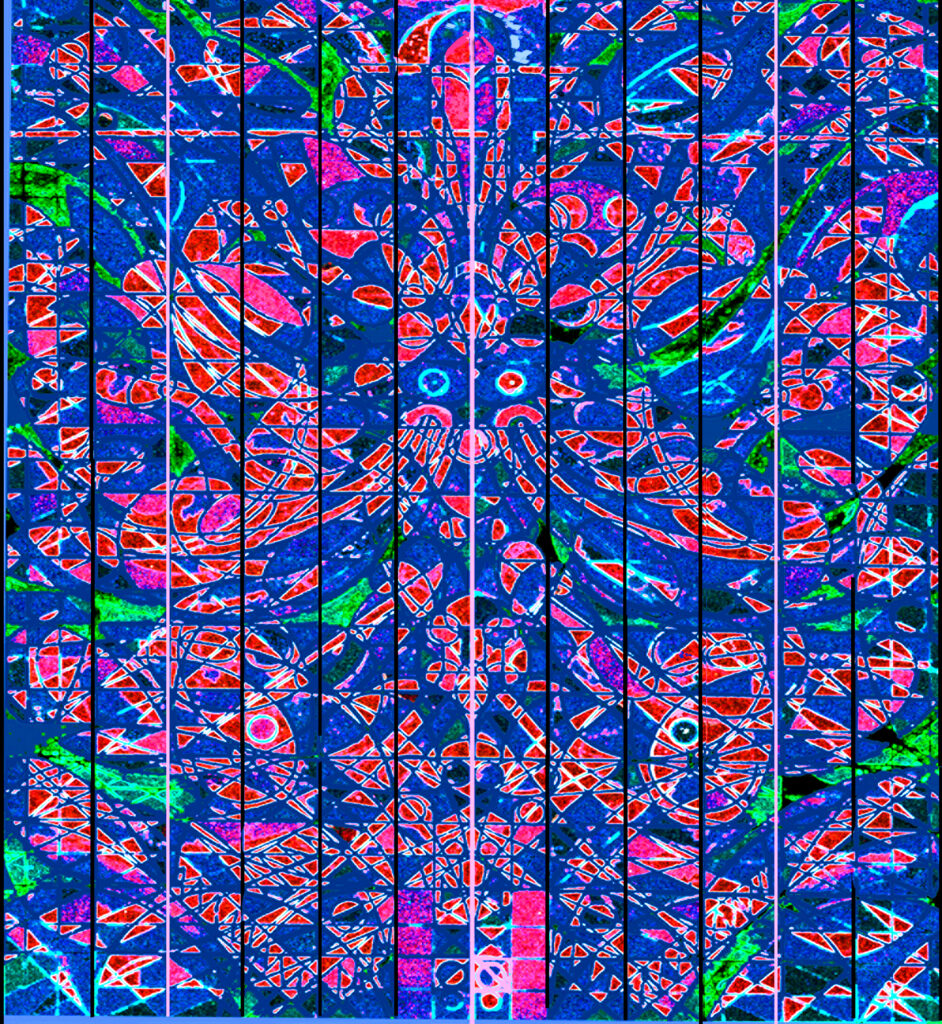
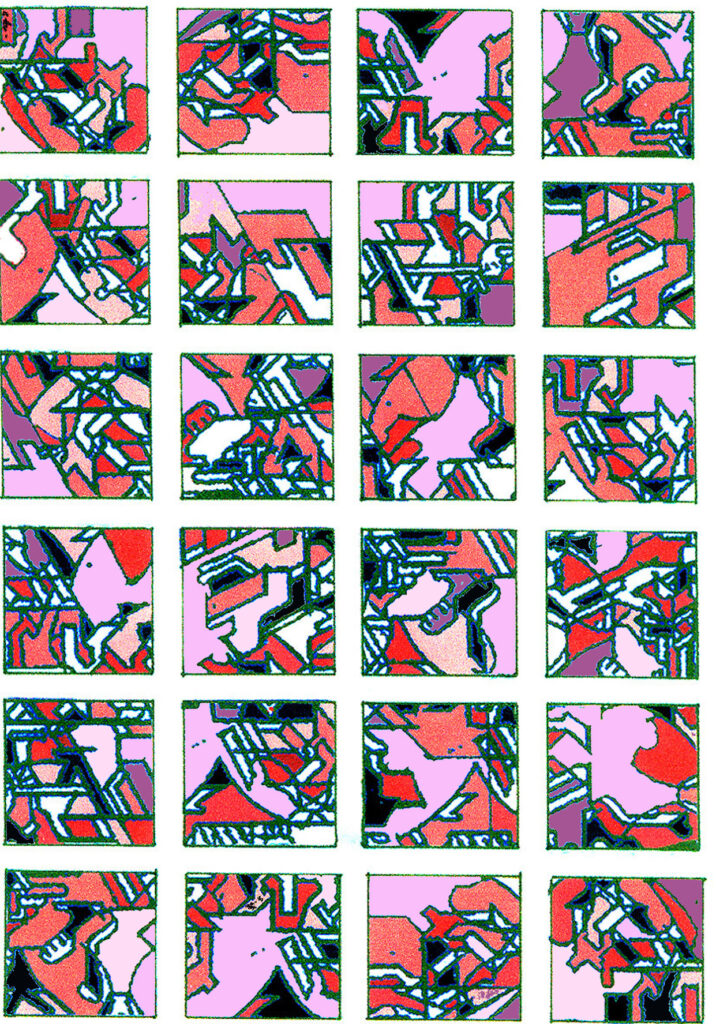
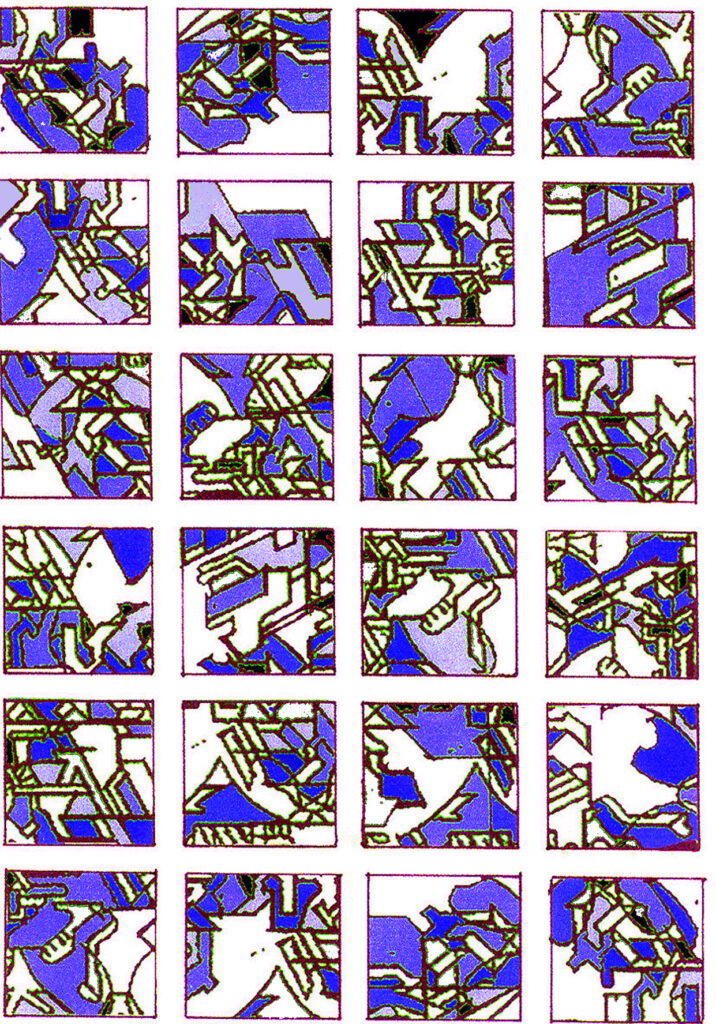
In literature and poetry, “flight” is often used as a metaphor for freedom. It represents the ability to escape restrictive circumstances or to free oneself limitations.
Without going into the concrete and specific illustration of mythological symbols like those of Icarus or Prometheus, Chisu’s flight is limited as a literary context to the idea that man, being bound to the earth and its harsh and fleeting life, is the bearer of significance or rebellion by creative thinker in the face of an adverse destiny, or maybe they are nothing but the result of long-forgotten dreams.
The treatment of the themes falls between narrative and metaphorical, between real and abstract. “Eagle 1” from 2022 and “Eagle 2” from 2023 are narrative representations.
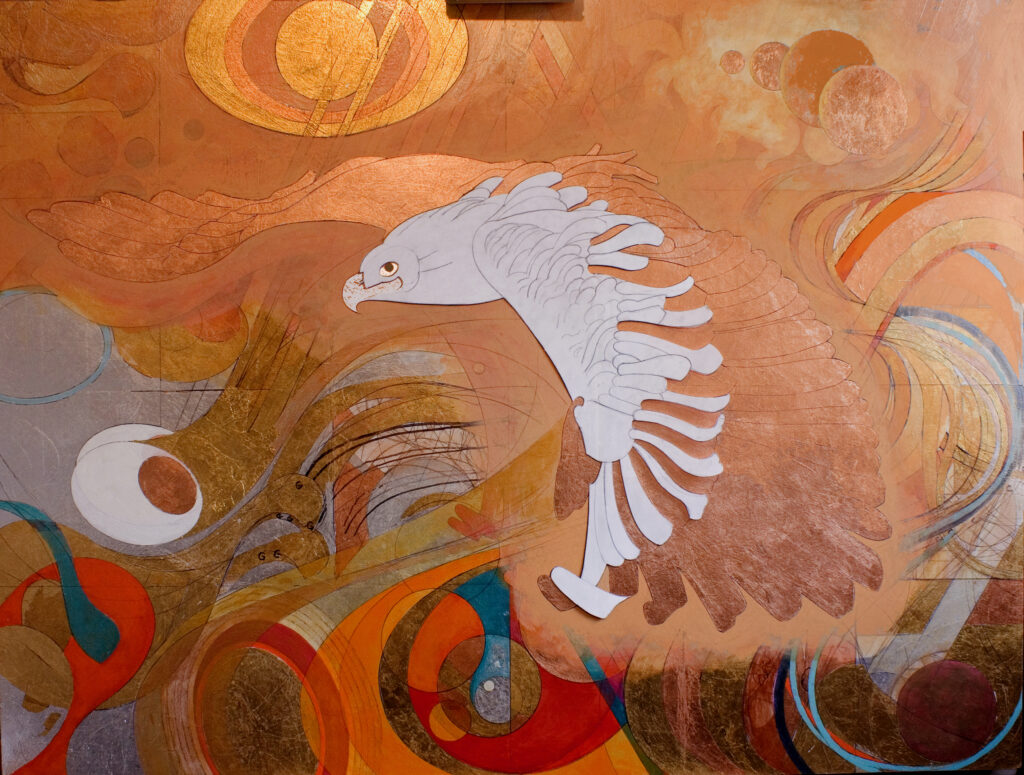
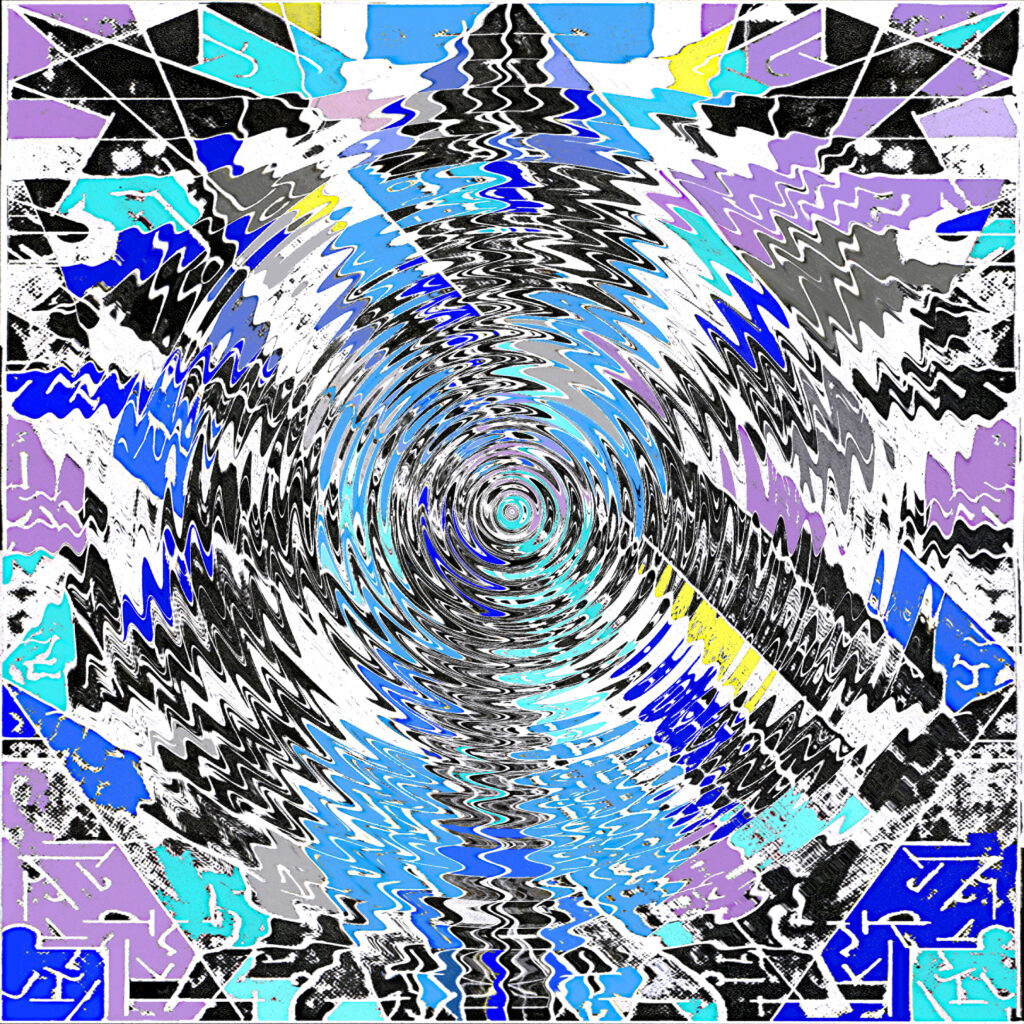
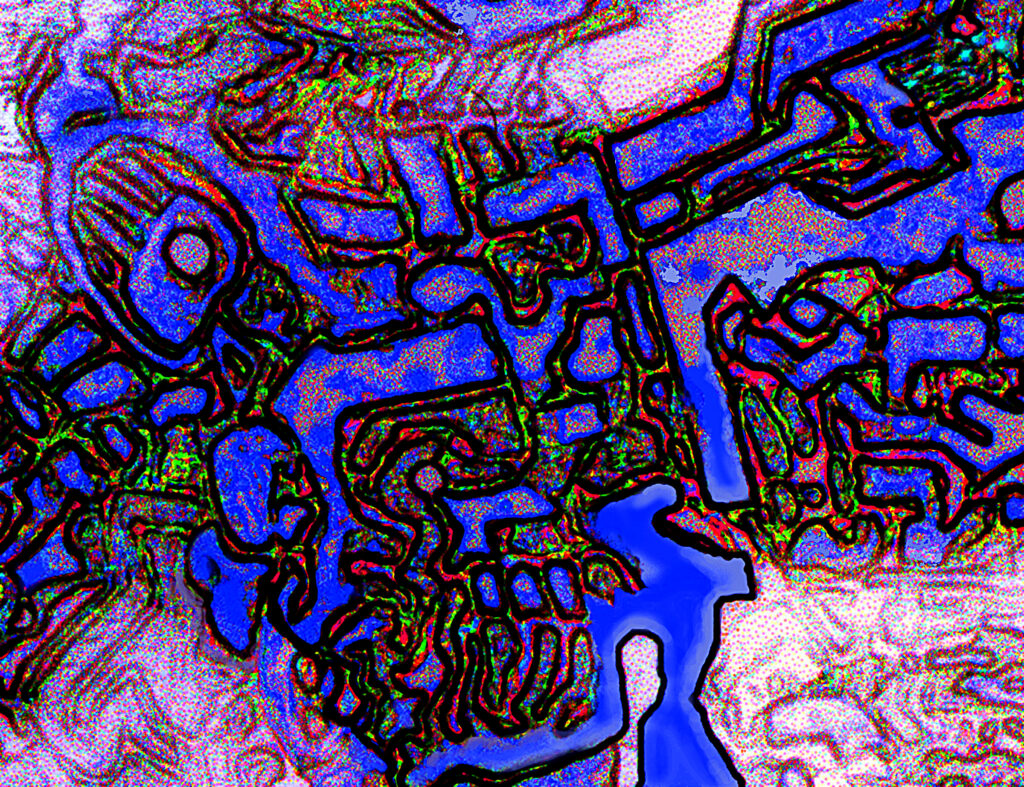
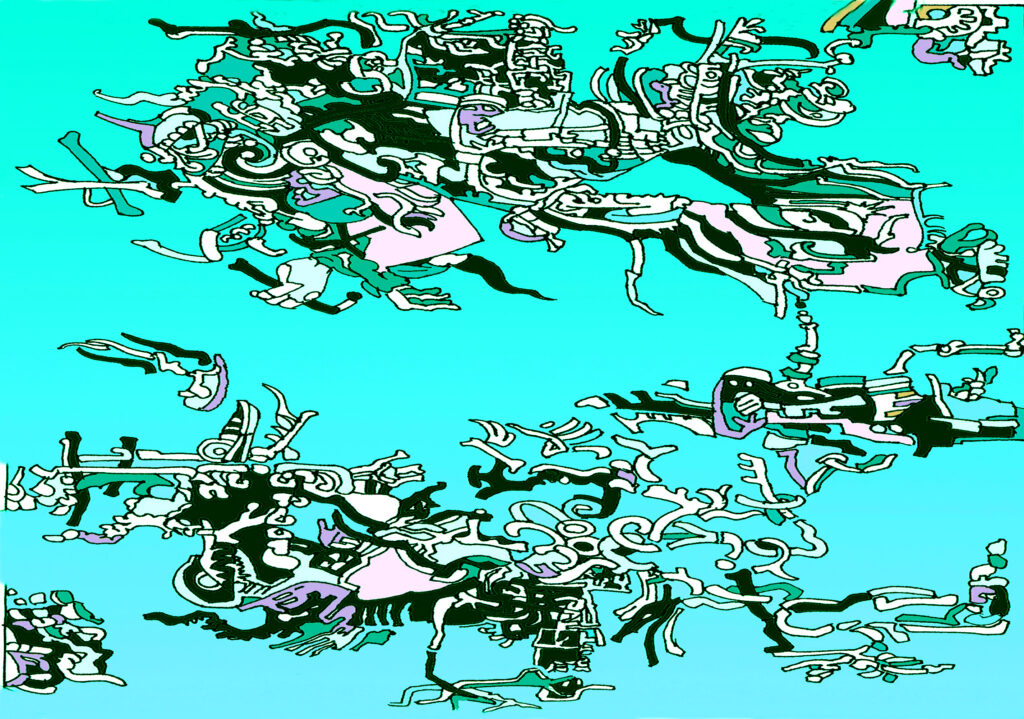
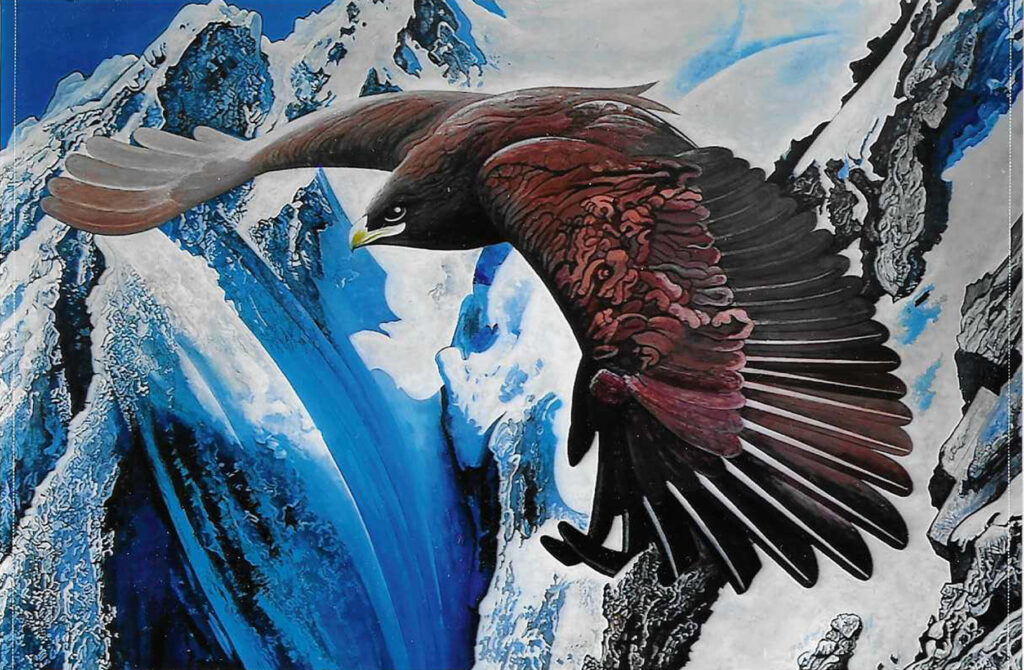
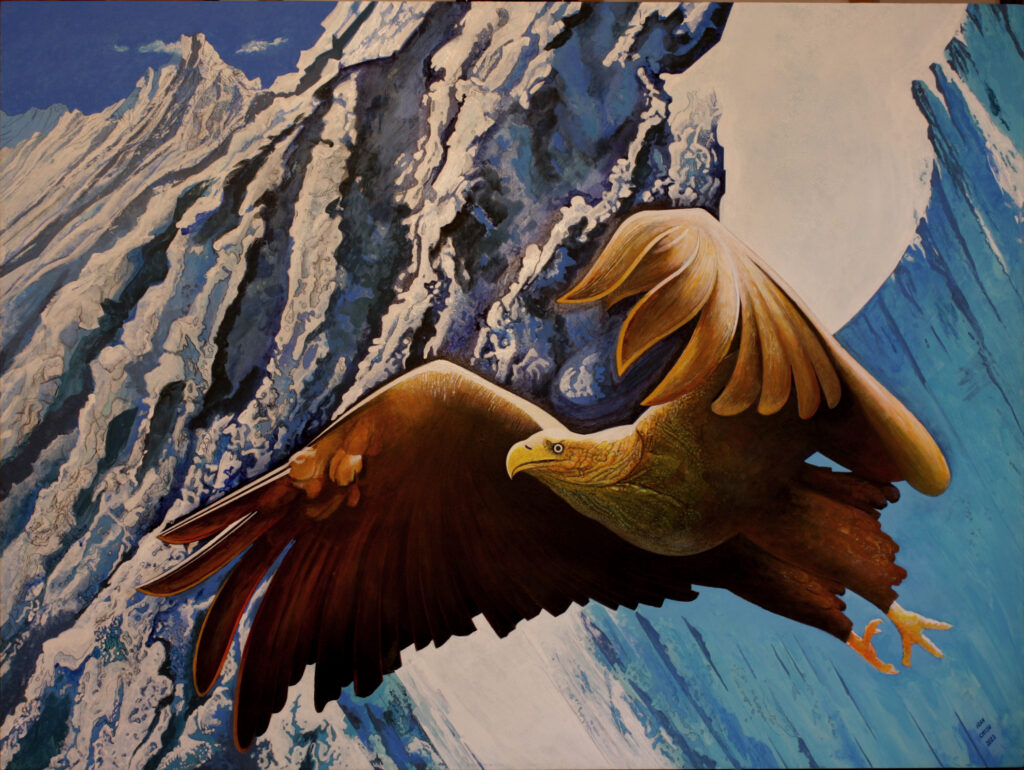
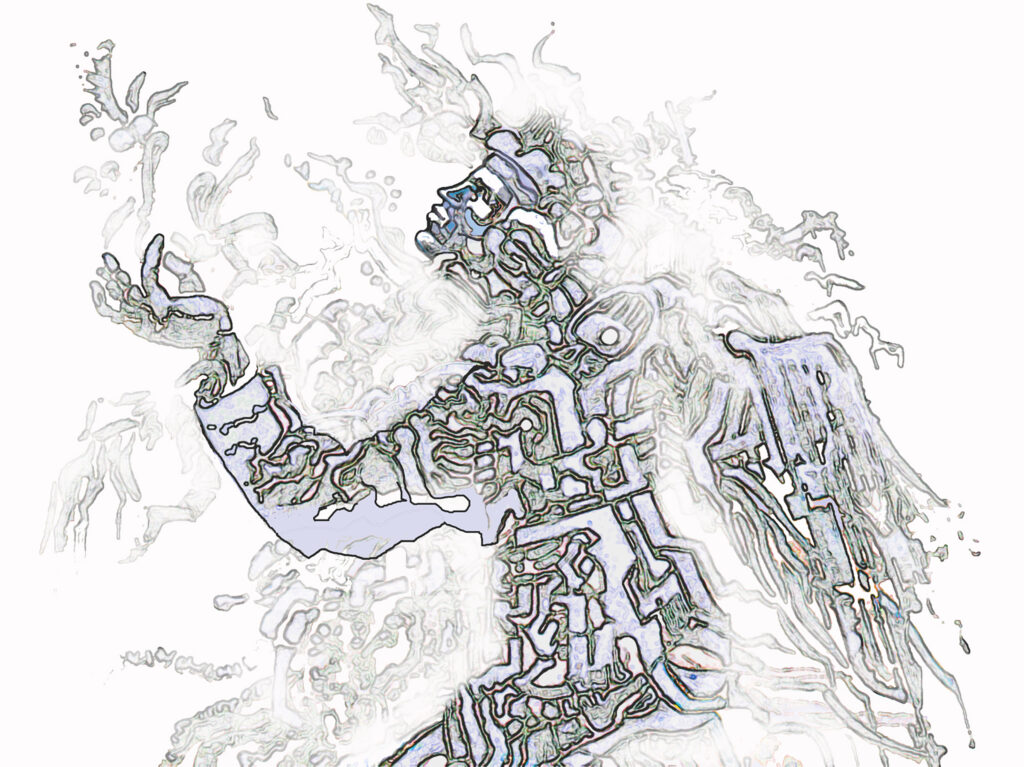
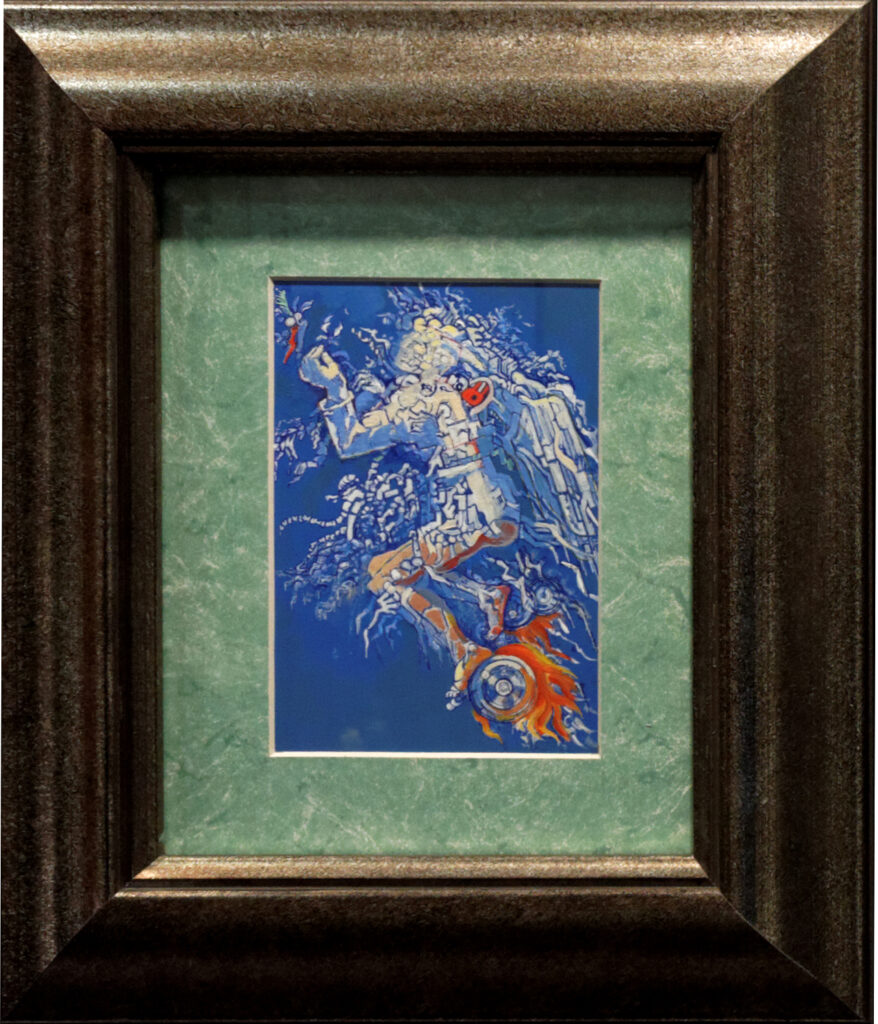
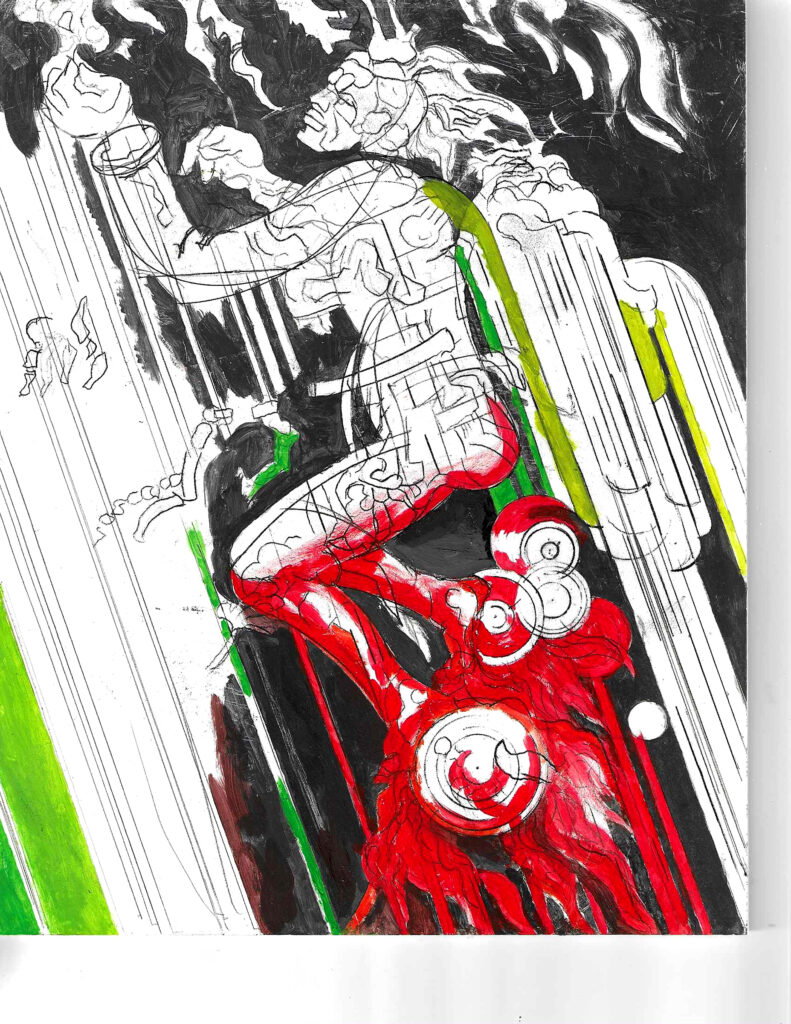
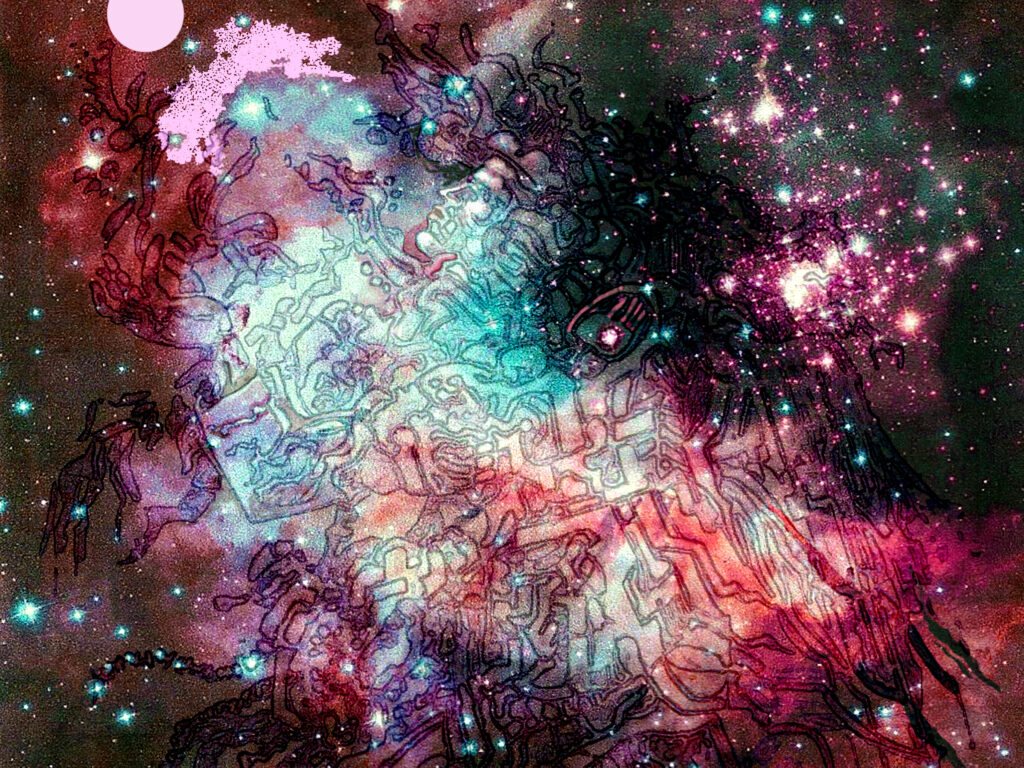
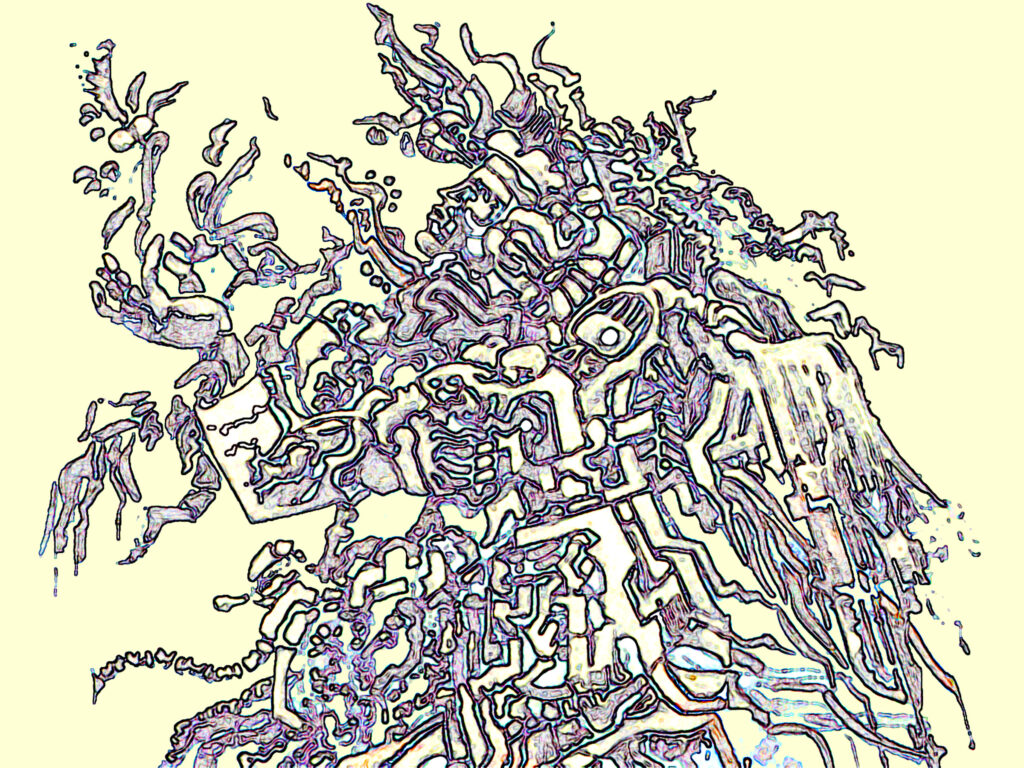
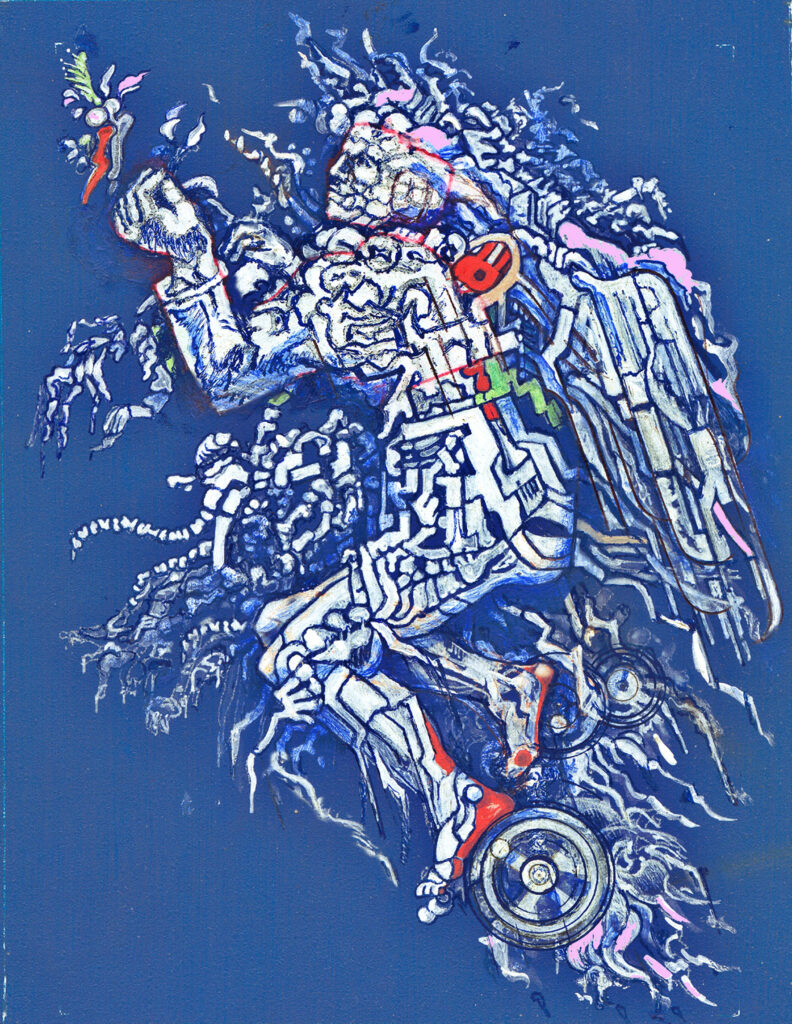
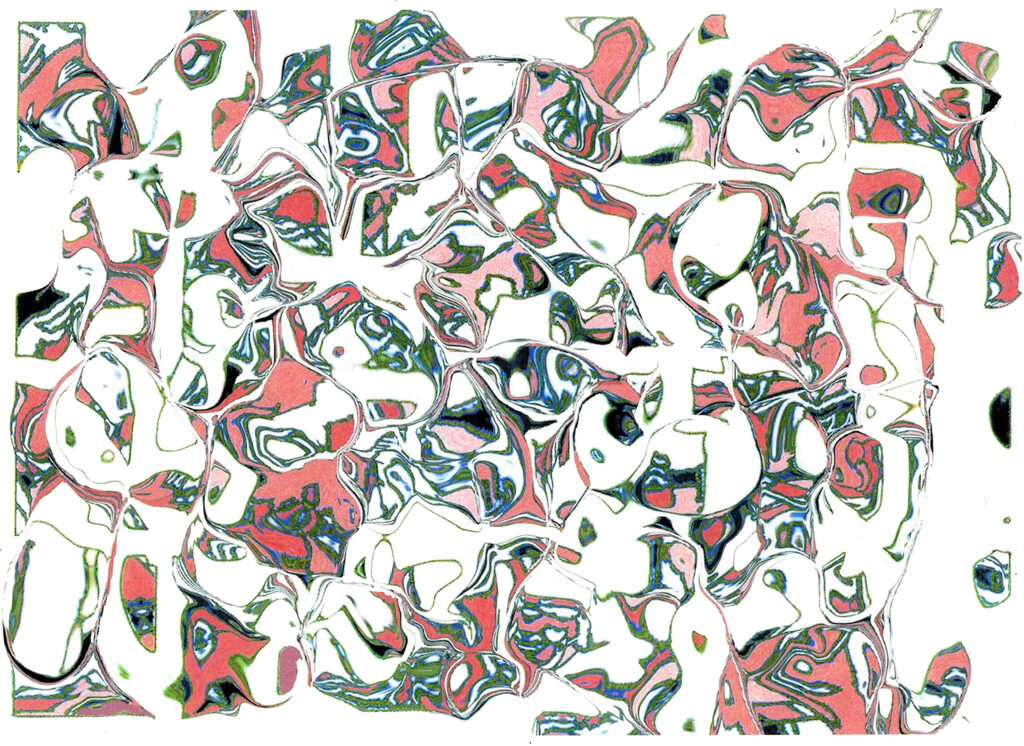
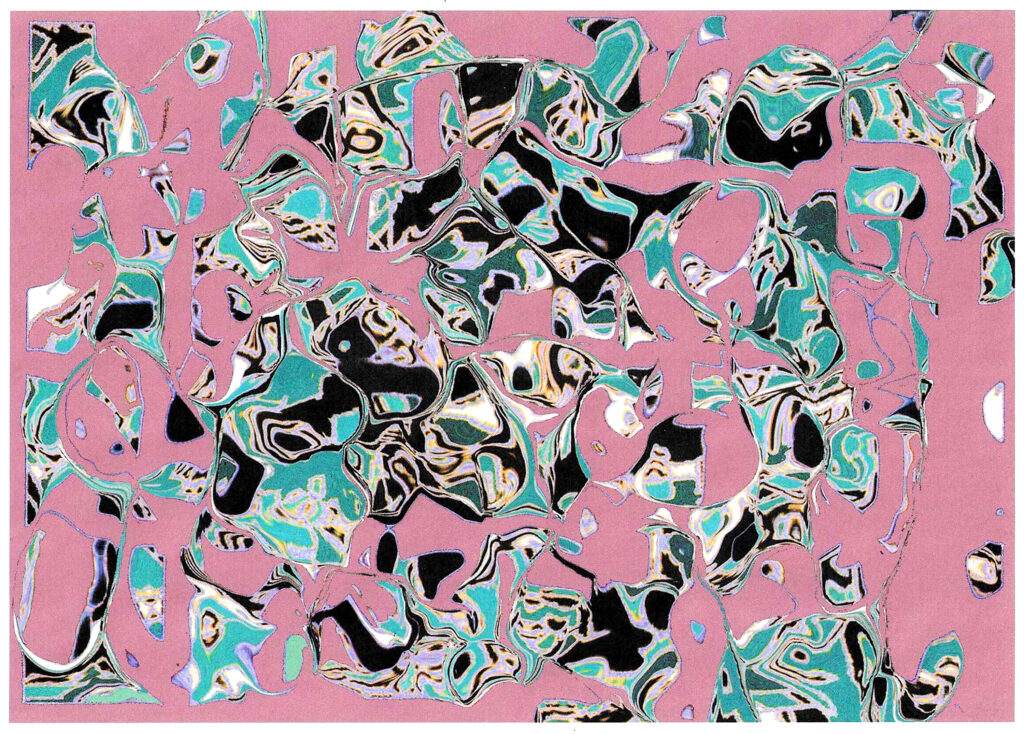
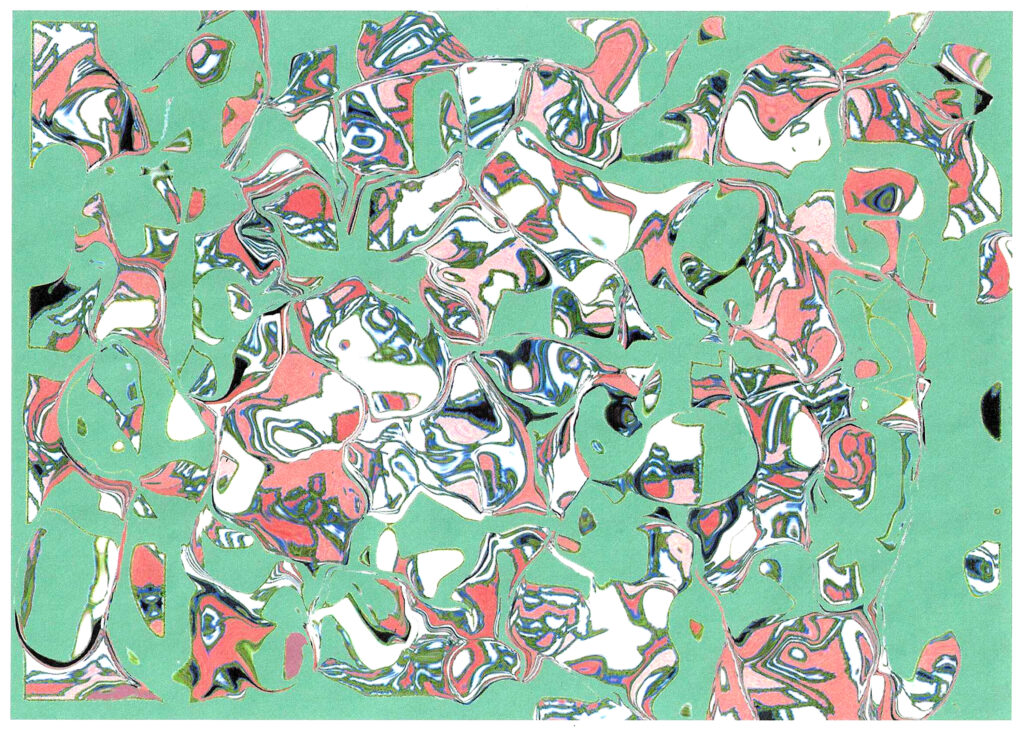
BIOGRAPHICAL DATA
Born on January 28 1939, in the city of Cluj-Napoca
Graduated from the Nicolae tonitza Fine Arts High School, Bucharest, 1957
Graduated from the Ion Andreescu Fine Arts Institute in Cluj-Napoca, 1963
Since 1966, he worked as a painting and art history teacher at the Art High School in Sibiu
He became preoccupied with the elements of art in the vision of the artistic movements of the last century
Only three years after graduating from the faculty, he became a permanent member of the Union of Visual Artists from Romania
He became president of the Sibiu Branch of the Union of Visual Artists from Romania, a position he held between 1968-1970 and 1980-1988
In the years 1968-1970, he participated in the work of the Country Steering Committee of the Union of Visual Artists
He was member of Country Management Committee of the Union of Visual Artists from Romania between 1980-1988
He opened several personal exhibitions and participated in group exhibitions in the country and abroad, including England, Czechoslovakia, France, R.D.Germany, Latvia, Spain, USA and U.S.S.R
He realized three monumental art projects:
Tradition and Contemporaneity in Blaj in 1973
Tribut to Human Creativity at Resita in 1980
Arcades in Sibiu in 1981, all in the marble mosaic technique
He was awarded the Order of Cultural Merit for special activity in the field of fine arts in 1968
He accompanied the Exhibition of Romanian painting in Moscow and Leningrad in 1968 and the Exhibition of Romanian Painting in Prague from 1968. He organized and accompanied the Art Exhibition of the of the UAP Sibiu, at Riga Art Museum in 1971
He received the “National Award for Romania” at the International Painting Festival, organized by UNESCO, in Cagnes-sur Mer, france in 1971
In 1989 he settled in the United States of America, in Chicago, IL., being followed two years later by his wife, Rodica Chisu, an artist herself
In 1993 and 1995 he obtained the Community Arts Assistance Program Grand Award from the Department of Cultural Affairs and Arts of the city of Chicago, IL., USA
Between May 15-August 18, 2017, the retrospective exhibition took place, in parallel of Rodica Chisu under the name Metafore at The Mary-Frances and Bill Veeck Gallery Catholic Theological Union in the city of Chicago.
QUOTES FROM THE PRESS OF THE TIME
“Of course, Ioan Chisu thought for a long time until he understood all the effort and emotion contained in “Bread and Onion”. He thought, because otherwise we wouldn’t understand the meaning of his work, which moves you. (By the way, the most accomplished still life and one of the best works of the exhibition).”
HORIA HORSIA (Bucharest Information, December 28, 1956)
“Serious knowledge of psychology and anatomy is also at the basis of Ioan Chisu’s images – the composition “Fishermen’s Brigade” and the portrait “Builder at rest”. In a poetic color and creating a characteristic atmosphere, the expression of the portrayed worker or the movement of the six young people testify to a serious study, with good prospects for the future.”
PETRU COMARNESCU (Contemporanul, August 30, 1963)
“From the portrait of a worker with which Ioan Chisu presented himself for the first time at a regional exhibition (if memory serves, it was, in fact, his diploma thesis) and to “The Blue Screen” is a huge road, covered in years. Still life “a variant of a frequent theme for this artist) contains, in particular, professional problems, a rigorous balance on contrasts of values, resulting from this dialogue a harmonious decorative composition (the composition can be, in the last instance, the art of arrange decoratively the elements you have) perfectly integrated into an interior of modern architecture. “Composition” proposes a philosophical problem: the conquest of space and its restitution, in its spiritual dimensions, concentrated on the flat surface of the canvas. We find the solution, however, only in the “Blue Screen” (whose placement on the page is the same as the portrait that marks the painter’s debut. Such an image can move you, to the depths of your heart. “
HORIA HORSIA (Astra, December 1967)
“Ioan Chisu practices in his own tonality,… antiseptic painting. The pure color screens, which do not melt into each other, act on the viewer’s senses almost methodically, according to a well-established, programmatic scheme. The blue, green, red, yellow… do not reach saturation doses and are, individually, soloists of the chromatic score, until that chain reaction occurs, that fusion, with the aim of establishing an immutable hierarchy. The result will have the leading role from now on. As you can see, a rather complicated mechanism.”
RUXANDRA NADEJDE (Scanteia, September 8, 1970)
“What surprises, first of all, about Ioan Chisu and what seems to constitute, at the same time, the essential characteristic of his personality, is the fact that, regardless of the shorter or longer-term concerns, the influences that – he felt, he always sought in his work (painting and graphics alike), a certain order, a certain balance, which corresponds to his inner structure. Being less of a sensitive and, by excellence, a rational spirit, the artist does not intend to reproduce the real, but tries to re-create it, restore it to the viewer’s gaze, in a personal way.”
RODICA IRIMIE- FOTA (Transylvania, 3, 1975)
“Integrated into a cubist sequence, Chisu makes a painting of chromatic and constructive refinements, in which the elegant and precise drawing arranges the colored surfaces in an order, aiming at the pure plasticity of Mondrian.”
OCTAVIAN BARBOSA (Dictionary of Contemporary Romanian Artists)
BIBLIOGRAPHICAL REFERENCES
ION ITU, Sibien Painters, Meridiane Publishing House, Bucharest, Romania, 1977
OCTAVIAN BARBOSA, Dictionary of Contemporary Romanian Artists, Meridiane Publishing House, Bucharest, Romania, 1976
MARIN MIHALACHE, Romanian Painting / Contemporary Painting, Meridiane Publishing House, Bucharest, Romania, 1976
RODICA IRIMIE–FOTA, Forms and Colors, work published by Revista Transilvania, Sibiu, Romania, 1983
VASILE FLOREA, Modern and Contemporary Romanian Art, Meridiane Publishing House, Bucharest, Romania, 1982
UNION OF PLASTIC ARTISTS FROM ROMANIA, Contemporary Romanian Painters, Artis Publishing House, Bucharest, Romania, 1989
Creative inspiration.Collection of Drawing and Painting Ideas for Artists, Rockport Publishers, Inc. Rockport, Massachusetts, USA
The Best of Oil Painting. Juried by TOM NICOLAS and JOHN C. TERELAK, Rockport Publishers, Inc. Rockport, Massachusetts, USA
Who’s Who in America, issues 56-64, 2003-2010, MARQUIS WHO’S WHO, New Providence, N.J.USA.
Who’s Who in the World, issues 20-27, 2003-2010, MARQUIS WHO’S WHO, New Providence, N.J. USA
JOHN CHRISTMAN, SSS, Art Review, published in EMANUEL magazine, Cleveland, Ohio, May/June 2018, pages 200-202.
ARTWORKS ALSO APPEAR IN:
Ioan and Rodica Chisu Art Show-2017 YouTube – https://www.youtube.com/watch?v=T94D65zpCCI
or https://www.youtube.com/channel/UC9Zraa6nLsTLCQNtOUHviwSS
Ioan Chisu– Visual Artist– https://ioanchisu.com
Ioan Chisu / Contemporary Romanian American Painter- https://ioanchisu.wordpress.com
Artindex >> Chisu Ioan – https://www.artindex.ro/2014/11/14/chisu-ioan/
Ioan Chisu, Home, Art, Biography. Fourteen artworks- https://ioanchisu.blogspot.com
Ioan Chisu/4 Artworks at Auction- https://www.mutualart.com/Artist/Ioan-Chisu/A723CA7983042E37
